The 1960s was a pivotal decade for Richmond, Virginia, characterized by social upheaval, political shifts, and substantial growth. With civil rights movements gaining momentum, infrastructure developing at a breakneck pace, and cultural landscapes evolving, Richmond was at the cusp of major transformations. Let’s take a closer look at this tumultuous and transformative era.
Richmond’s political landscape underwent considerable changes in the 1960s. The decade began with a conservative city council, but as the years passed, there was a shift towards more progressive leaders. This change was reflected in the election of the first African American council member, Henry Marsh, in 1966. The changing political atmosphere had a significant impact on city policies and the progress of civil rights.
A Time for Civil Rights
The 1960s in Richmond were marked by significant strides in the struggle for civil rights. The Virginia Civil Rights Commission was established in 1960, promoting equal opportunities for all Virginians. Protests, demonstrations, and sit-ins became common, as activists sought to end segregation and discrimination. The end of the decade saw a major victory with the election of Henry Marsh, a civil rights lawyer, to the Richmond City Council – the first African American to serve in this capacity in the 20th century.
Read more
Infrastructure Developments
Infrastructure continued to expand in Richmond during the ’60s. The Richmond-Petersburg Turnpike was completed in 1968, and Richmond International Airport was redeveloped to cater to jet service. The Virginia State Route 288 construction began, aiming to enhance the connectivity of Richmond’s suburbs. These developments laid the foundation for Richmond’s future as a significant transportation hub in the state.
Impact of the Vietnam War
The Vietnam War touched the lives of many in Richmond during the 60s. Young men from the city were drafted, leaving a profound impact on families and communities. Richmond also saw protests and demonstrations against the war, reflecting the nationwide sentiment of anti-war activism. The war’s effect was not just personal but also economic, as the city’s industries and economy were affected by the national war effort.
The Cultural Evolution
Culture and the arts blossomed in Richmond during the 1960s. The Richmond Professional Institute saw the establishment of its art school, which later became a part of Virginia Commonwealth University. This helped cultivate a vibrant arts scene in the city. Moreover, Richmond’s music scene gained traction with the emergence of notable bands and musicians, adding a lively note to the city’s cultural milieu.
Recreational Spaces
The 1960s saw an emphasis on recreational spaces in Richmond. The James River Park System was established in 1966, providing an array of outdoor activities for locals and visitors. The development of these recreational areas highlighted the city’s commitment to preserving its natural beauty and creating spaces for community engagement.
#1 Raymond Munsch, vice president of Miller & Rhoads, surveyed the Grace Street retail district, 1961.
#2 Two new students explored Westhampton College, the women’s college associated with the University of Richmond, 1961.
#3 The roiling waters of the James River surrounded a dwelling on Sharp’s Island near the 14th Street bridge, 1963.
#4 The June 10, 1961, edition of the Richmond News-Leader included a photo essay titled “Contrasts.”
#5 Richmond’s sixth annual Boat and Sports Show was on its way to the Arena, 1961.
#6 About 25 alumni of Richmond’s old John Marshall High School demonstrated against a plan to demolish the building, 1961.
#7 The Chesapeake and Ohio Railway announced plans to move about a third of its workforce from Richmond to Huntington, 1961.
#8 Arnold Palmer was in Richmond for a quick visit. He attended a brunch and news conference, conducted a golf clinic and participated in an exhibition foursome at the Country Club of Virginia, 1967.
#9 Mary Reynolds (left) and Mrs. M.W. Clark prepared medical instruments for processing in the autoclave at Sheltering Arms Hospital, 1962.
#10 Sen. Lyndon B. Johnson (center) arrived in Richmond to campaign for the Kennedy-Johnson ticket ahead of the November presidential election, 1960.
#11 The Jan. 30, 1961, edition of The Richmond News Leader included a photo essay titled “The Changing Skyline – and Landscape – in Richmond’s Bustling Retail Districts.”
#12 Mrs. Derwood Johnson, the only female member of the Tri-City Go-Kart Club based in Hanover County, finished first in a club race, 1961
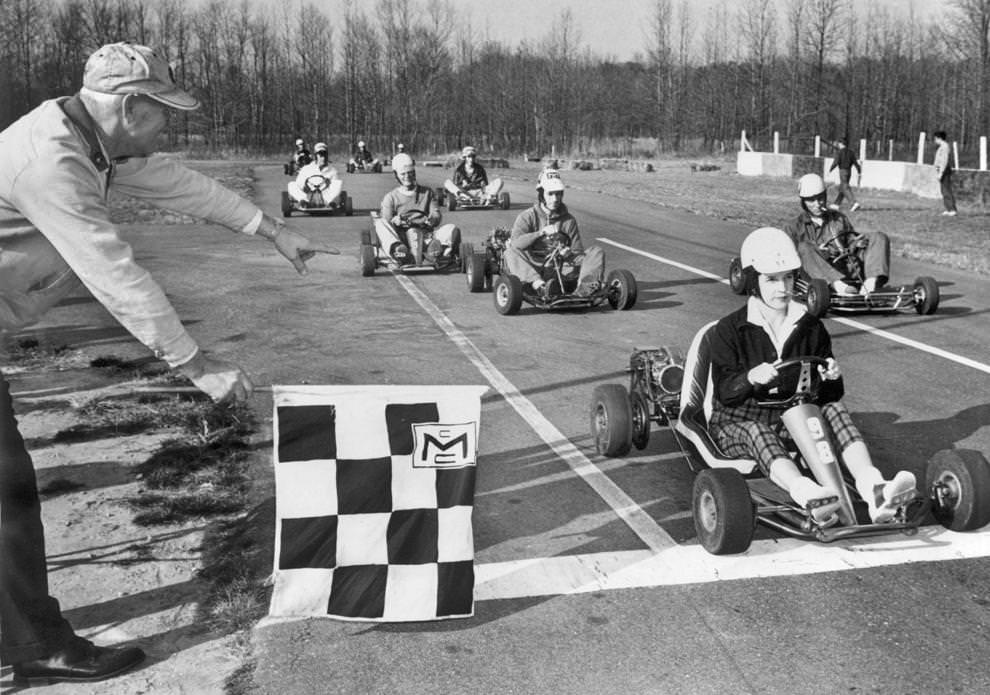
Though she gave the trophy to the runner-up because she and her husband had sponsored the race. Still, she had eight trophies, her husband had nine, and their kids added 10 more to the family tally, though they had been racing for only about six months. They were so enthusiastic about the hobby that they built a practice track in their backyard.
#13 Willow Lawn shopping center was expanding. Here, concrete beams were in place for the two-story, 30,000-square-foot building that would house a Miller & Rhoads department store and an S&W cafeteria, 1960.
#14 The Benedictine cadet corps stood in formation behind the high school, which was celebrating its 50th anniversary that fall, 1961.
#15 About 200 students from Virginia Union University staged sit-in protests around Richmond at a half-dozen lunch counters where black customers were not served, 1960.
#16 Liquor by the drink arrived in Virginia, , 1961
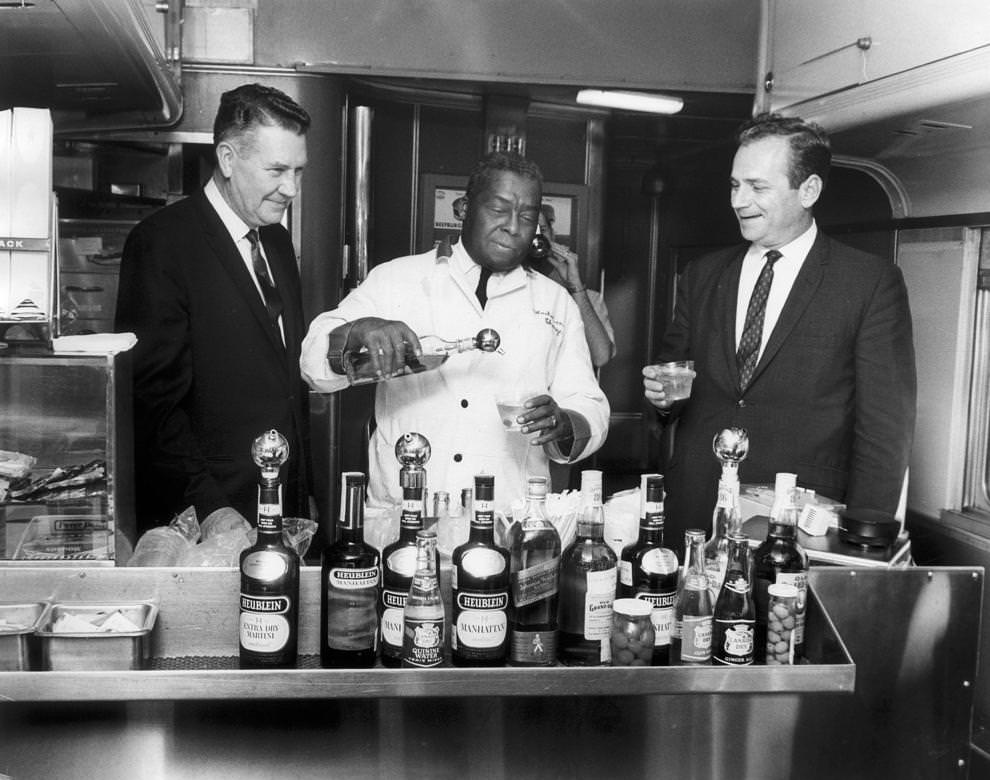
The Chesapeake & Ohio Railway had applied for the first license to serve. Here, waiter Wilfred Wilson Sr. poured some of the first legal drinks in the state – in the C&O’s Food-Bar Car No. 1610, parked at the railroad’s Newport News station. With him were Kenneth S. Cox (left), superintendent of the C&O’s passenger food service, and James A. Milburn, district manager in charge of passenger sales in Richmond.
#17 Snow covered Monroe Park. While the Richmond area received just shy of 2 inches in that snowfall, other parts of Virginia got nearly 2 feet – with drifts in some areas reaching 5 feet, 1961.
#18 Veterans Day was observed at the Virginia War Memorial in Richmond, 1962.
#19 Mrs. S.A. Rhyne and nine of her 11 children lined up at the Pamunkey Regional Library’s bookmobile, 1961.
#20 The Security Federal Savings and Loan Association building at Sixth and Franklin streets downtown was acquired by the owners of the adjoining Hotel John Marshall, 1960.
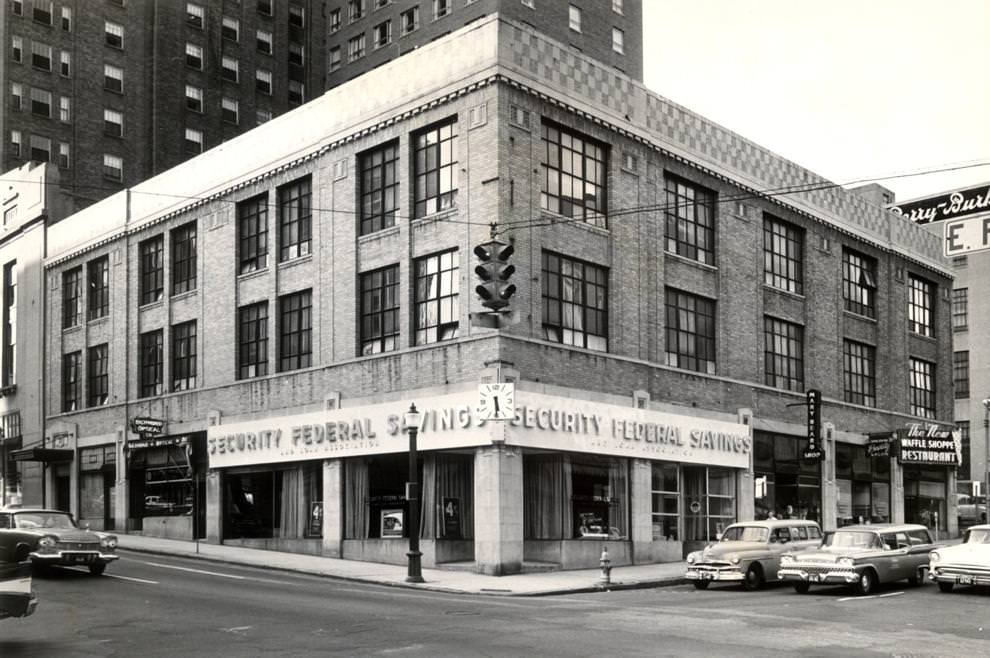
The hotel, which earlier announced a $500,000 renovation, planned to use space on the second and third floors of the acquired building. 6-2-1960: Security Federal Savings and Loan Association building at 6th and Franklin acquired by the Hotel John Marshall. No change in first floor tenants planned.
#21 Lovick Law, sergeant-at-arms for the House of Delegates, had his badges and flowers adjusted by majorettes while attending the Virginia Democratic Convention in Roanoke, 1962.
#22 The First Market building, which was razed in 1961.
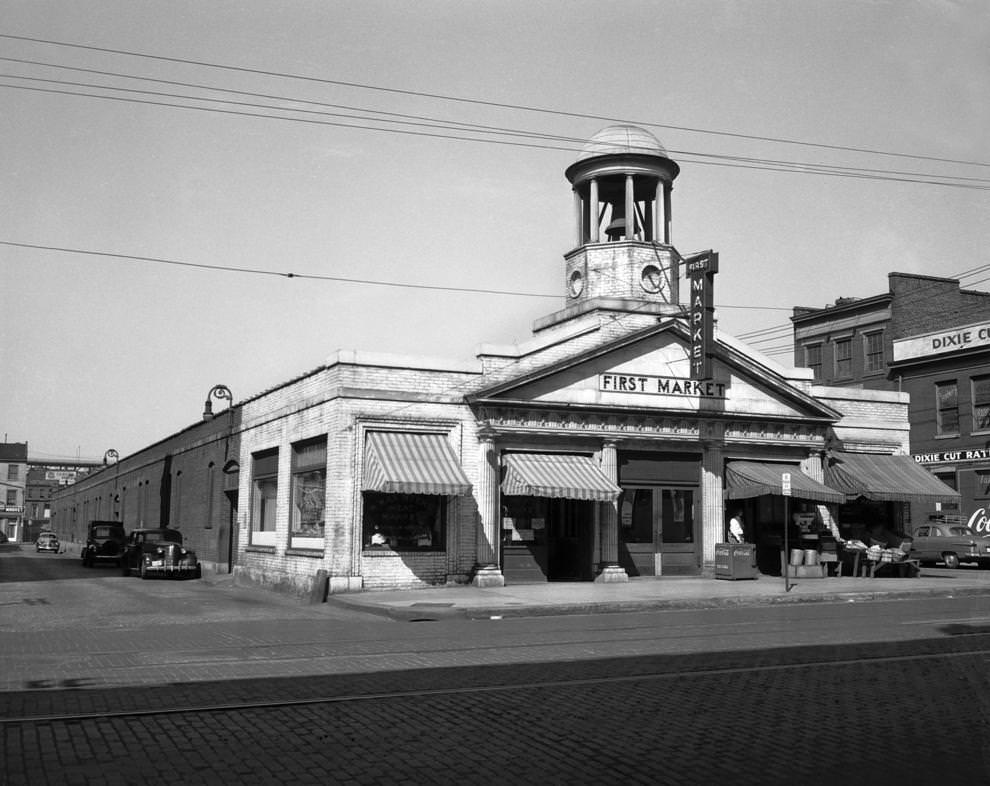
This site now houses the 17th Street Farmers Market, but its history as a public gathering place and market dates to the 1700s. Over time, it hosted Confederate soldiers, Union troops, political speeches, a police station and religious revival meetings in addition to farmers’ wares.
#23 Farmers and merchants in the market area of 17th and East Franklin streets sold produce and goods curbside, paying a fee of 50 cents a day for a spot to park, 1961.
#24 The National Theater on East Broad Street in Richmond was about to undergo a $150,000 remodeling to make it suitable as a movie theater – the building, which opened in 1923, was designed more for vaudeville and other live performances, 1968.
#25 The former Westwood Circle in Richmond, a traffic circle at the intersection of North Boulevard, Hermitage Road and Westwood Avenue.
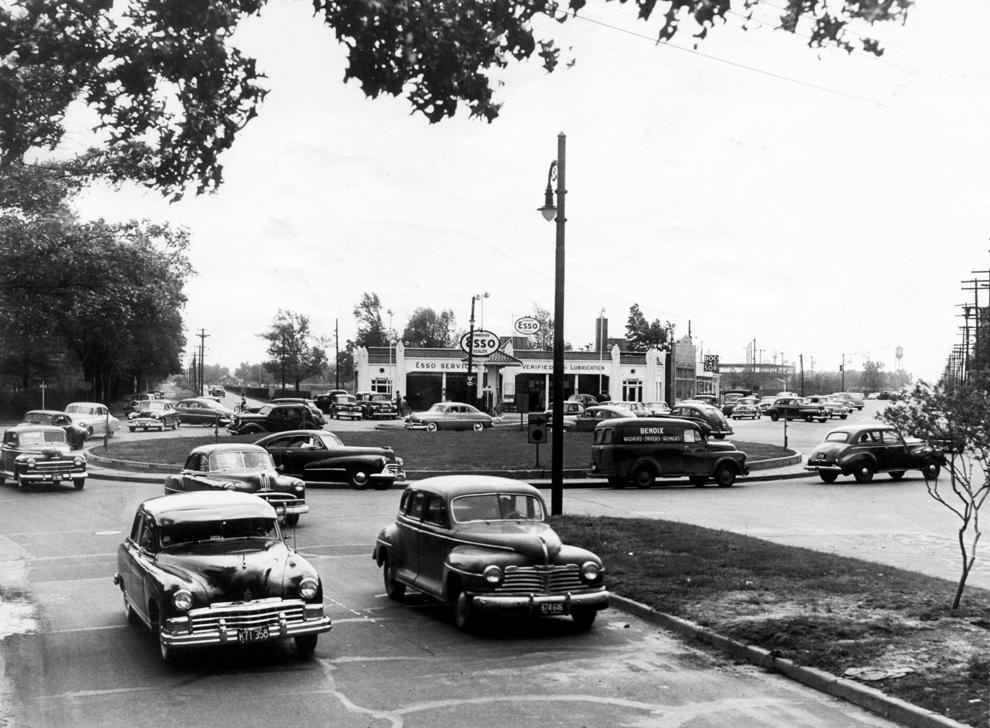
In November 1961, a $150,000 project removed the circle, added islands and traffic signals, and diverted some traffic around the busy intersection. City safety official John Hanna called the intersection the “most complicated we have had to redesign and signalize in the past 14 years.”
#26 A crane swung a wrecking ball against the portico of the old John Marshall High School in downtown Richmond as a nostalgic crowd watched, 1961.
#27 Aerial image shows the area between the Hotel Richmond and Interstate 95, 1963.
#28 New teacher Margaret Liebert surveyed the classroom she had carefully laid out for her first group of students at Tuckahoe Elementary School in Henrico County, 1960.
#29 College Presbyterian Church at Hampden-Sydney College was celebrating its centennial, 1960.
#30 The salesmen for the Chesapeake and Ohio Railway posing in front of a train, 1962.
#31 Richmond city employees prepared signs that would alert motorists to a new traffic pattern, 1967.
#32 Two boys carried tobacco sticks to a South Richmond barn for the curing process, 1962.
#33 More than 700 people marched in four Virginia cities to promote equality in voter registration and to honor the Rev. James Reeb, a white Unitarian Universalist minister from Boston who was slain in a civil rights demonstration in Alabama the week before, 1962.
#34 New cadet corps officers at John F. Kennedy High School posed outside their school, 1969.
#35 A huge trash bin was displayed on Fifth Street in downtown Richmond to dramatize an ongoing anti-litter campaign, 1965.
#36 College students relaxed in the sun at Monroe Park in Richmond during a break from classes, 1968.
#37 More than 10,000 spectators attended the Richmond Virginians’ exhibition game against the New York Yankees at Parker Field in Richmond, 1960.
#38 Lady Bird Johnson played tourist with a movie camera during a trip to Monticello near Charlottesville, 1965.
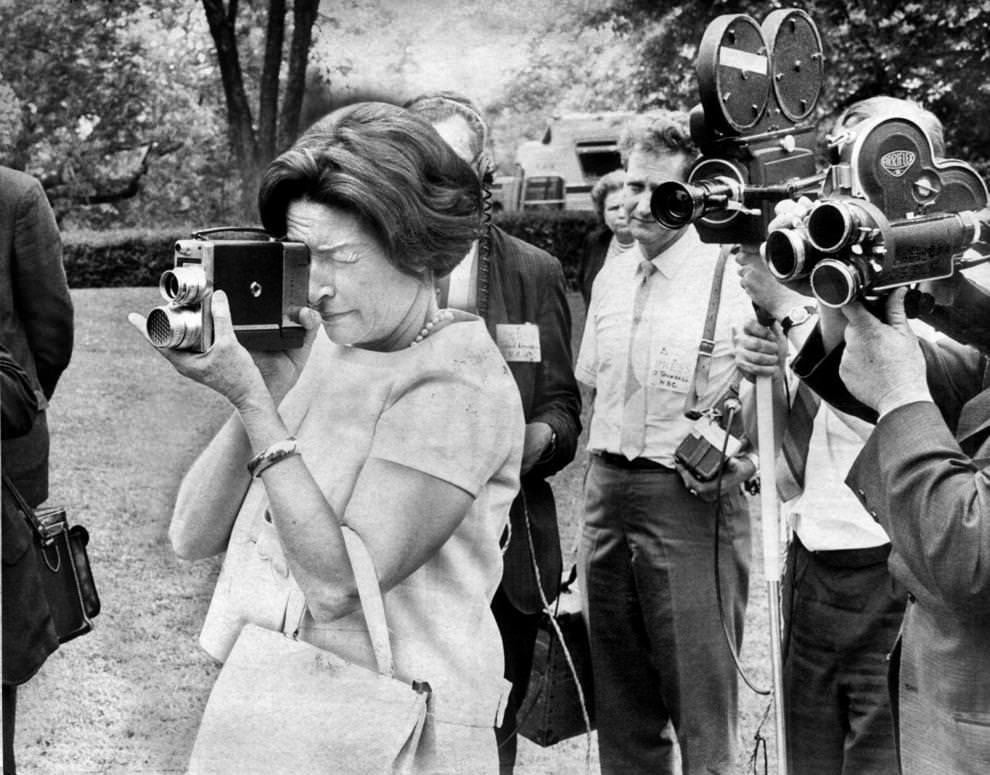
The first lady was on a two-day tour of Virginia attractions, in part to promote the beautification of public places. Her trip began with the dedication of the first highway rest area in Virginia on Interstate 95 at Dumfries. After Monticello, she traveled to Abingdon and attended the Barter Theatre.
#39 Two men fished for bluegills in Chickahominy Lake, a large water supply reservoir along the New Kent-Charles City county line, 1961.
#40 Motorcyclists raced in the 10-Mile National Motorcycle Championship at the Atlantic Rural Exposition grounds in Henrico County, 1960.
#41 Native American children left the two-room state-funded school on the Mattaponi Reservation in King William County, 1964.
#42 The Bellevue Theater marquee on MacArthur Avenue in North Richmond still read “Closed for the Winter” Neighborhood Theatre Inc. said there were no plans to reopen the theater, , 1961
#43 Richmond Mayor Morrill M. Crowe cut a ceremonial ribbon to mark the inauguration of the Eastern Airlines passenger service from Byrd Field to New York, 1965.
#44 Trash was strewn along a street in downtown Richmond. In late June and early July, the eight-day “Fight Litter ’68” campaign gathered a cleanup force of 150 city workers and made progress in seven areas, 1968.
#45 Adrienne Price, a senior at Westhampton College in Richmond, got ready for geography class, 1961.
#46 A local corporation purchased the northeast corner of Seventh and East Broad streets in downtown Richmond, 1961.
#47 May 1968, Richmond Newspapers employees worked in the computer center housing the NCR 315, which eliminated some manual tasks in areas such as billing, payroll, classified advertising and circulation, 1968.
#48 The Hotel Richmond, which was acquired by the state in June that year for about $2 million and is now used as its Ninth Street Office Building, 1966.
#49 Members of the Nolde family – Henry (from left), George, Carl and Arthur – watched bread roll off the assembly line at the Nolde Bros, 1968.
#50 Students entered Westhampton School in Richmond, 1961.
#51 The All American Touring Band and Chorus performed the finale at the Festival of Arts in Richmond’s Dogwood Dell, 1965.
#52 Passengers waited in the lobby at Byrd Field for outgoing flights, 1968.
#53 Frederic S. Bocock of the Historic Richmond Foundation and Mrs. Cornelius F. Florman stood in front of one of four new plaques honoring patrons of Church Hill renovations in Richmond, 1962.
#54 Employees of M&B Headwear Co. Inc. picketed outside the Richmond factory, one of the country’s largest suppliers of military caps, 1965.
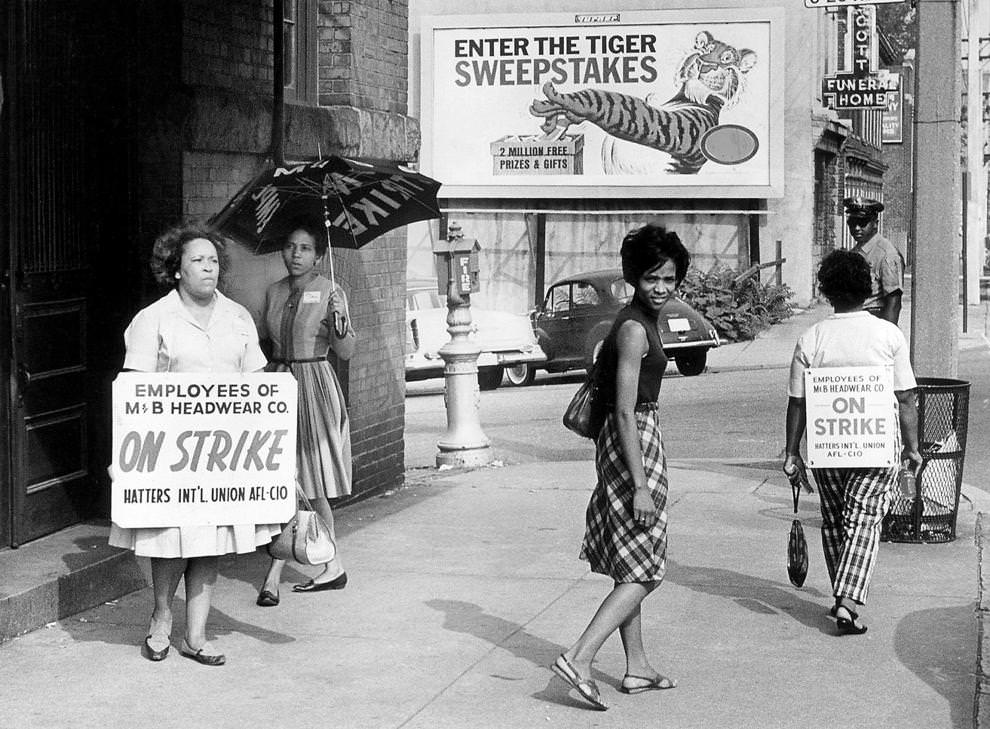
The strike involved about 300 members of the United Hatters, Cap and Millinery Workers International Union, which was seeking a roughly 15-cent per hour raise over two years for some workers. The union said the
average hourly wage for the employees, most of whom were women, was $1.35.
#55 Boy Scouts from Troop 644, sponsored by the Henry Fire Department in Mechanicsville, began a 58-mile James River voyage from Richmond to Jamestown aboard homemade rafts, 1966.
#56 Harry L. Donovan (dark suit), his handcuffs covered by a jacket, was escorted from the U.S. Marshal’s Office in downtown Richmond, en route to a four-year term in federal prison in Atlanta, 1966.
#57 Gov.-elect Albertis S. Harrison Jr. sat with wife Lacey (right) and daughter Toni, 1961.
#58 Cadets at John Marshall High School in Richmond posed with their ribbon-bedecked sponsors after an awards ceremony, 1969.
#59 Collegiate School in the 1600 block of Monument Avenue in Richmond, 1969.
#60 The Schellenberg family of Highland Springs prepared to have a bomb shelter installed in their yard, one of Virginia’s first privately owned radiation fallout shelters, 1960.
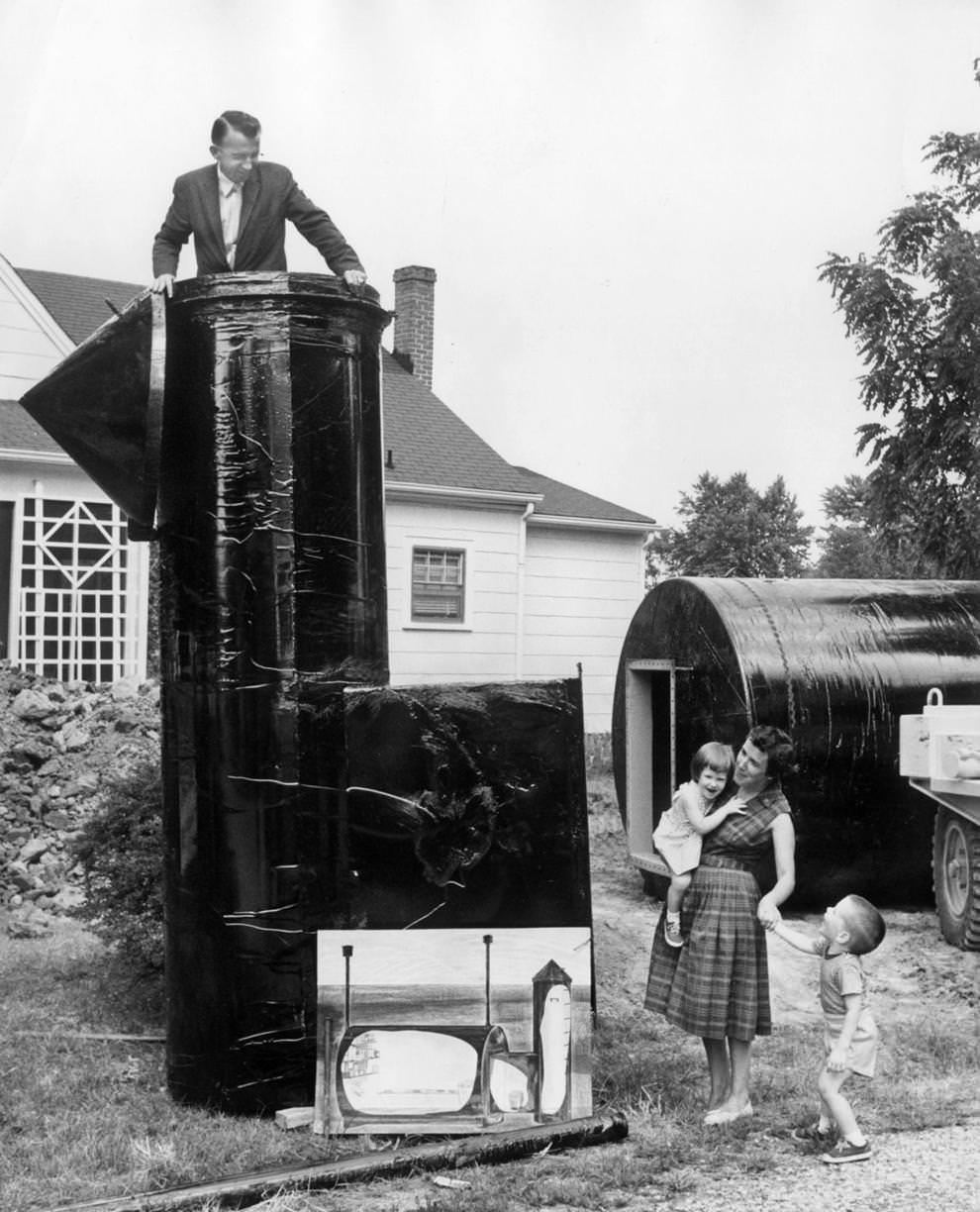
The enclosure, which required a large excavation, was designed to accommodate up to six people during a nuclear attack. The horizontal steel tank was 7 feet in diameter and 16 feet long. Once installed, the only elements about ground would be a domed entrance and air filter and exhaust pipes.
#61 A new sign designated the Thalhimers department store in downtown Richmond as a fallout shelter, 1962.
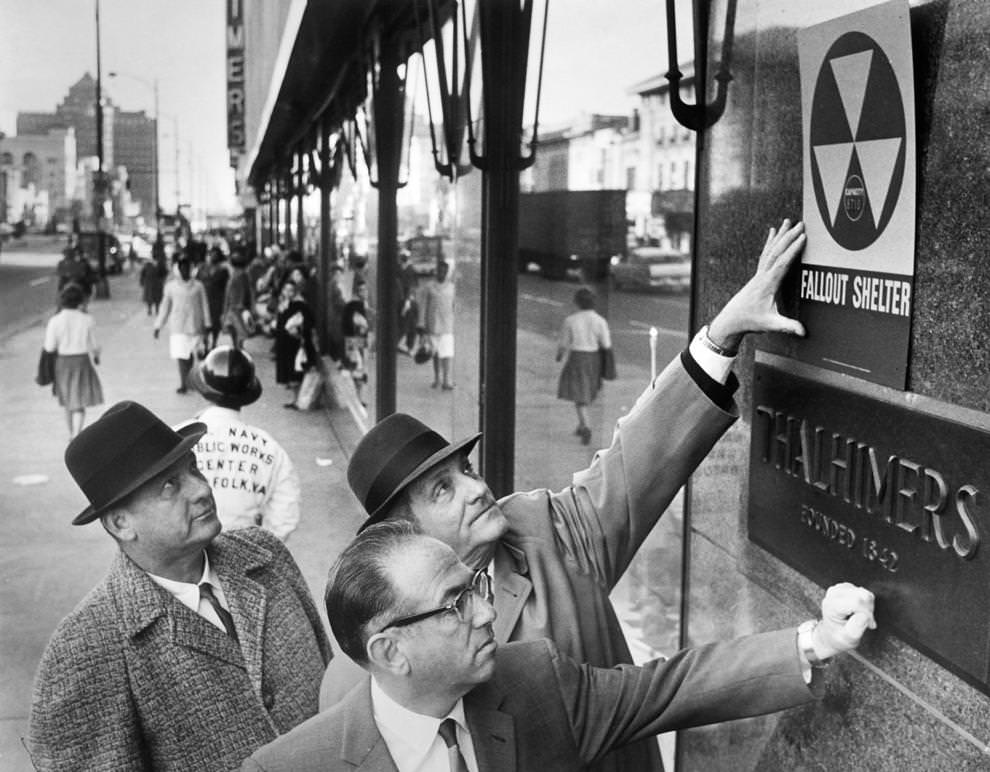
Sections of the store had been approved to house up to 8,700 people in case of a disaster, and the store was stocked with a two-week supply of food and water, plus medical and radiation measuring equipment. From left are naval engineer D.R. Dorsey, store President William B. Thalhimer Jr. and city safety director William L. Groth.
#62 Cartons of homogenized milk were stored in a cooling room at Richmond Dairy Co. before being delivered to homes and stores, 1961.
#63 Workers at a Lancaster County plant inspected crab meat during a demonstration of a new picking machine, which promised to triple production, 1962.
#64 William Radvany, the meat manager at Capitol Food Market on East Marshall Street in downtown Richmond, demonstrated a new $12,000 machine that aimed to save the butcher a lot of work
#65 Gordon Burks, an electrician for Union Electric Co. Inc., used a new machine to saw out segments of sidewalk in downtown Richmond, where the company was replacing traffic lights, 1961.
#66 The corner of Second and Grace streets in downtown Richmond, 1961.
#67 J.R. Simons (left) discussed the peach crop with Robbie Atkinson. Simons was 77, and his roadside fruit stand in King William County had been on U.S. 360 for more than 25 years; it was one of the first such markets between Tappahannock and Richmond, 1961.
#68 Auctioneer H.H. Bartlett ran a cattle sale inside the John Marshall Hotel – a first for the downtown Richmond property, 1964.
#69 Cornelius Simmons Jr., Richmond’s only full-time bridge tender, made some repairs on the old Ninth Street Bridge, 1968.
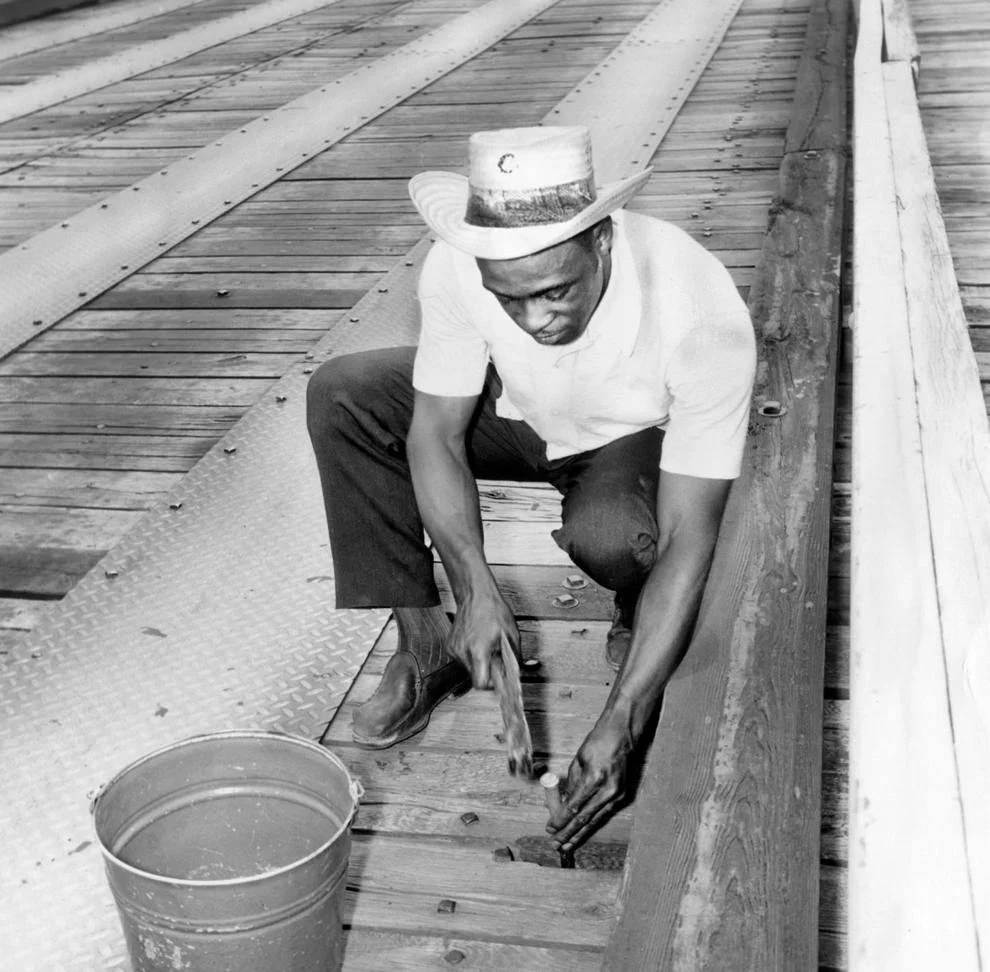
The rickety wood and metal span was nearly a century old and required frequent maintenance, such as chiseling out wood that smoldered after motorists tossed cigarette butts from car windows – in the summer of 1966, there were more than 100 fires. The bridge was replaced in 1972.
#70 Southern Bank & Trust’s main office at Second and Grace streets in downtown Richmond, 1964.
#71 Bob Alexander, plant superintendent for West Engineering Co. in Richmond, operated a tape-controlled drill press, the first of its kind in the area, 1963.
#72 A couple delivered their tax return to the post office at 10th and Main streets in downtown Richmond, 1968.
#73 The Mark Monroe Motor Hotel was under construction at Belvidere and Franklin streets in Richmond, 1960.
#74 One of two surviving antique terra cotta bull’s heads was prepared for mounting by Ron Kingery at the 17th Street Farmers’ Market in Richmond, 1966.
#75 Exterior stone work on the Mosque (now known as Altria Theater) was getting cleaned, apparently for the first time since the building’s 1927 opening, 1966.
#76 Louis Brooking Jr. of Highland Springs High School in Henrico County won the statewide 4-H Club competition for field crops achievement, 1963.
#77 Members of the Richmond Rocket Society participated in the amateur rocket shoot at Camp Pickett near Blackstone in Nottoway County, 1962.
#78 A shipment of new trucks from Alabama arrived in Richmond via the Atlantic Coast Line Railroad, 1962.
#79 Lois Willis of Chesapeake and Potomac Telephone Co. in Richmond reviewed data in a computer room, 1965.
#80 Composite of a lunar eclipse shows a series of images, taken at 10-minute intervals, that were superimposed on a shot of the Richmond skyline, 1963.
#81 Richmond brokerage offices were crowded as investors watched the stock market’s performance, which featured a huge plunge and a sharp recovery earlier in the week, 1962
#82 Officers of the City Women’s Golf Association of Richmond posed for a photo, 1967.
#83 An IBM RAMAC computer had just been installed in the basement of Old City Hall in Richmond, 1961.
#84 A woman used a sink located at Old City Hall on East Broad Street in Richmond, 1961.
#85 Sunset created a striking image in the Mooreland Farms area of Henrico County, 1962.
#86 Vernon Giles directed an Eastern Air Lines plane at Byrd Field (now Richmond International Airport) in Henrico County, 1962.
#87 Artist William Kendrick applied the finishing touches to his portrait of a clown, 1961.
#88 Alden Aaroe broadcasted from WRVA’s radio studio on Church Hill in Richmond, 1969.
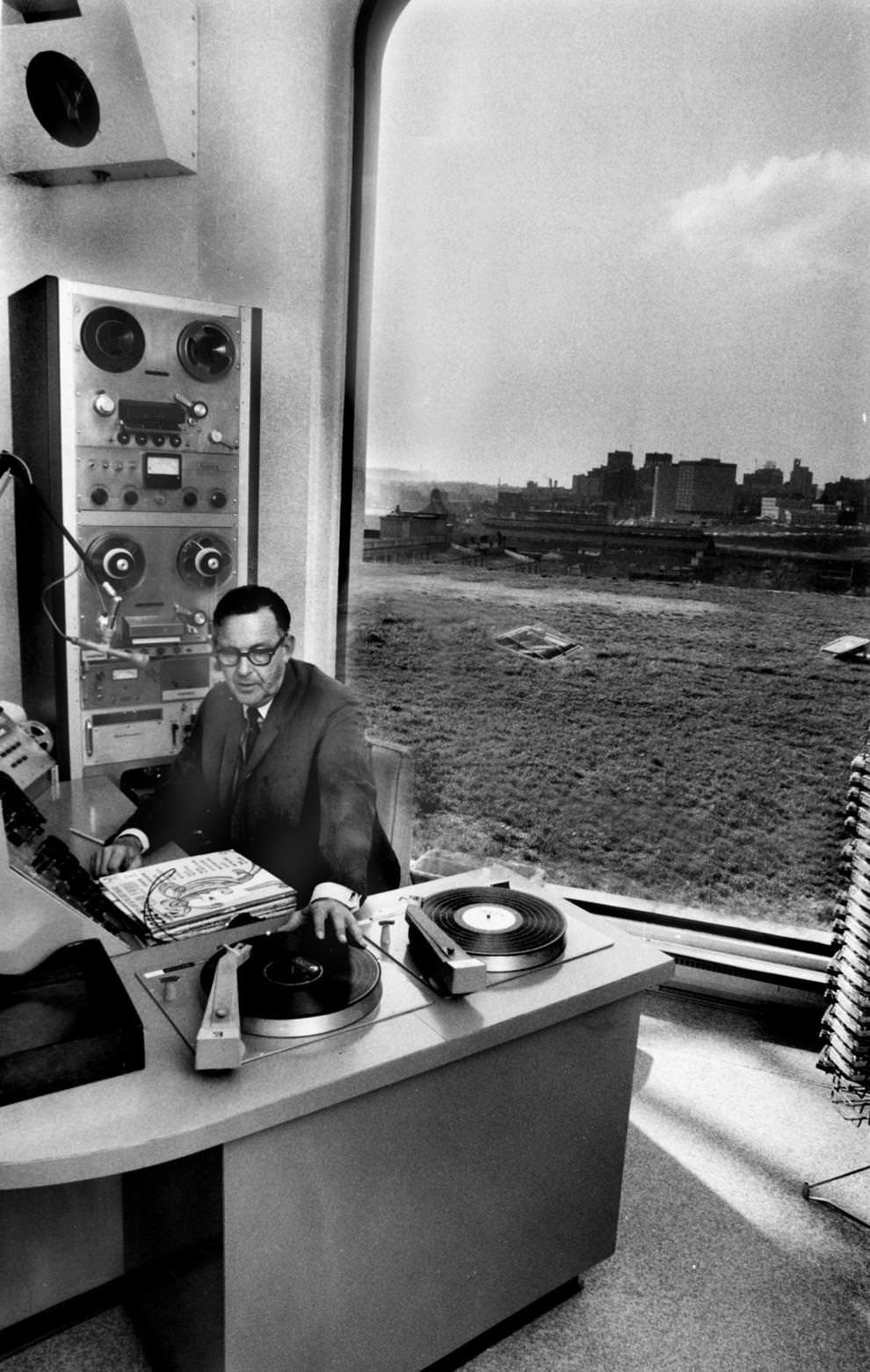
The one-story building, designed by renowned architect Philip Johnson, had opened a year earlier and welcomed more than 17,000 people on tours. It was made of concrete and featured what Johnson called “punched holes” for windows – rounded-corner rectangles that offered views of the Shockoe area and downtown.
#89 Girl Scouts cleaned the grounds at Camp Pocahontas near Bon Air in preparation for visitation and preview day, 1962.
#90 Richmond Airport featured a new white fence that stretched 5,000 feet along U.S. Route 60 at the airport’s entrance in Henrico County, 1966.
#91 George C. “Skid” Abbott, who had converted the old Gordon’s fish packing house at Buckroe Beach in Hampton into a popular sport-fishing pier that attracted anglers for day and night fishing, 1961.
#92 Flooding left the intersection of Glenside Drive and Staples Mill Road in Henrico County underwater, 1969.
#93 Kimberly Farmer mixed a drink at Michael’s, a restaurant on Fifth Street in Richmond, 1969.
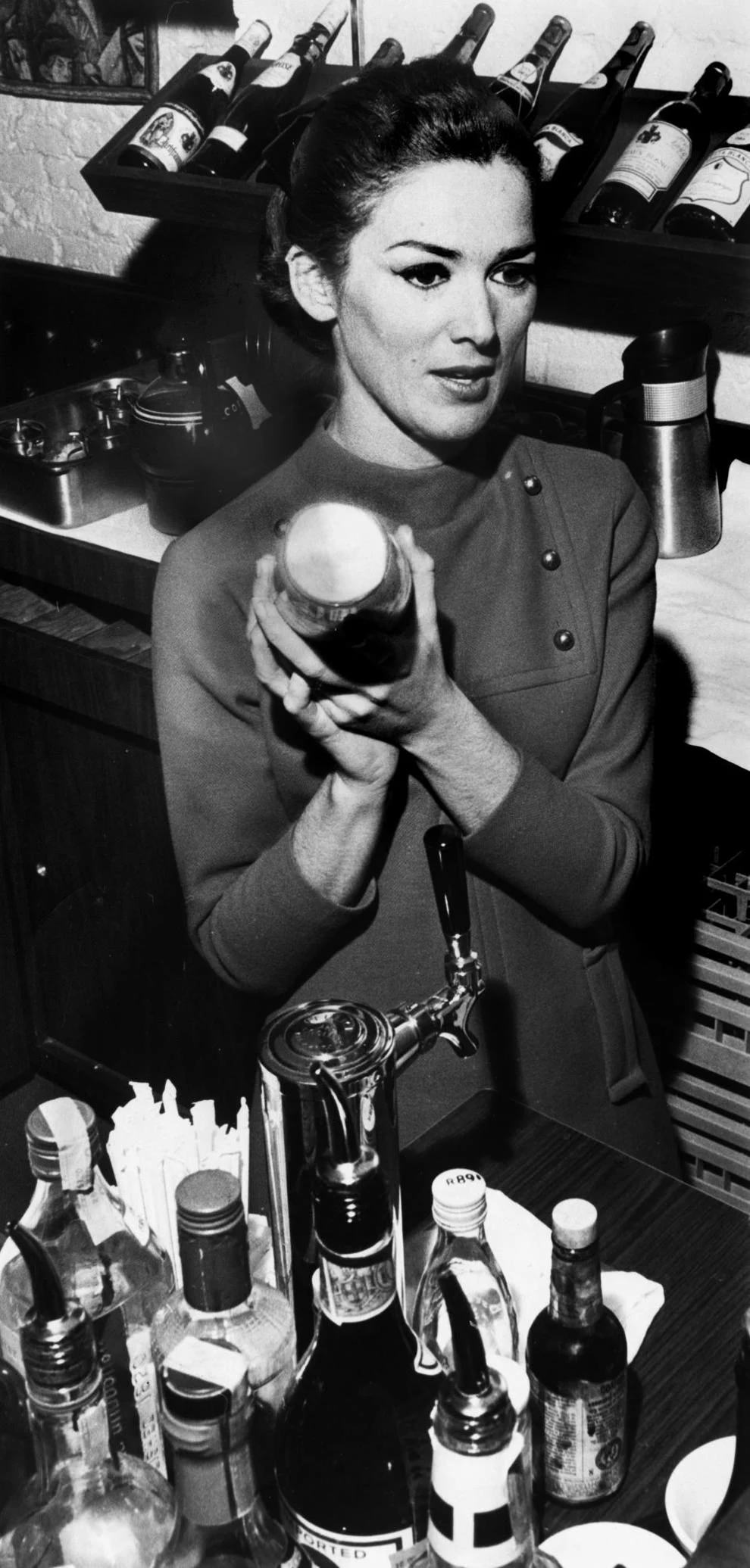
Liquor by the drink had become legal in Richmond the month before, and she was among about a half-dozen women who had recently taken local bartending jobs. Farmer previously worked as a bartender in Miami and New Orleans. “A lot of people who have read too many paperback novels think of a bartender as a low-class person without morals, but 90 percent of the girls I’ve ever worked with at a bar are happily married women with families,” she said.
#94 Charles W. Sykes and Freda S. Daniel of the McGuire Veterans Administration Hospital in Richmond used battery-powered scooters to take them from ward to ward, 1965.
#95 John E. Keith Jr. and Velma E. McCuiston, students at George Wythe High School in Richmond, were honored upon returning to school after representing Wythe at national conventions, 1962.
#96 Ham radio operator Floyd McCoy (right) and his wife chatted with Dr. Charles Meistroff, a dentist in Richmond, 1960.
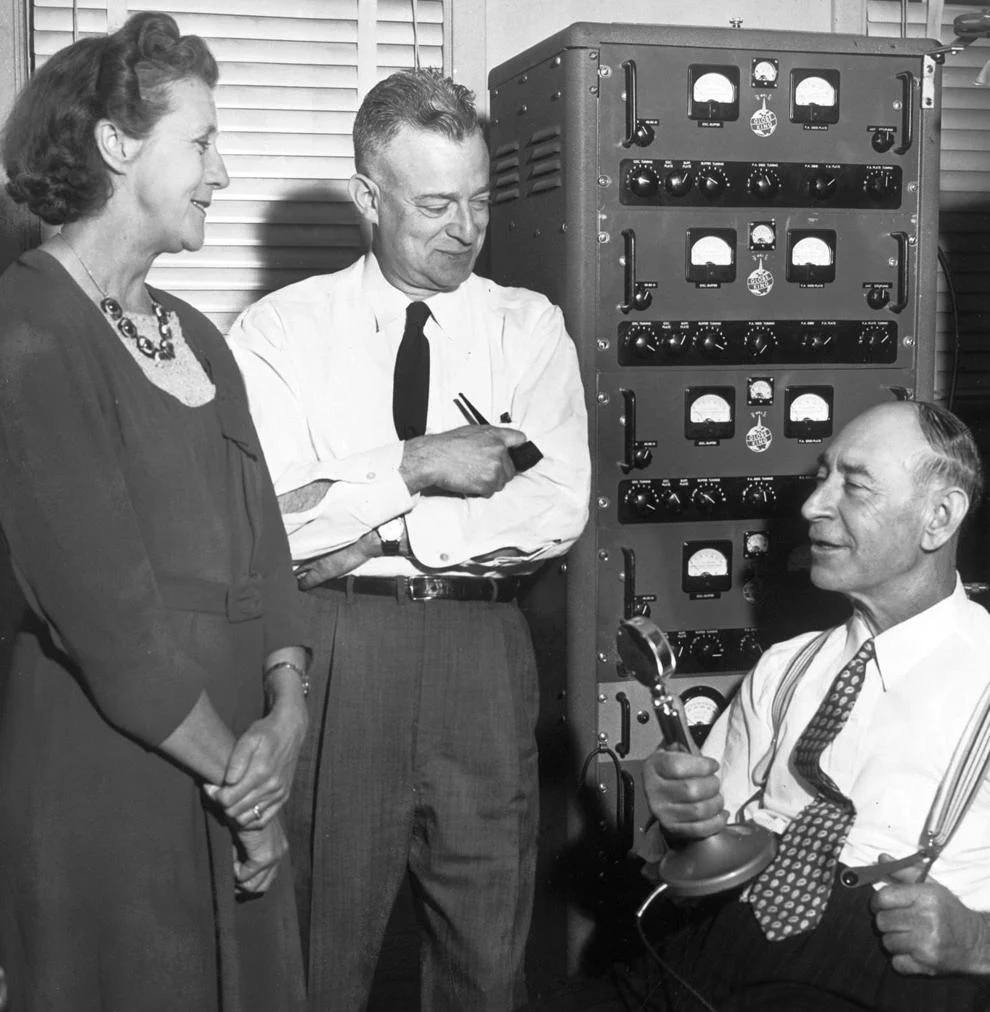
Originally from Pitcairn Island, a remote British territory in the South Pacific, the McCoys began a radio relationship with Meistroff three years earlier when he responded to an emergency plea and shipped medical supplies to islanders. The McCoys finally met Meistroff in person during a six-month trip to the U.S.
#97 William H. Morse removed damaged clothing from the Clarence Cosby Inc. scrap metal firm on East Cary Street in Richmond, 1962.
#98 Rose Franklin highlighted the latest in General Electric kitchen innovations at a GE showroom in Richmond, 1968.
#99 The Shockoe interceptor gates along the James River opened after torrential rains in Richmond, 1965.
#100 Robert K. Crowell, a teacher at George Wythe High School in Richmond, held his first class on communism, 1961.
#101 Drivers navigated a flooded Westover Hills Boulevard in South Richmond after heavy rainfall, 1969.
#102 Fishermen waded into the James River in search of shad, which were in season, 1964. The 14th Street Bridge in downtown Richmond is in the background.
#103 Models showed off new fall fashions available at Richmond department stores Thalhimers and Miller & Rhoads, 1962.
#104 A vehicle got a thorough cleaning at 2900 Car Wash on Chamberlayne Avenue in Richmond, 1968.
#105 Workers moved a house along Grant Street in Richmond to a new site near Colorado Avenue, 1968.
#106 A model showed off a fall fashion in Richmond, 1960.
#107 A nighttime explosion and fire ripped through Richmond Paper Co. on Loumour Avenue in the West End, 1964.
#108 Richmond Newspapers photographer Amir Pishdad (center) reviewed his naturalization certificate with six children who became American citizens along with him that day, 1960.
#109 Nancy Beth Heller took a break from her duties at the Wickham-Valentine House in Richmond to enjoy the garden, 1968.
#110 Jet cars approached 200 mph as they sped down the track at the Richmond Dragway in Sandston, 1967.
#111 An announced crowd of 7,400 watched the Richmond Braves’ International League season opener at Parker Field, 1966.
#112 A section of North Boulevard between Marshall and Leigh streets in Richmond that offered more than 30 parking spaces in the median, 1964.
#113 The Nace quadruplets of Henrico County – Richard (from left), Judith, Patricia and Edward – celebrated their 10th birthday by enjoying cake, 1961.
#114 A woman picketed in front of a Western Union office in Richmond, 1966.
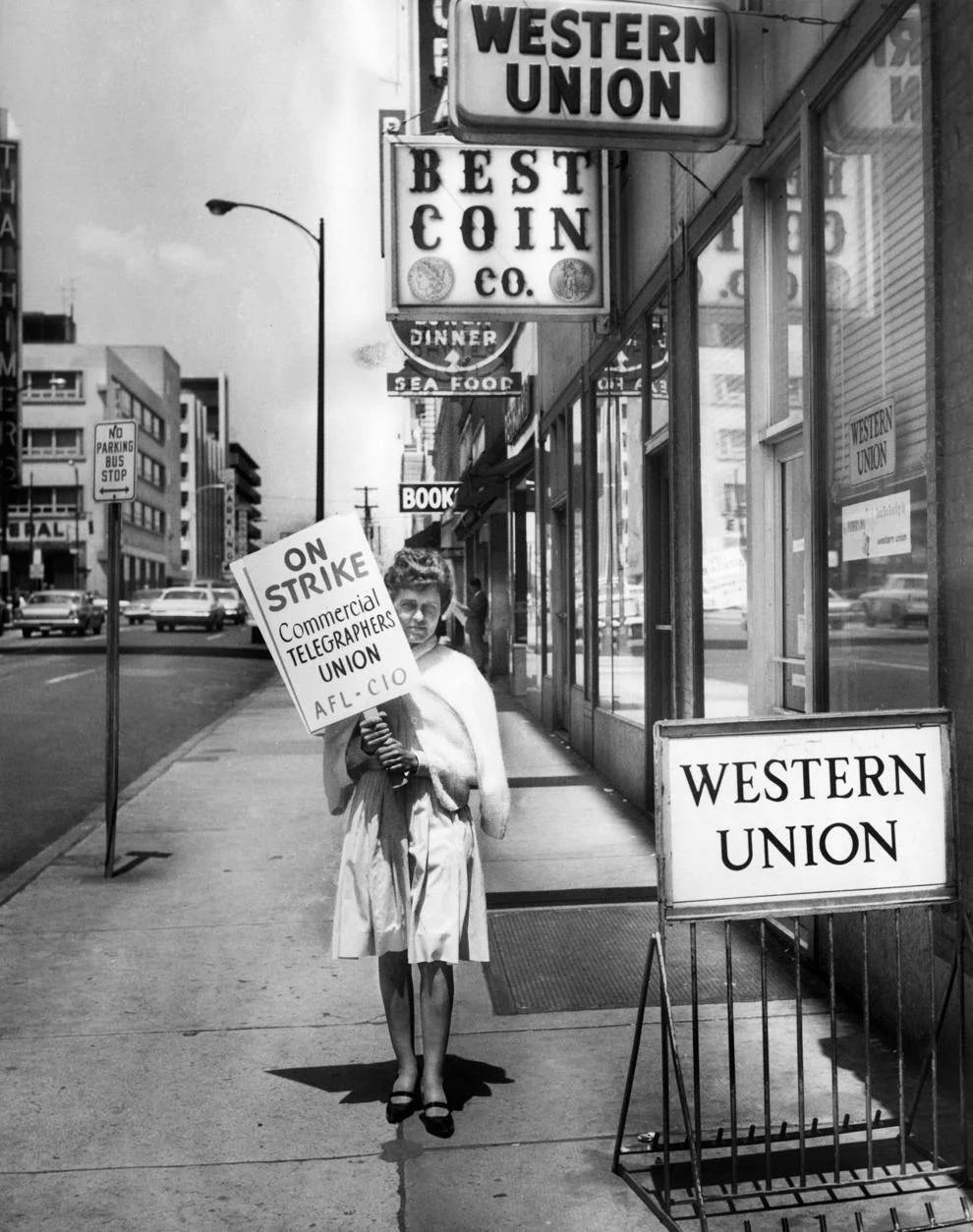
Members of the Commercial Telegraphers Union, including about 50 locally, walked off the job for several hours to dramatize their demands for pay raises. On the same day, the union and Western Union agreed to a one-week contract extension to avoid further disruptions while negotiations continued.
#115 This January 1960 image shows the Byrd Field Weather Bureau, which had been established at the airport in Henrico County in 1928.
#116 Beauty queens and convertibles gathered on Interstate 64 to celebrate a new 9-mile stretch of highway from the Bryan Park area at I-95 to Short Pump in Henrico County, 1967.
#117 Tthe Richmond SPCA held its Be Kind to Animals Week to promote membership, 1960.
#118 Patrons of Stonewall Café on West Main Street in Richmond dined on the restaurant’s patio.
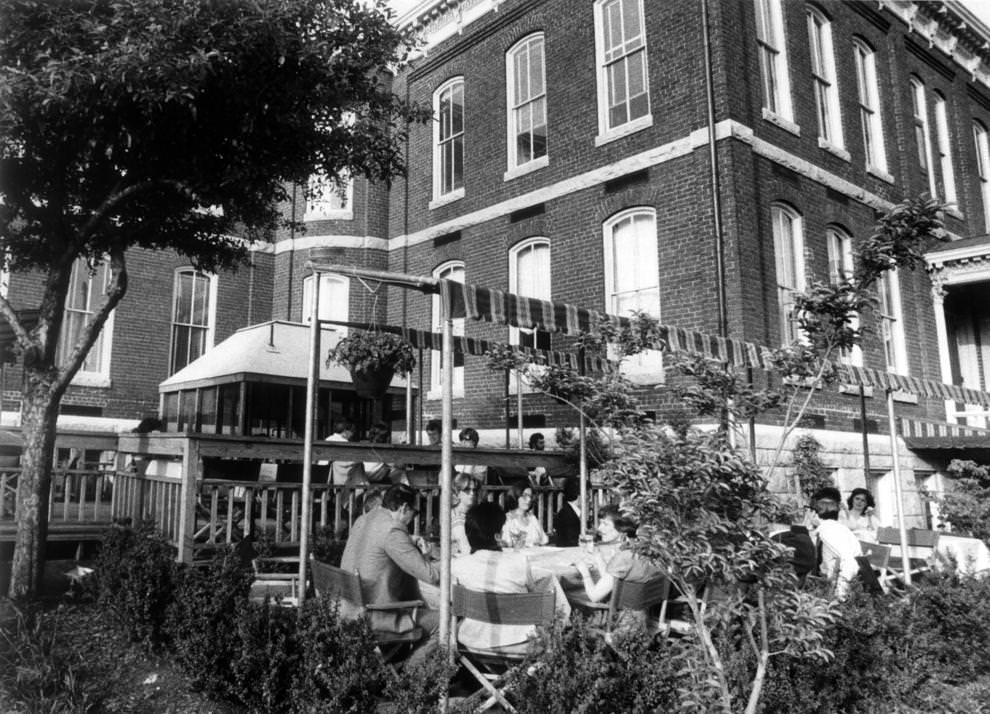
The building was constructed in the 1880s and was used as an elementary school until 1962 – it was once Stonewall Jackson School and West End School, and earlier, it housed the Richmond Normal School. The building was sold to a developer in 1980, and today, the space houses the Baja Bean Co. restaurant.
#119 Clara Stitzer photographed driving permit renewal notices under the guidance of DMV official J.B. Warfield in Richmond, 1961.
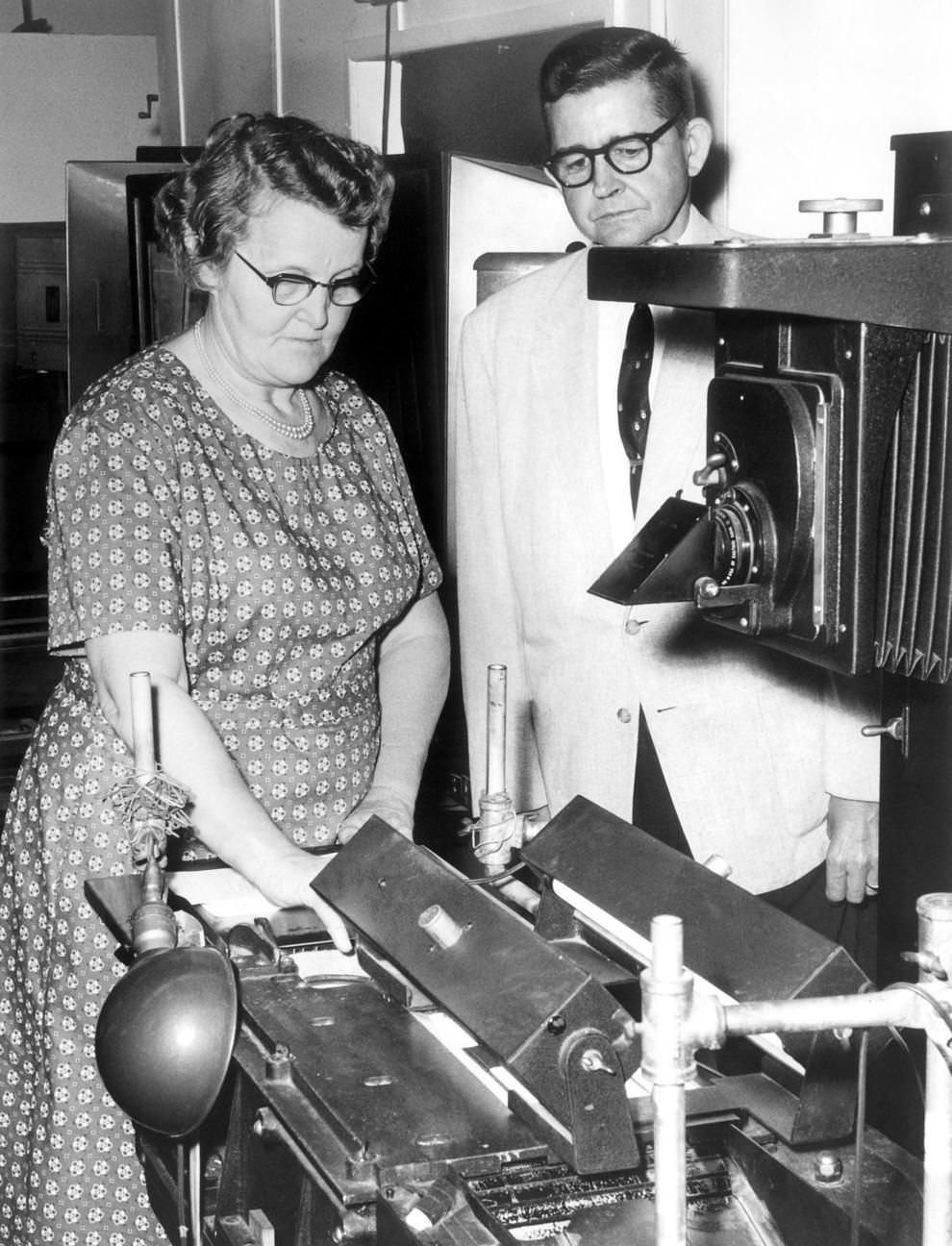
The Virginia Division of Motor Vehicles had just started a service to remind drivers that their three-year permits would expire by the end of July that year. The notification service, which would reach about 600,000 people per year, boosted the cost of driving permits from 50 cents to $1. Warfield estimated that Virginia had about 1.8 million driving permits in force at the time.
#120 Richmond police officers (from left) Christopher Stokes, John W. Harris and H.L. Coleman reviewed items recovered from a series of North Side burglaries, 1966.
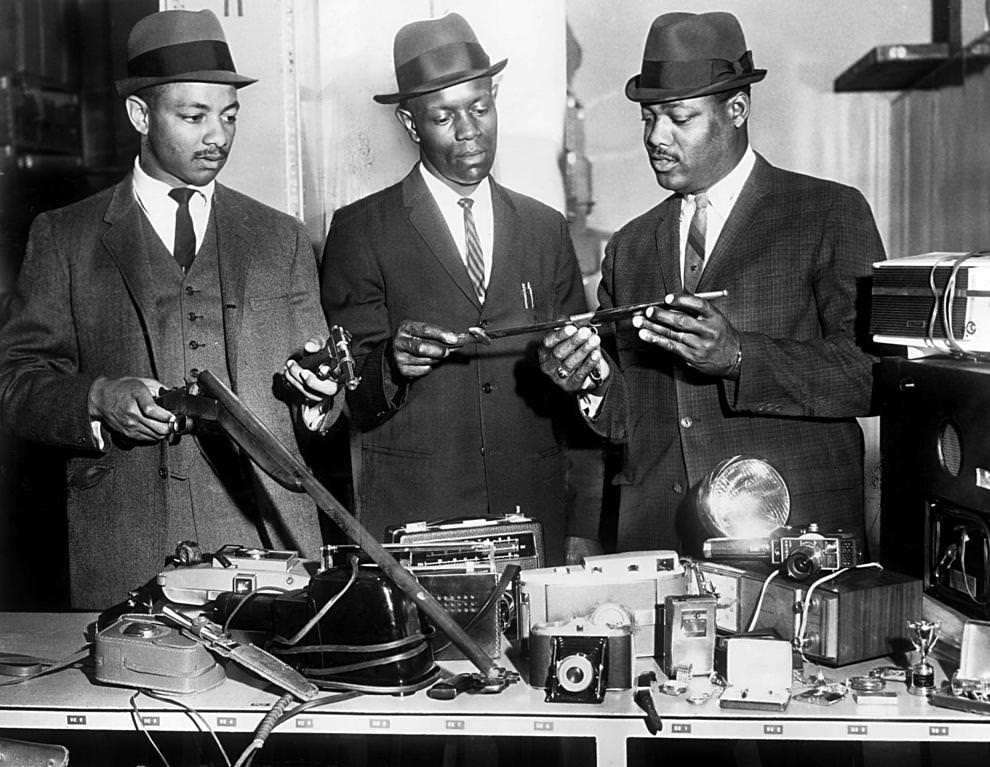
There had been about two dozen residential break-ins in the Washington Park, Ginter Park and Barton Heights areas in the preceding two months. Police initially recovered about $1,700 in stolen property (equivalent to nearly $14,000 today) and arrested five 14- to 16-year-olds and a 19-year-old in some of the burglaries.
#121 15 members of the Richmond Police Bureau graduated from the 22nd session of the city’s basic police school in a ceremony at the Virginia War Memorial on South Belvidere Street, 1965.
#122 Richmond police officer Glenwood W. Burley took a moment away from his patrol work to play baseball with youths in the Fulton neighborhood, 1967.
#123 Magician Mark Wilson performed a levitation trick on Terry Bryant at the Hotel John Marshall in Richmond, 1963.
#124 T.W. Redmond of the State Highway Department assessed the stock of anti-snow chemicals in a Richmond-area department storage shed on Midlothian Turnpike, 1961.
#125 Sussex County peanut farmer J. J. Lilley Sr. highlighted how that year’s severe drought had affected his crop, 1963.
#126 The Richmond Planning Commission was considering proposals, including a tobacco exhibition center, for the former Libby Prison site from the Civil War, 1964.
#127 The third annual City Women’s Bowling Tournament was under way at Sunset Bowl in Richmond, 1962.
#128 Smog dimmed Richmond’s skyline. In July of that year, the Virginia Air Pollution Control Board planned to implement its first regulations to address air pollution, 1968.
#129 Art teachers Mrs. Richard T. Willis (left) and Gayle Dean unpacked student artwork for exhibition at The Valentine museum in downtown Richmond, 1963.
#130 Victor Tomlinson (left) and William Hudson of the George Wythe High School cadet corps in Richmond blew taps while the school’s American flag flew at half-staff in honor of Winston Churchill, who died a day earlier. Gov. Albertis S. Harrison called for the weeklong recognition to mourn Britain’s World War II-era leader.
#131 With shovels at the ready, Richmond City Manager Horace Edwards (from left), Mayor Morrill Crowe, 967
#132 The intersection of Chamberlayne Avenue and Brookland Park Boulevard in North Richmond, 1960.
#133 Mrs. Wesley Caire (left) and Mrs. Armistead Williams reached the later stages of the City Women’s Golf Tournament, held at Lakeside Country Club, 1964.
#134 An inmate at the Virginia State Penitentiary in Richmond worked on a loom to create cotton cloth, 1960.
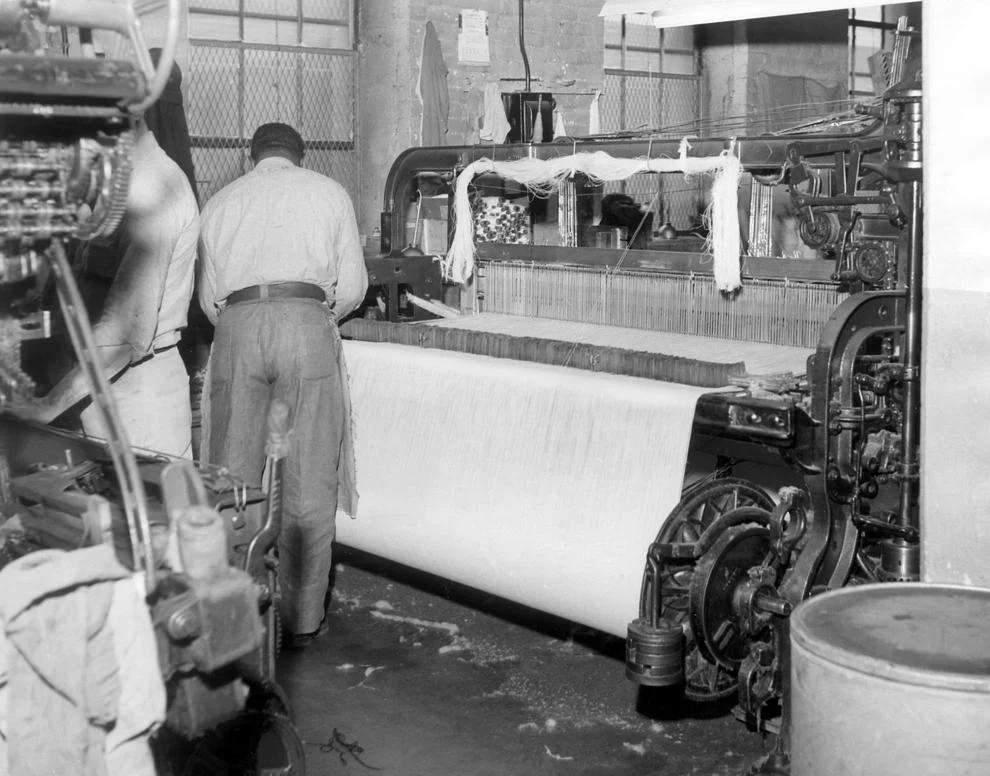
Many of the 1,600 inmates at the time worked in various areas of the prison’s operations, including the print shop, metal fabrication shop, license plate manufacturing, furniture building, electrical work and plumbing. Inmates received 15 cents a day as basic pay and could earn an extra 25 cents for good work. The penitentiary, which once occupied 17 acres around Byrd, Spring, Belvidere and Second streets downtown, closed in 1991.
#135 Children from the Follow Through program at the Ginter Park Presbyterian Church in Richmond demonstrated their swimming skills by directing ping pong balls across the pool, 1960.
#136 Pharmacist Samuel B. Jeter Jr. prepared some test prescriptions in the Thalhimers department store in downtown Richmond, 1965.
#137 A Richmond drugstore put up signs to reflect the recently enacted blue law, which prevented the sale of dry goods on Sundays, 1960.
#138 Richmond Safety Department supervisor B.W. Carver examined a parking meter downtown, 1966.
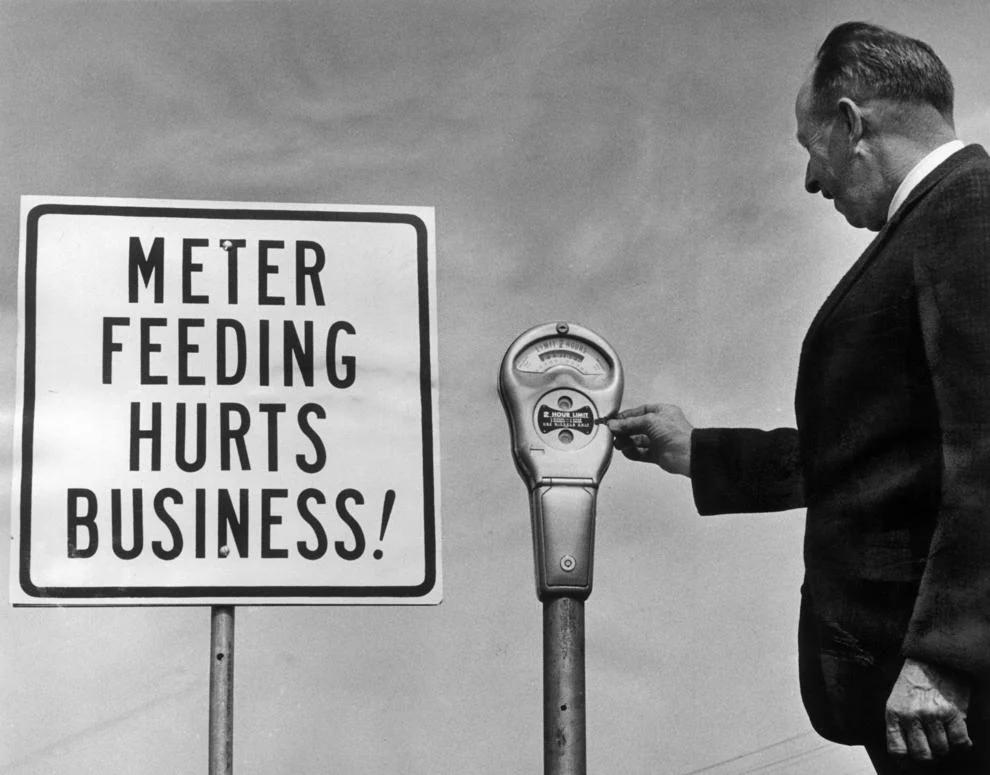
The city was starting a monthlong campaign against meter feeding, which officials said was hurting business. According to an accompanying story, about 15 percent of downtown parking spaces near government offices were occupied all day by meter feeders – and the figure was 28 percent in the financial district. Officials said that on average, $22 in gross retail sales was lost for every 75 minutes a car remained parked at a meter.
#139 14-year-old Curley Parker stood in a field of peanuts harvested by his parents in Sussex County, 1962.
#140 Richmond city veterinarian Dr. Robert Barton performed checkups on a peacock and peahen that were being presented as gifts to the city by the Indian Embassy, 1964.
#141 Mrs. W.H. Crockford (left) and Mrs. J.K. Higdon hung the sign outside the new state-local League of Women Voters headquarters at Linden Row in downtown Richmond, 1964.
#142 W. Irving Beauchamp displayed his new product: canned water, 1961.
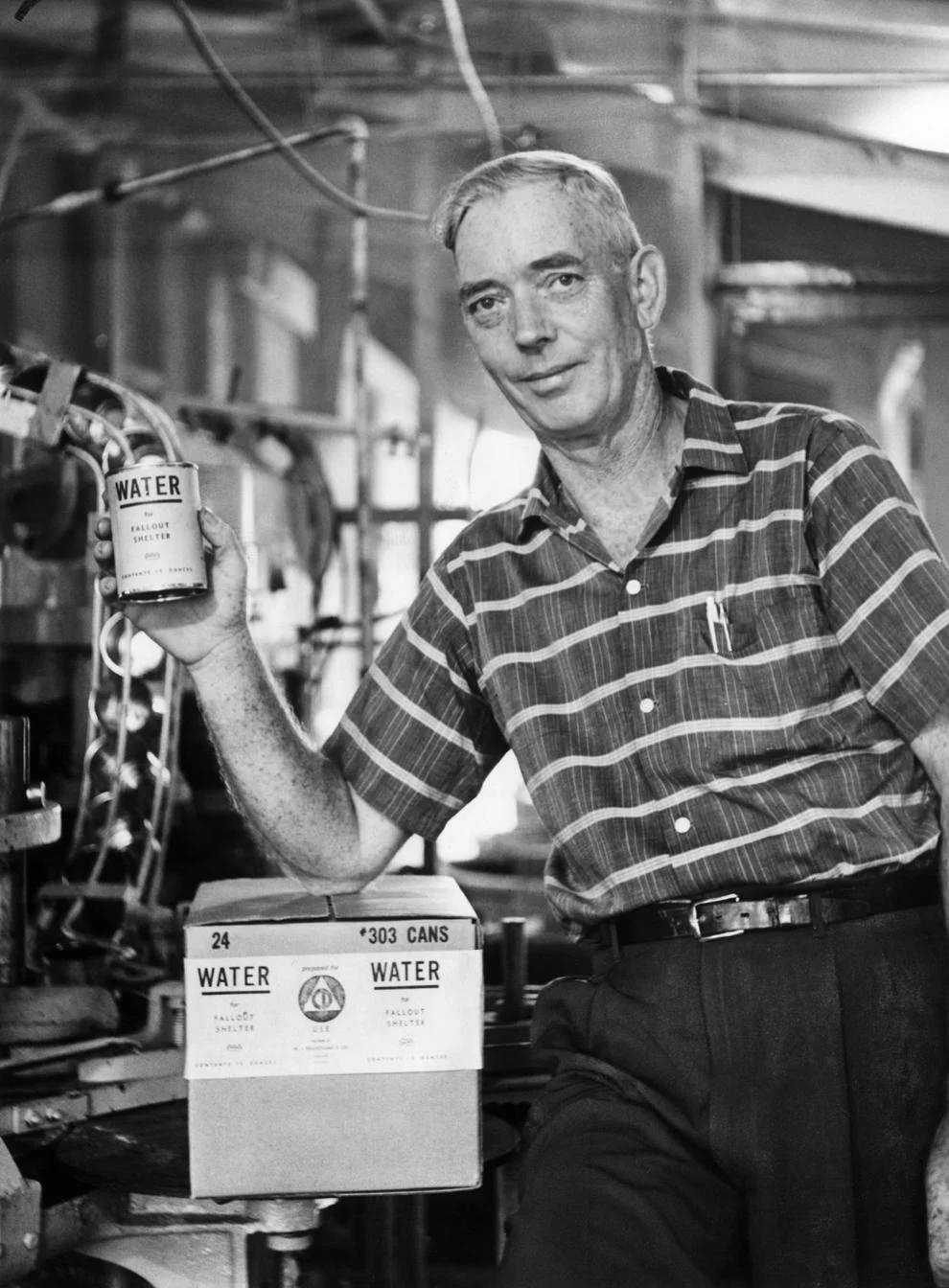
Beauchamp was canning sterilized artesian water – primarily for stocking in fallout shelters – and had distributed a dozen cases to grocers in the Northern Neck area of Virginia. Beauchamp got the idea after hearing talk about fallout shelters – he figured the canned water would last about two years.
#143 Customers took advantage of later hours at the Virginia Alcoholic Beverage Control store at 402 E. Broad St. in Richmond, 1968.
#144 Steel outlined a multistory addition to the State-Planters Bank of Commerce and Trusts headquarters at Ninth and Main streets in downtown Richmond, 1967.
#145 The Coliseum Bowling Center in South Richmond had just opened, and its 40 lanes made it the area’s biggest ten-pin alley at the time, 1960.
#146 Albert Johnson, 7, and Ronald Beard, 8, rolled instructional materials into the round all-purpose room at Woodville School in Richmond’s East End, 1962.
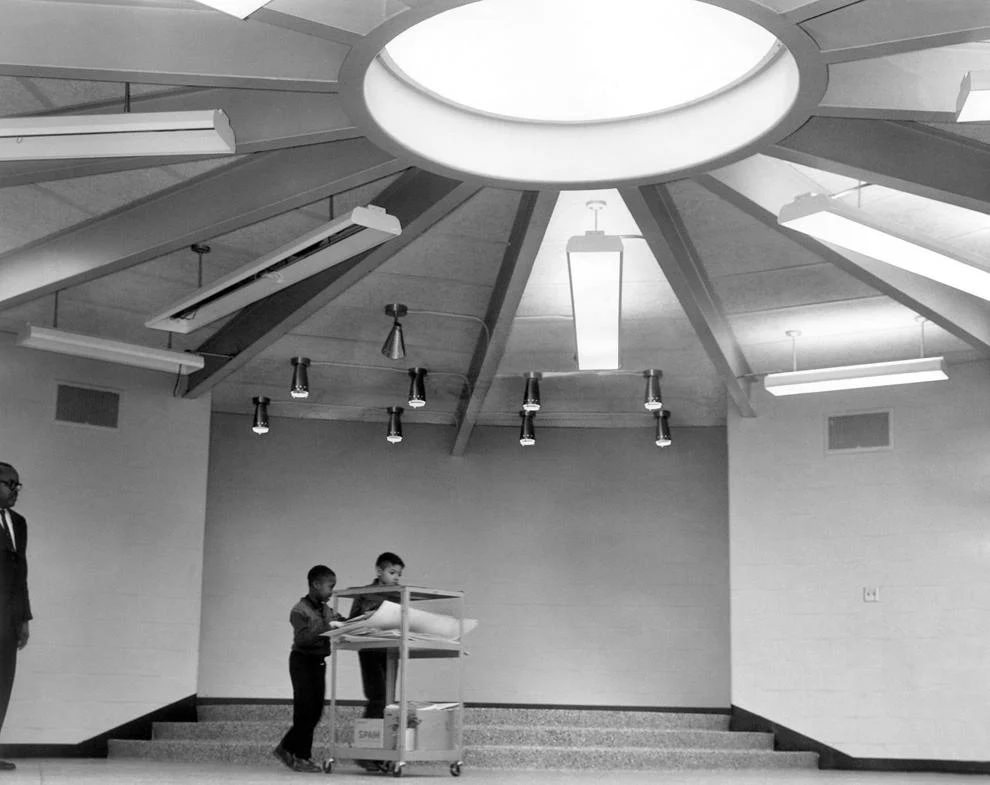
The circular room at the center of the building had eight classrooms around it. Woodville was open after normal school hours, as well as on evenings and Saturdays, to support education and community engagement. Among its offerings were art, music, speech and reading classes.
#147 Bob Powell played the new organ at Parker Field ahead of the Richmond Braves game against Rochester, 1966. Powell, who died in 1982, was the organist for the R-Braves until 1971.
#148 Susie Betts, an employee of the South Hill Post Office in Mecklenburg County, prepared for her weekly mail carrier route, 1968.
#149 Cars – most of them belong to students – were parked in the lot at Douglass Freeman High School in Henrico County, 1961.
#150 Farmer C.G. Maxwell of Pamplin, in the area of Appomattox and Prince Edward counties, showed the inside of a honeyless beehive, 1963.
#151 Men waited at a railroad trestle at 14th Street, south of East Cary Street, in Richmond, 1963.
#152 Plans were announced for an 18-story office building at Seventh and Main streets in downtown Richmond, which would displace smaller shops and buildings at the site, 1964.
#153 Mrs. William Cox recorded numbers from sample cans at a Reynolds Metals Co. test kitchen in Richmond, 1962.
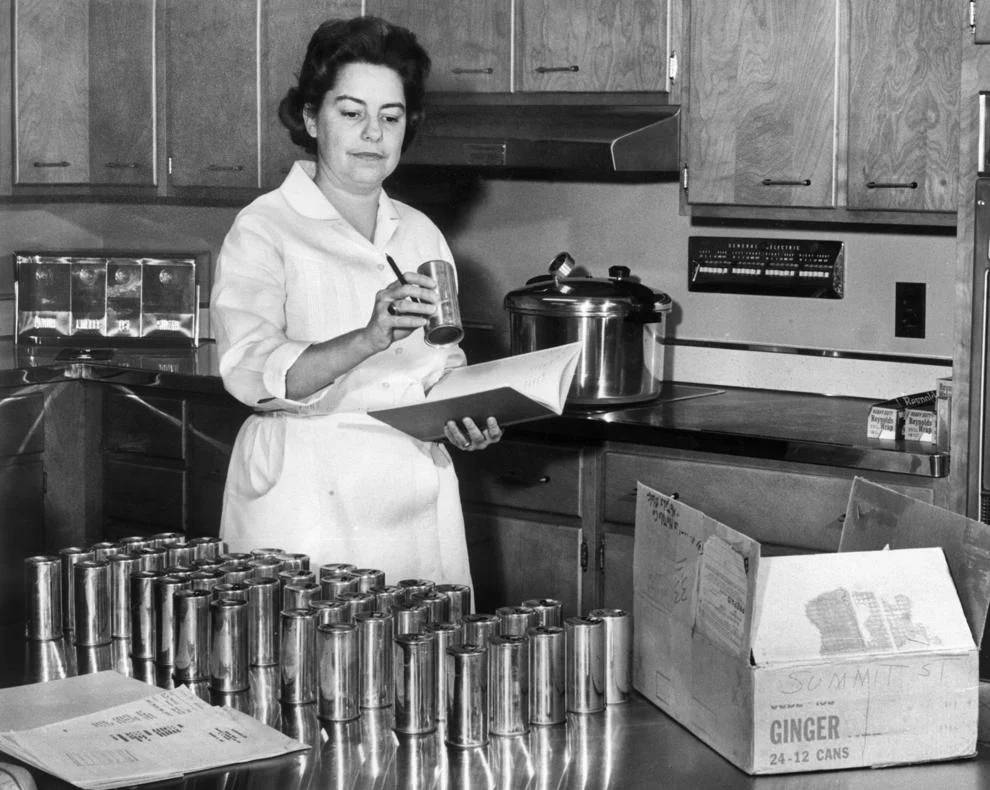
Cox, who was a food service manager at Reynolds for 10 years and had a background in bacteriology, helped set up the kitchen in the packaging research division. She was testing foods to see how they were affected by the cans. Before joining Reynolds, Cox taught school and had performed chemical analysis in the shipyards in Newport News.


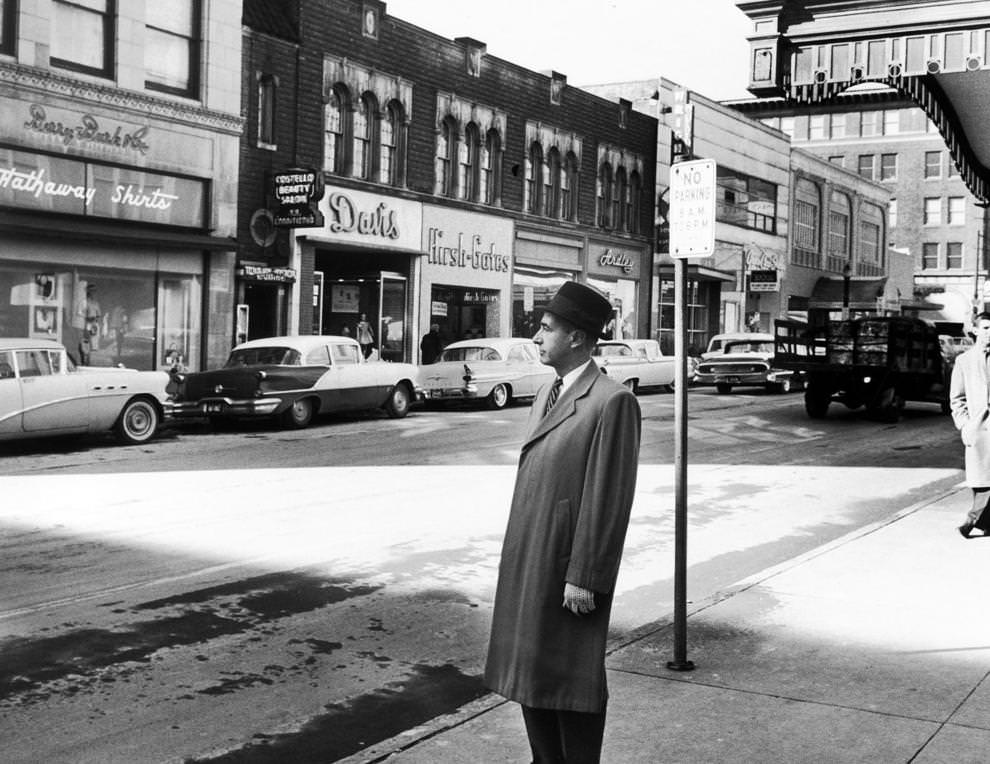
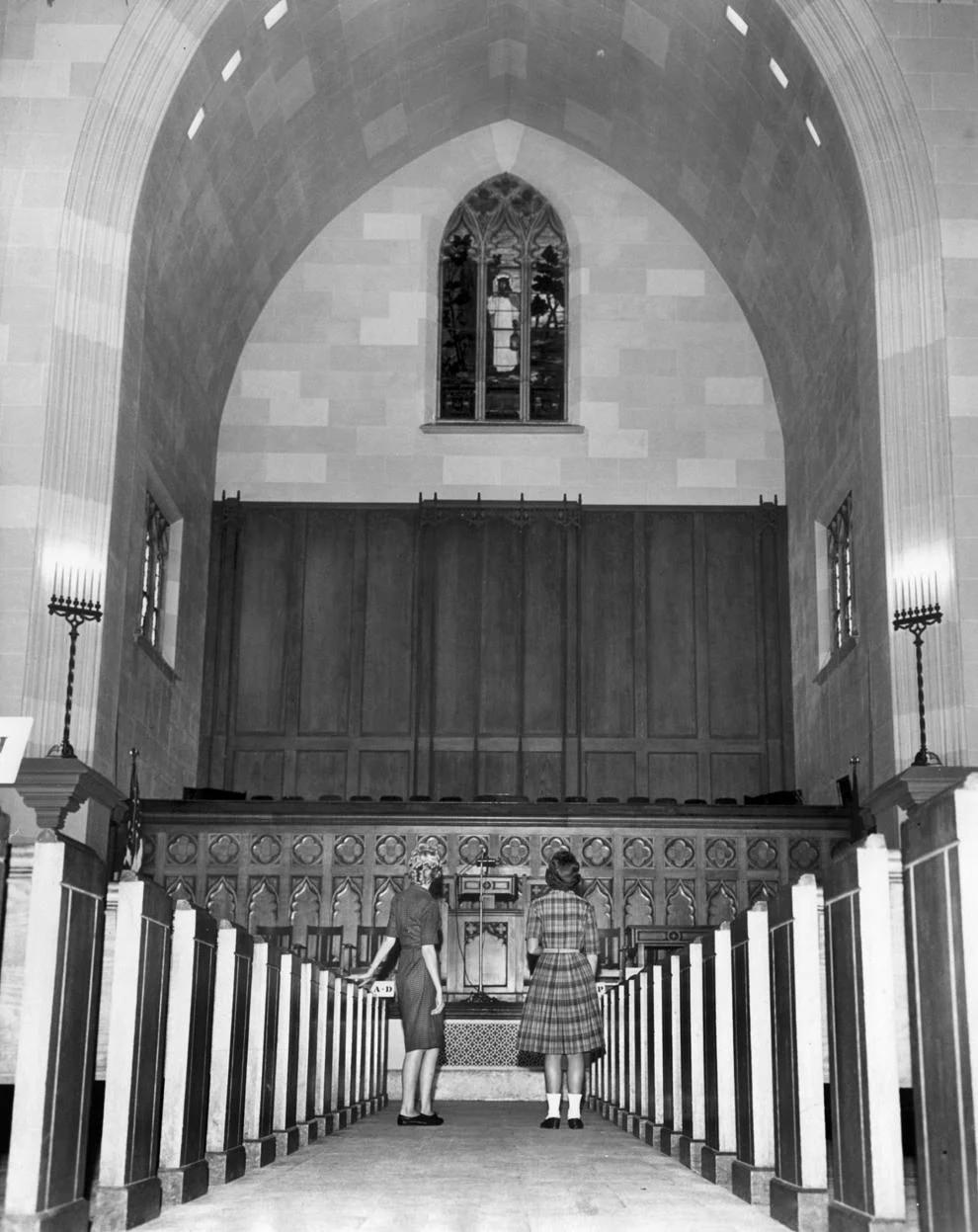
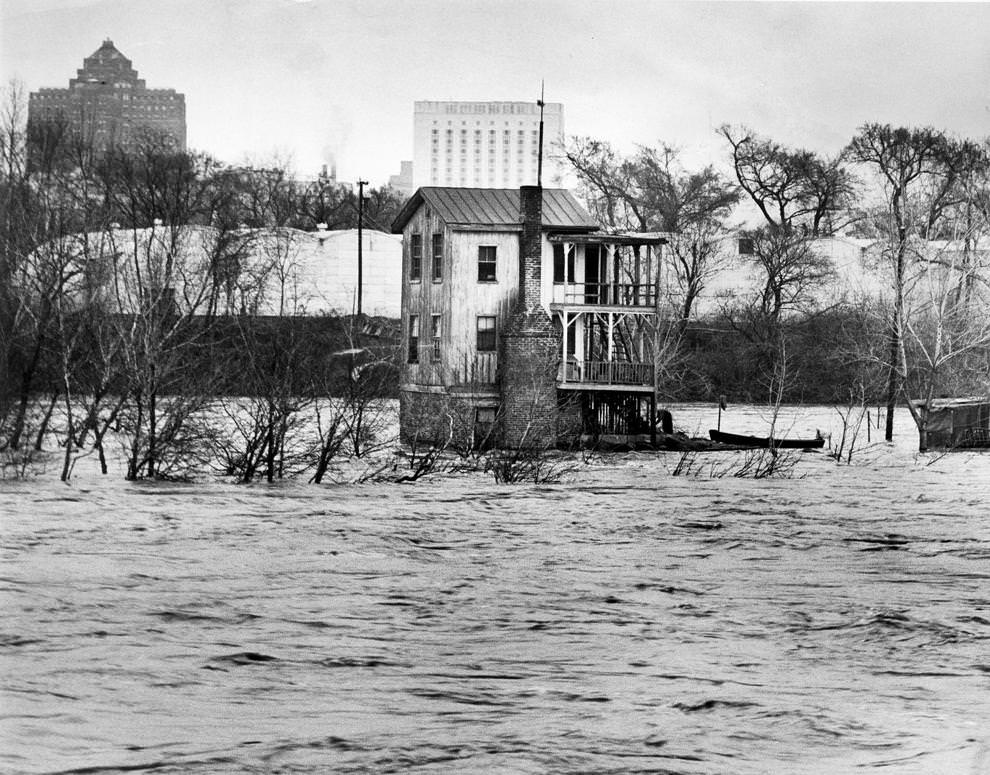
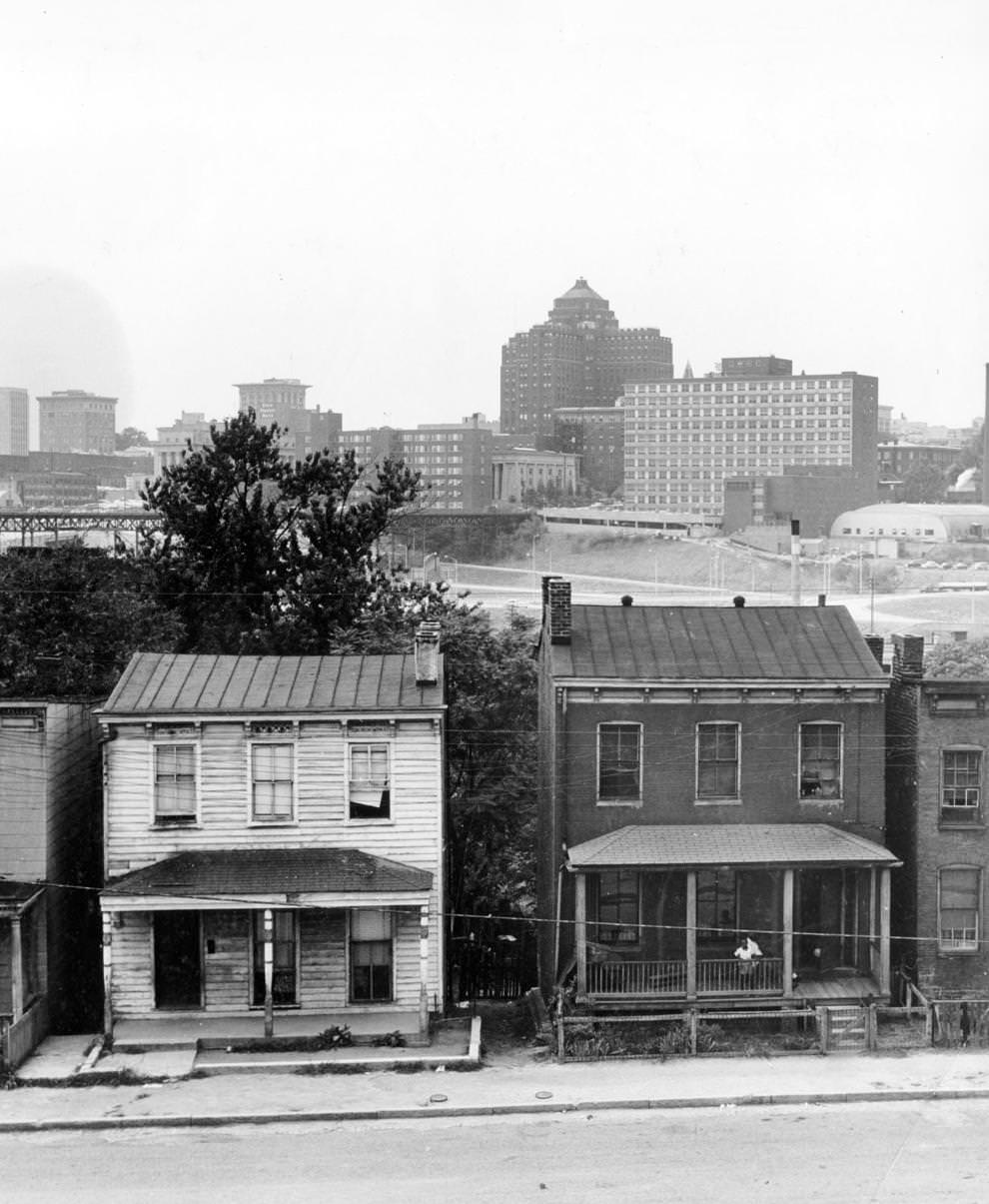
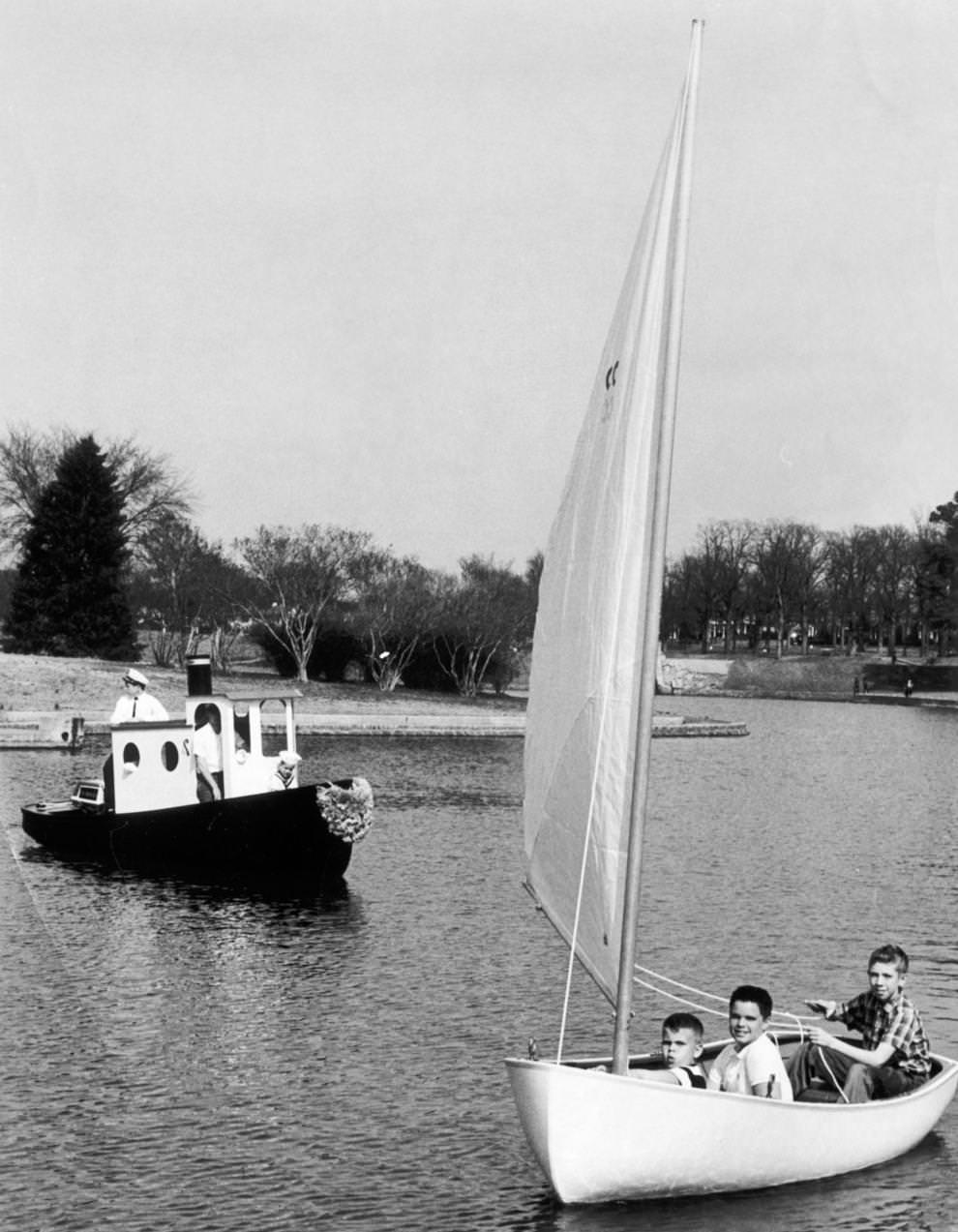
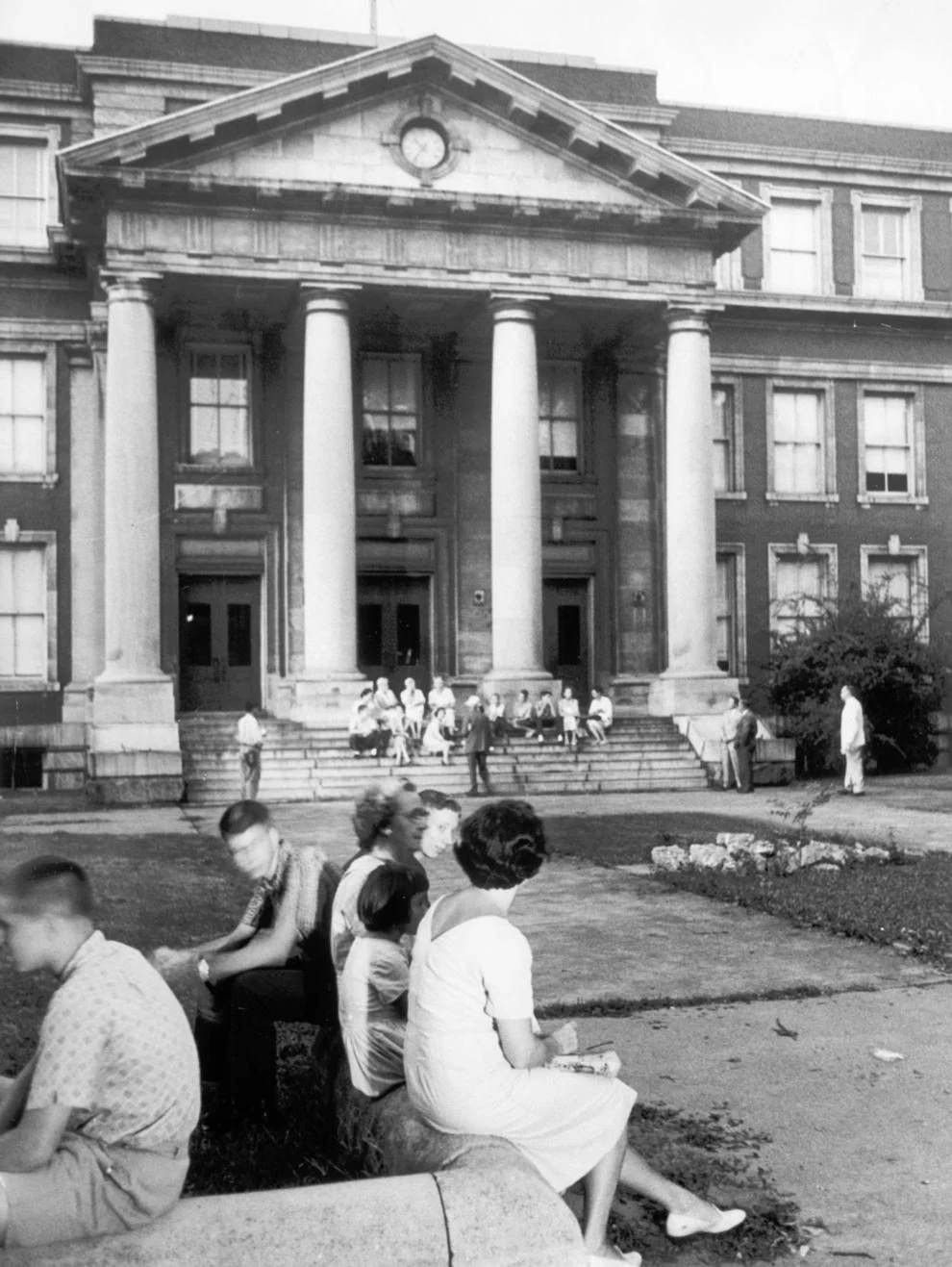
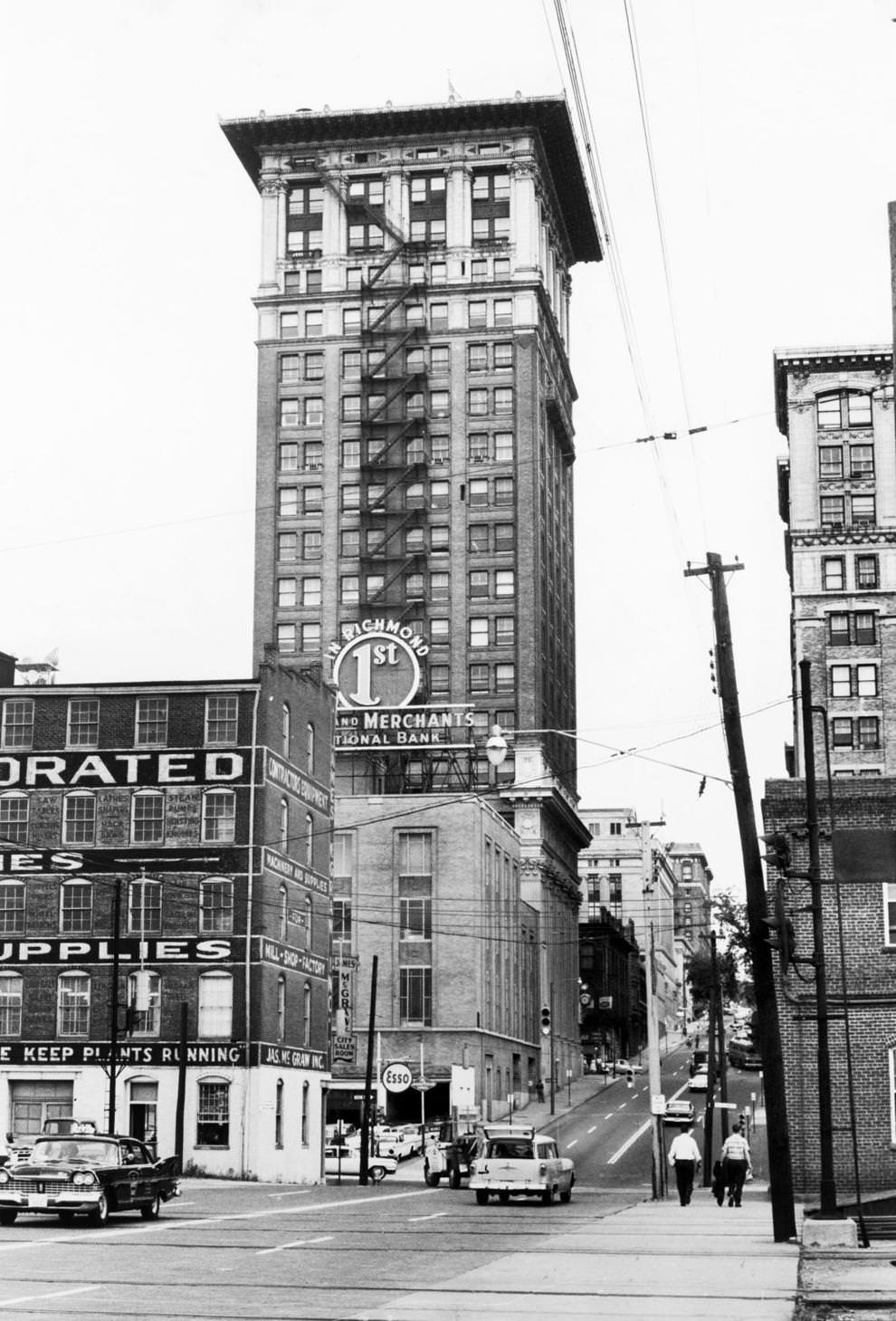
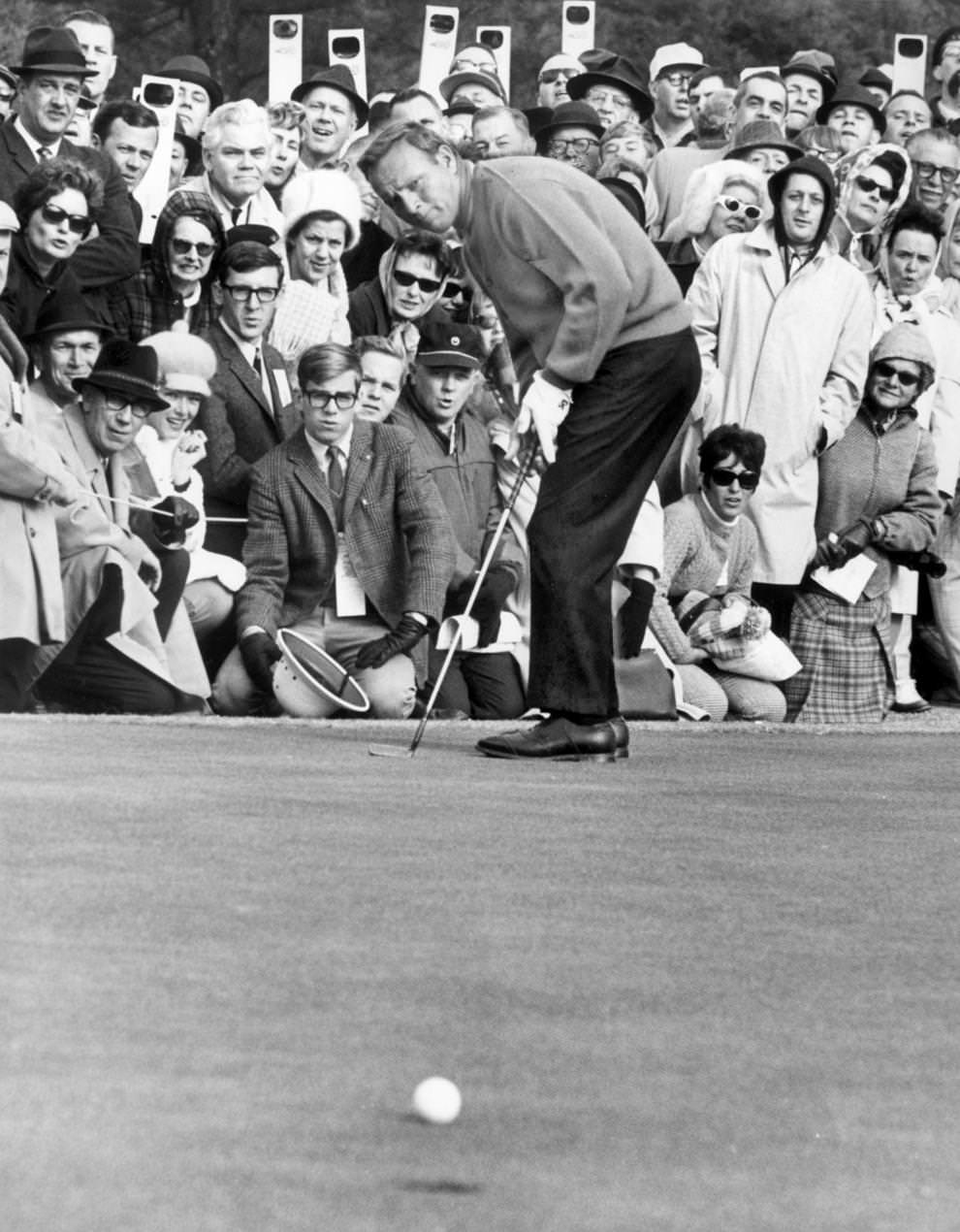
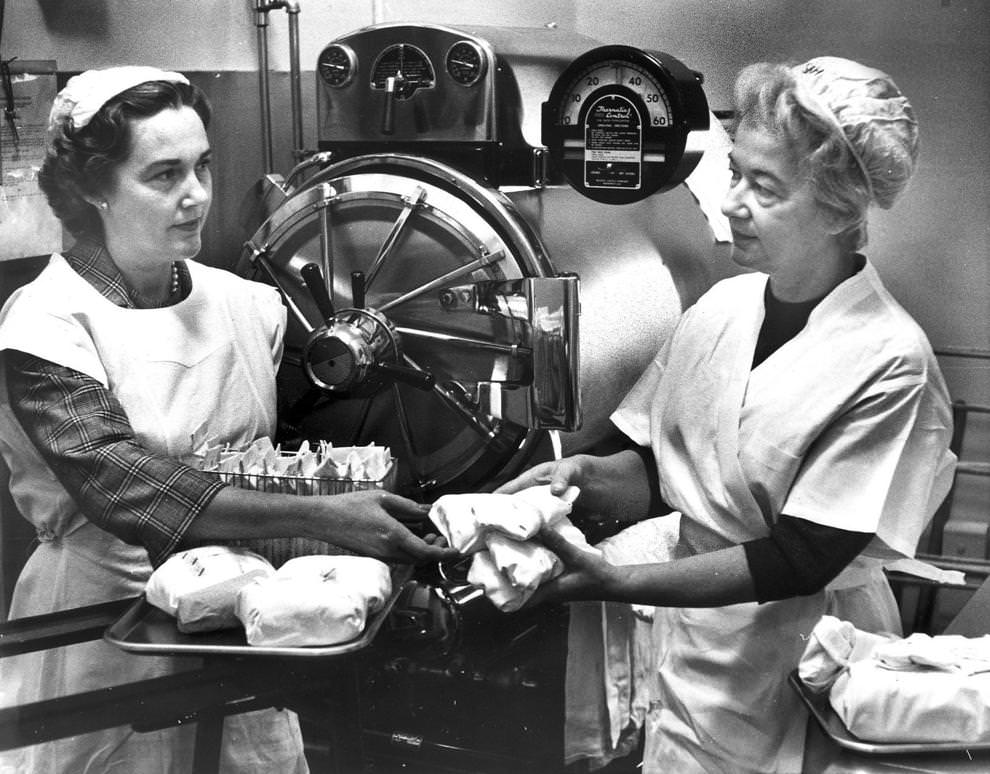
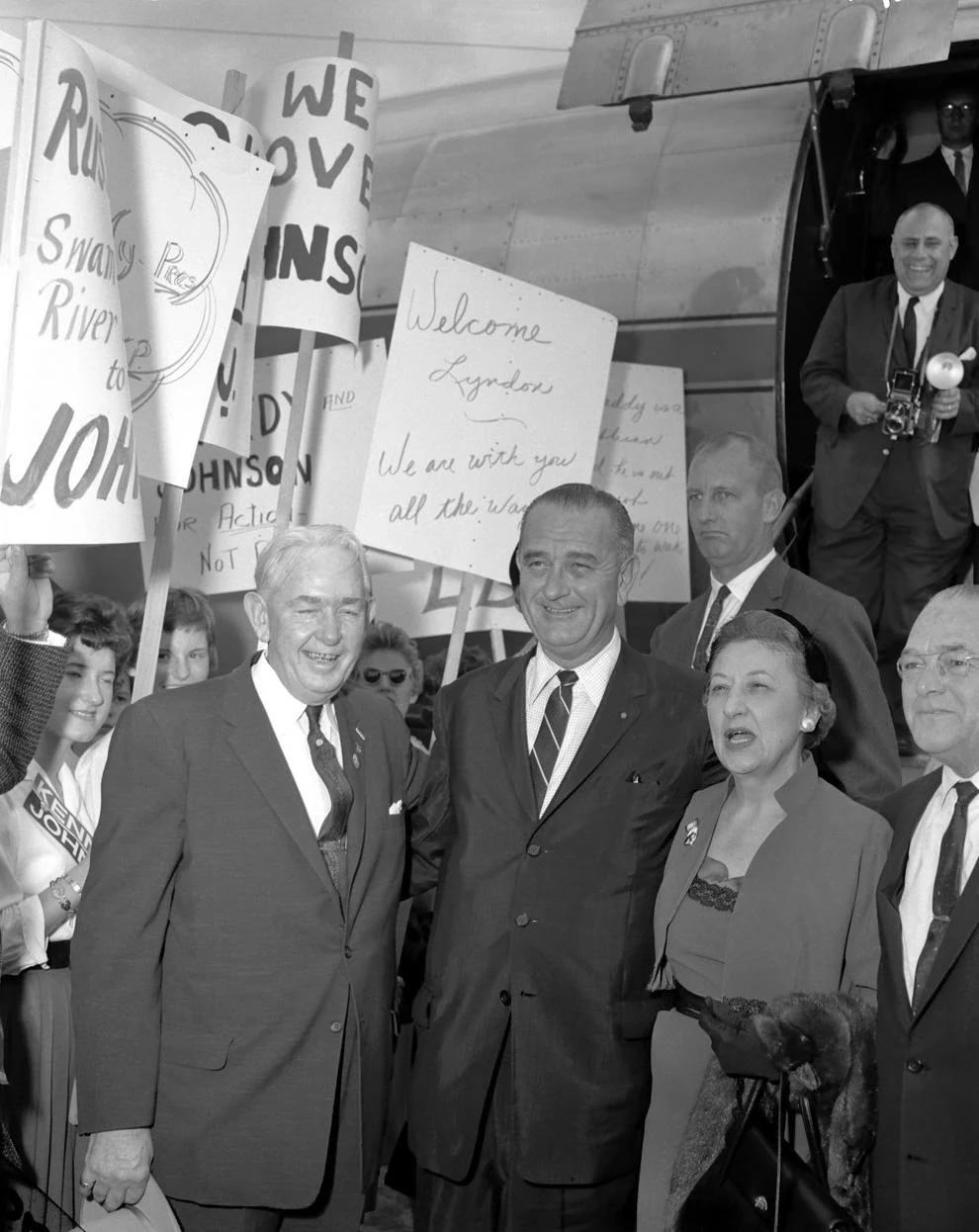
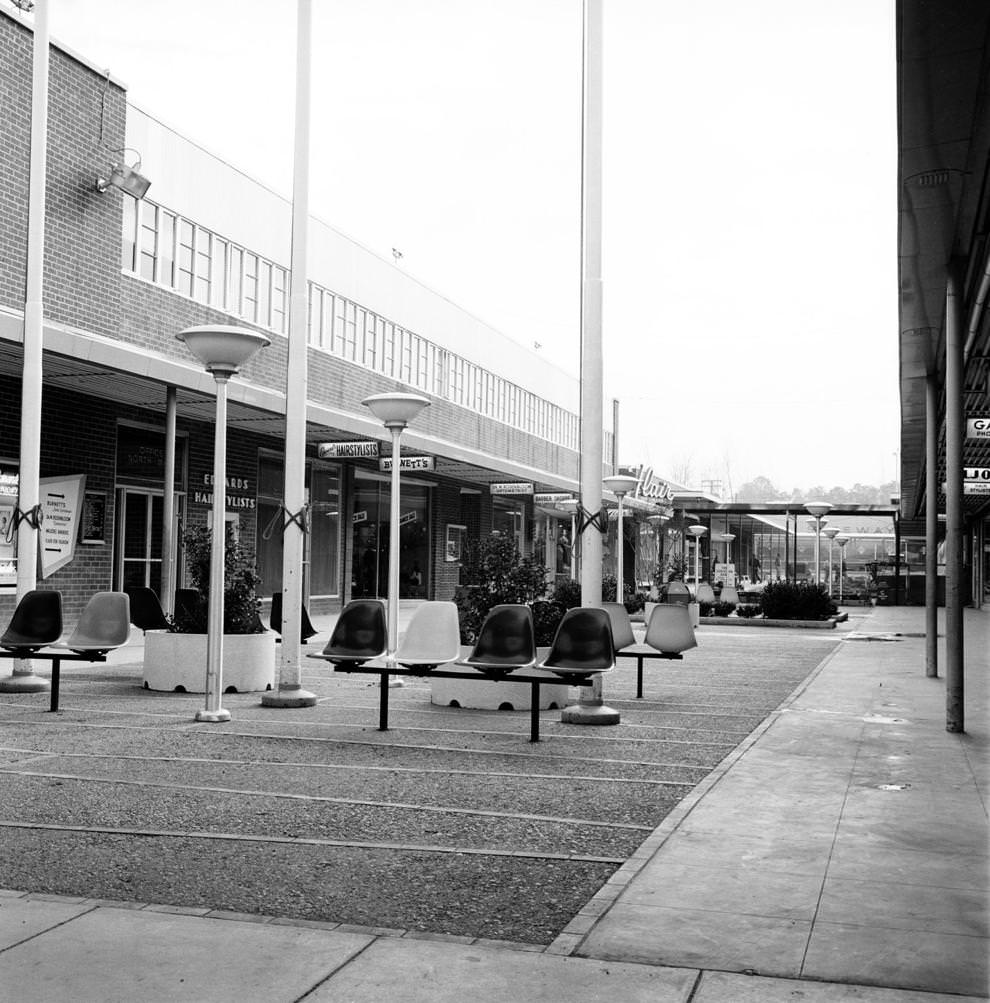
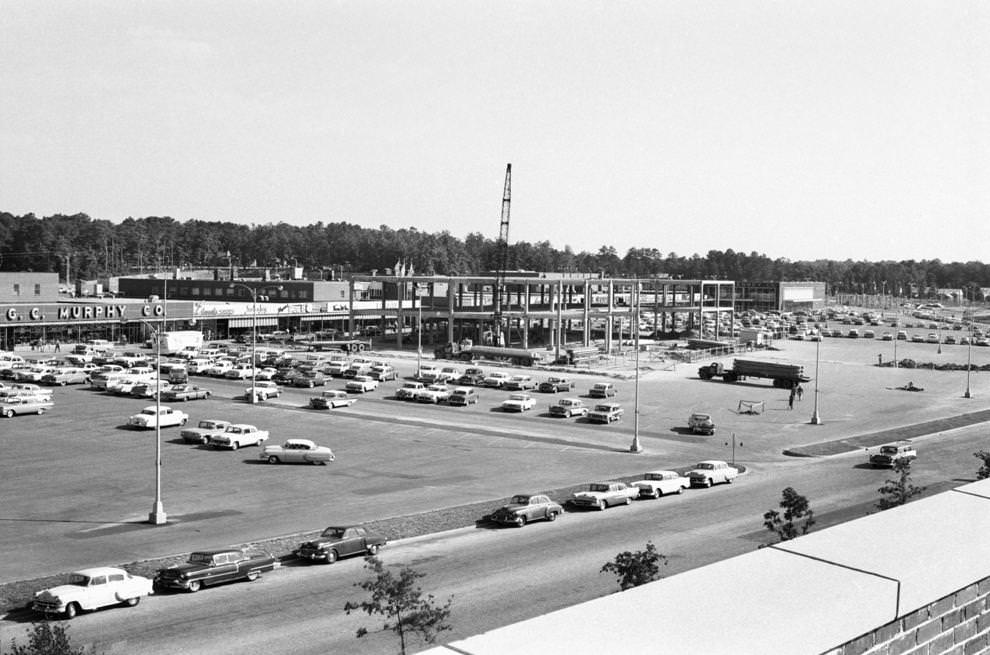
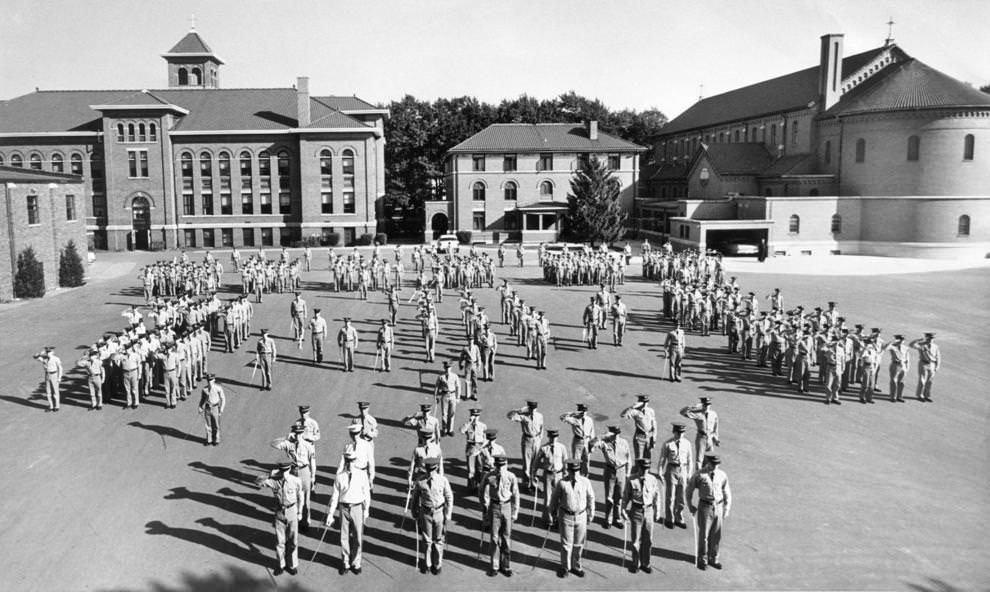
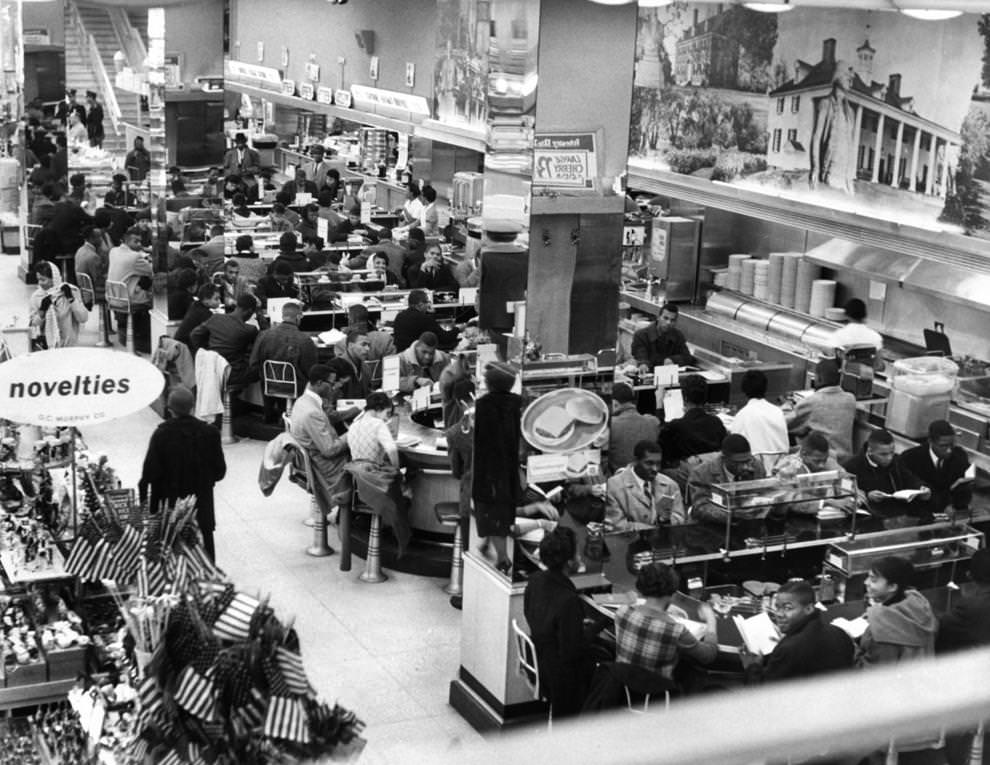
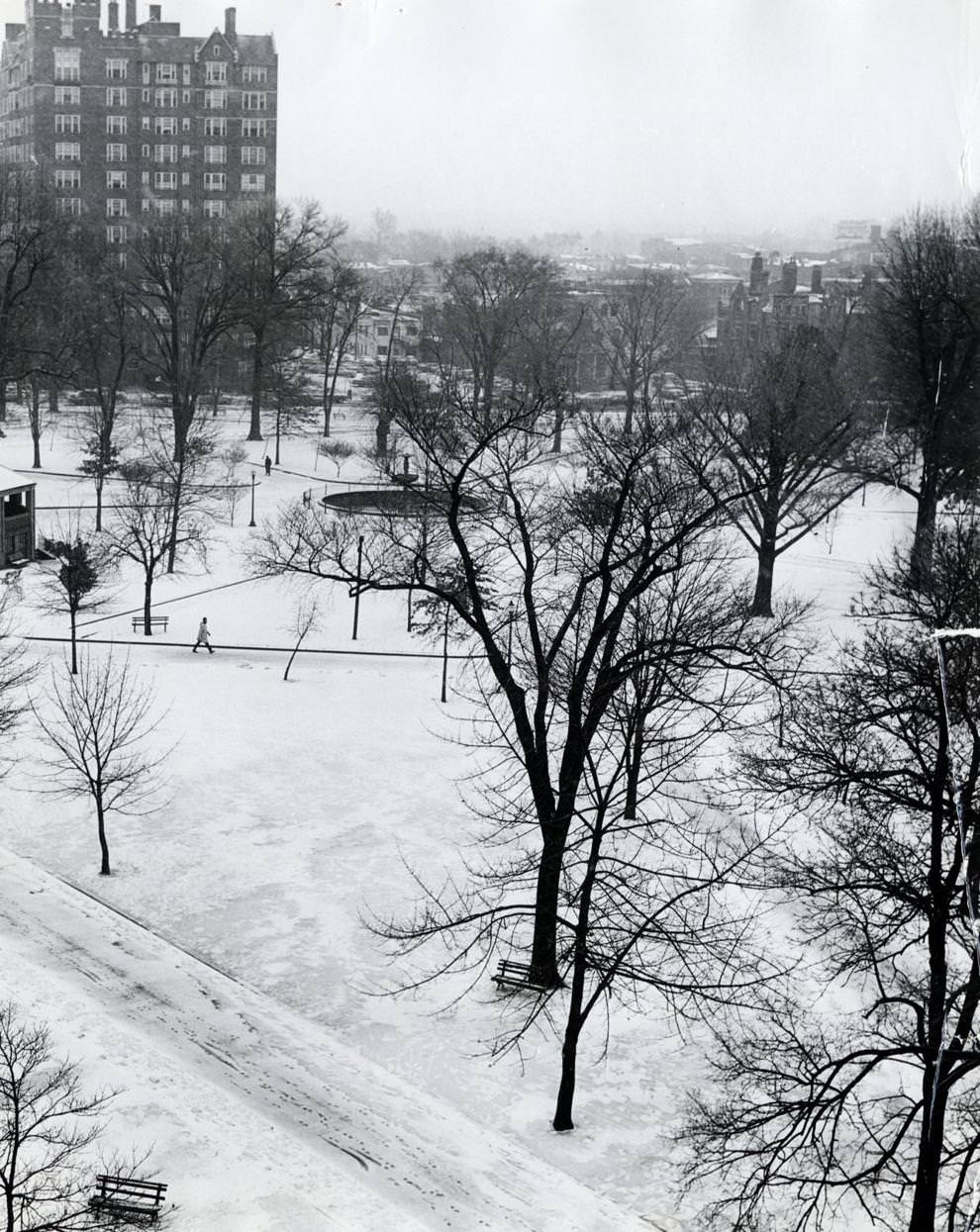
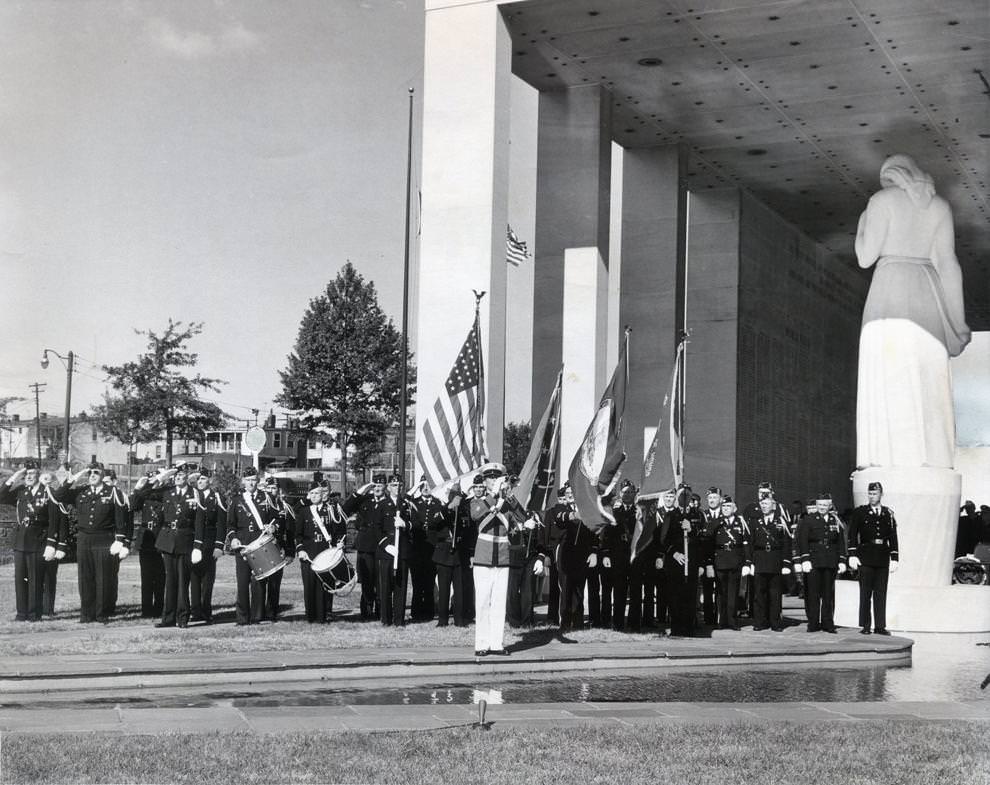
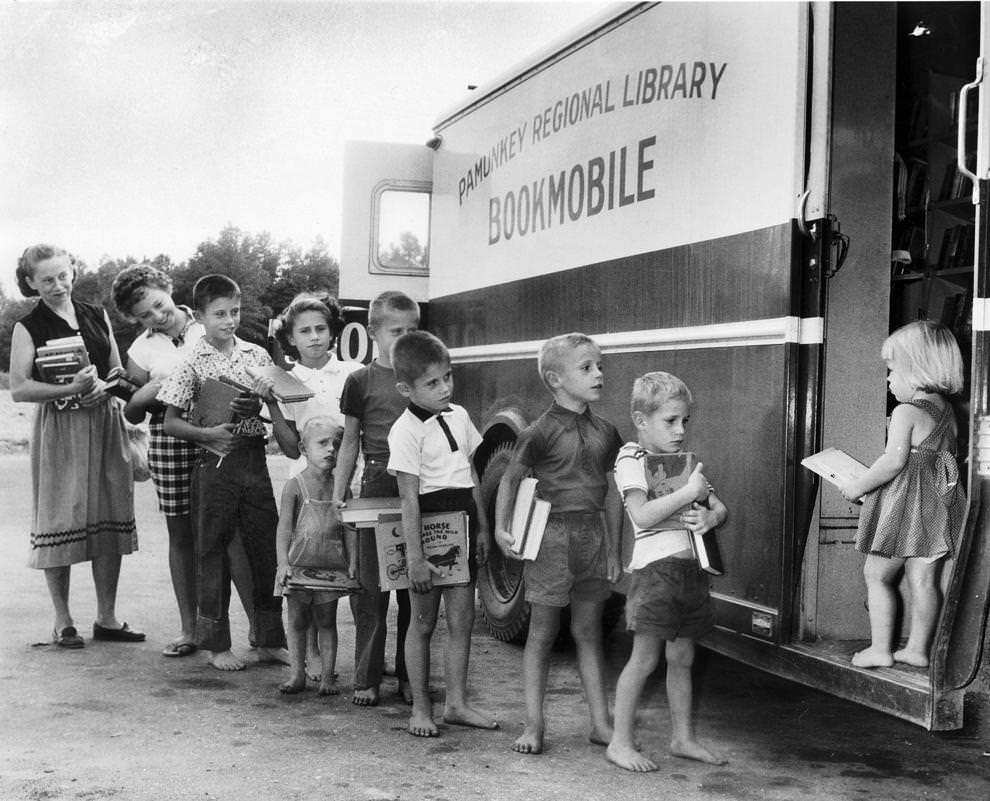
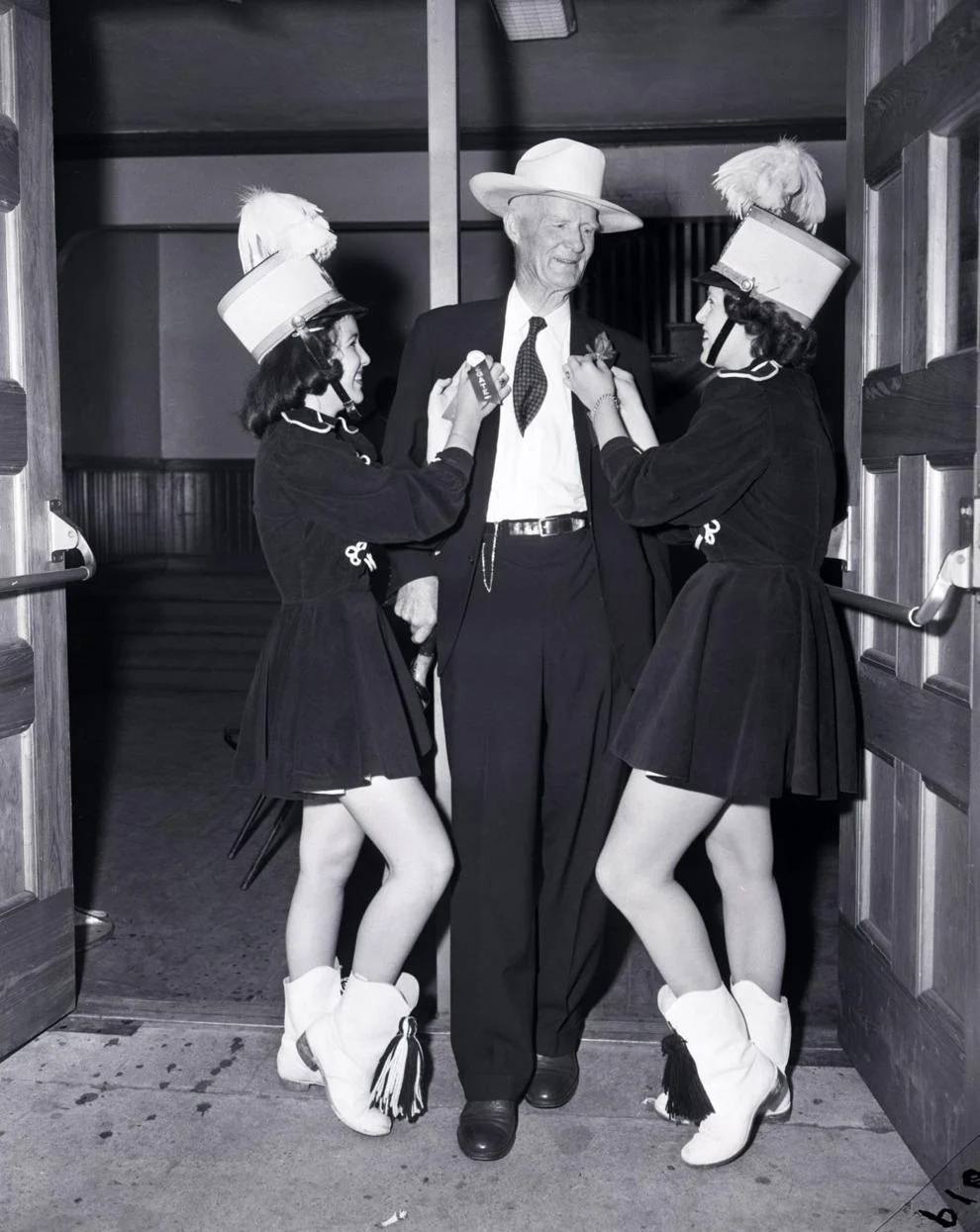
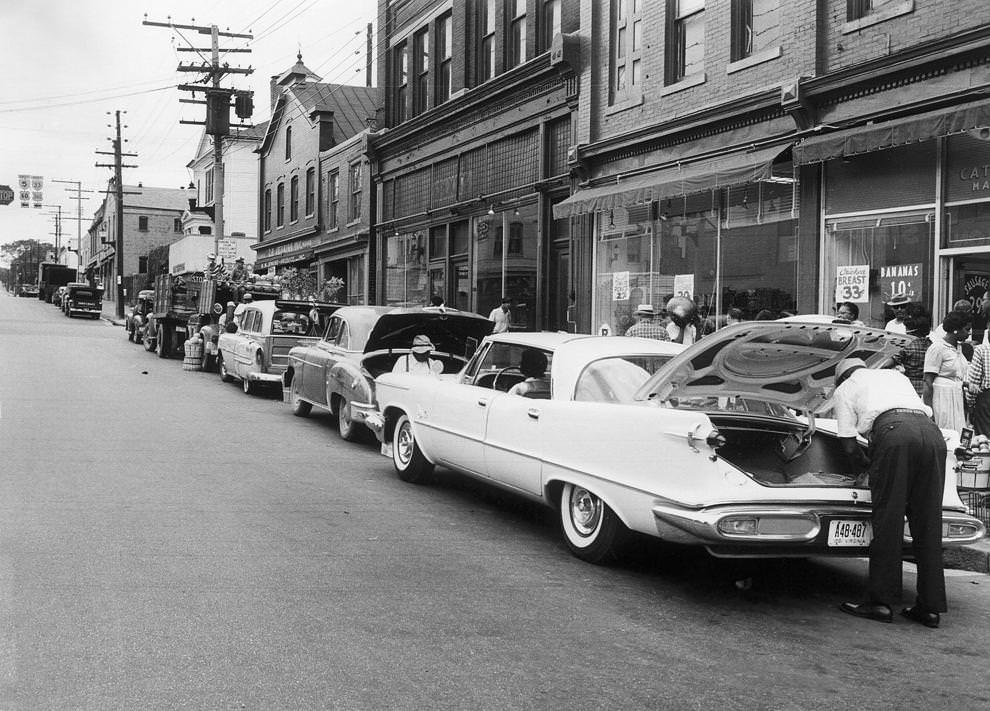
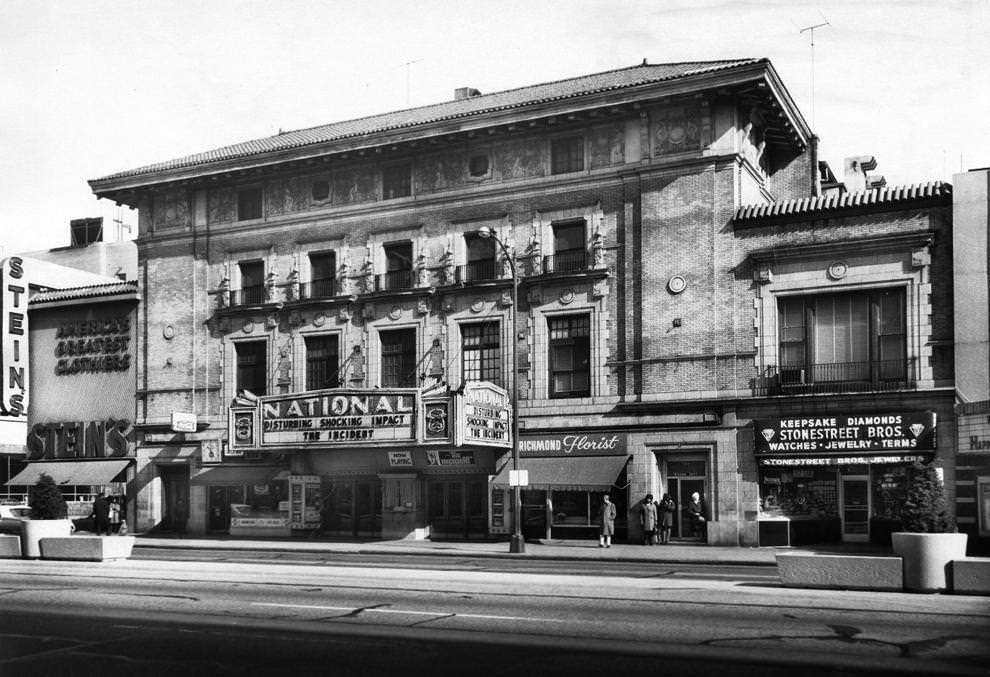
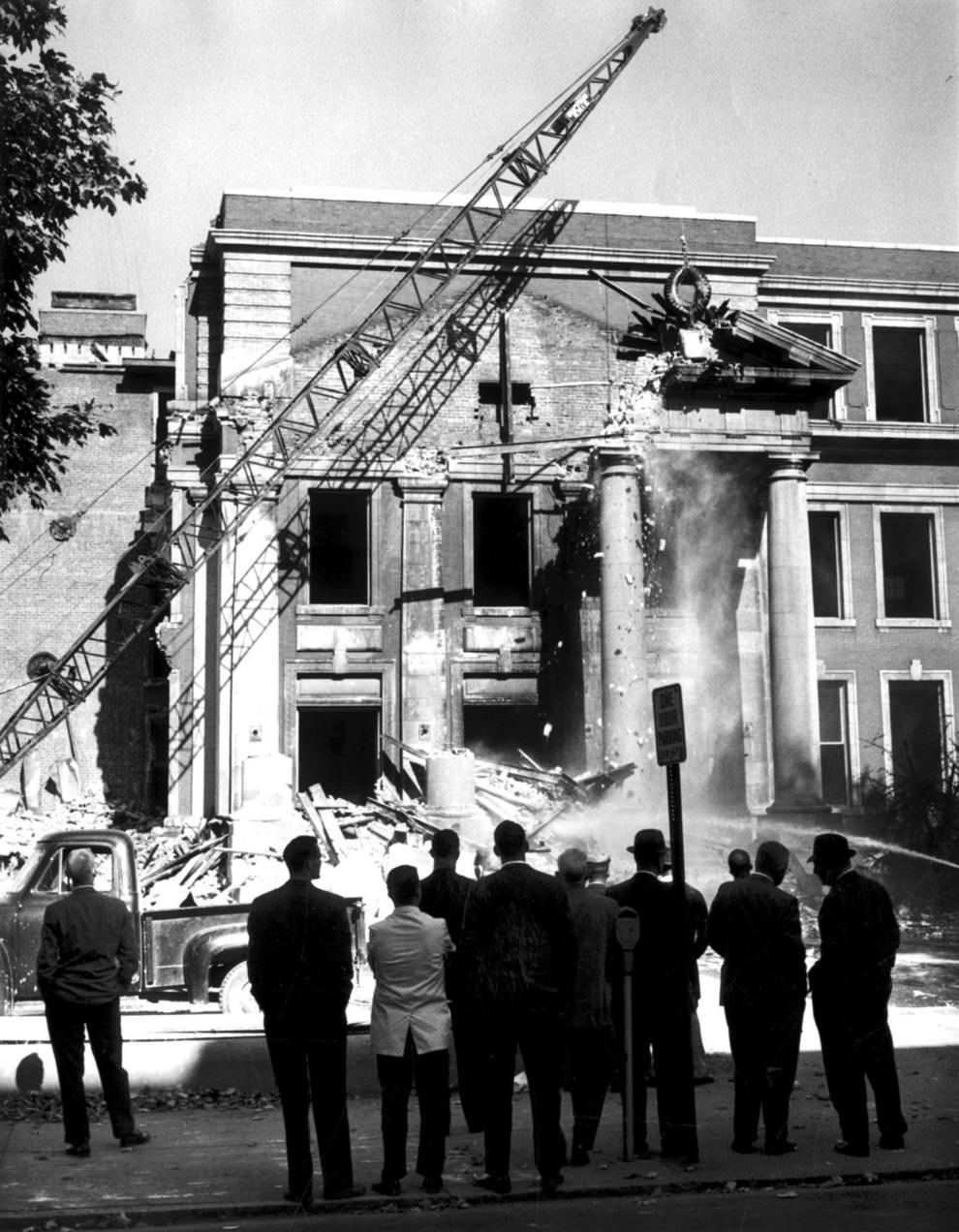
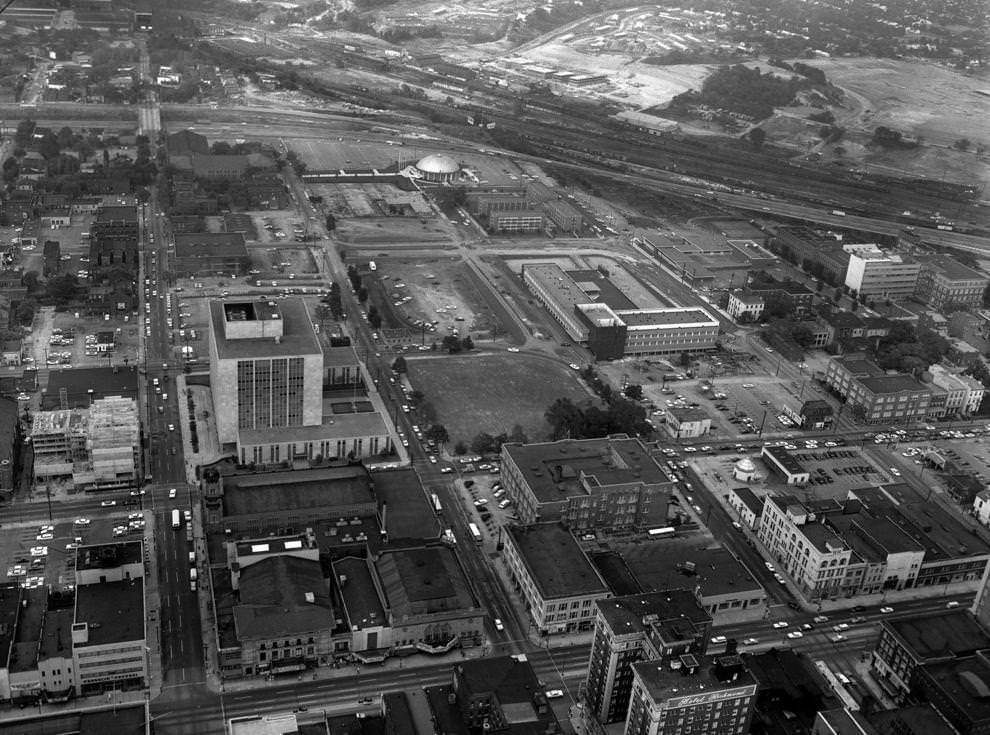
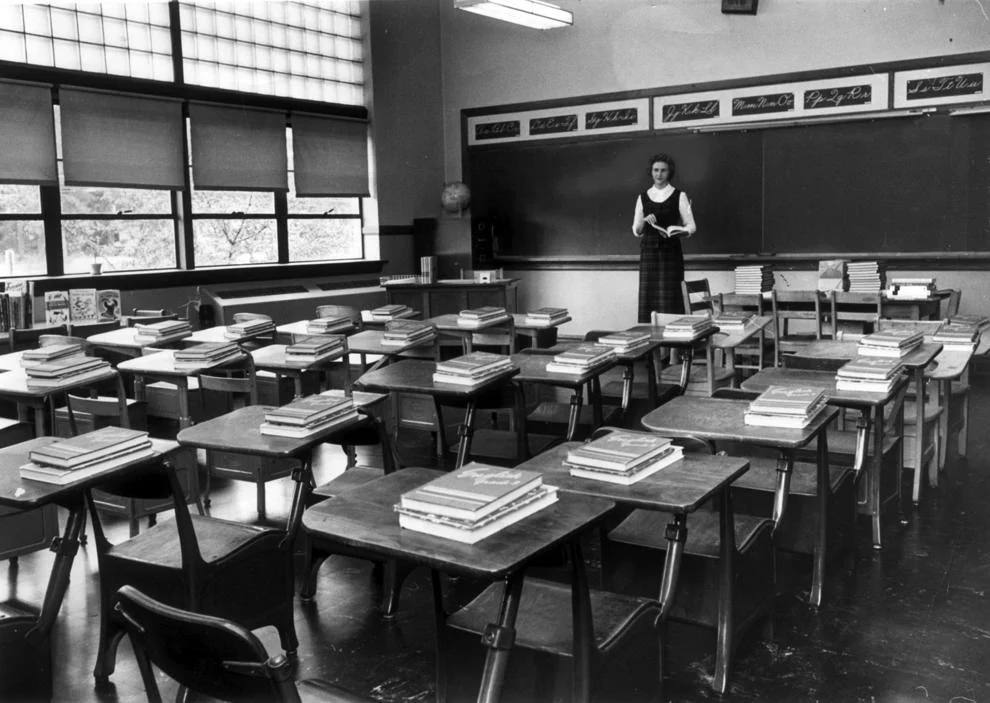
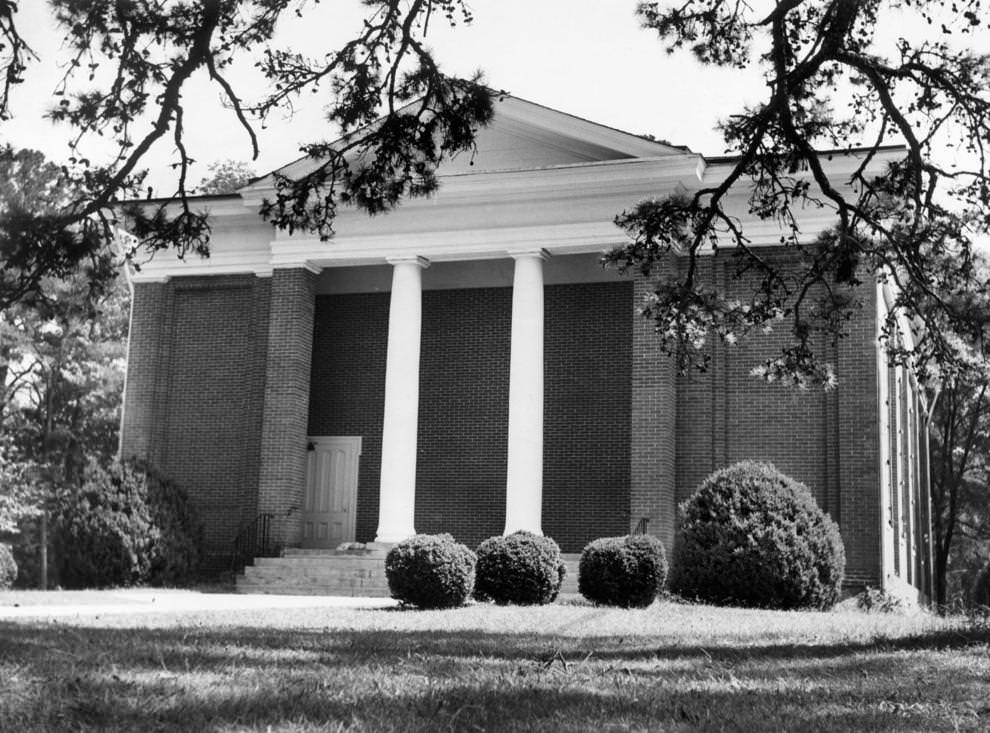
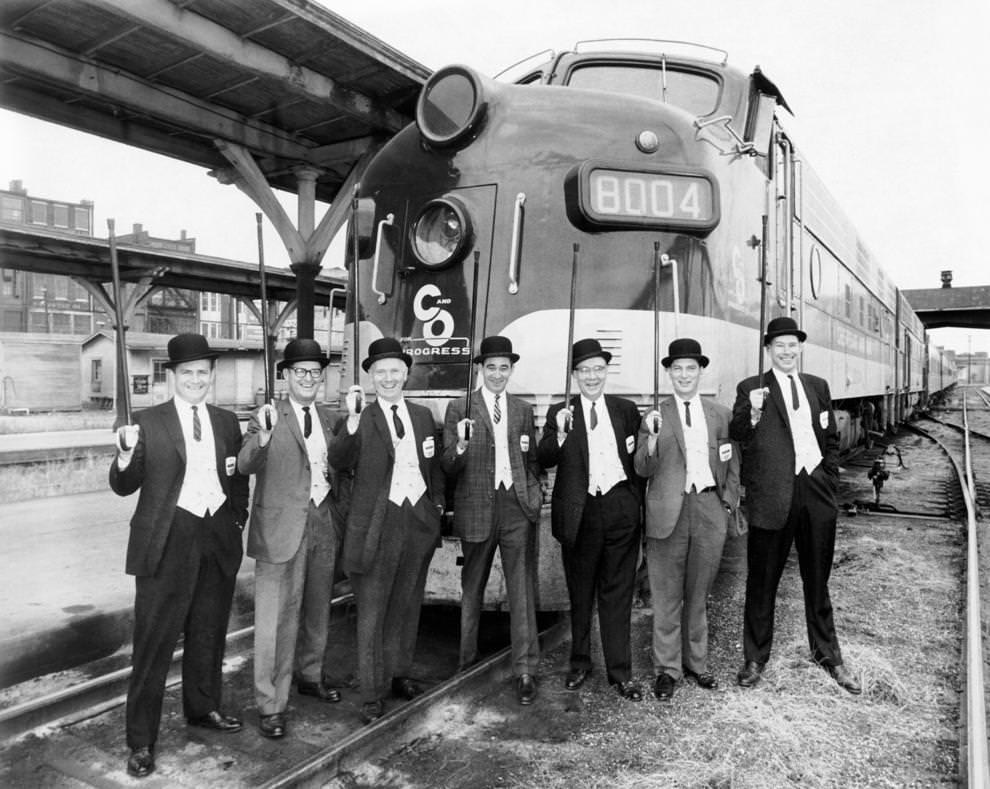
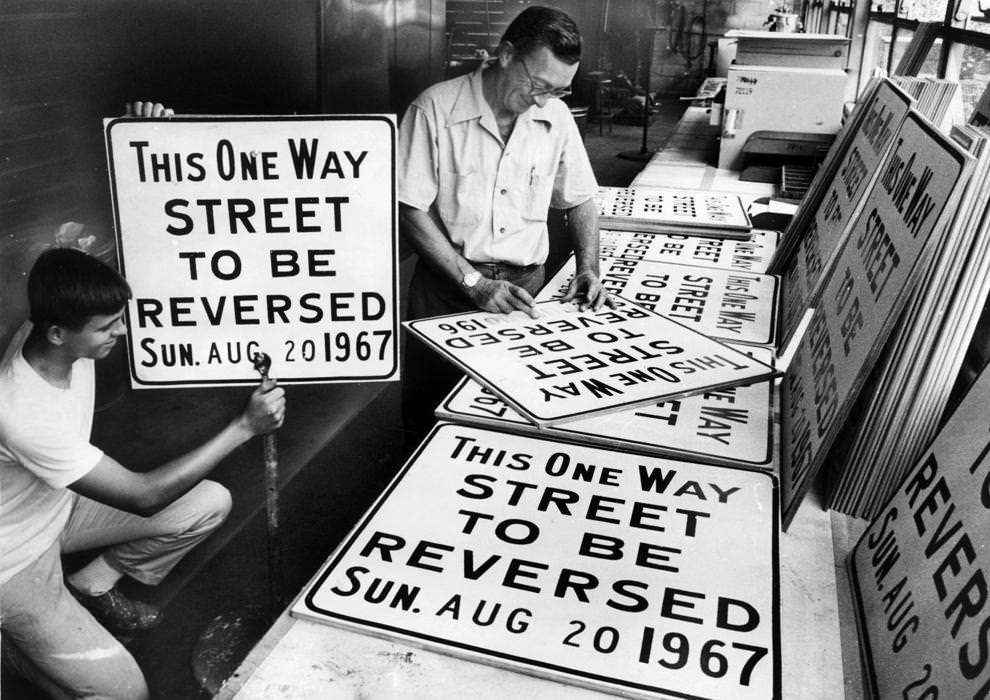
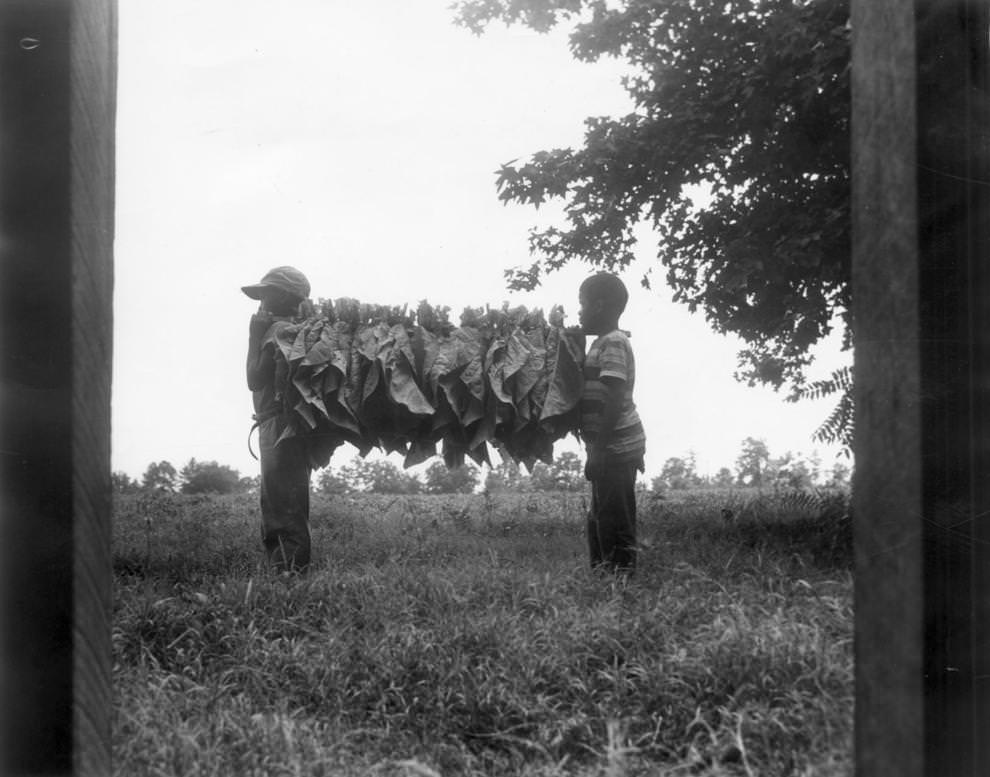
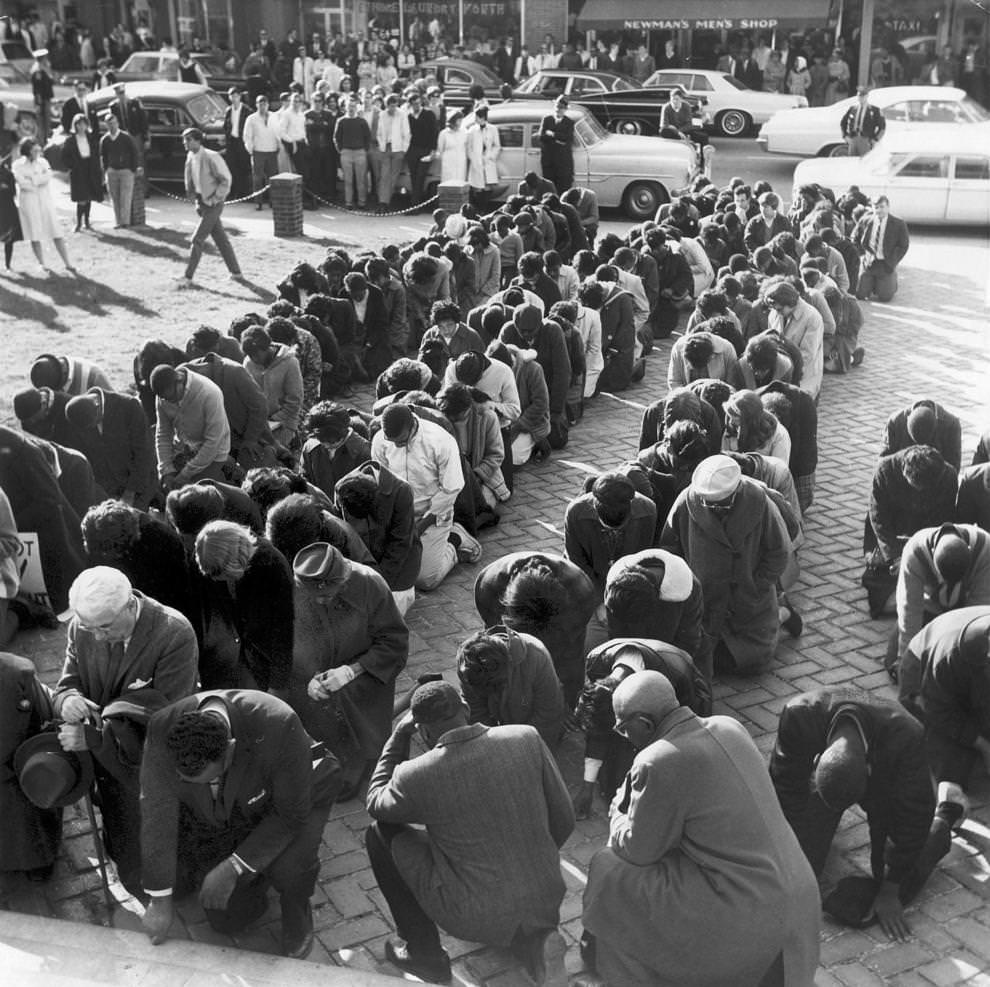
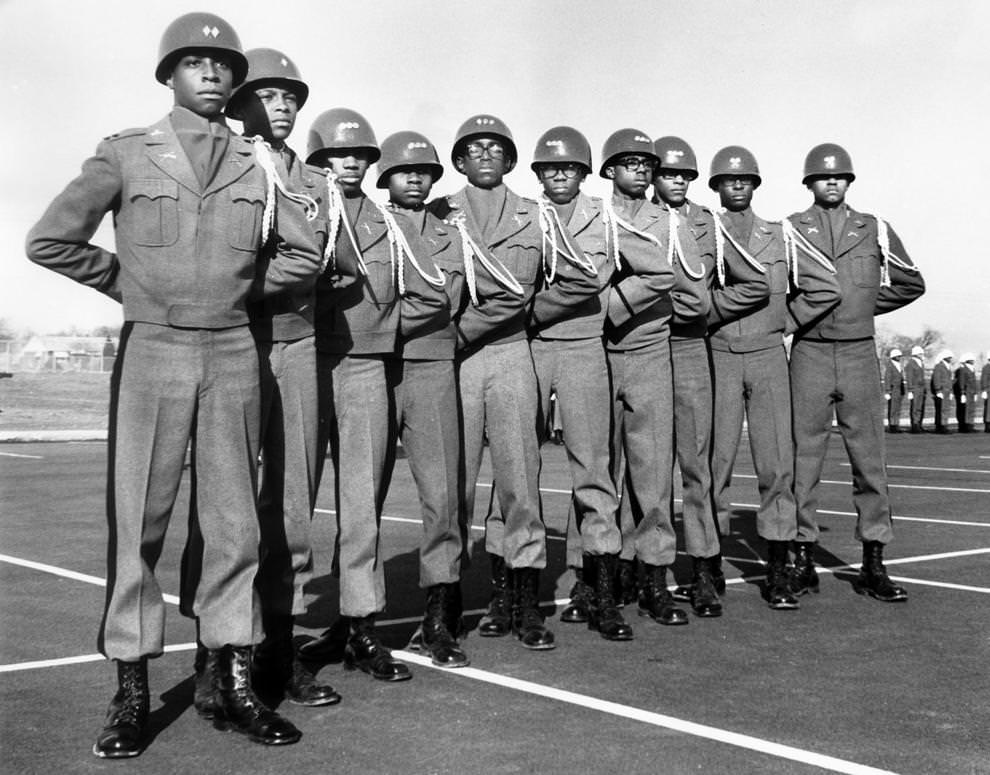
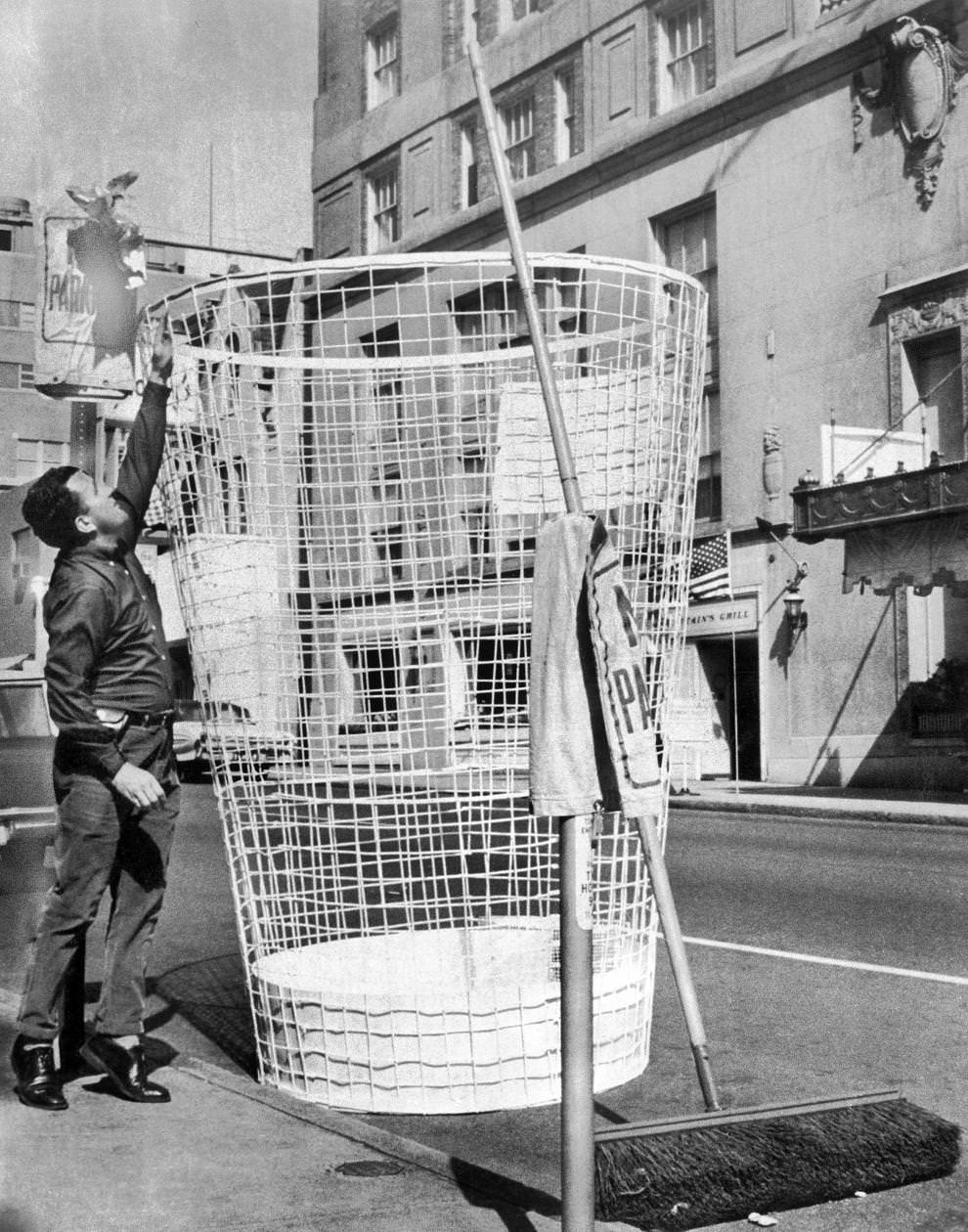
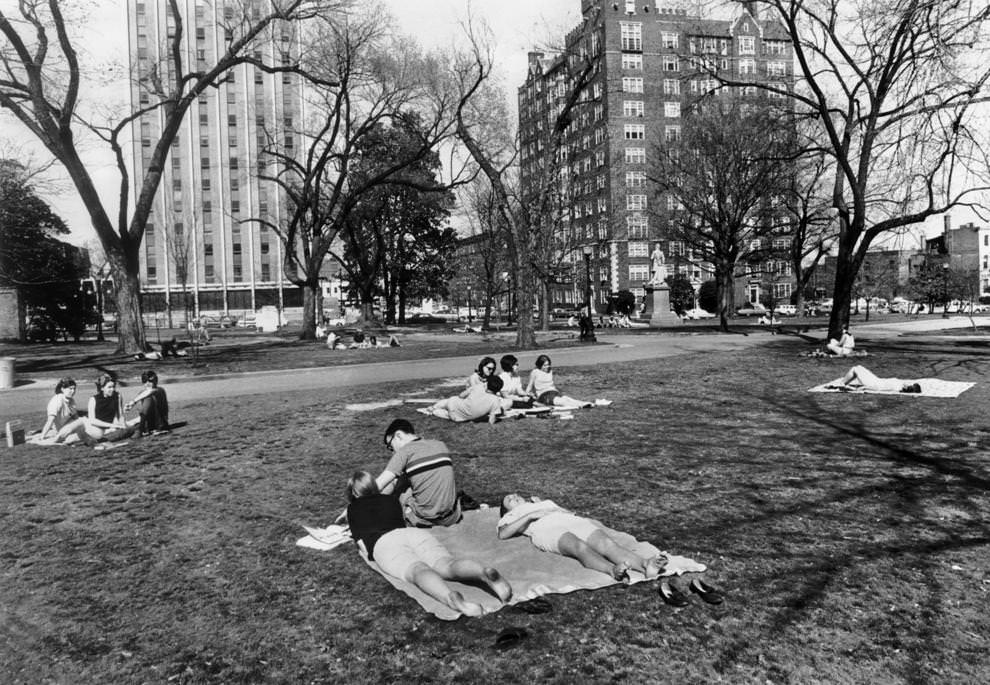
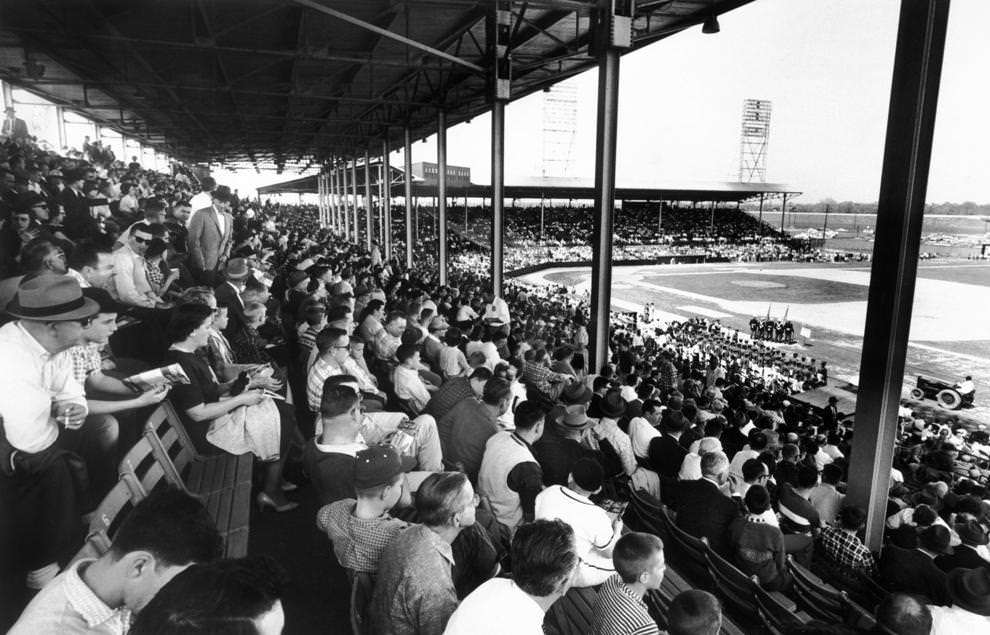
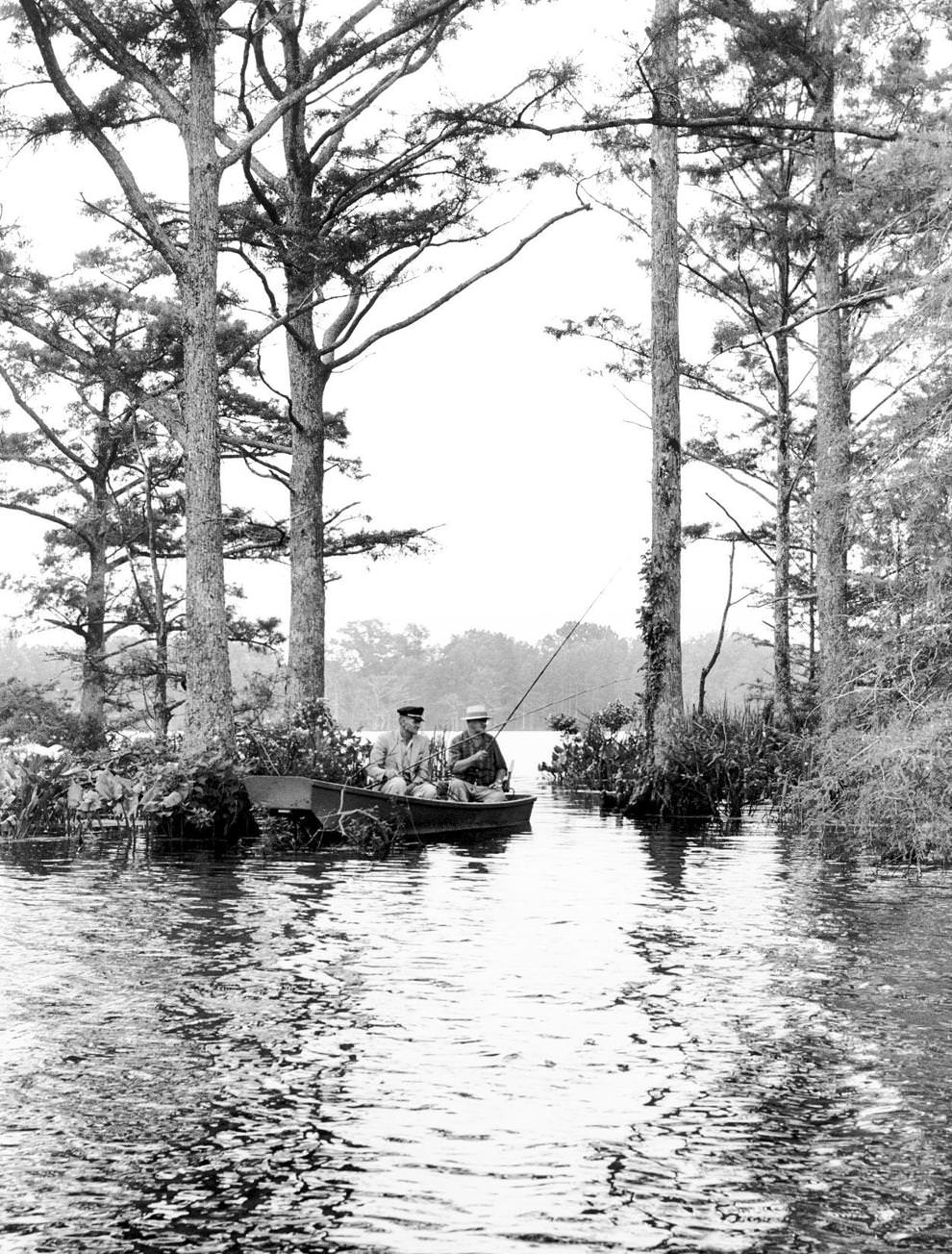
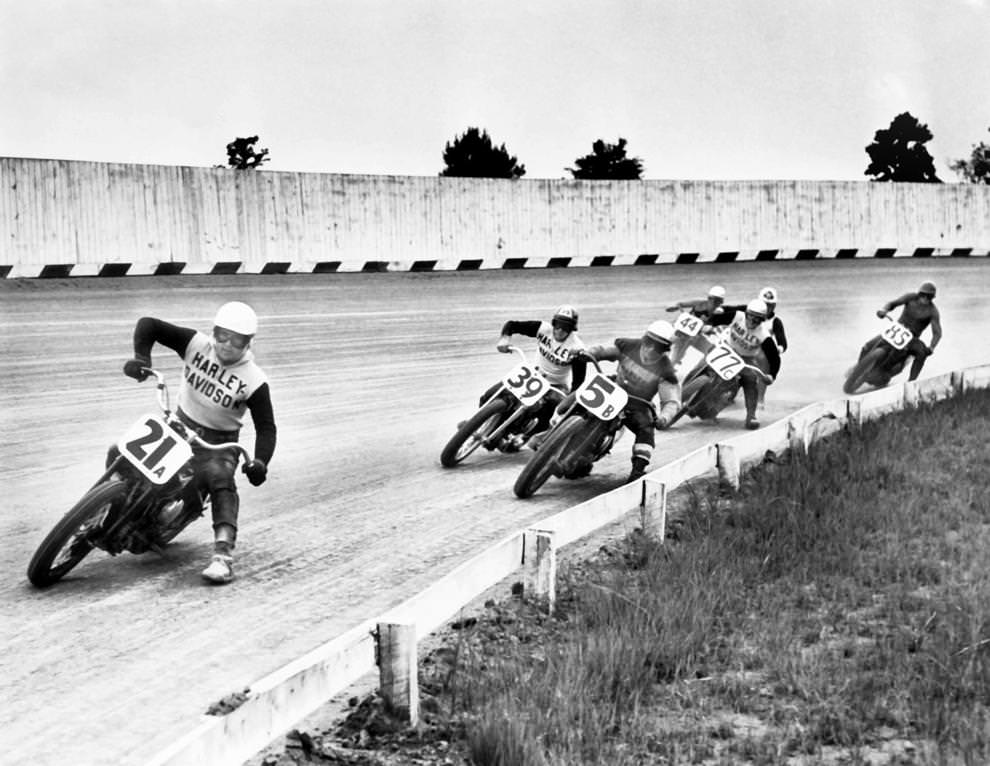
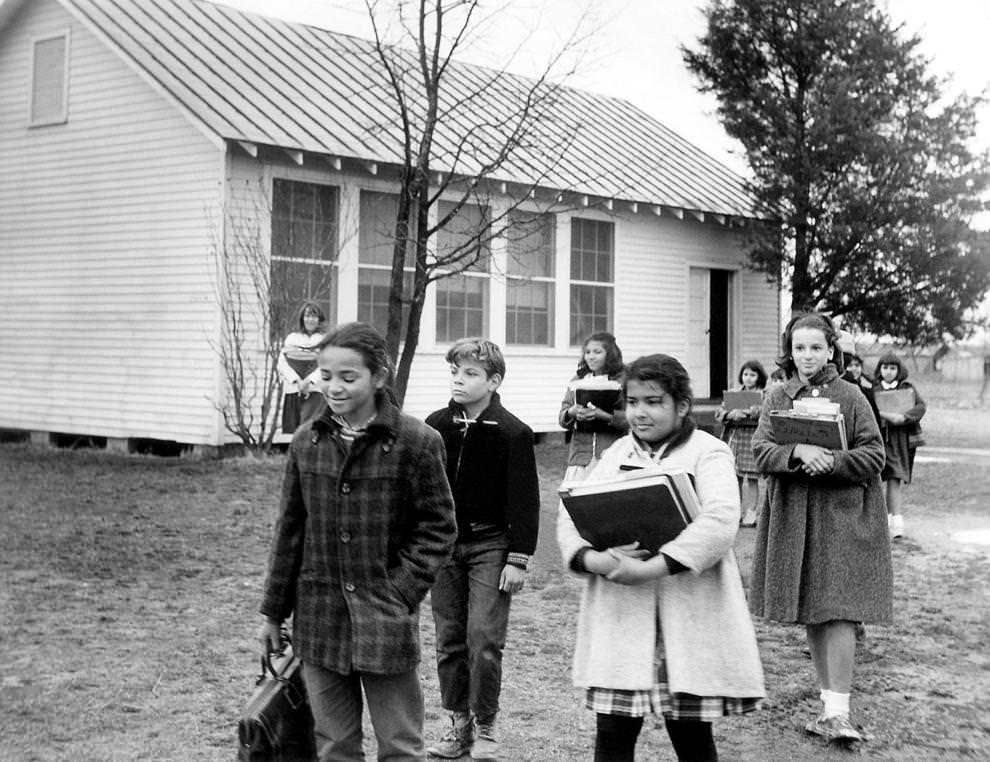
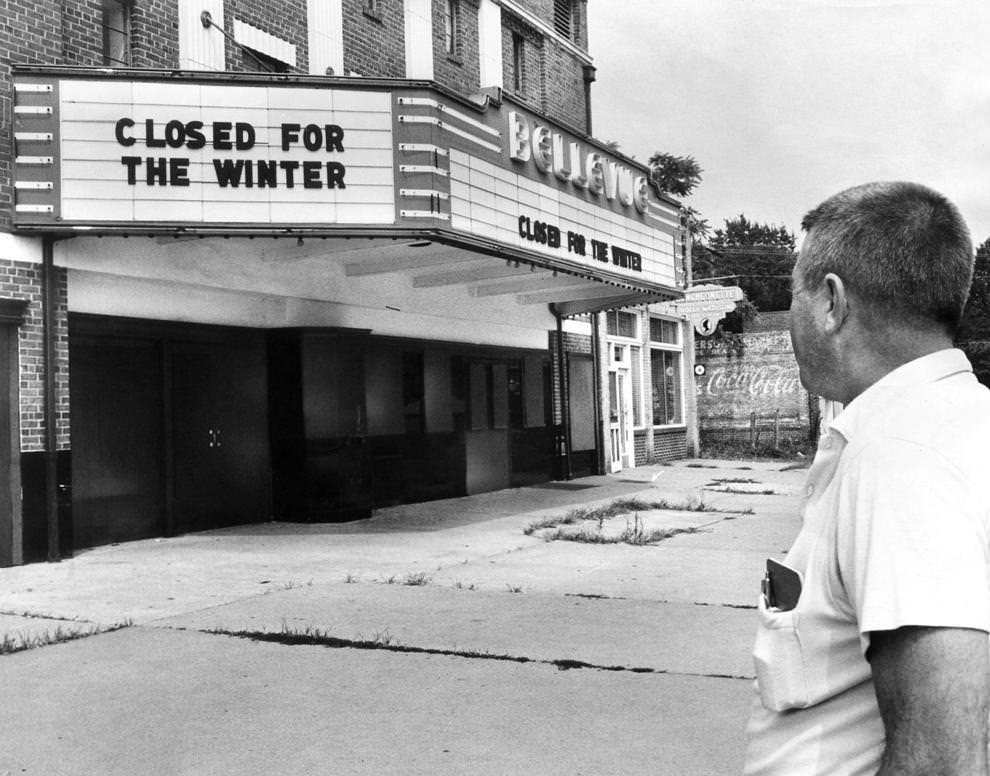
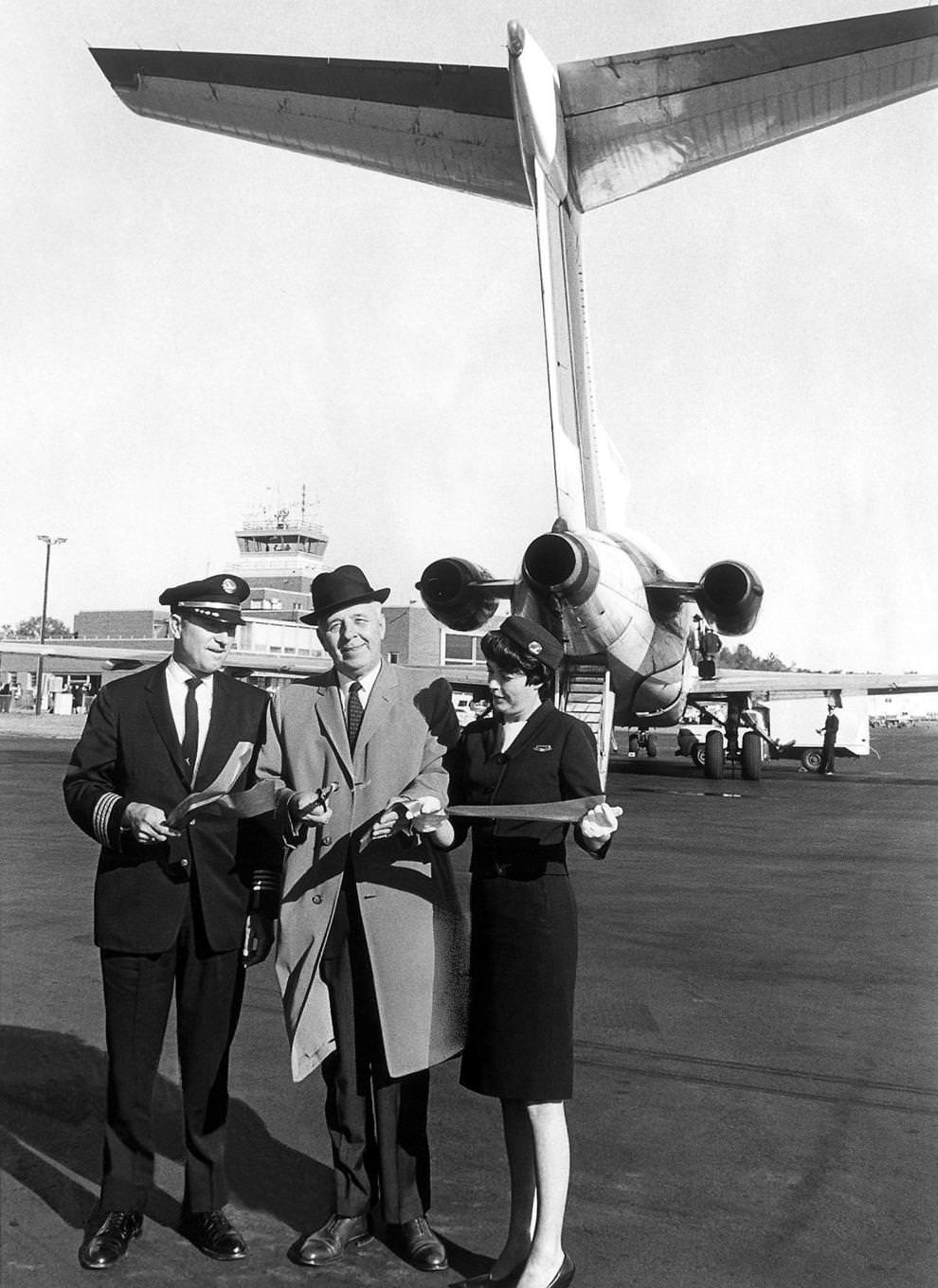
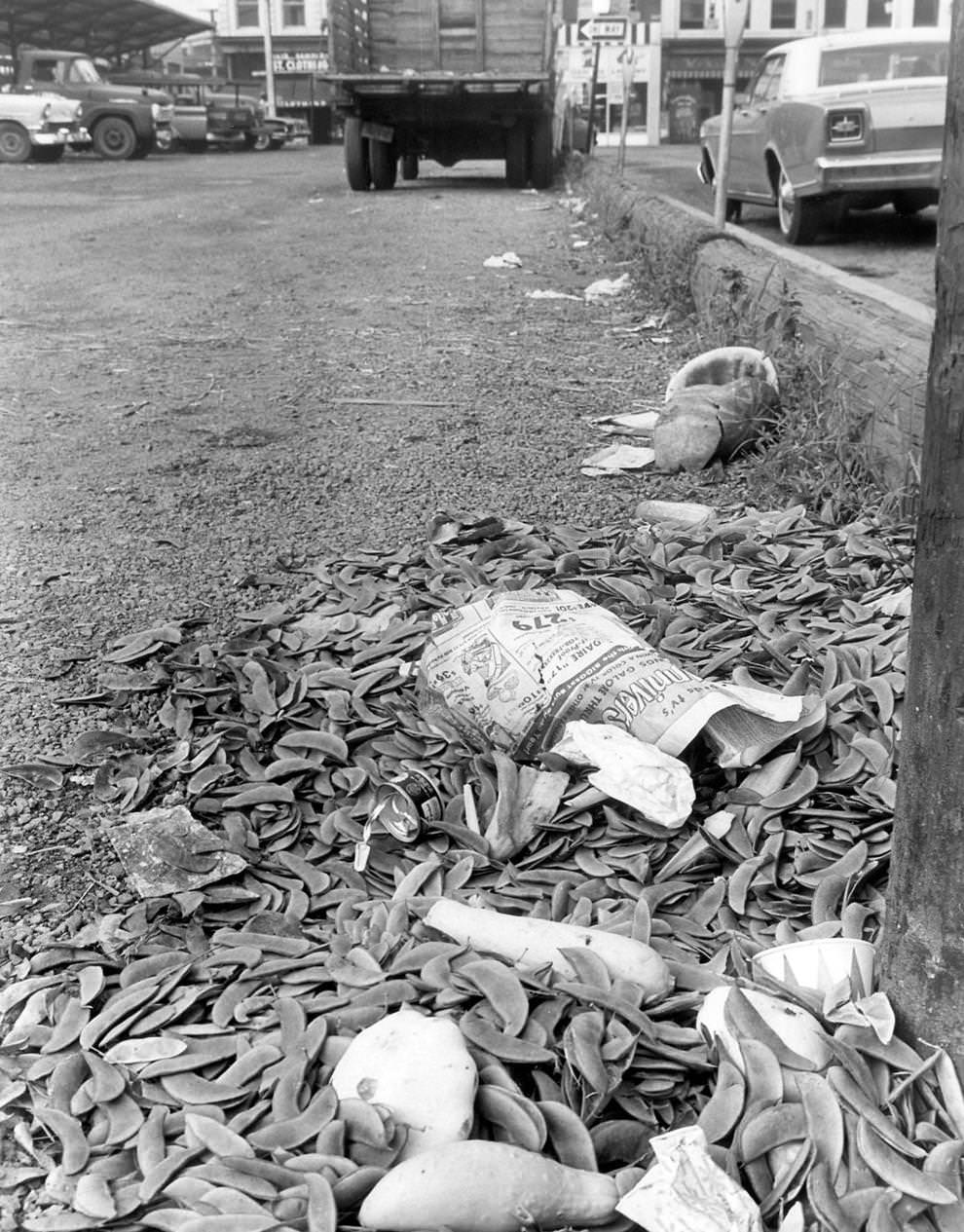
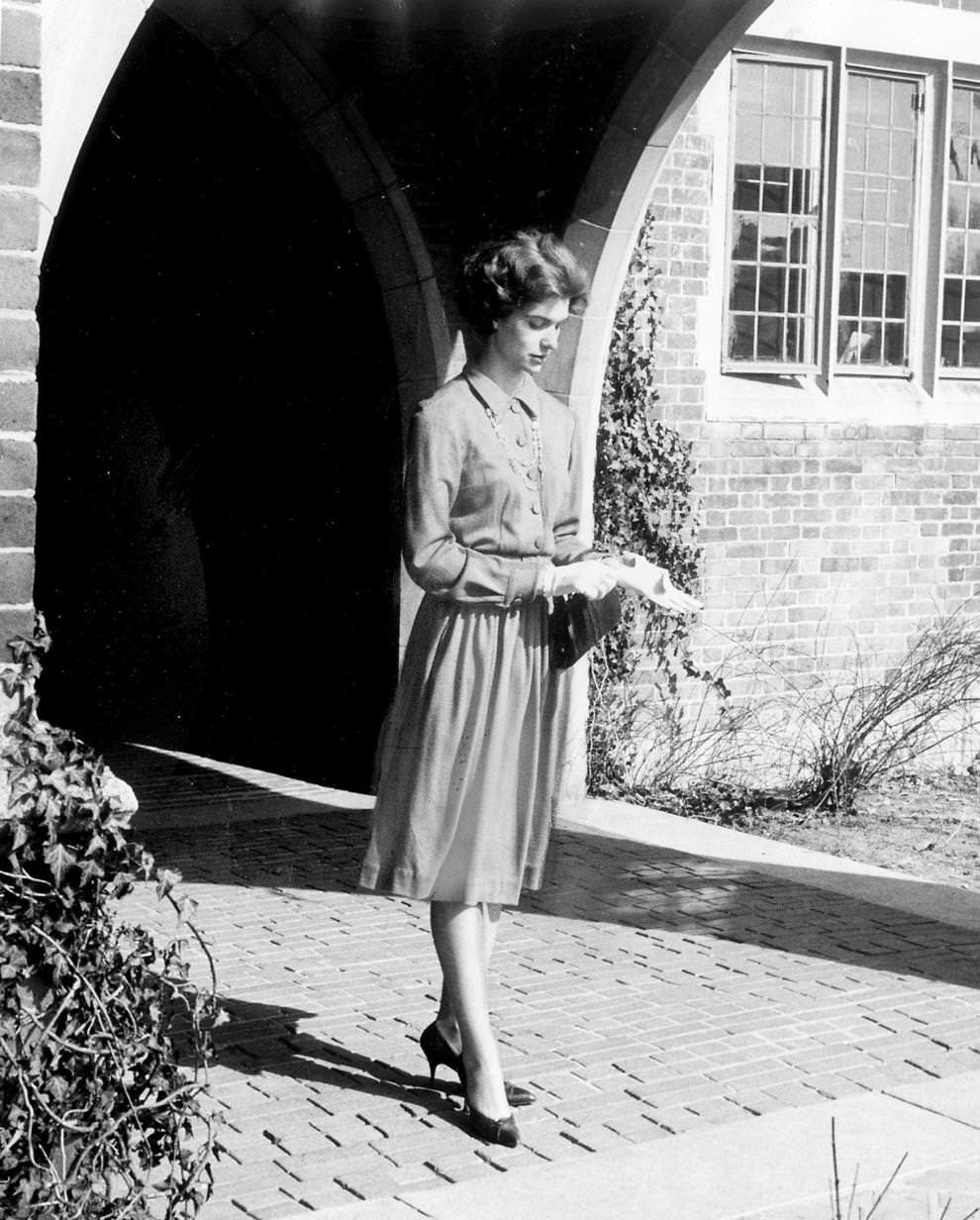
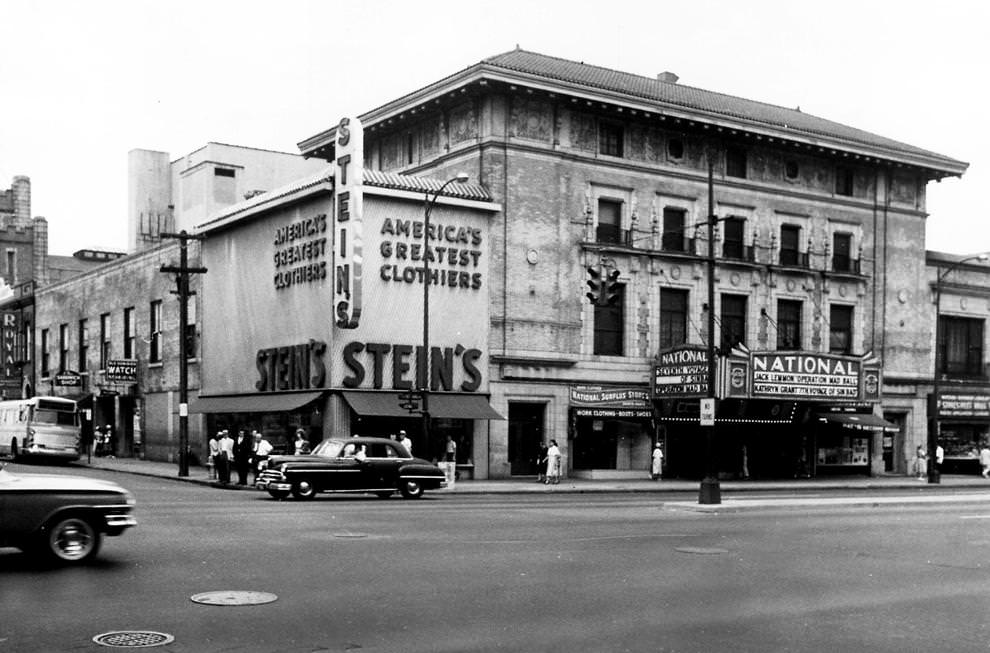
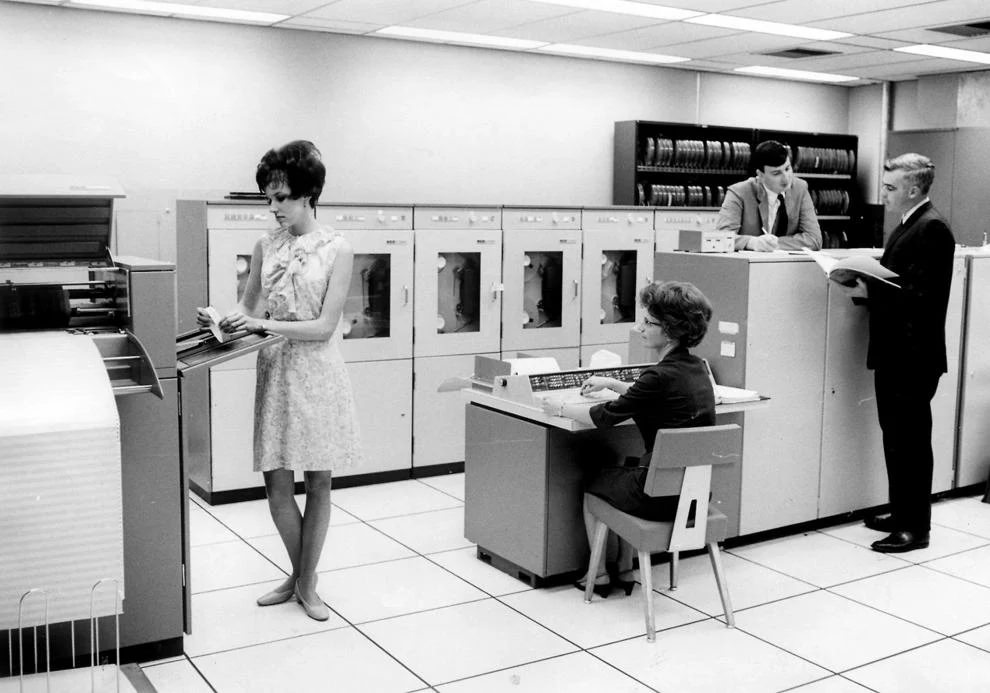
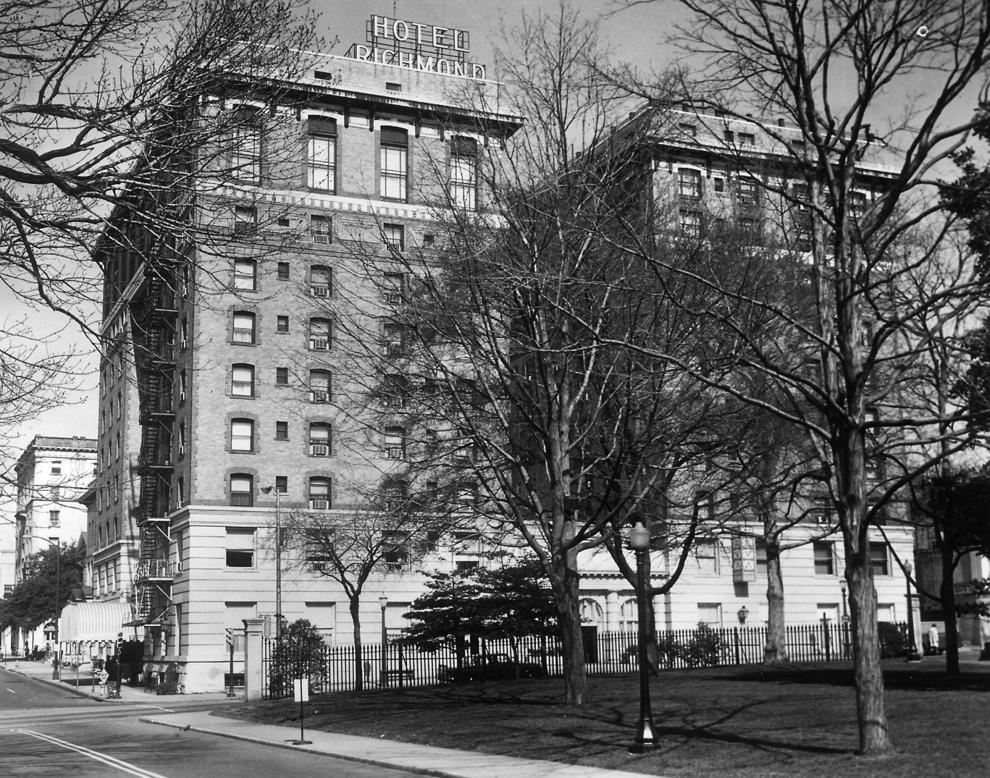
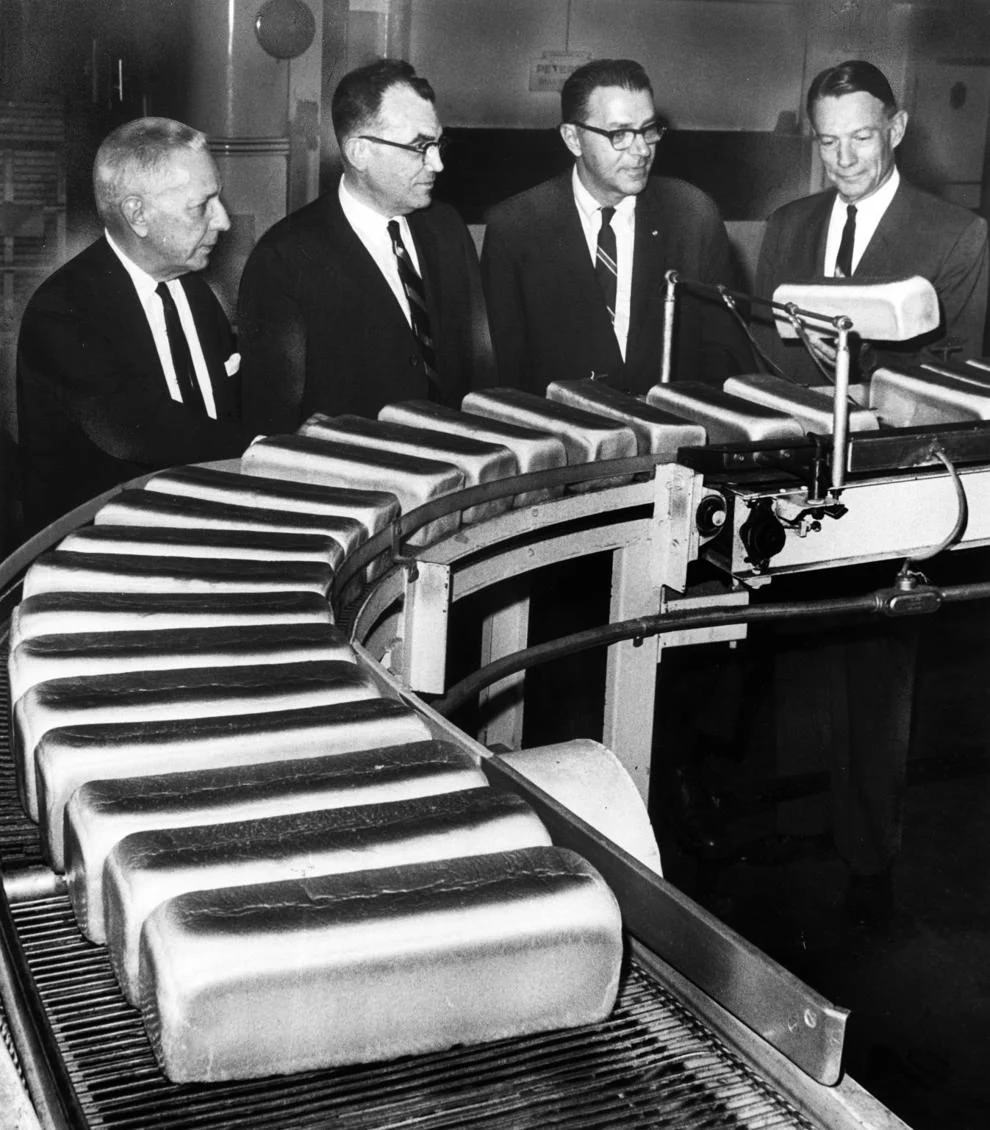
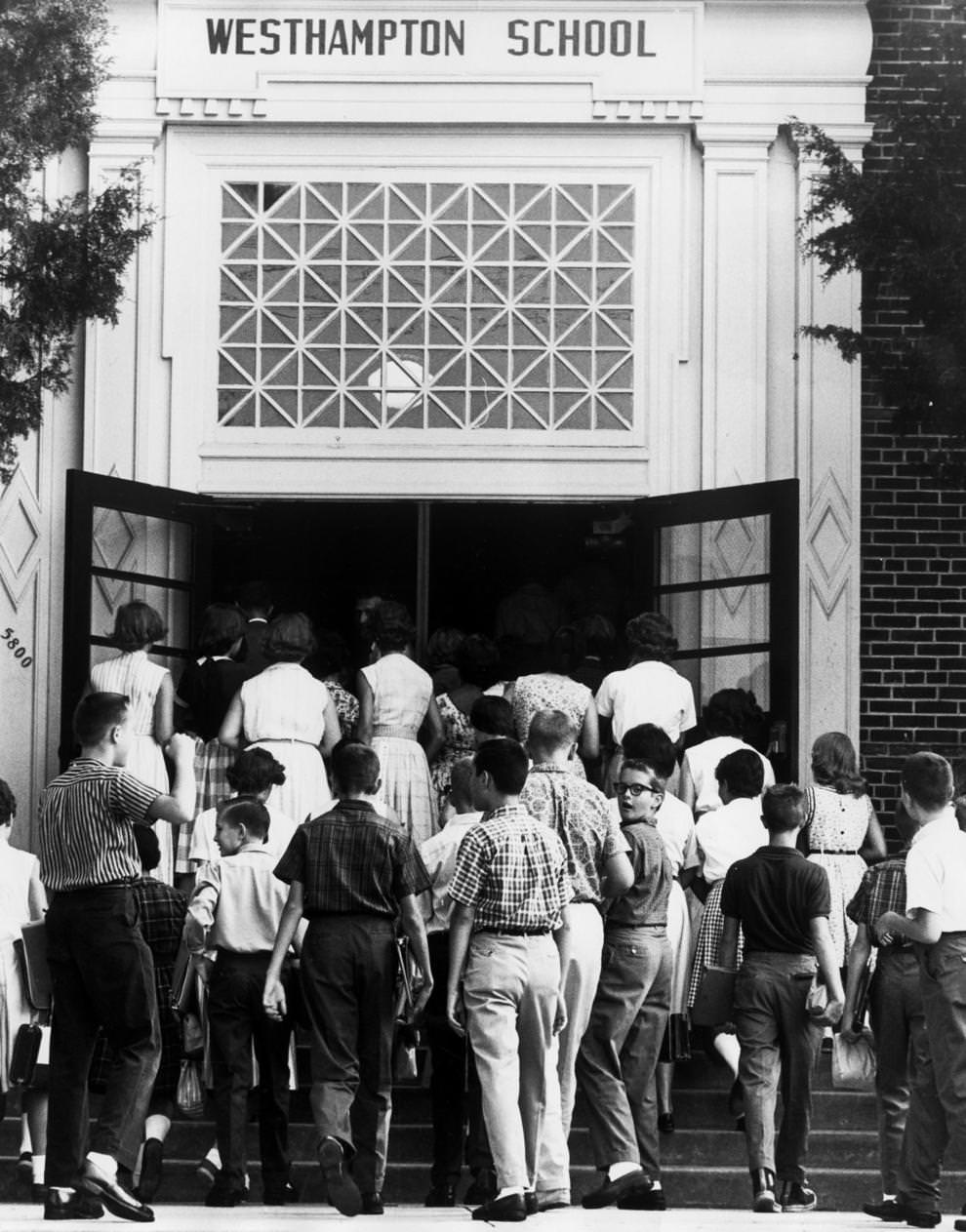
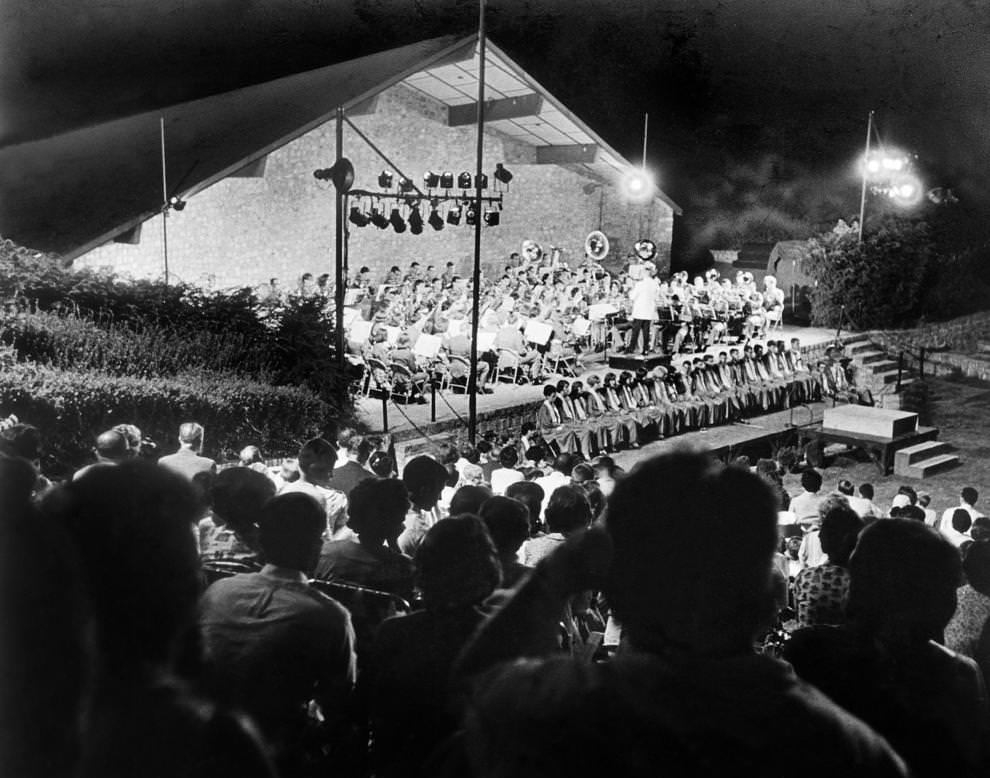
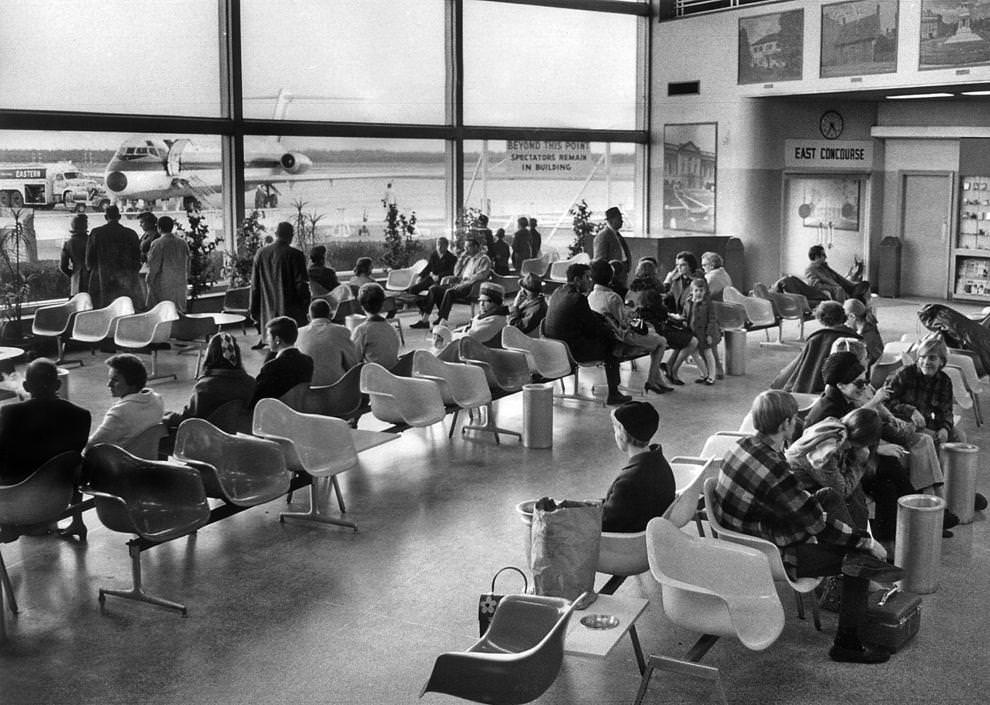
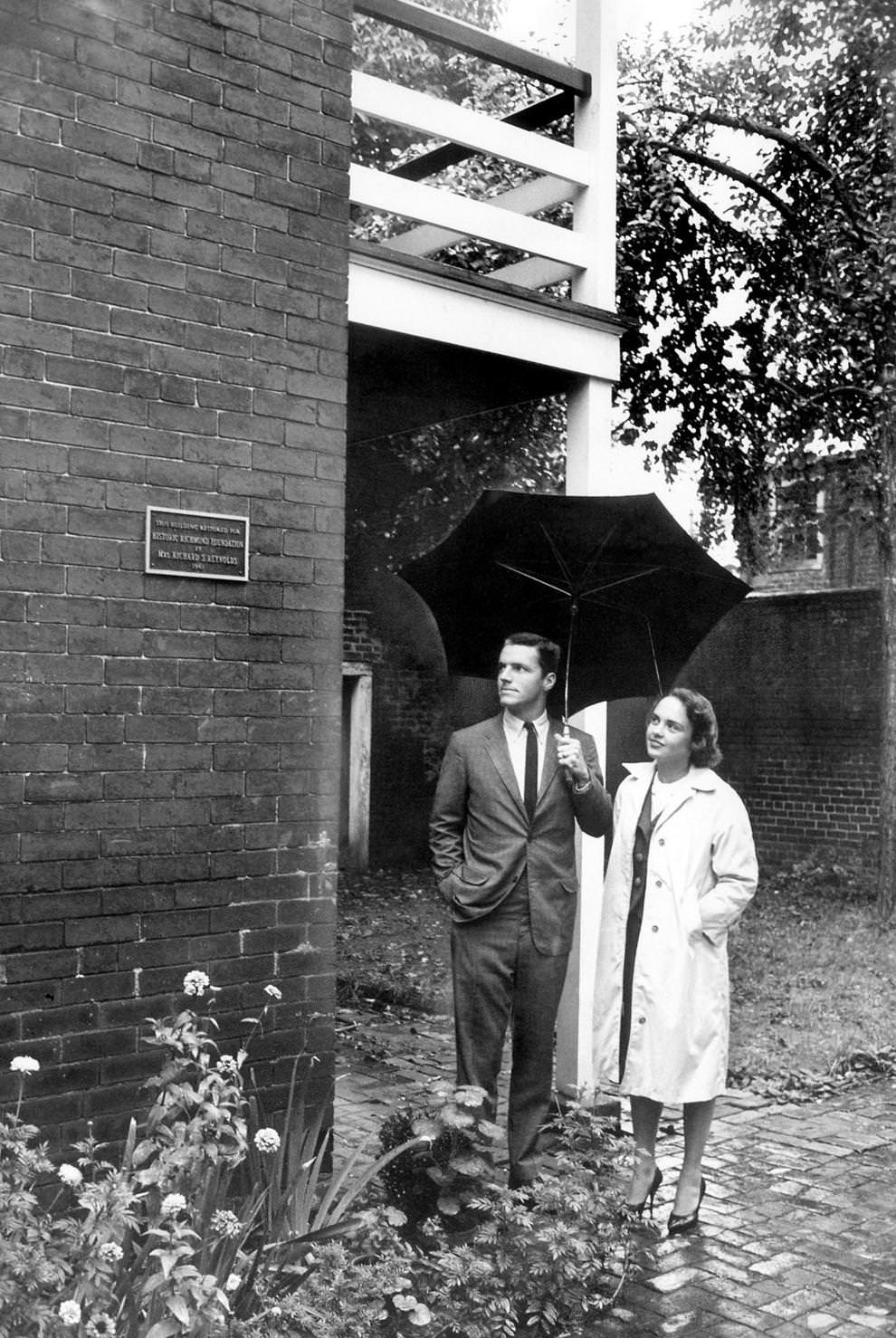
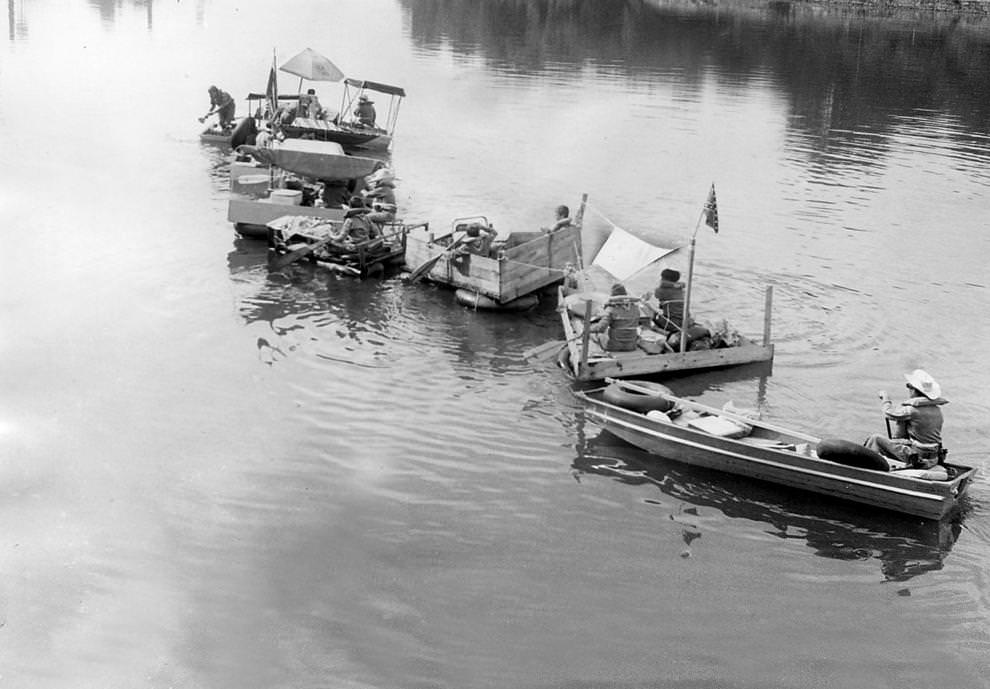
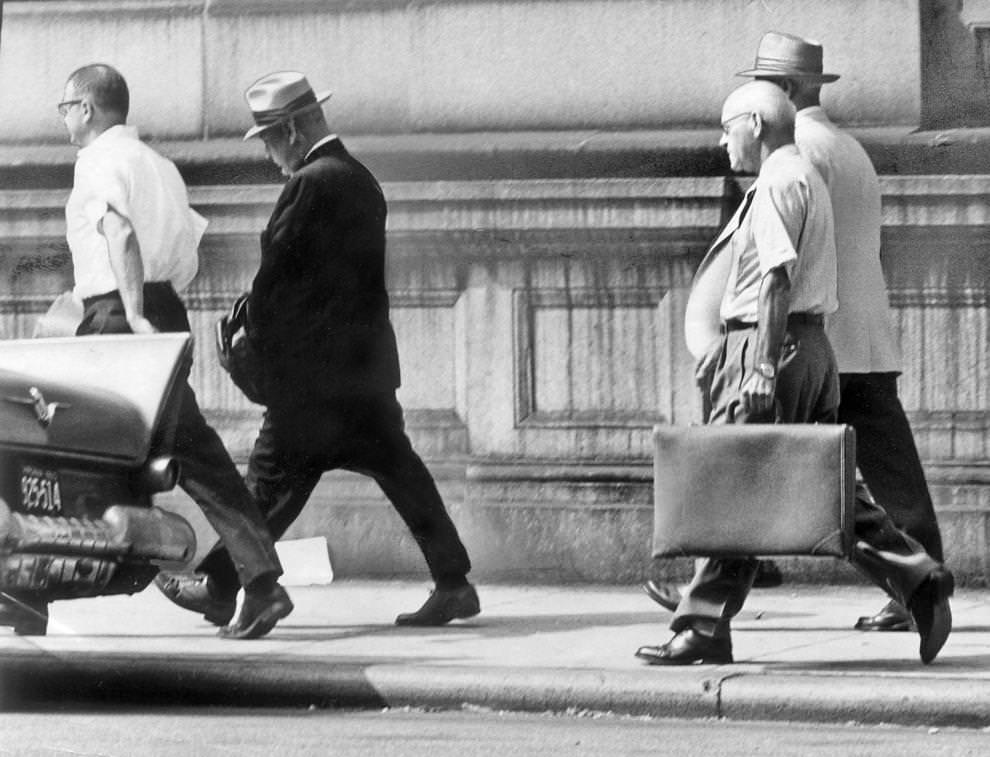
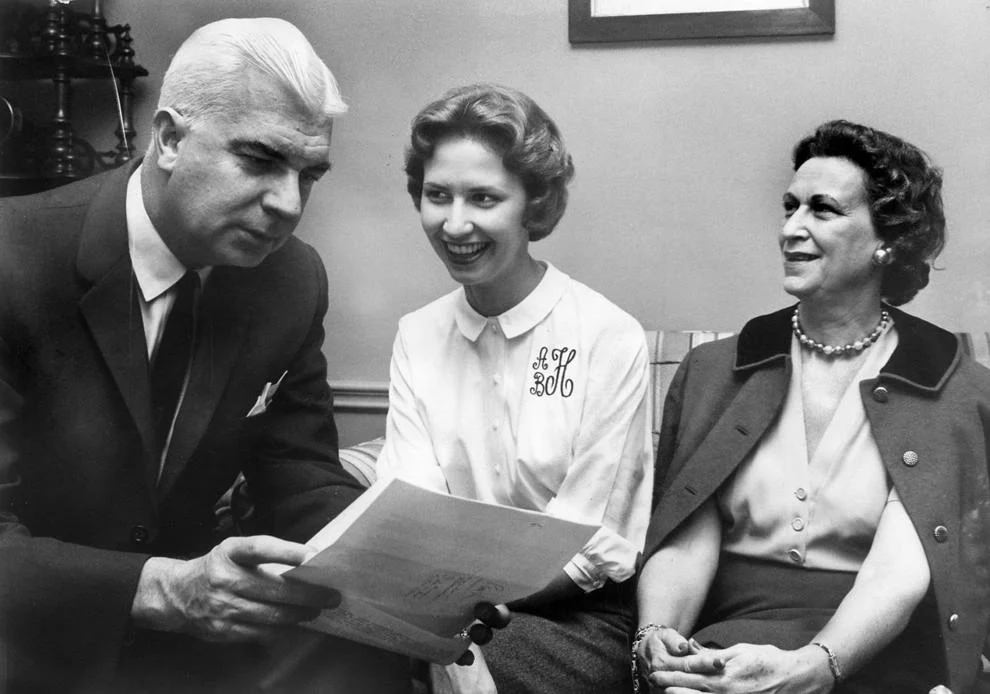
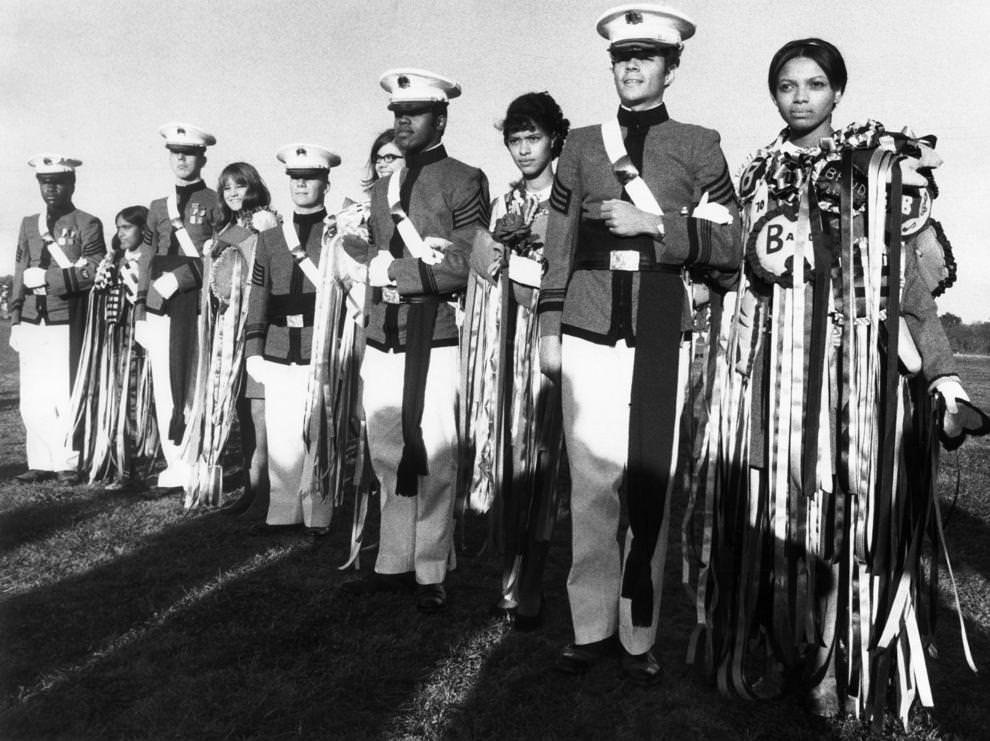
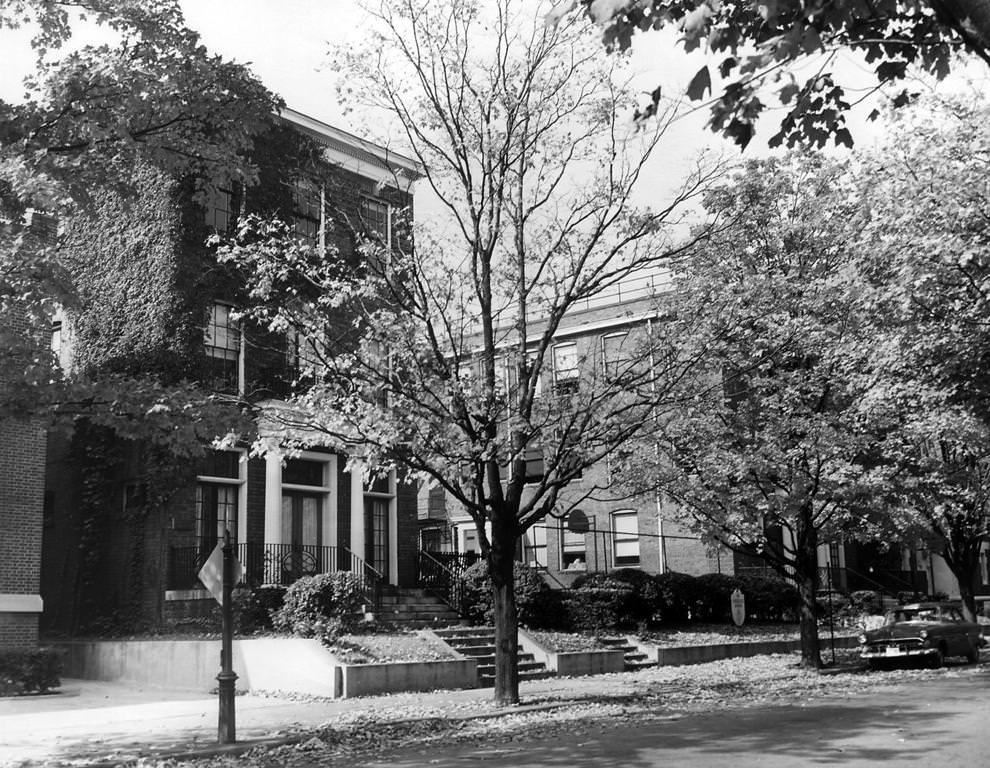
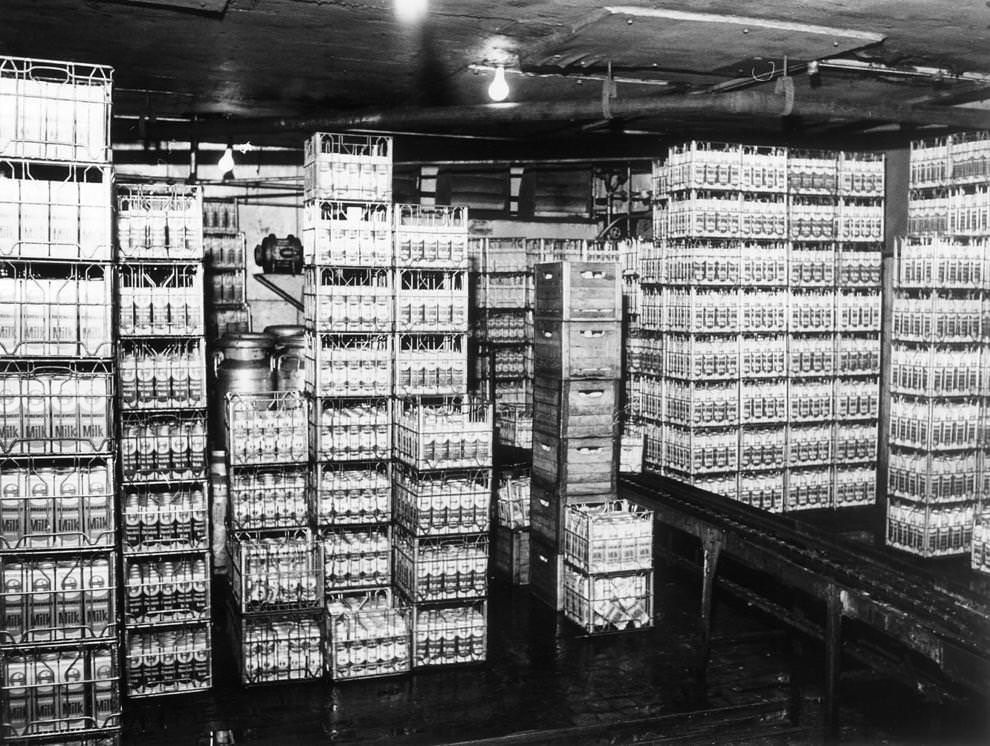
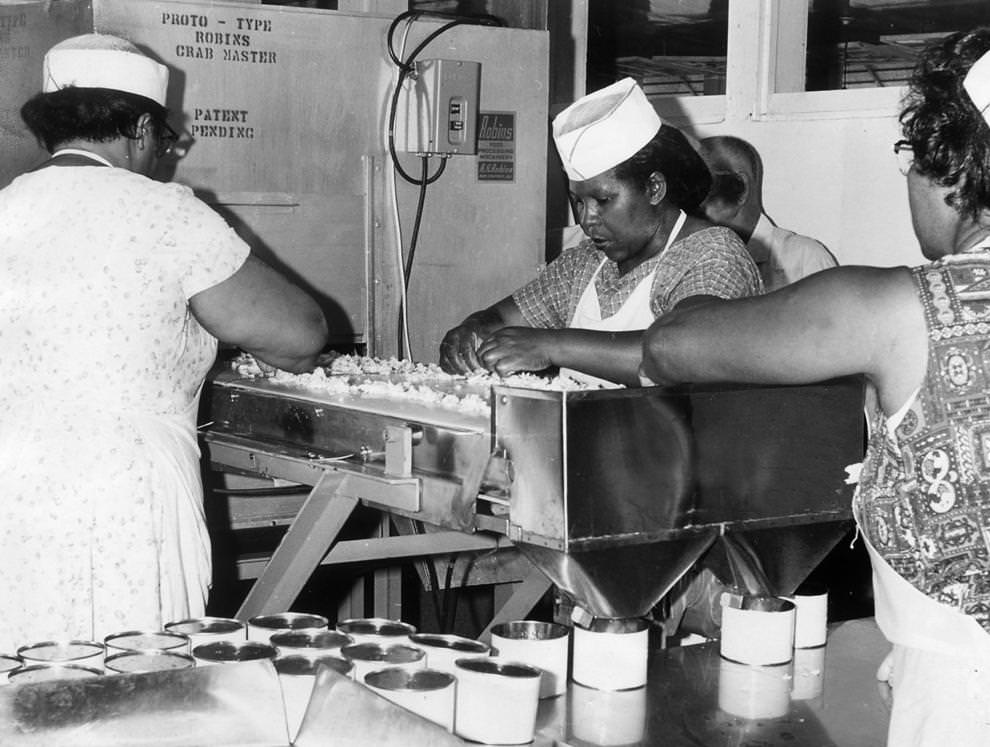
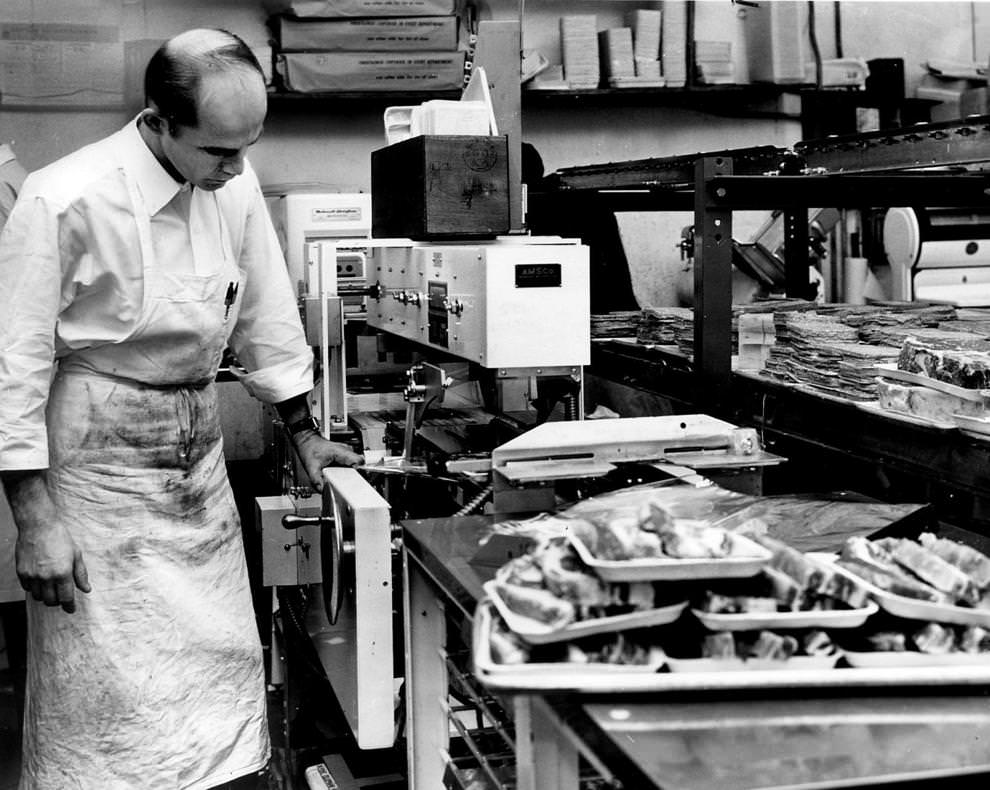
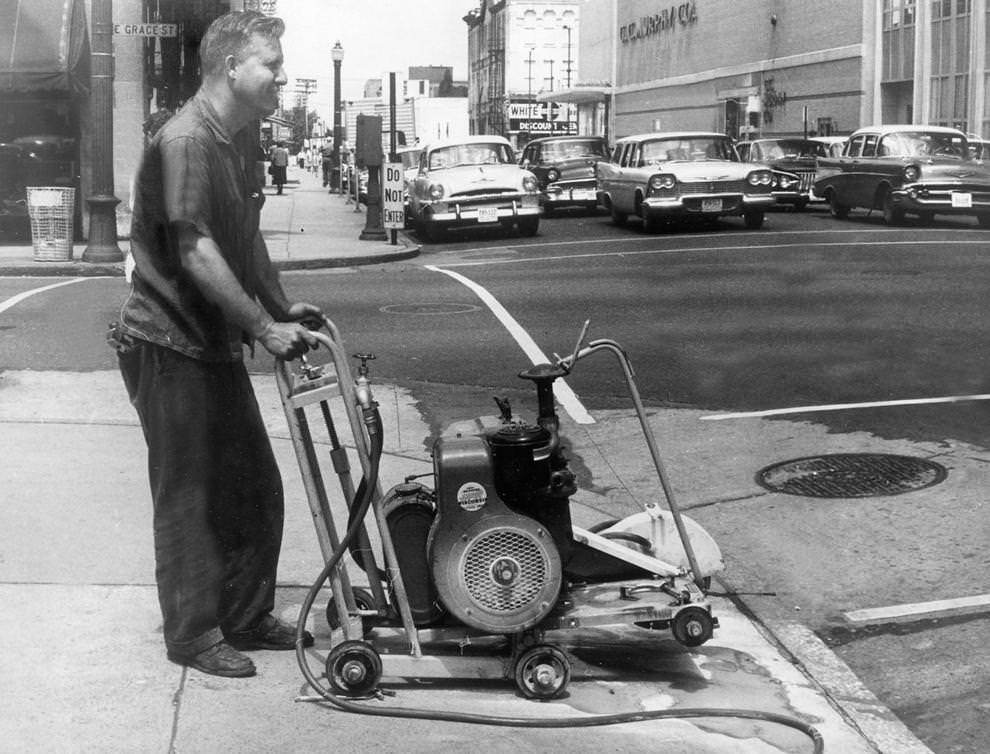
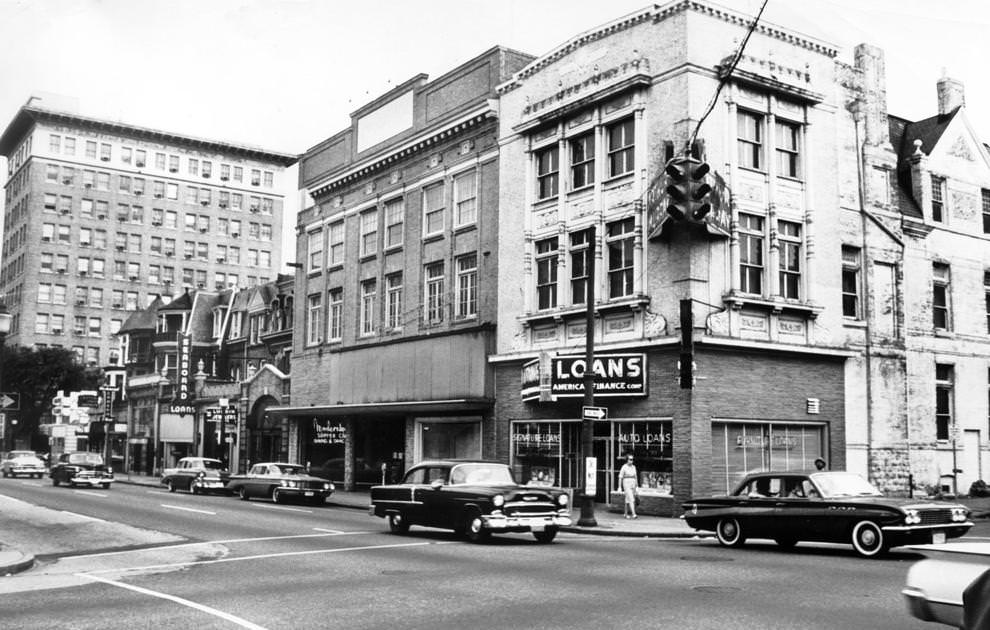
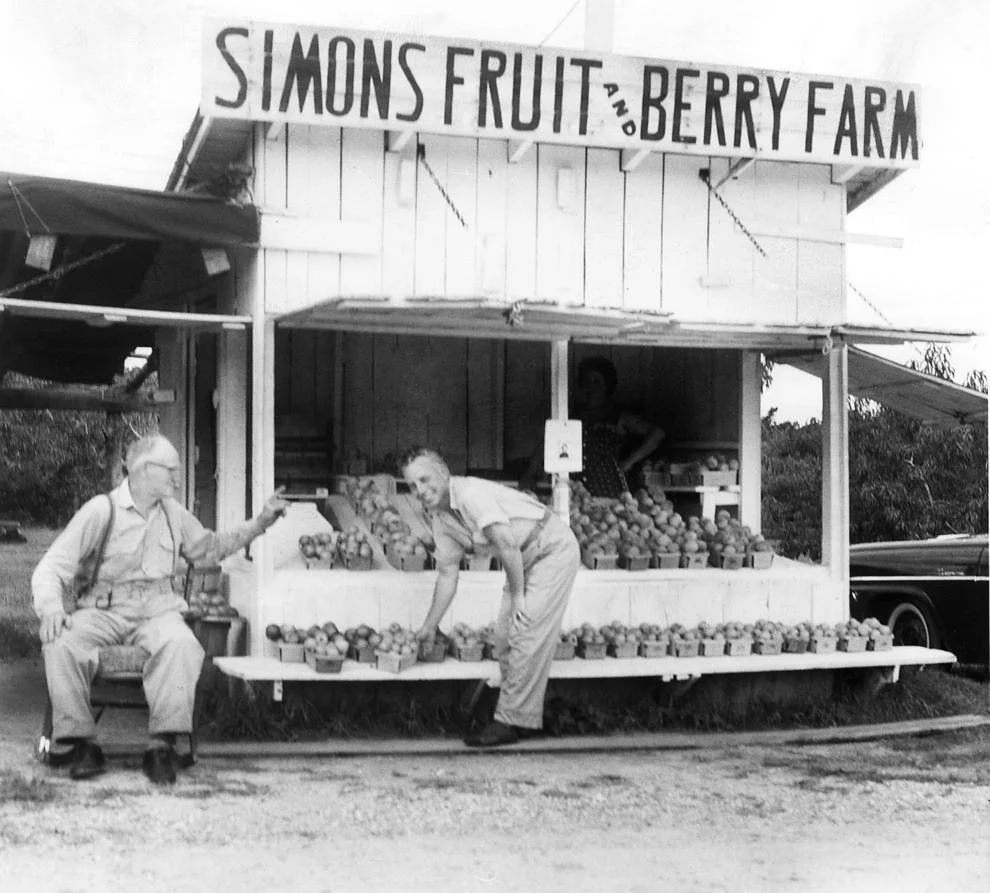
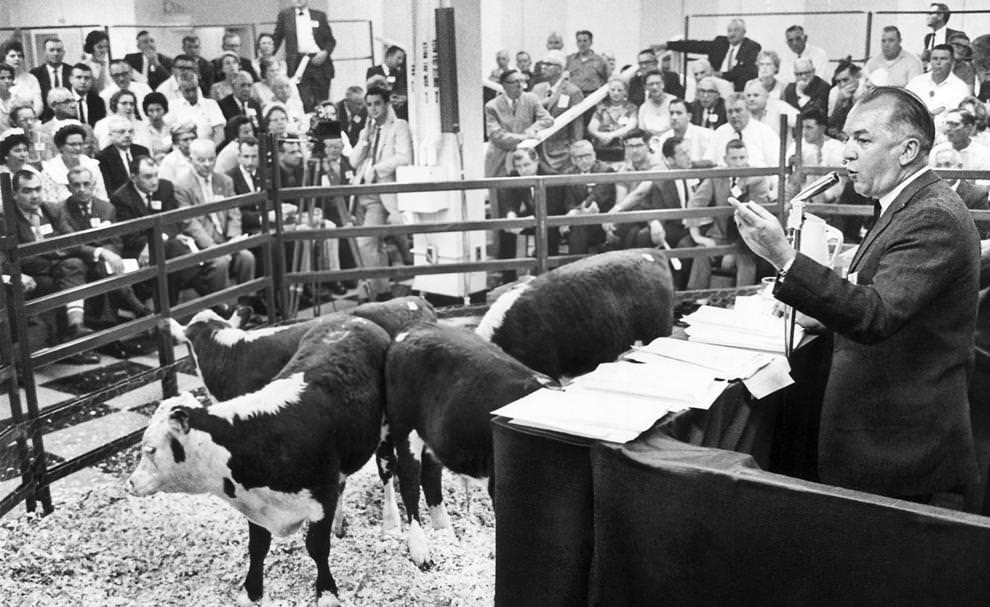
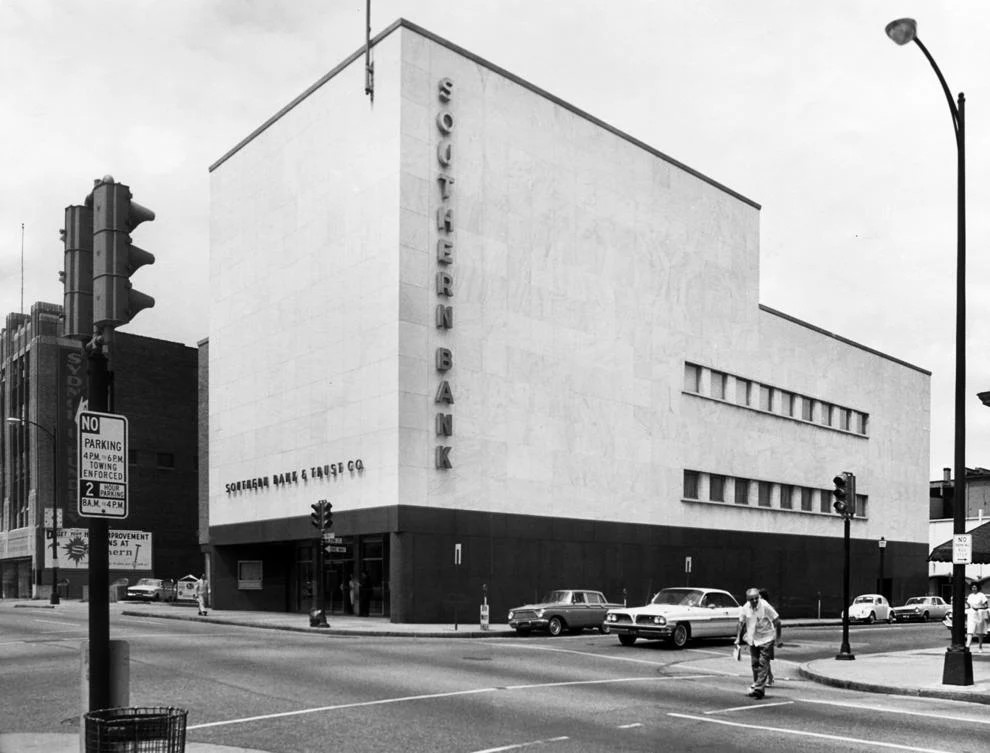
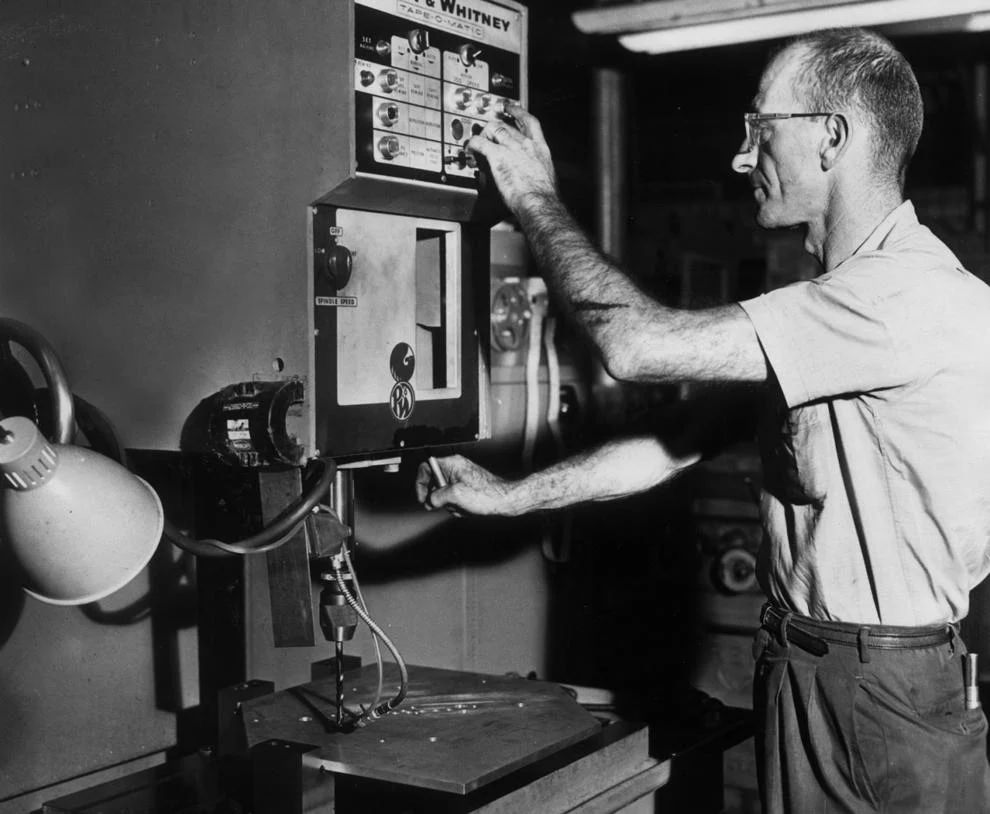
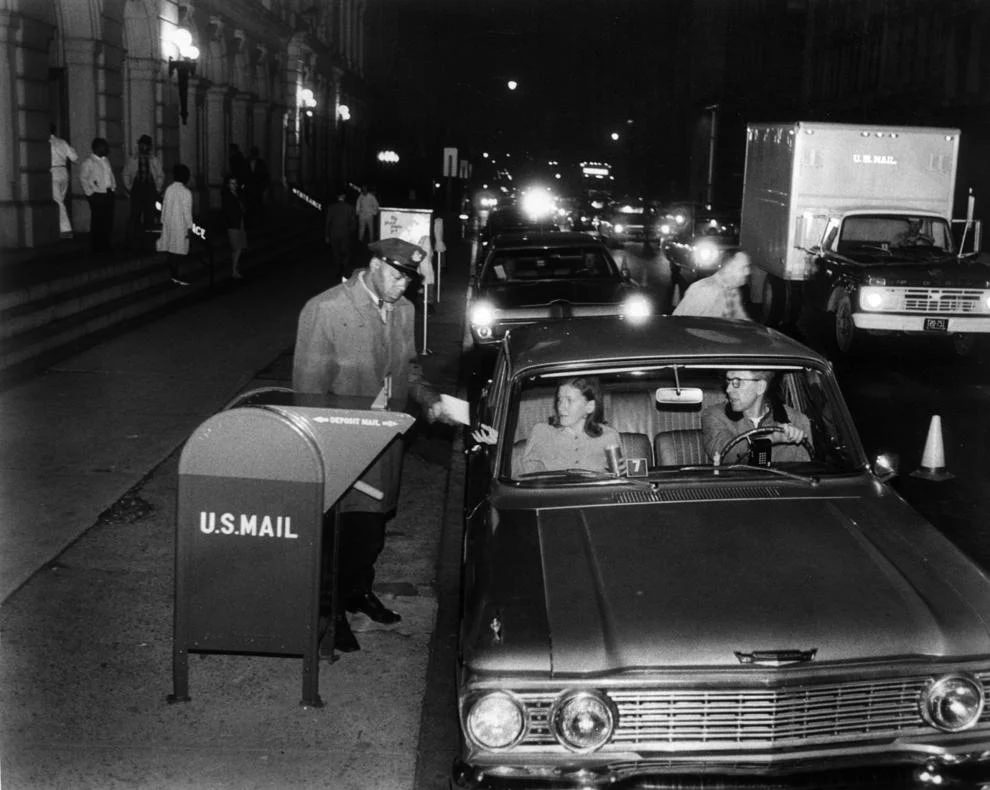
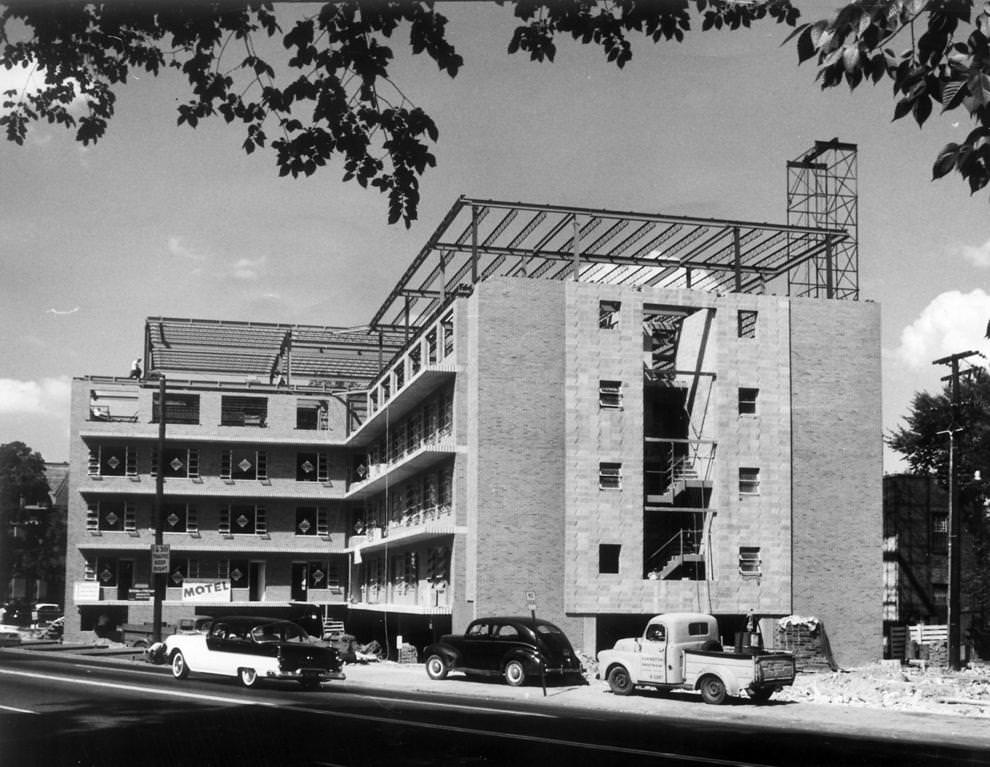

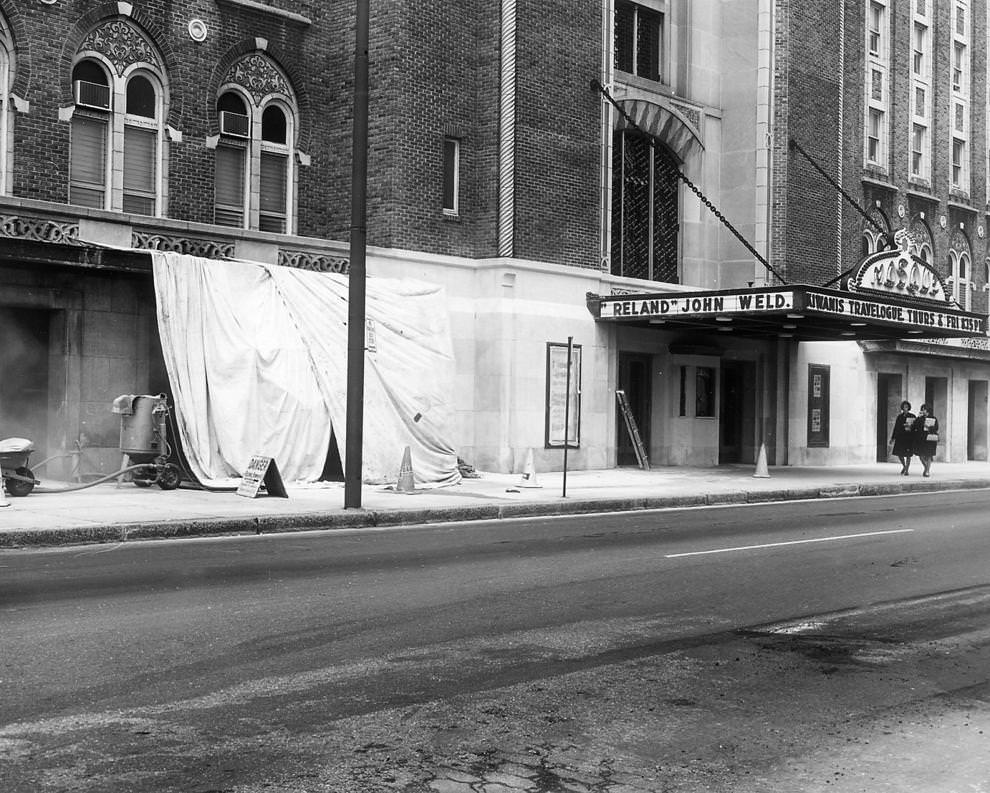
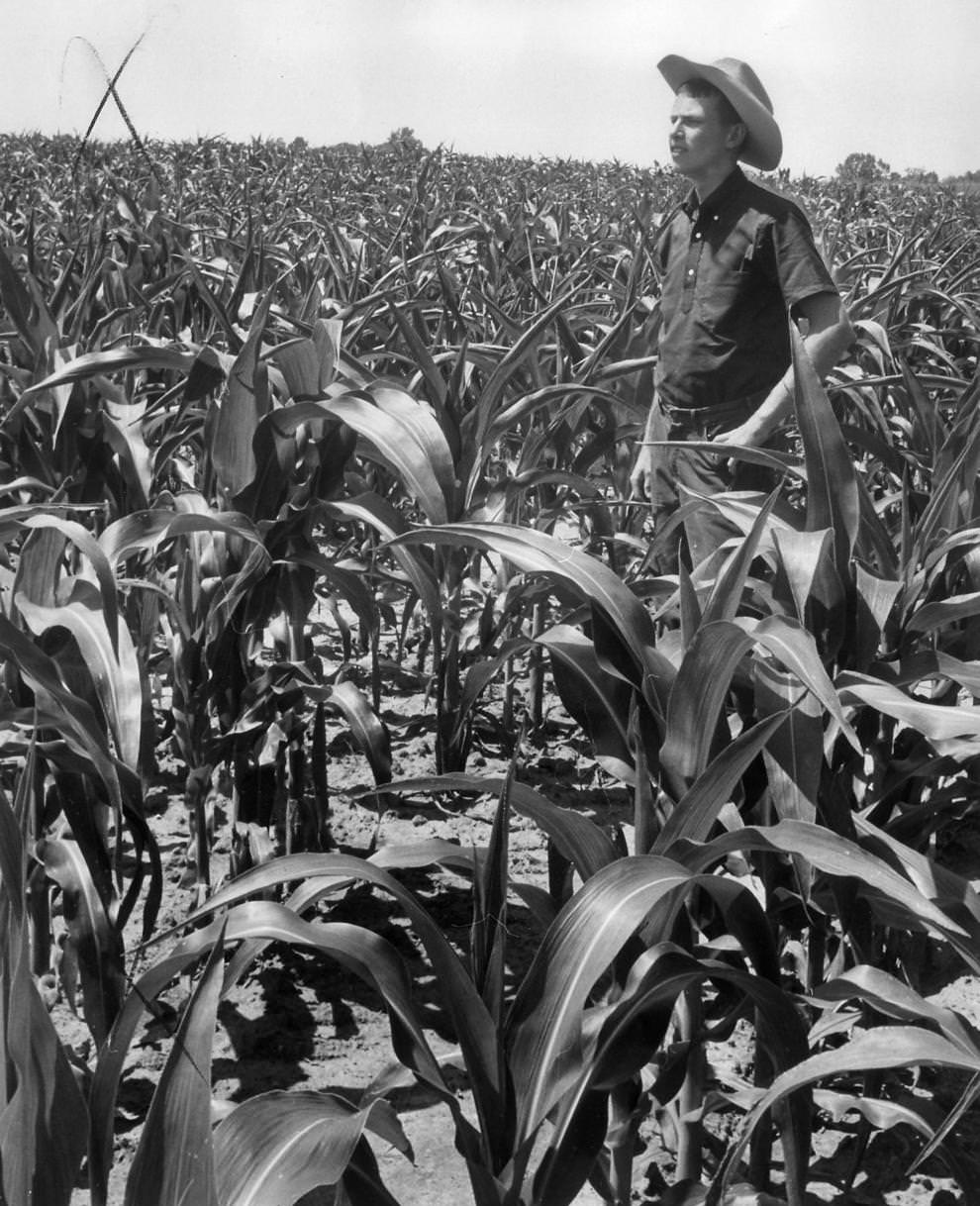
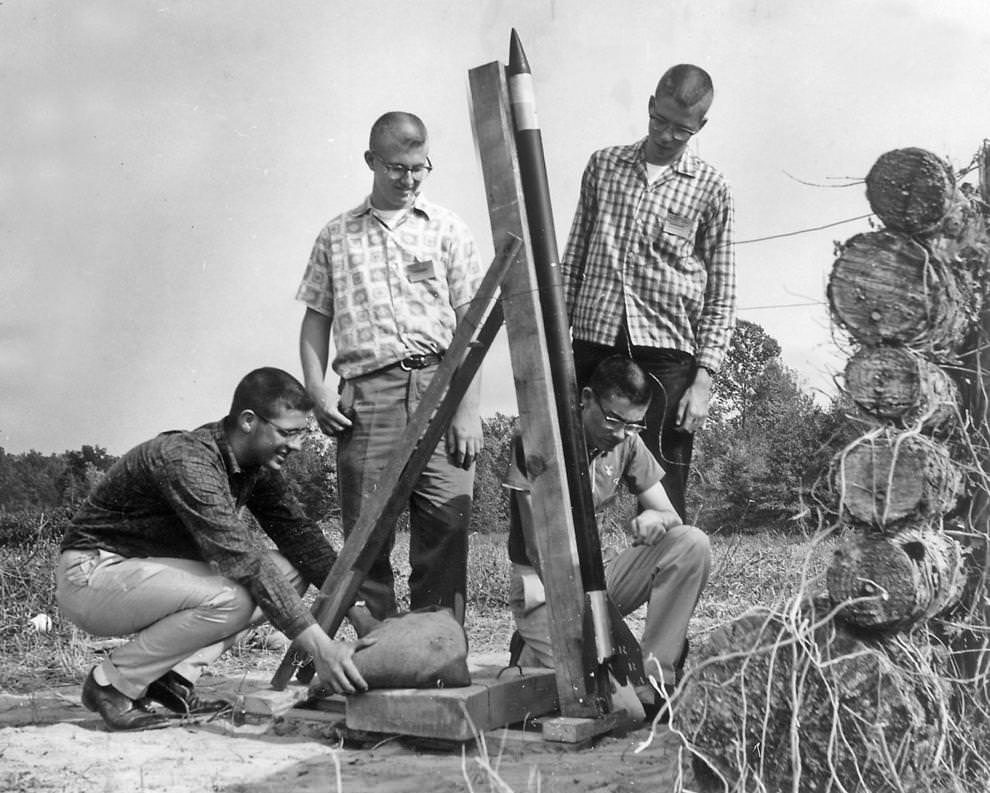
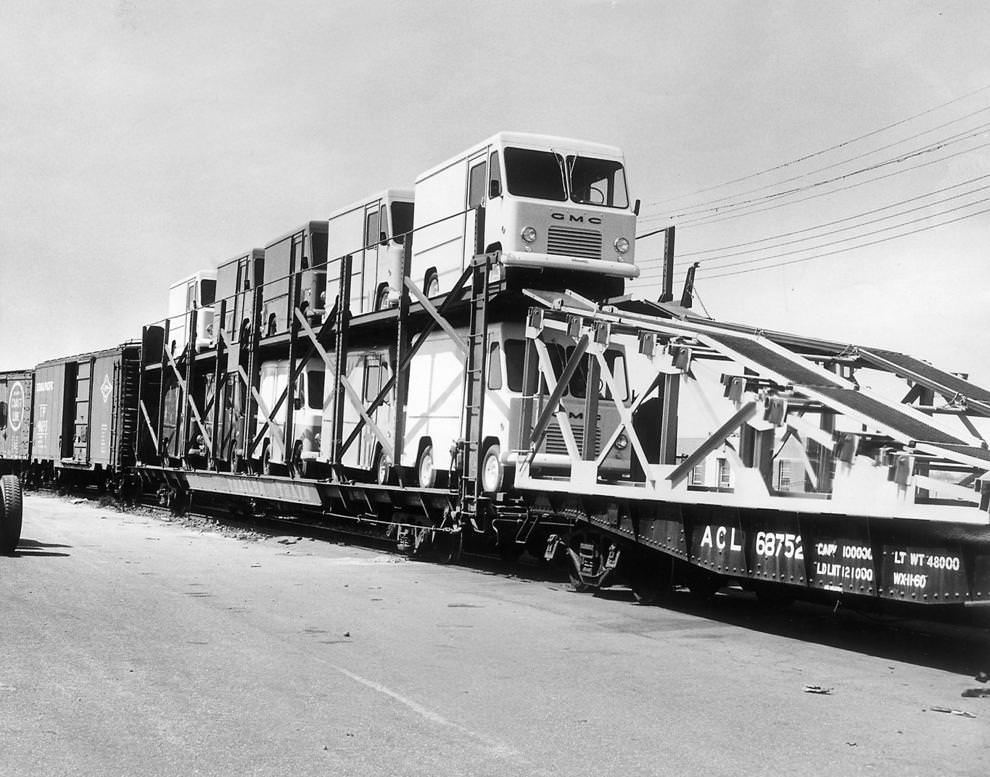
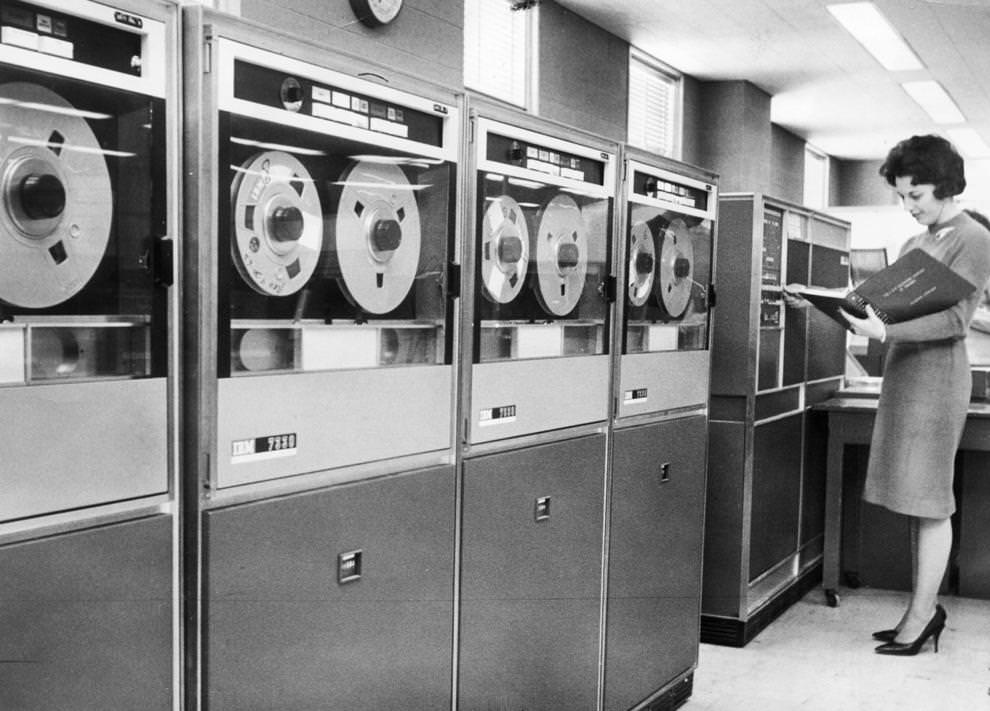
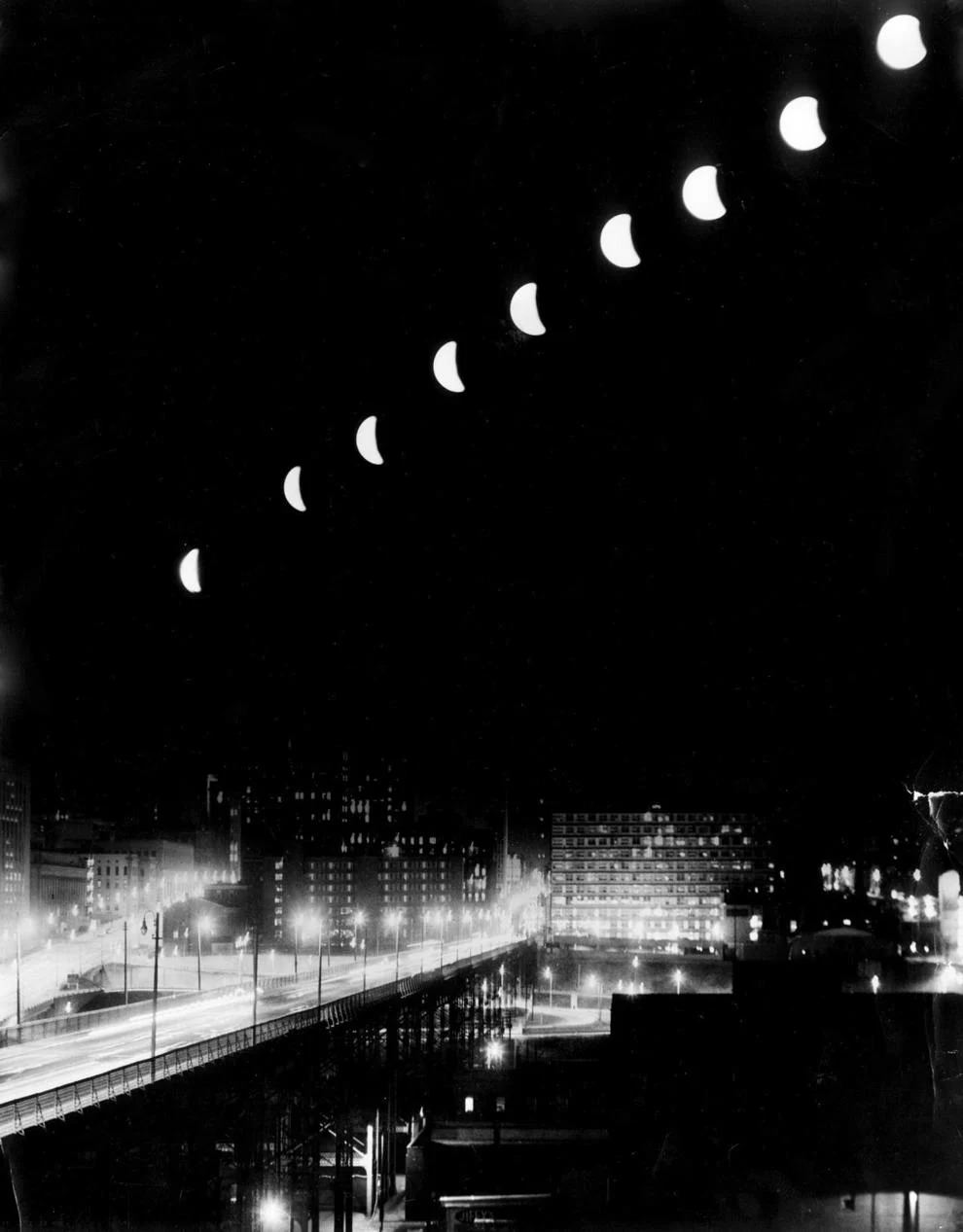
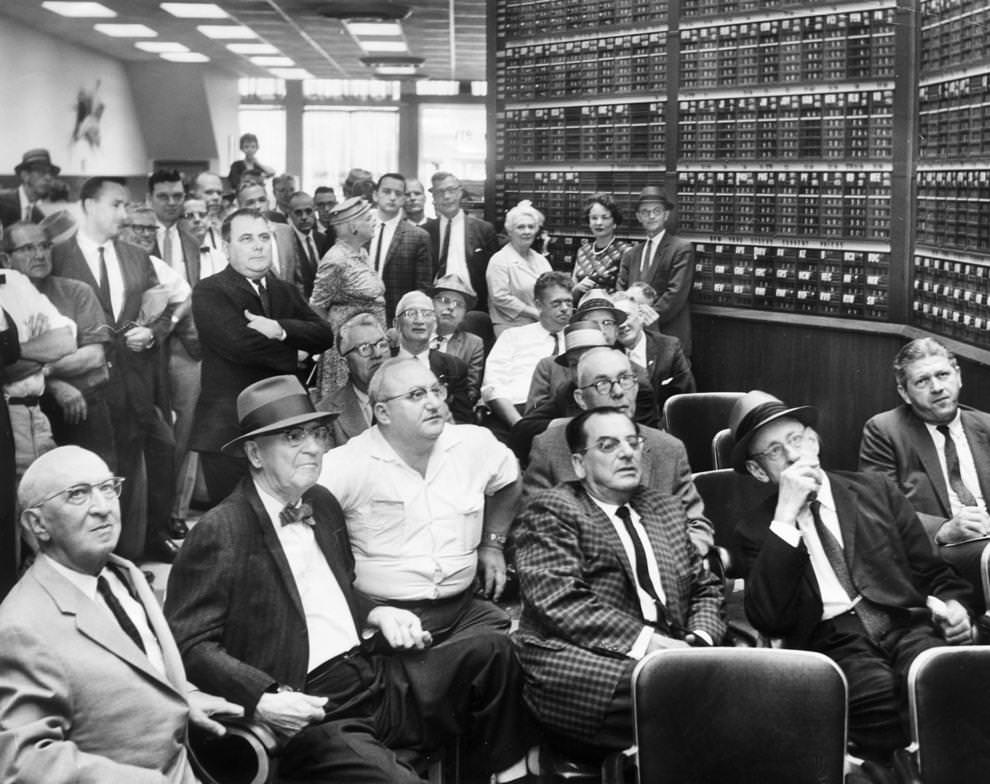
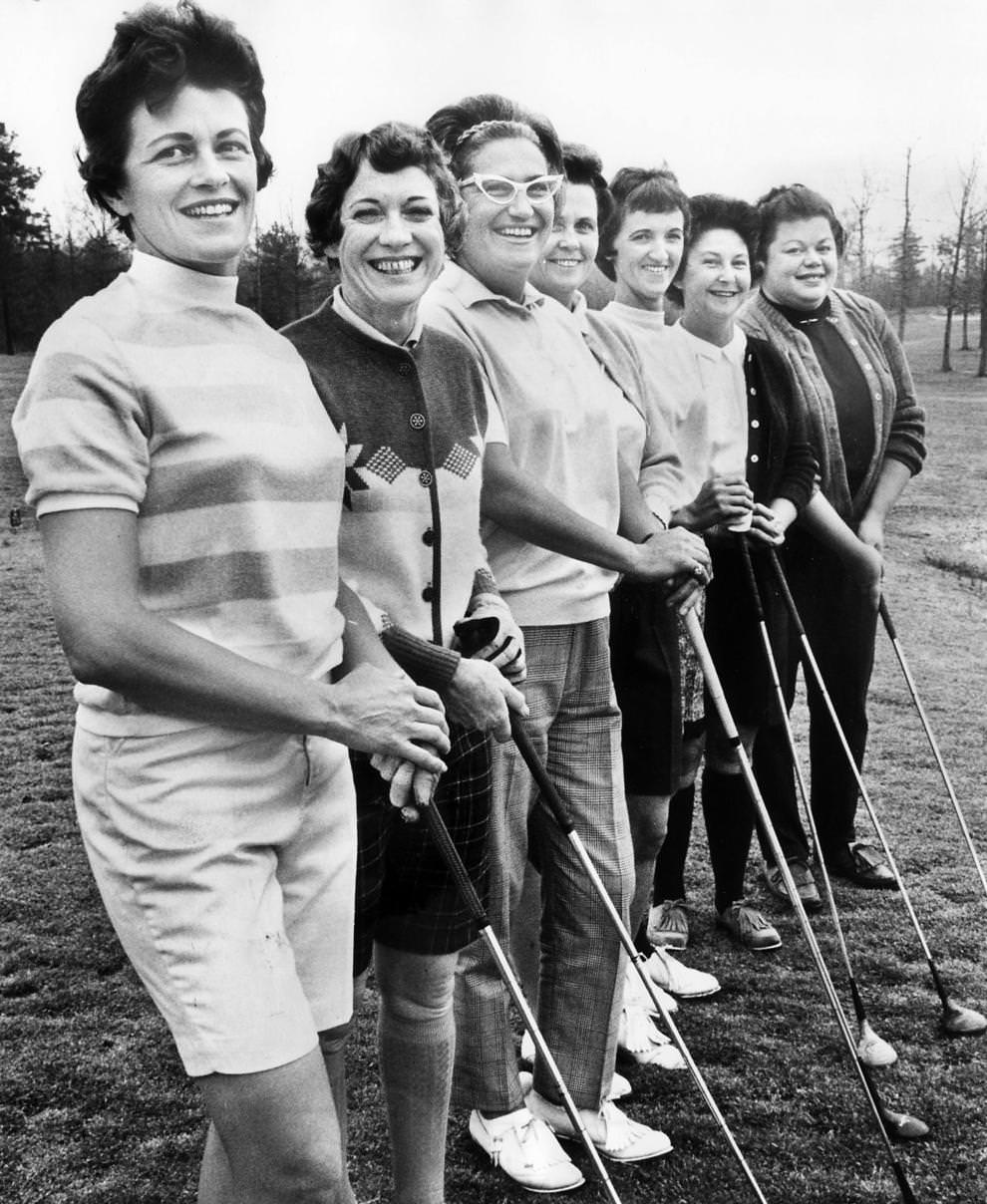
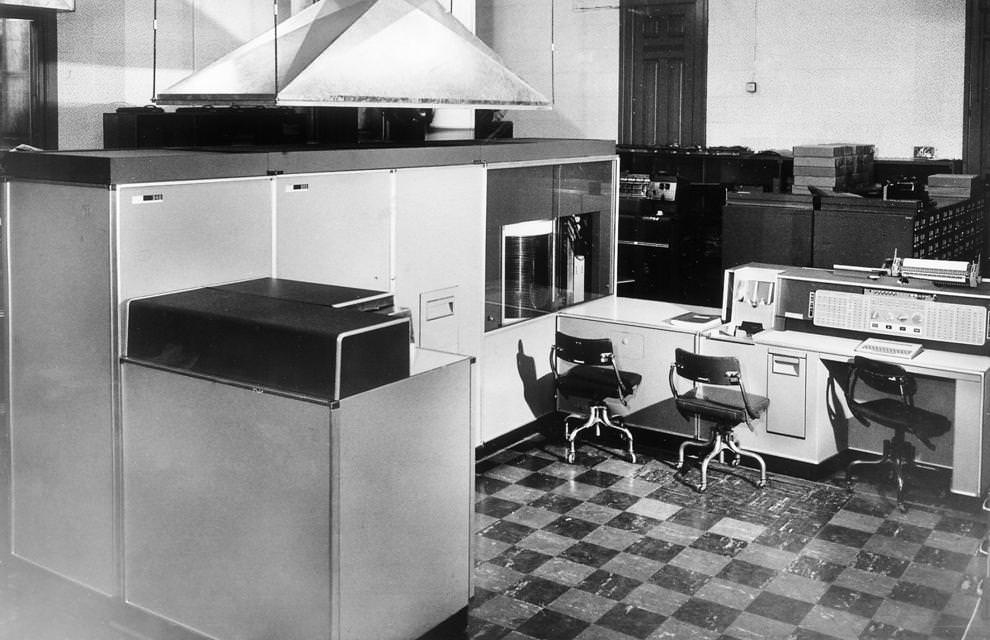
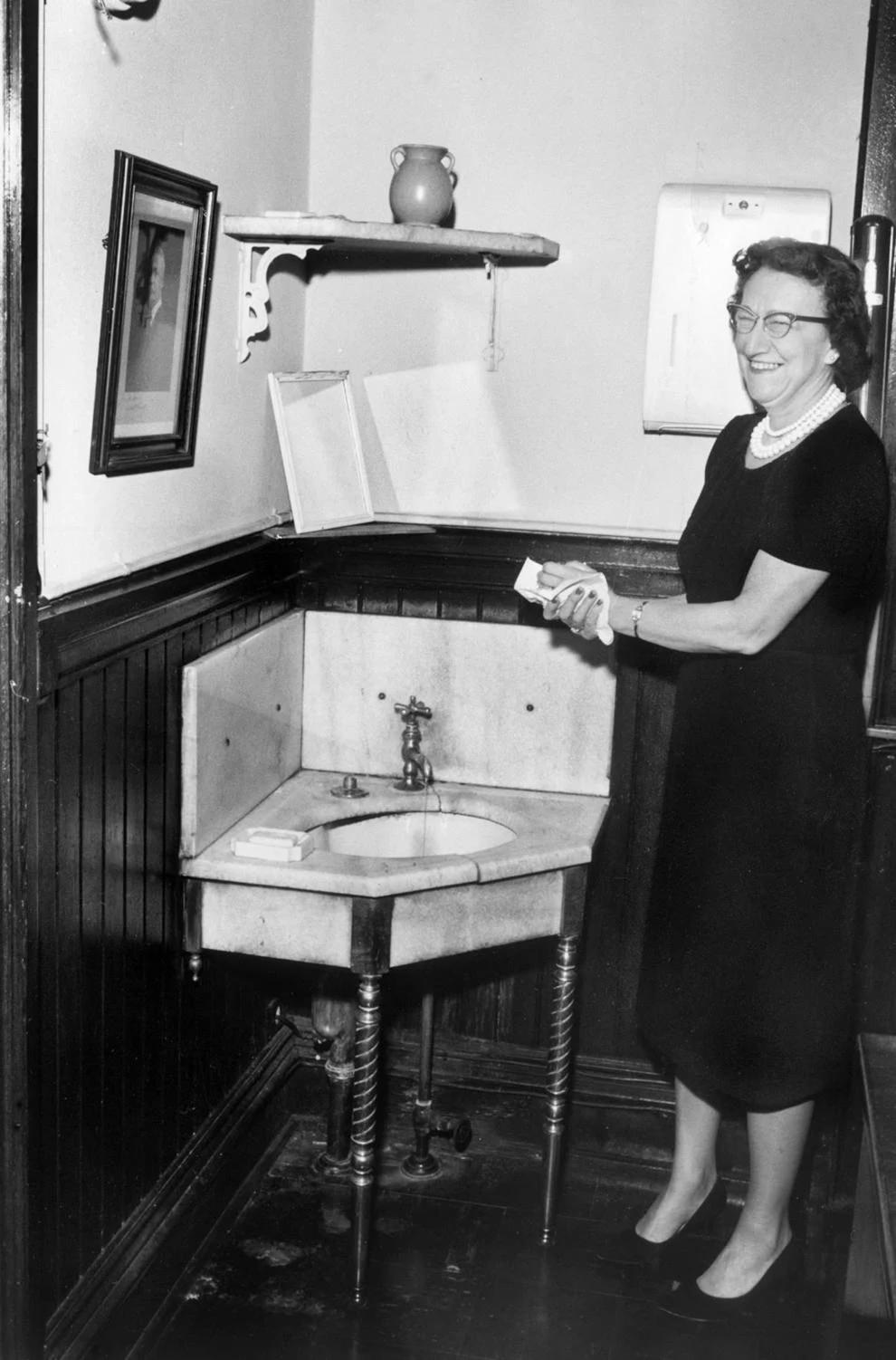
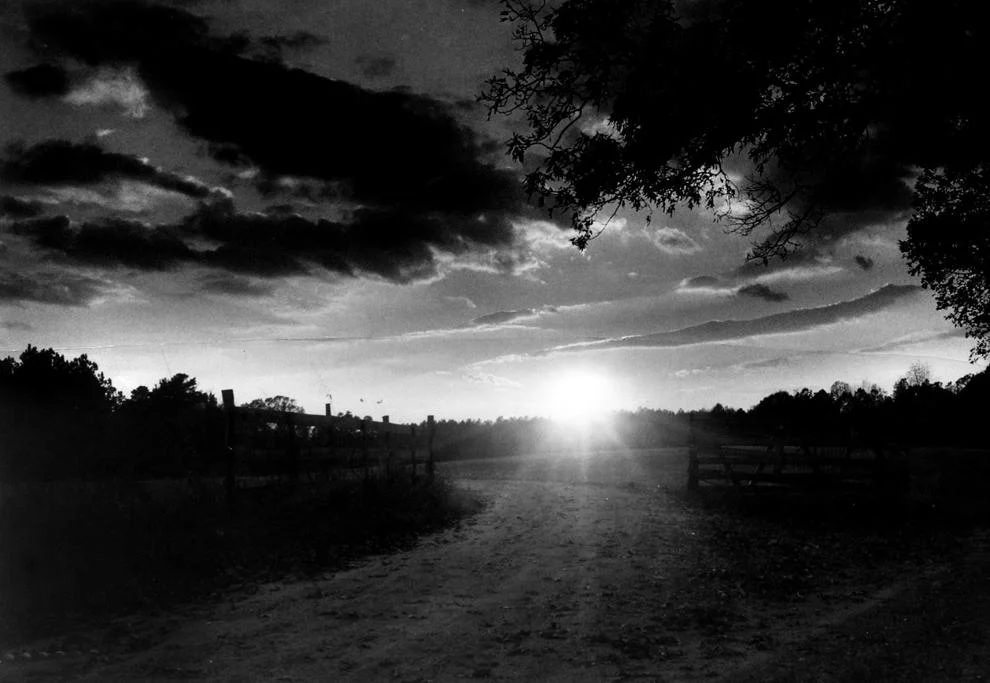
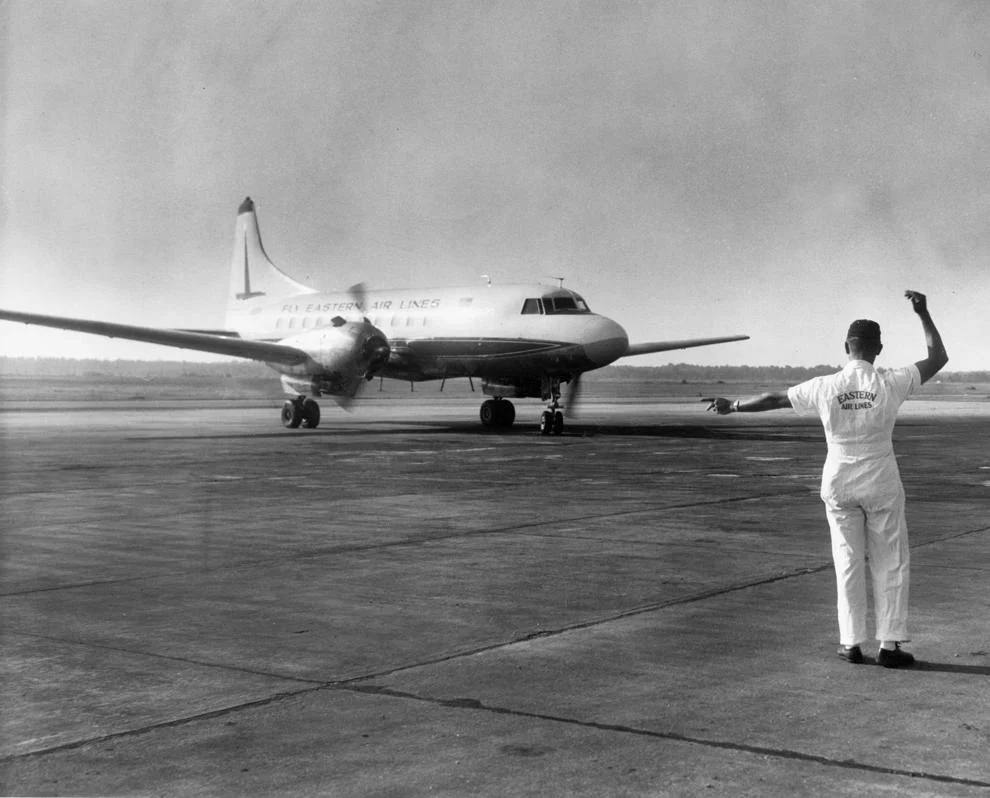
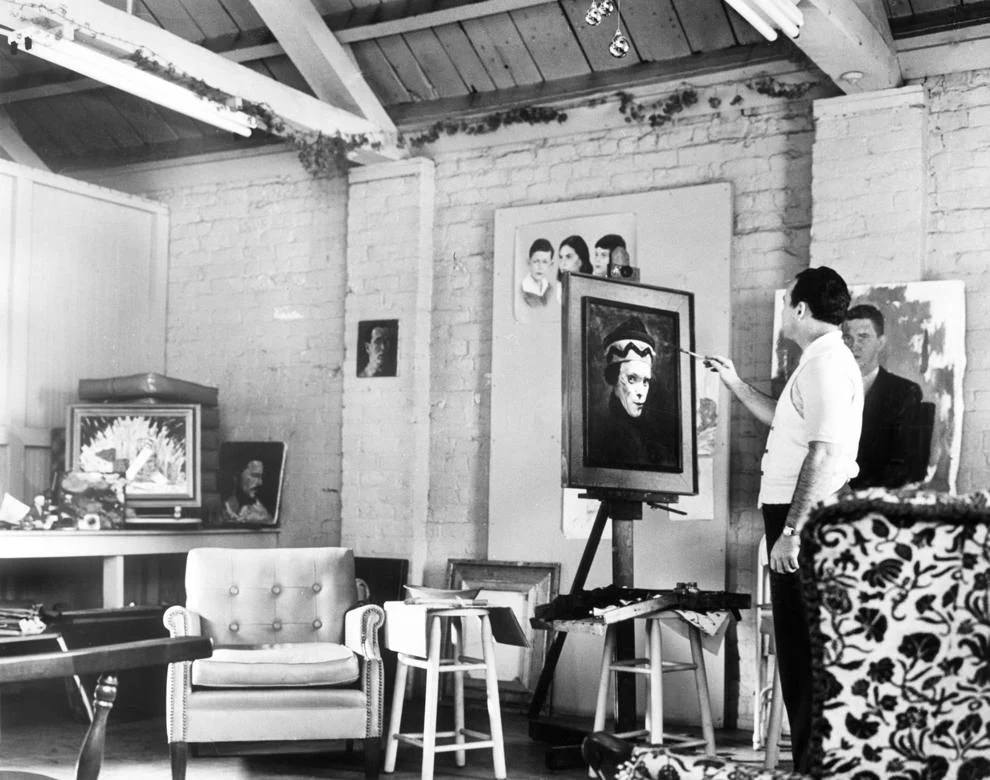
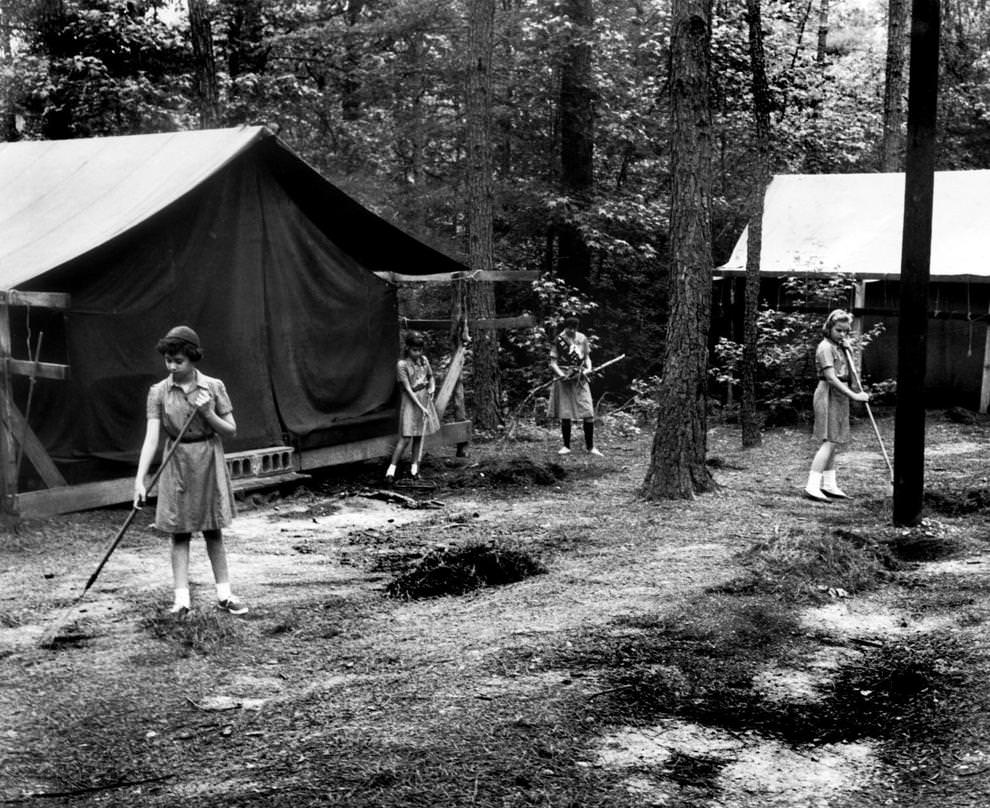
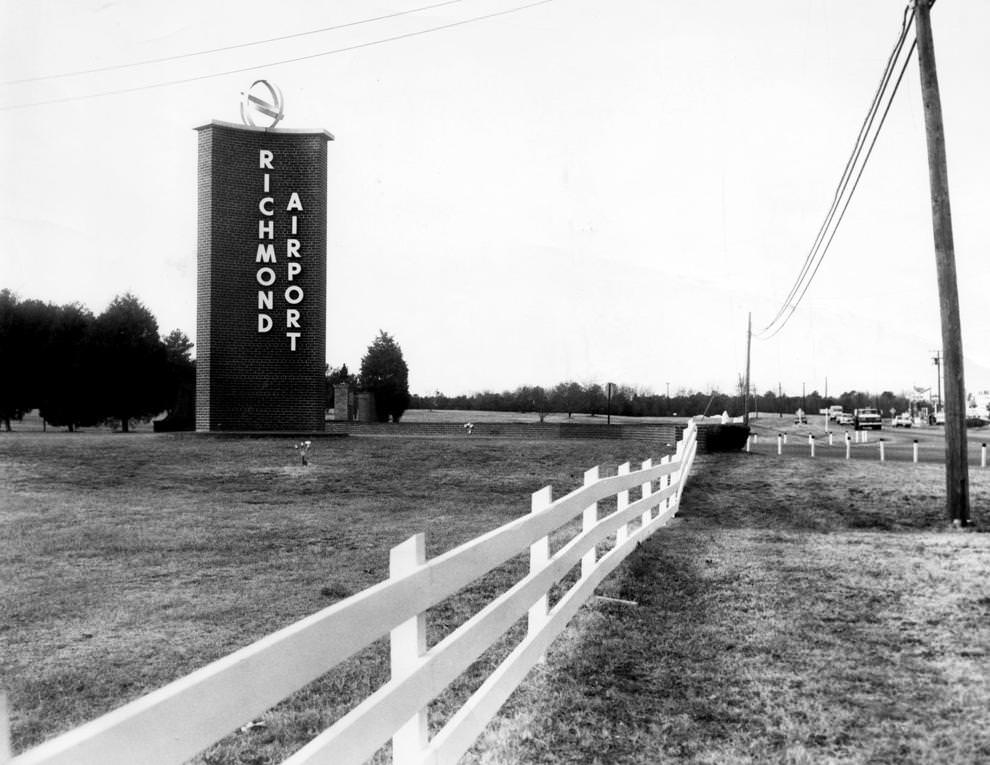
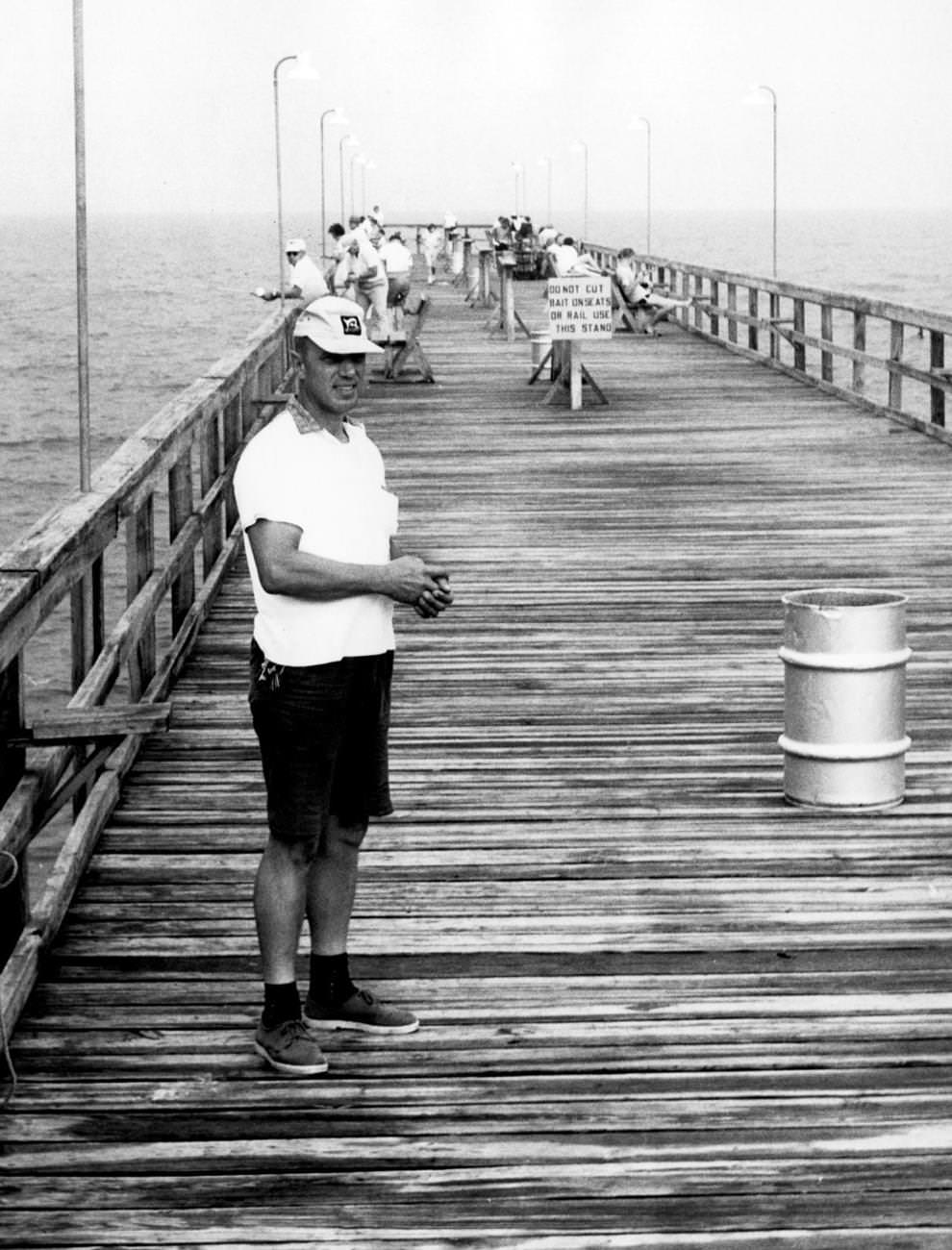
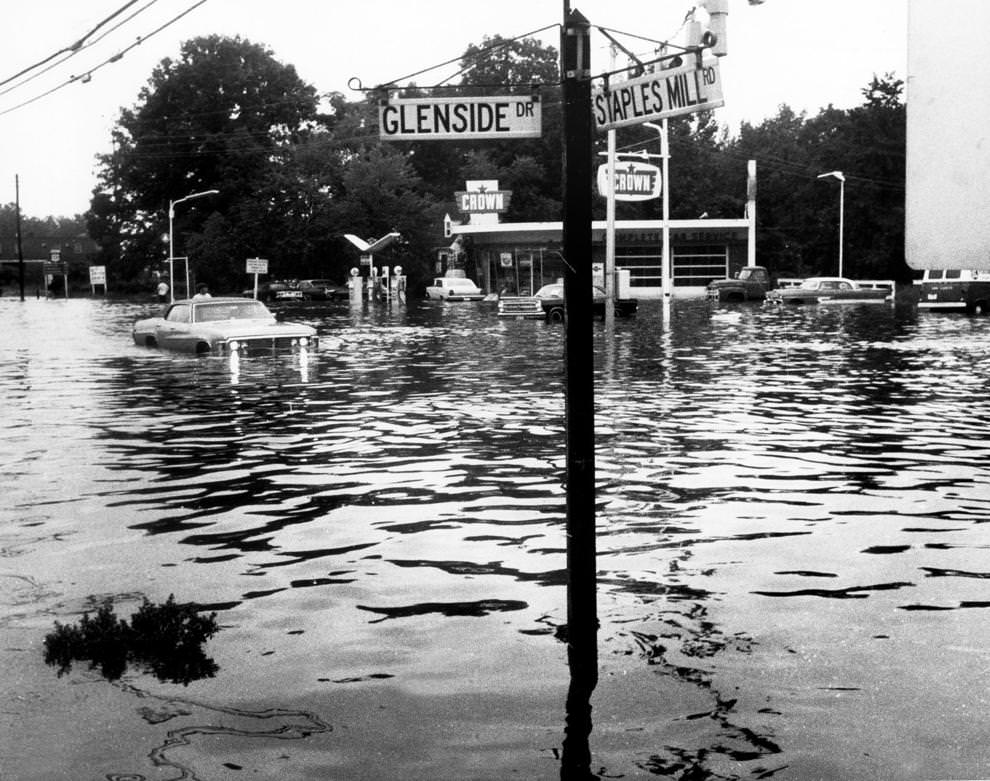
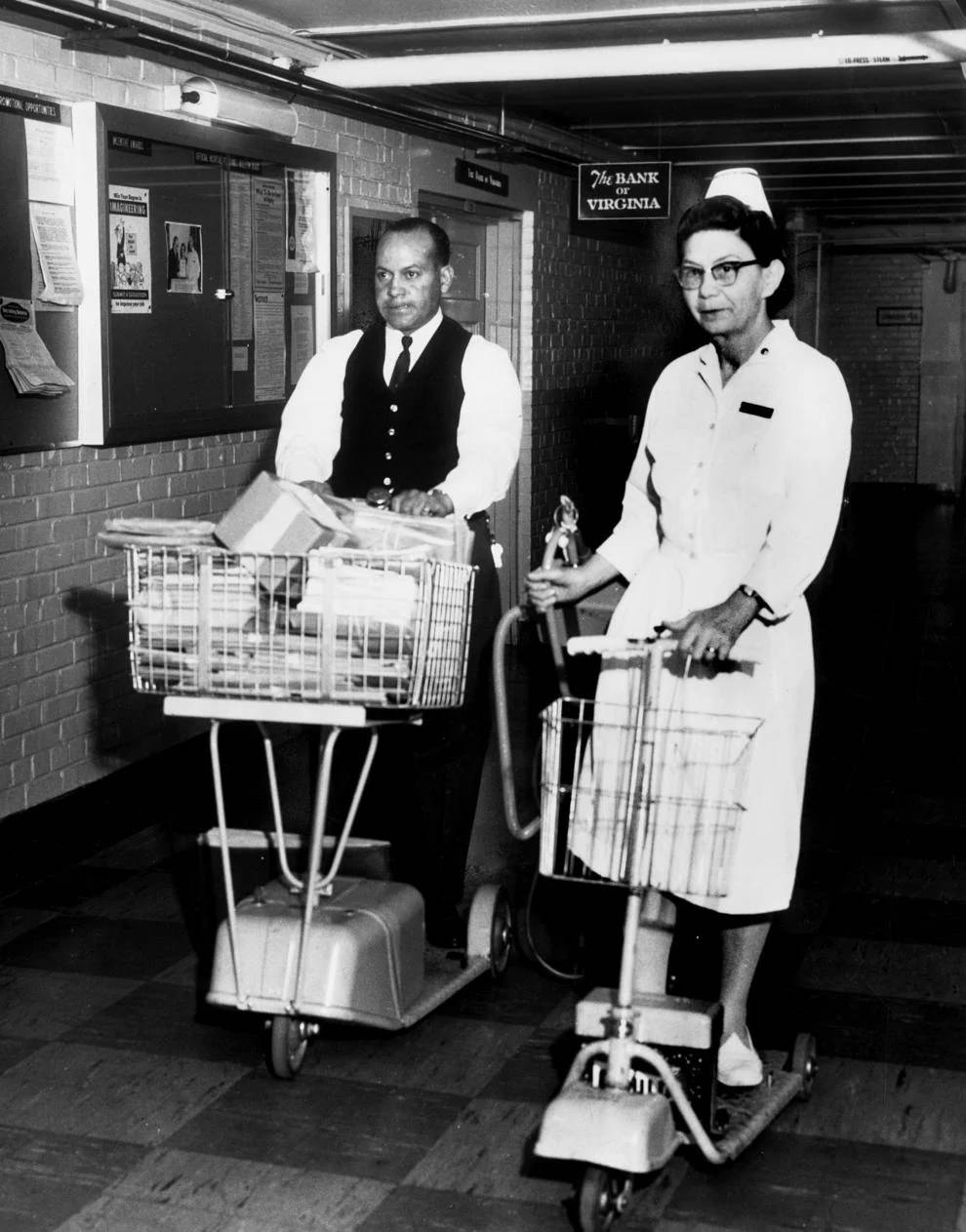
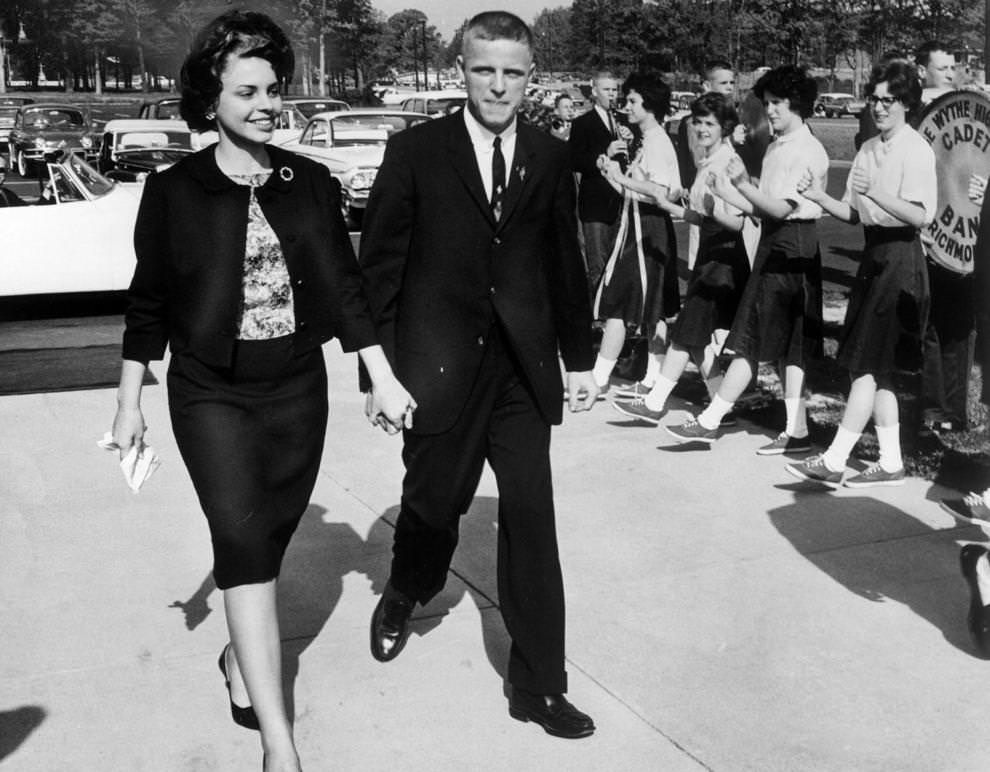
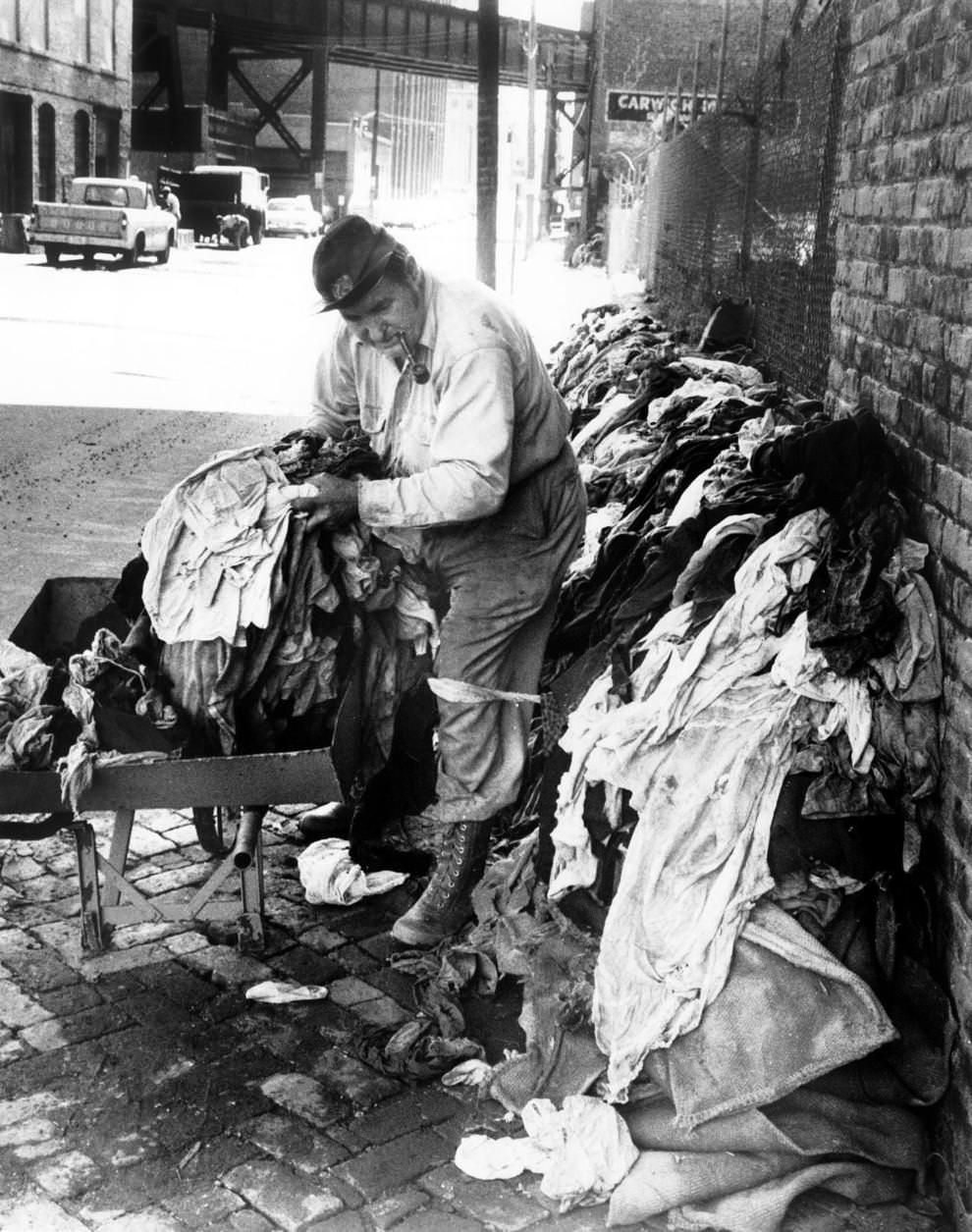
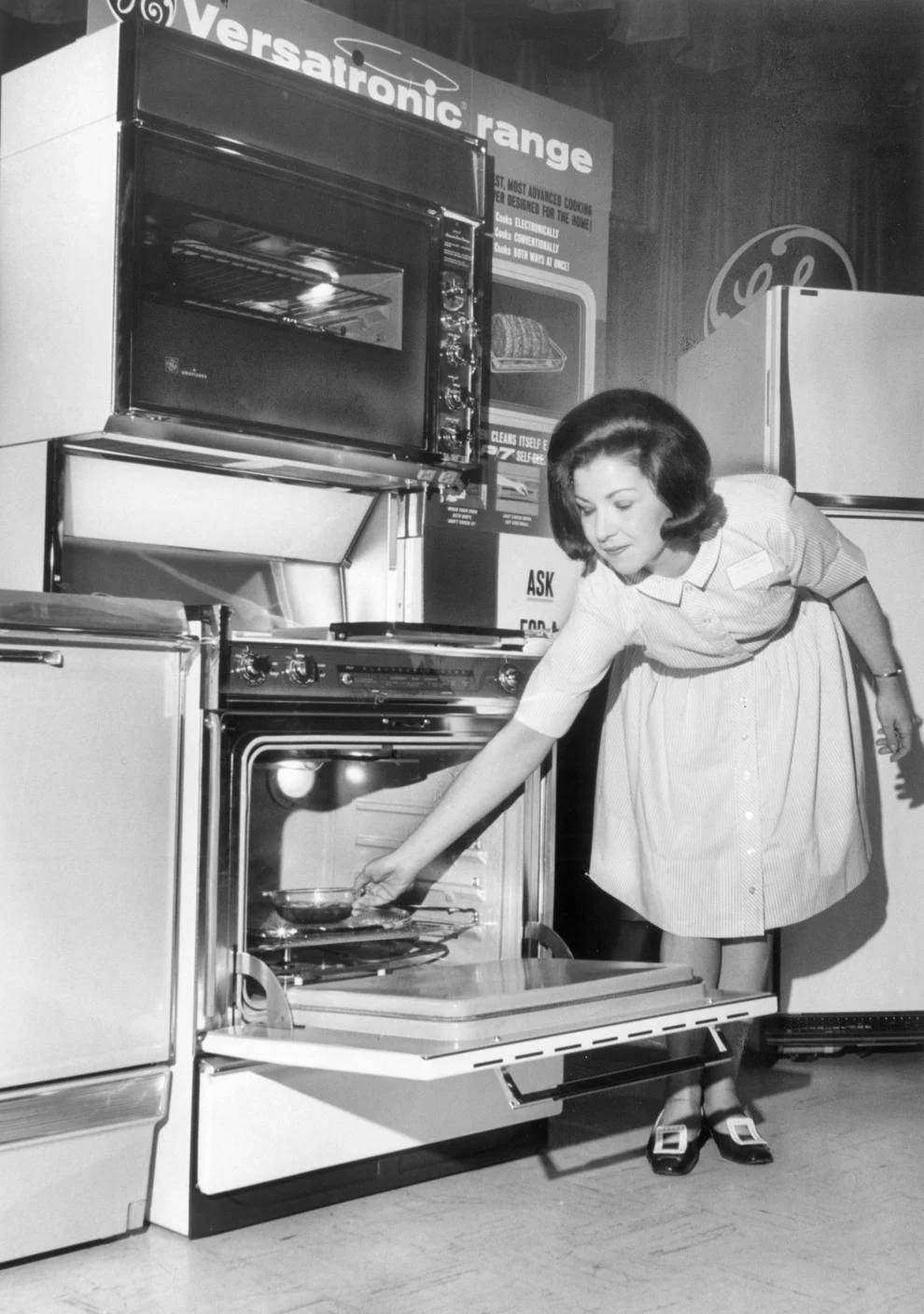
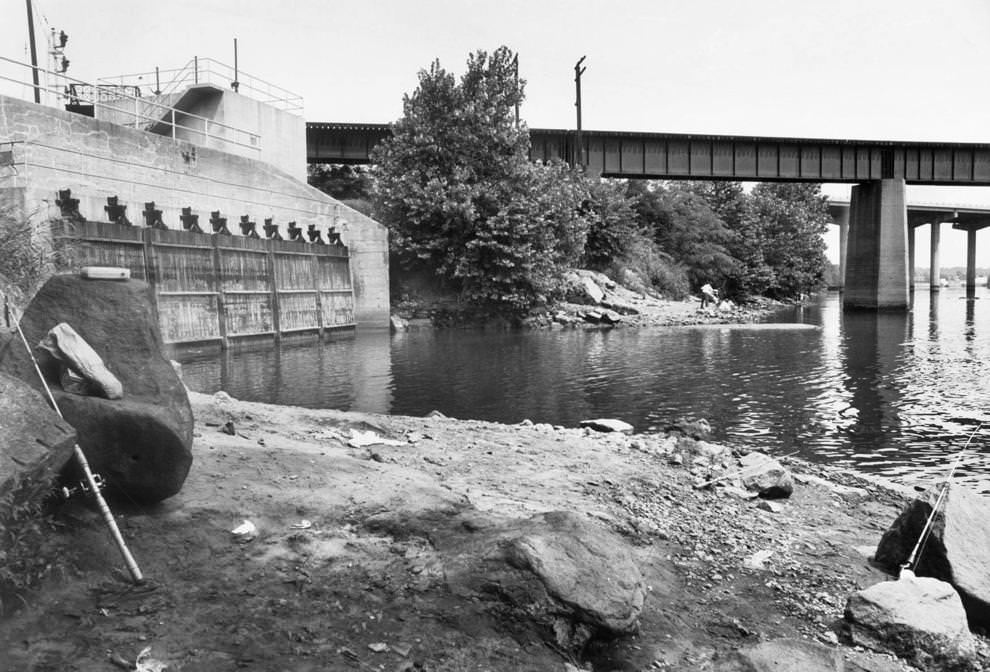
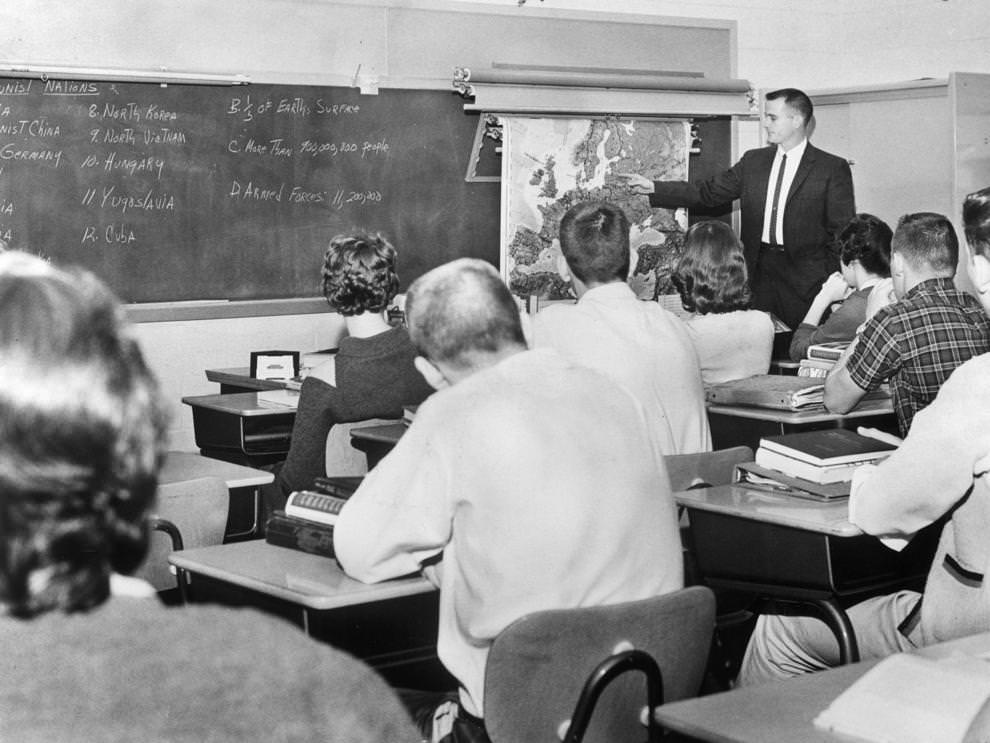
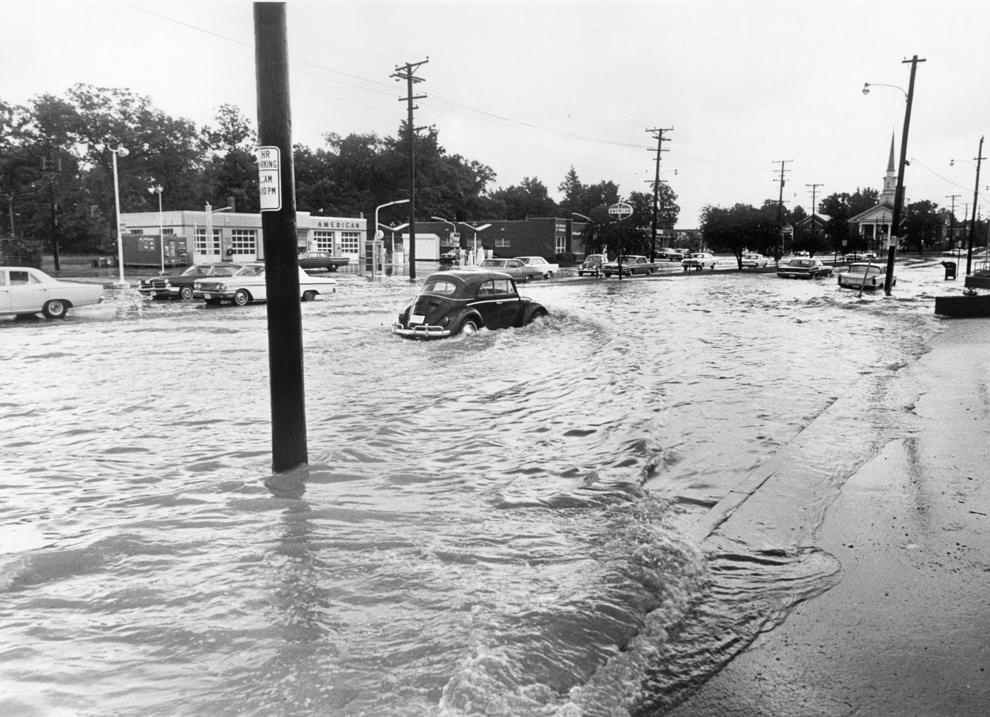
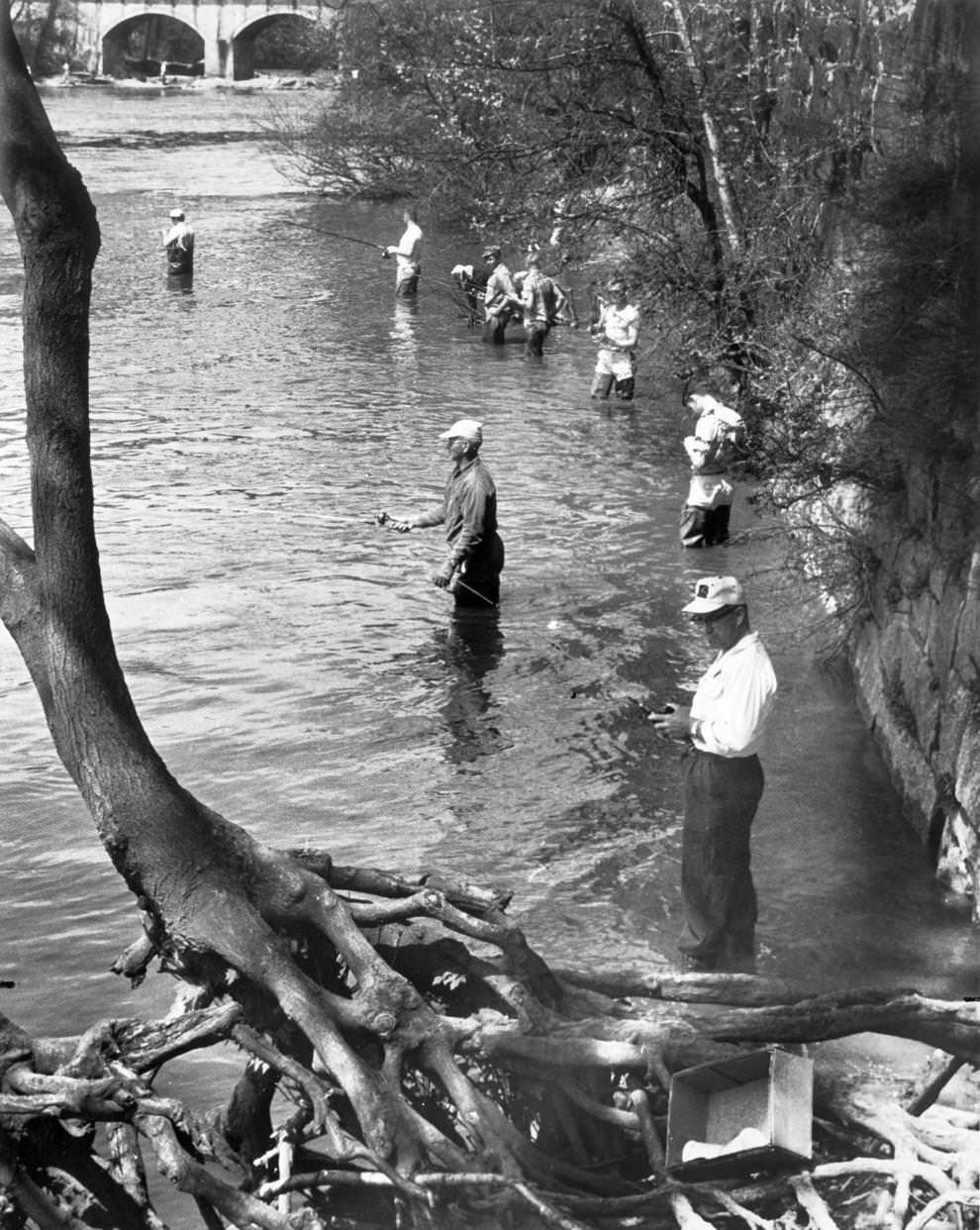
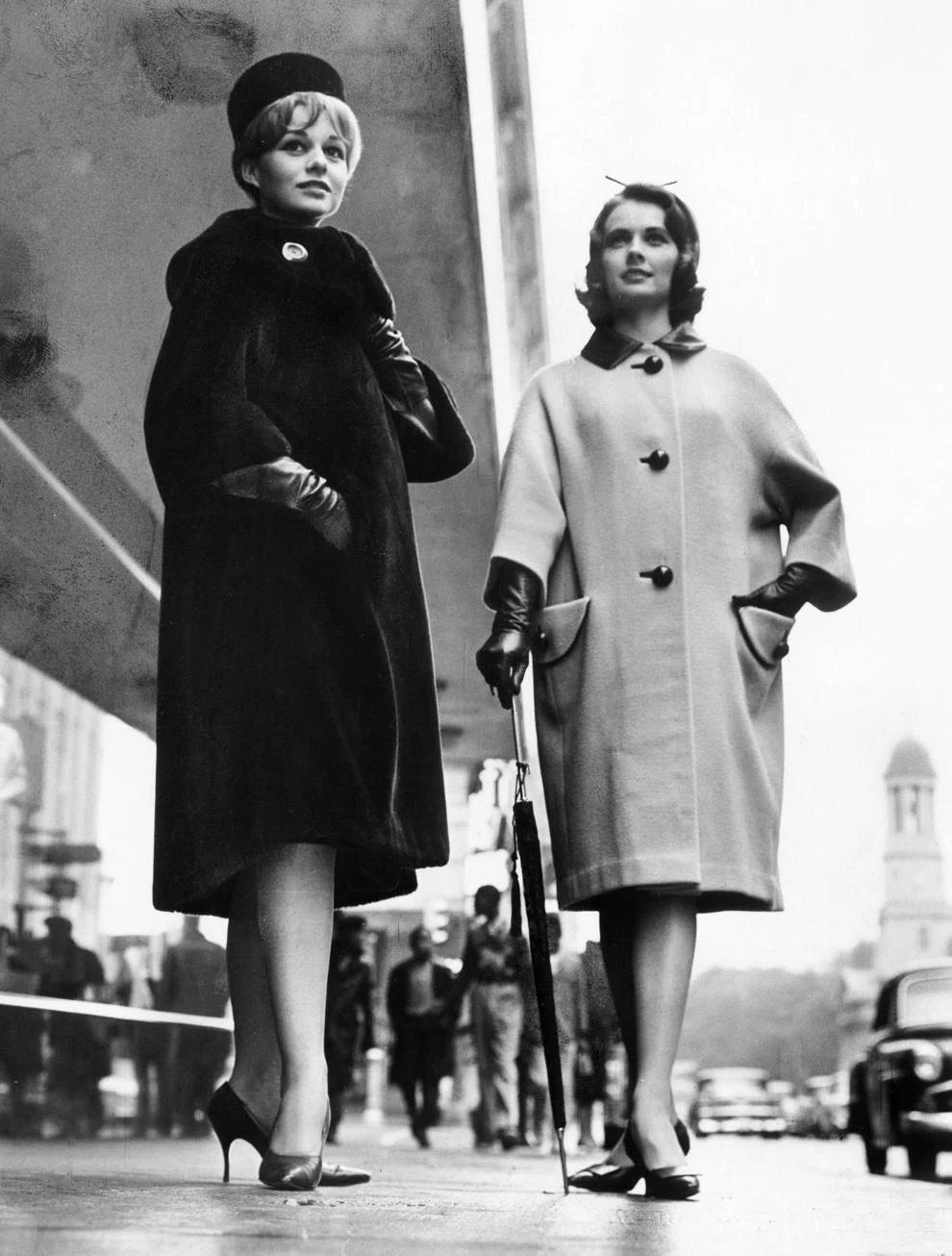
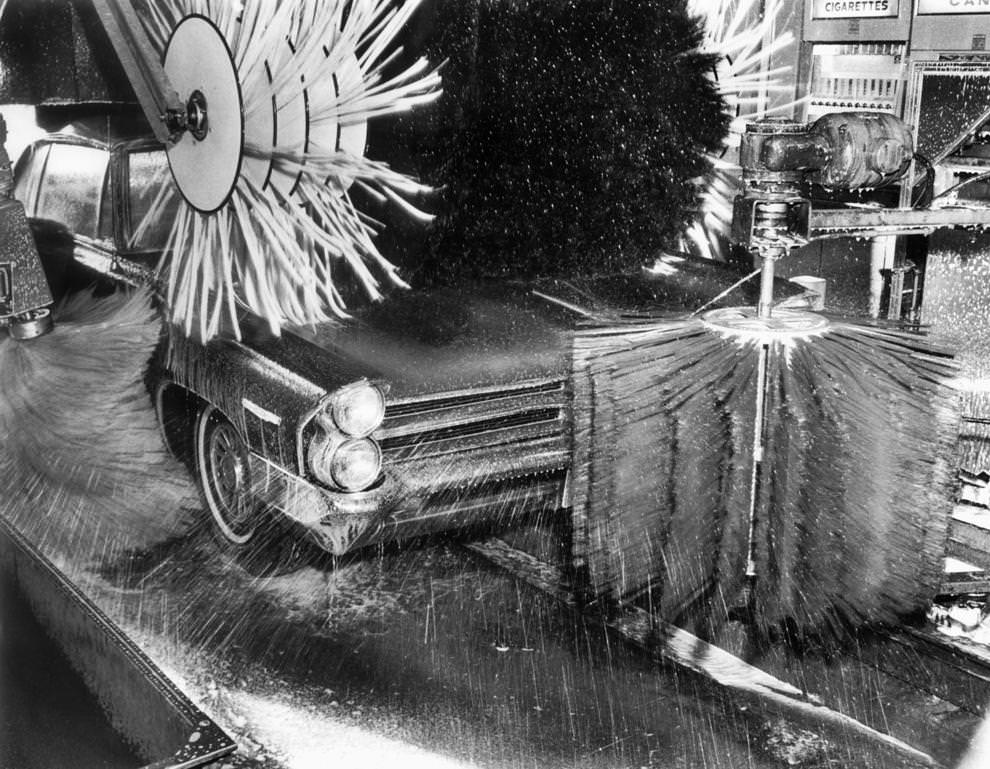
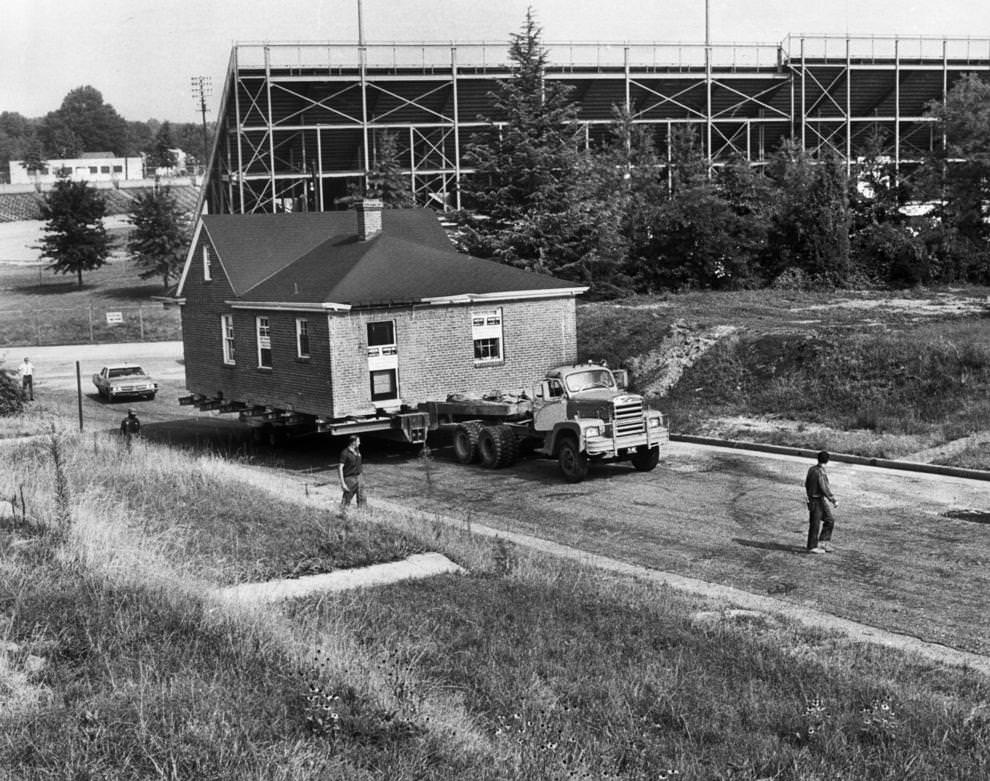
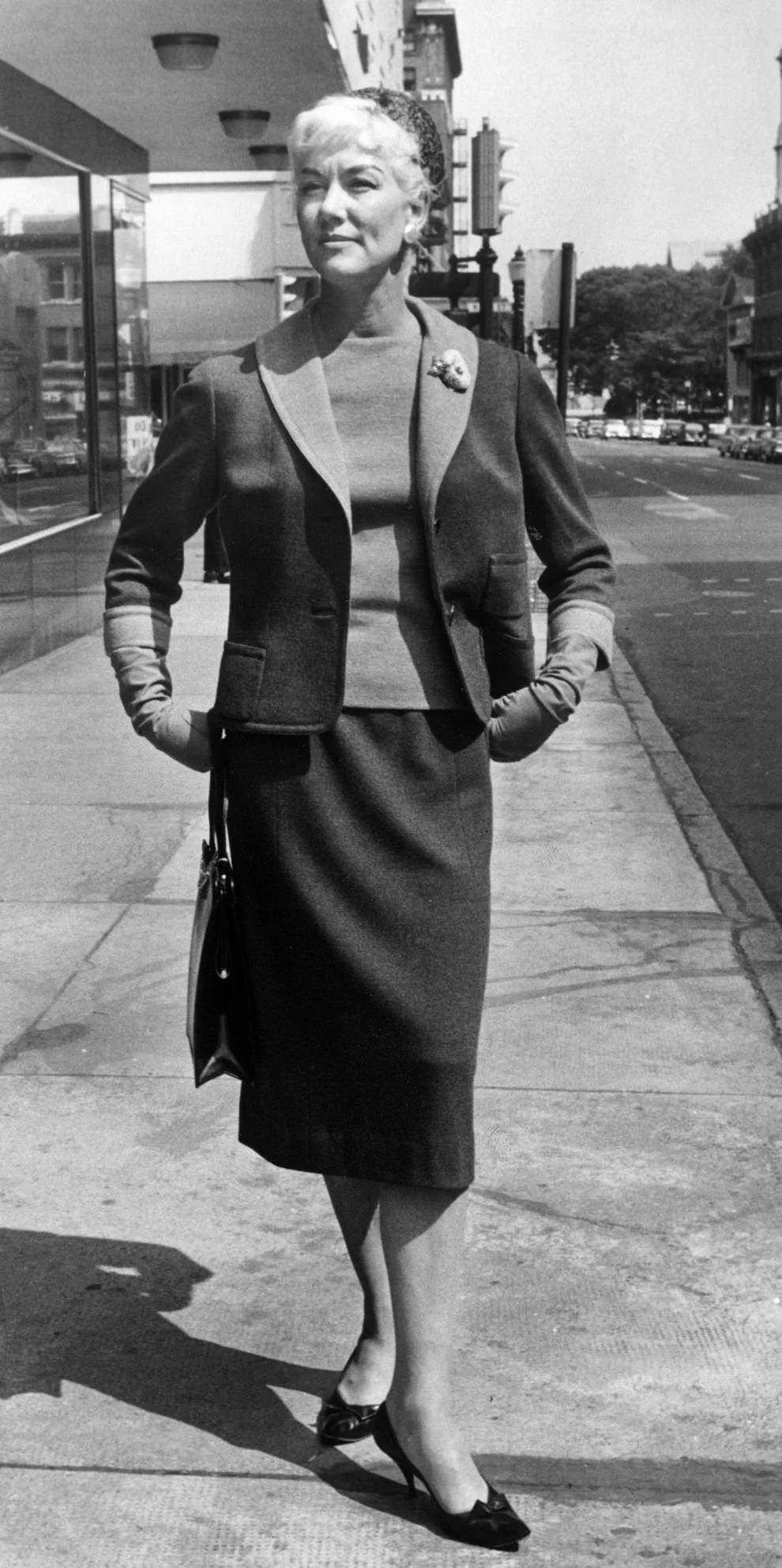
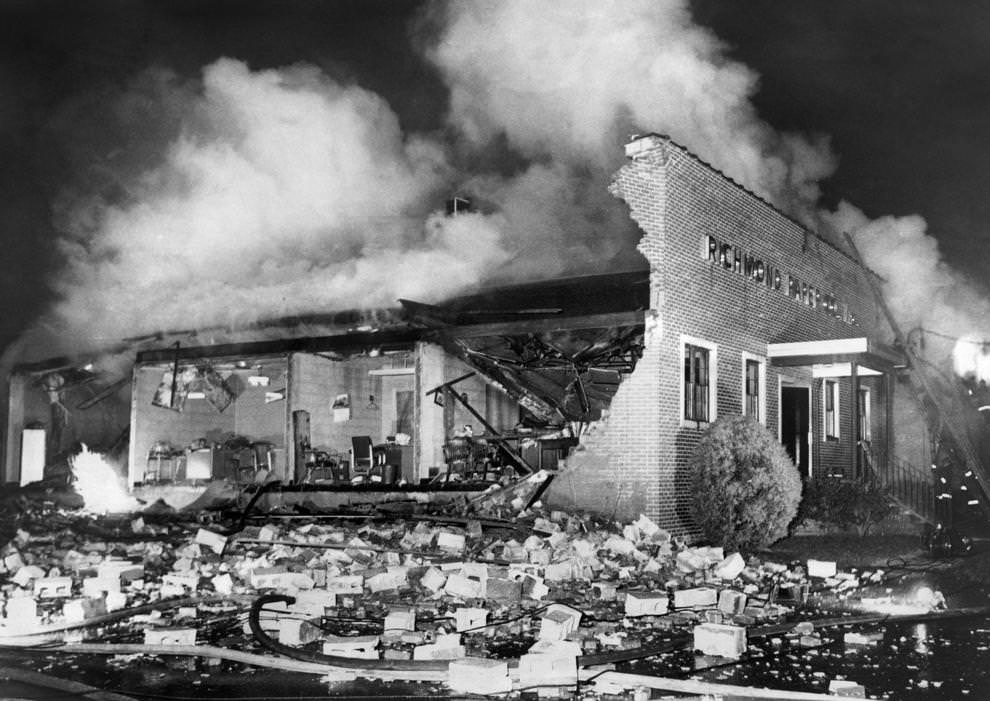
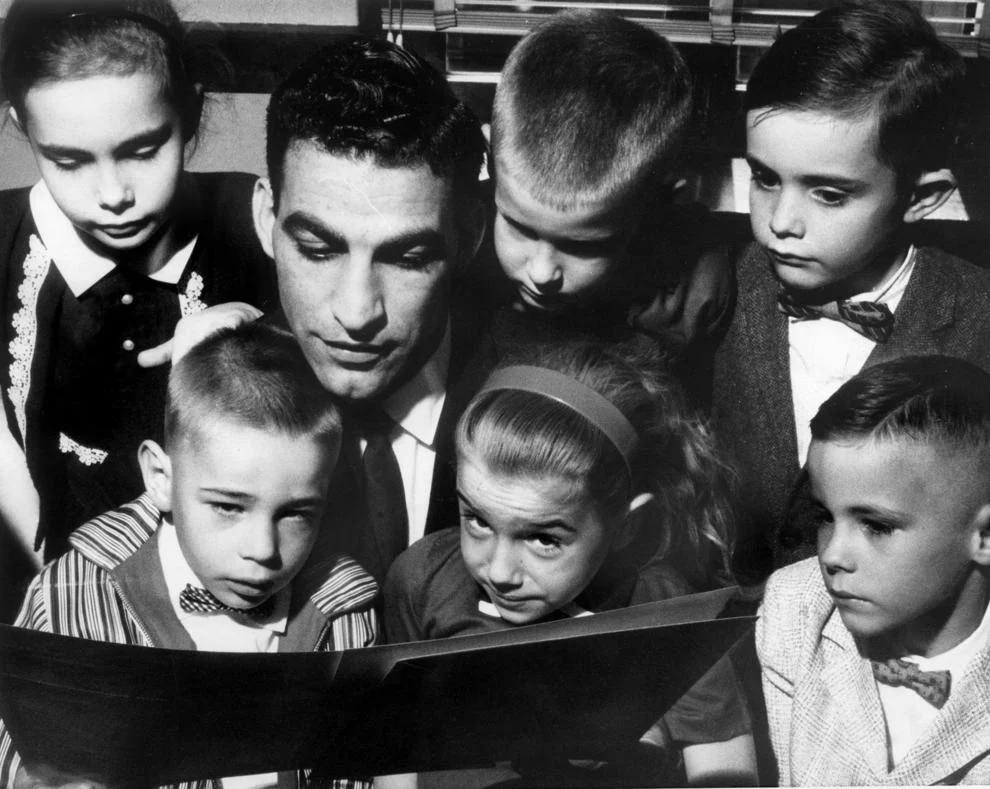
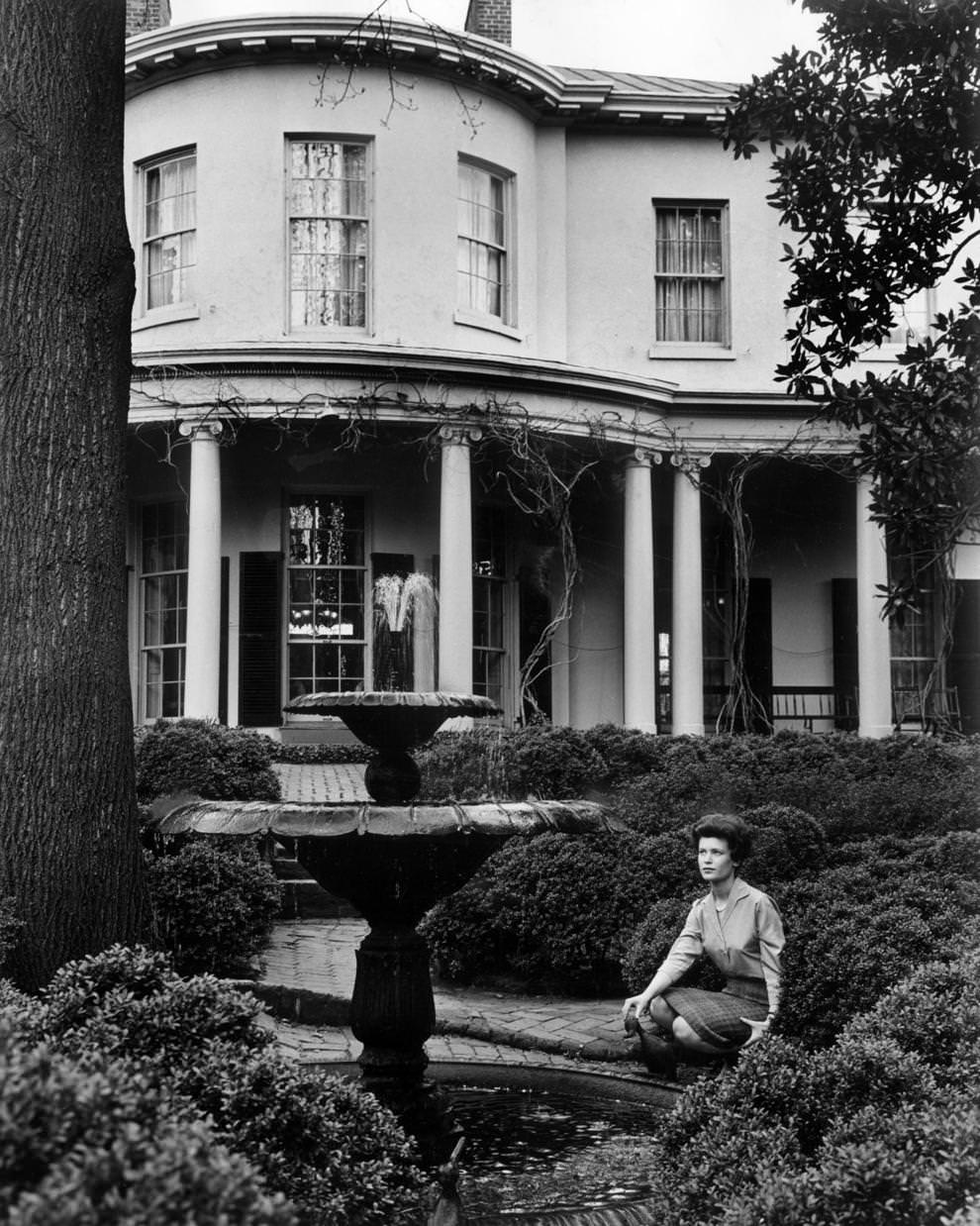
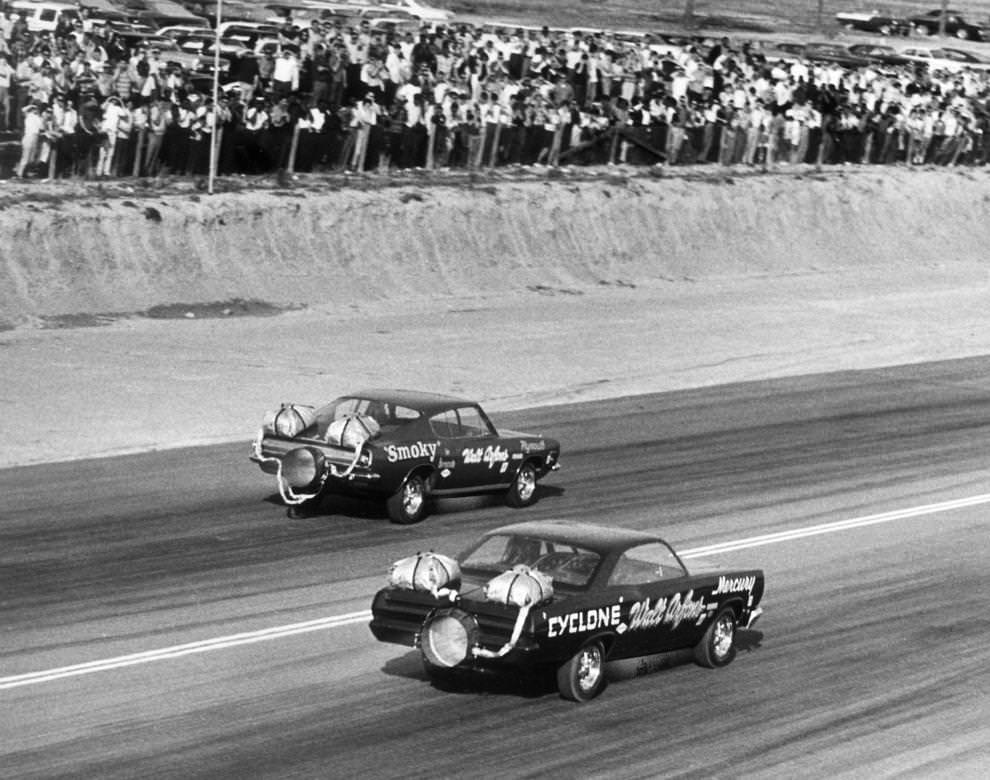
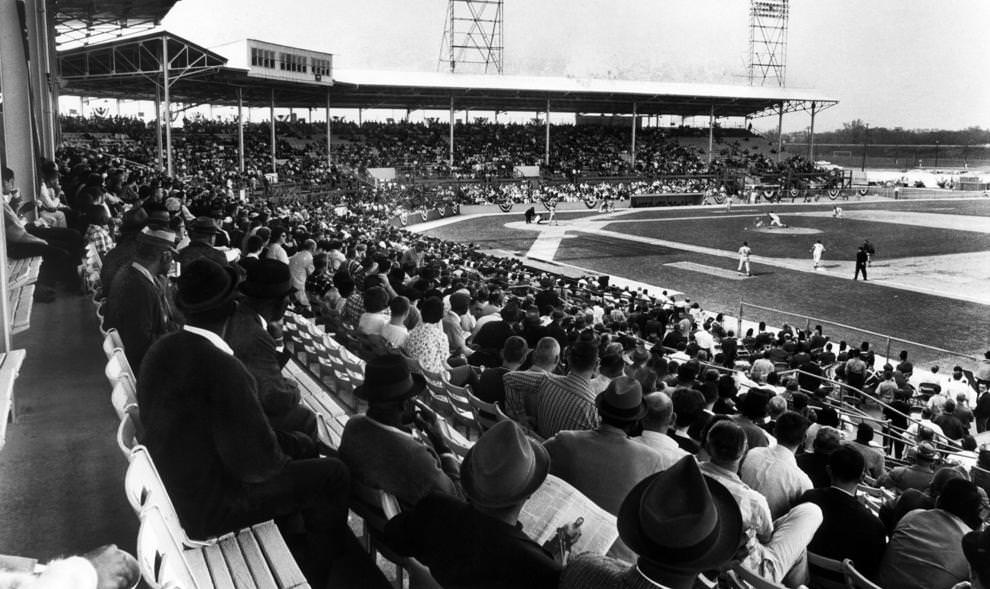
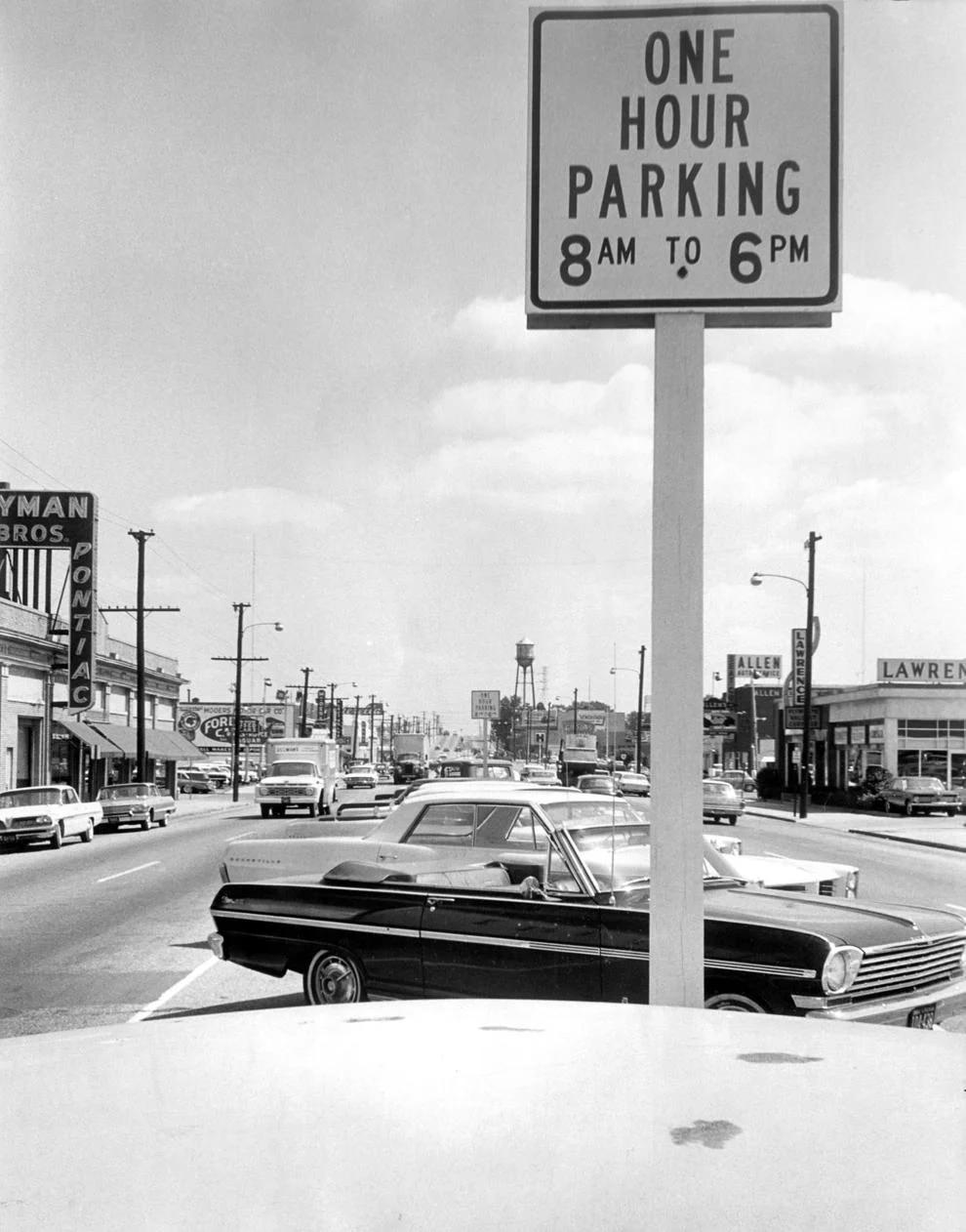
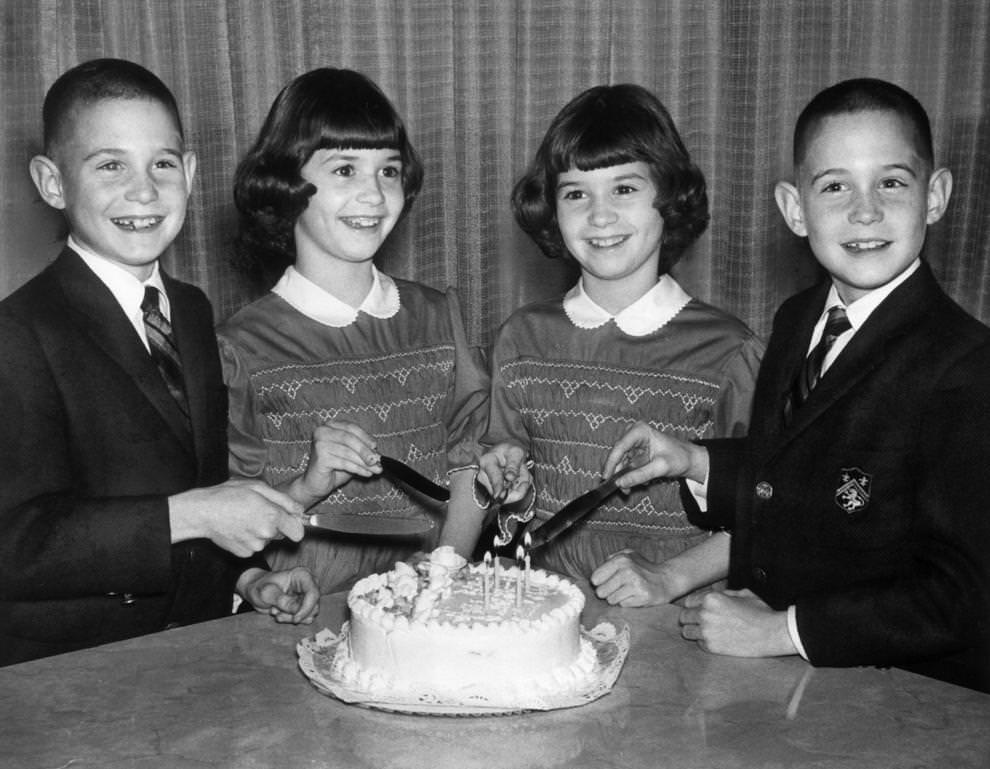
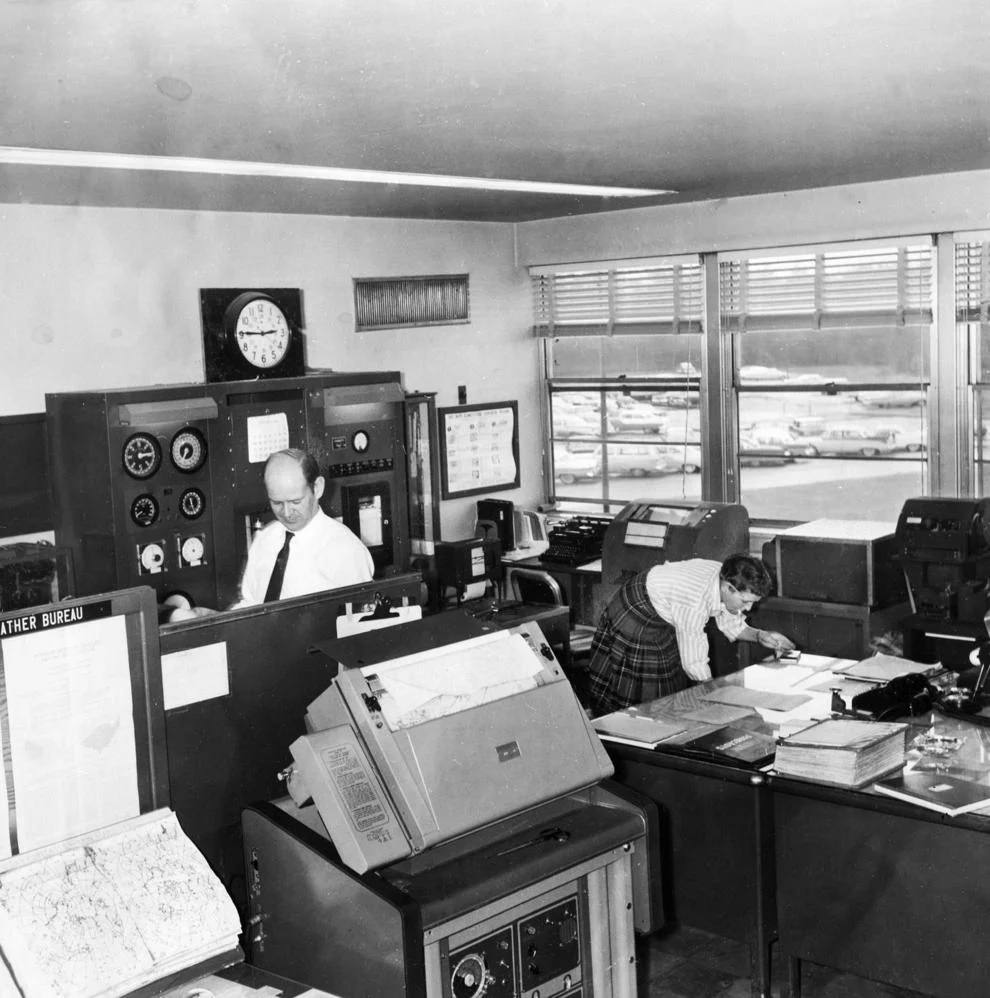
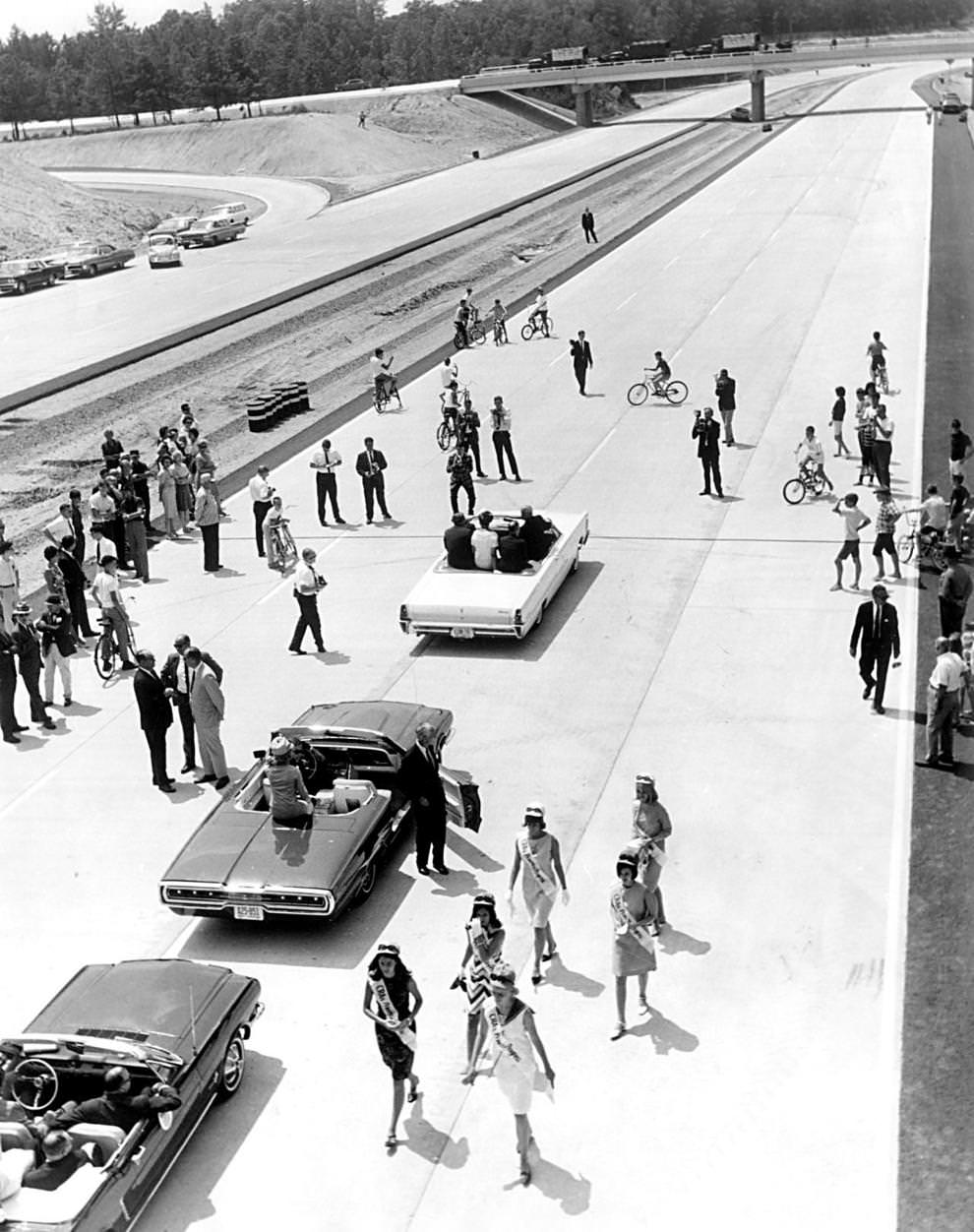
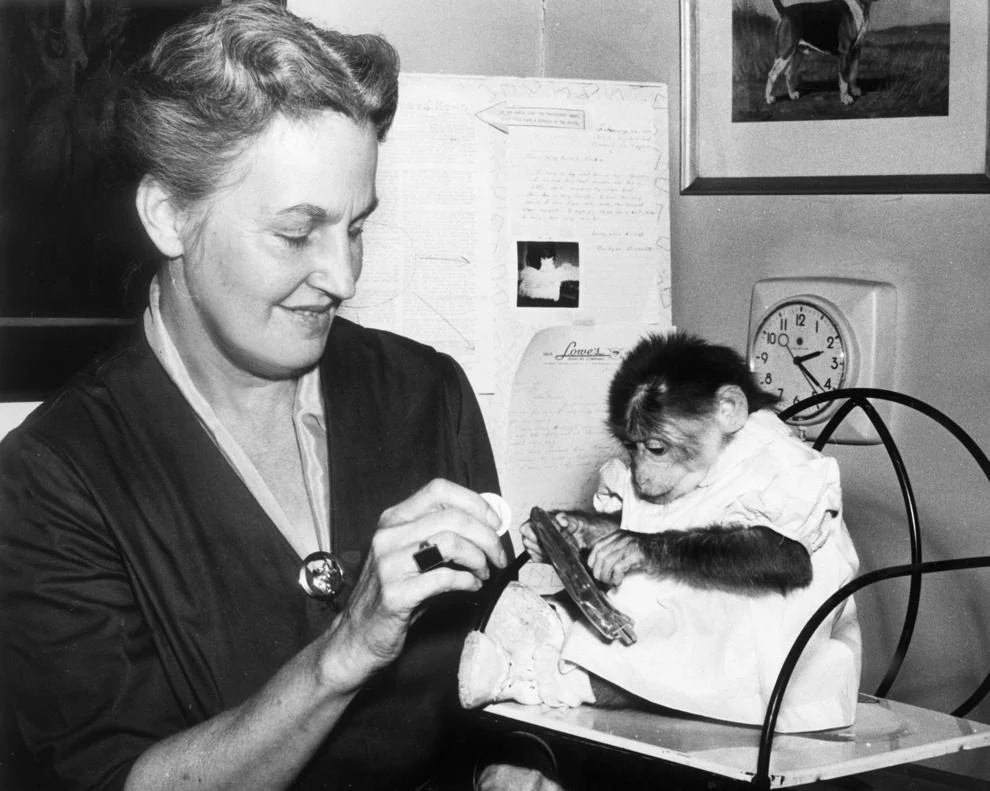
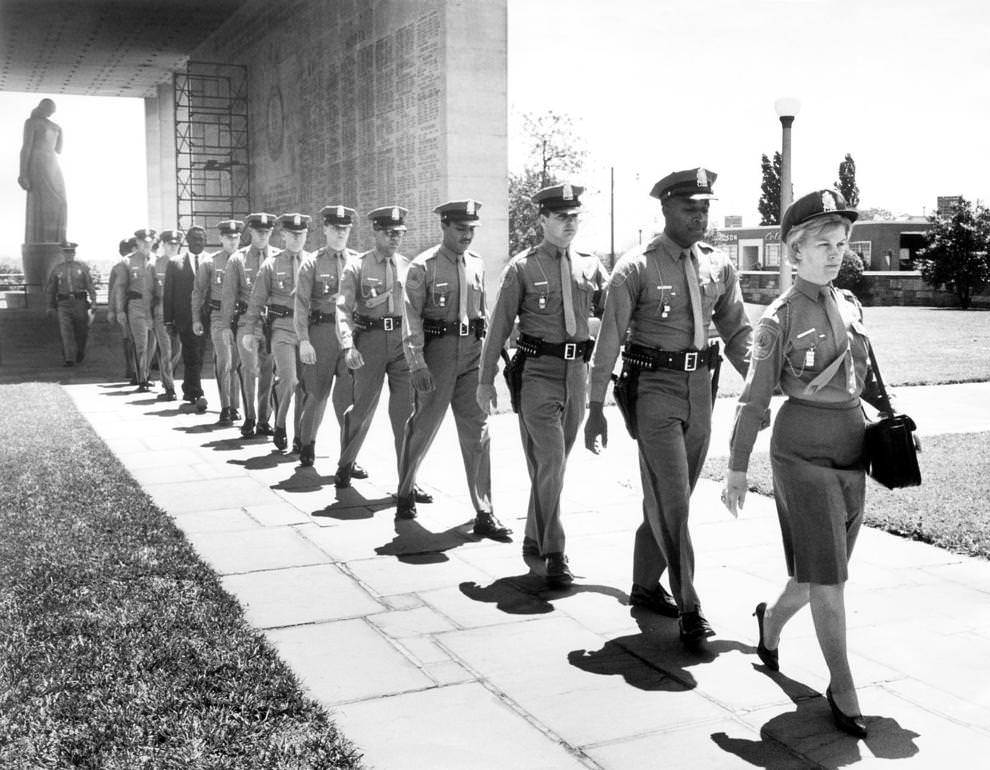
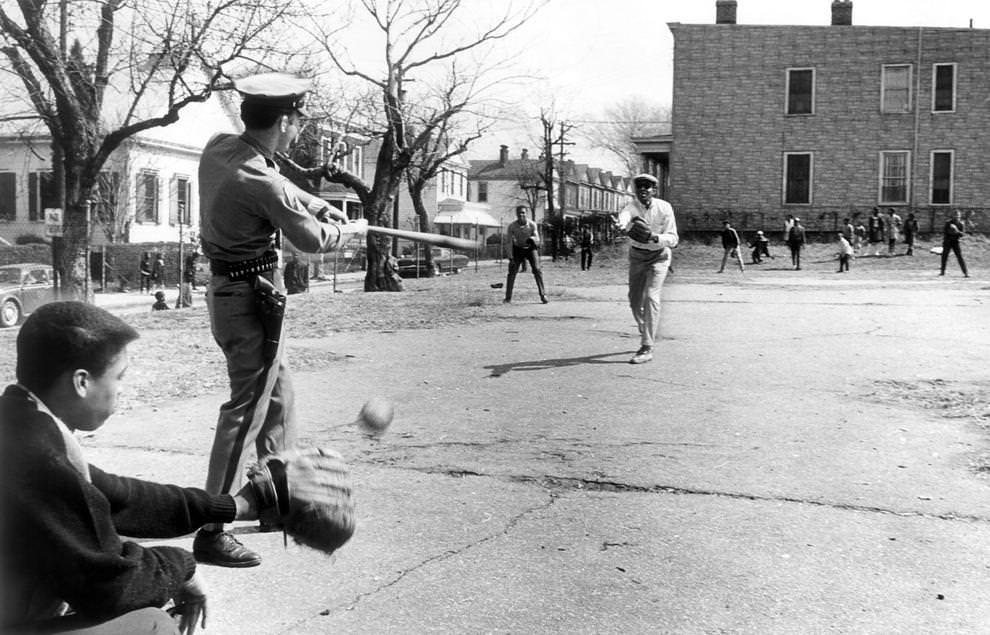
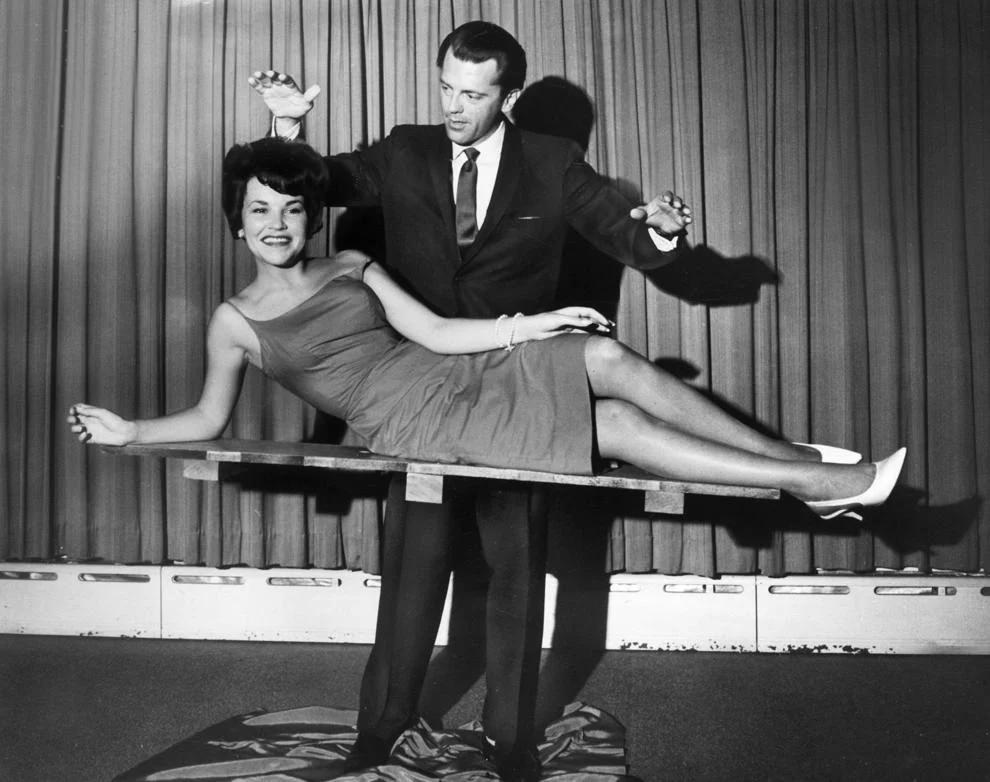
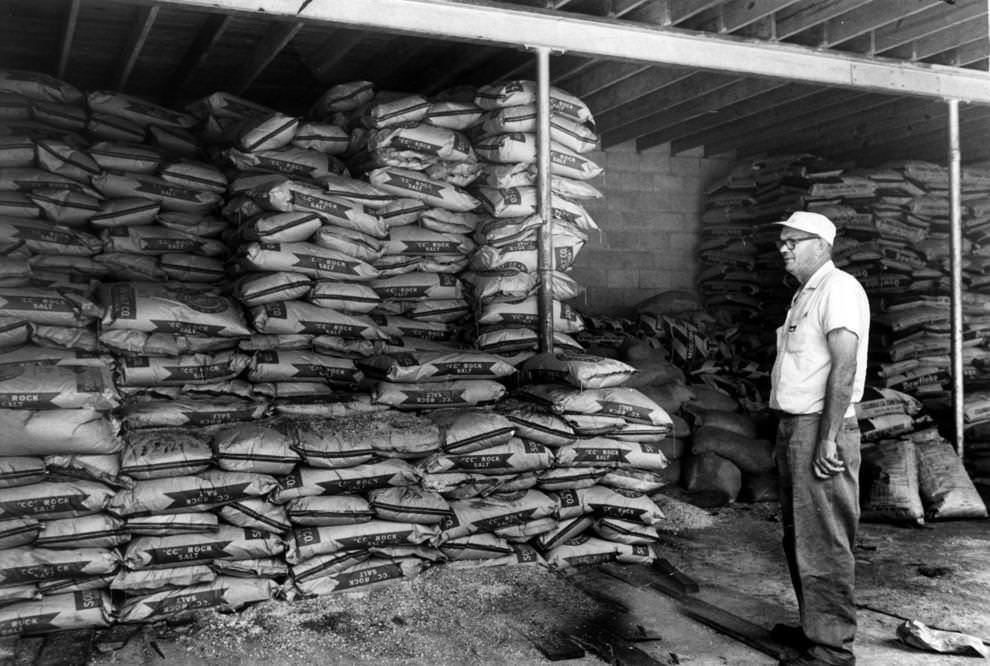
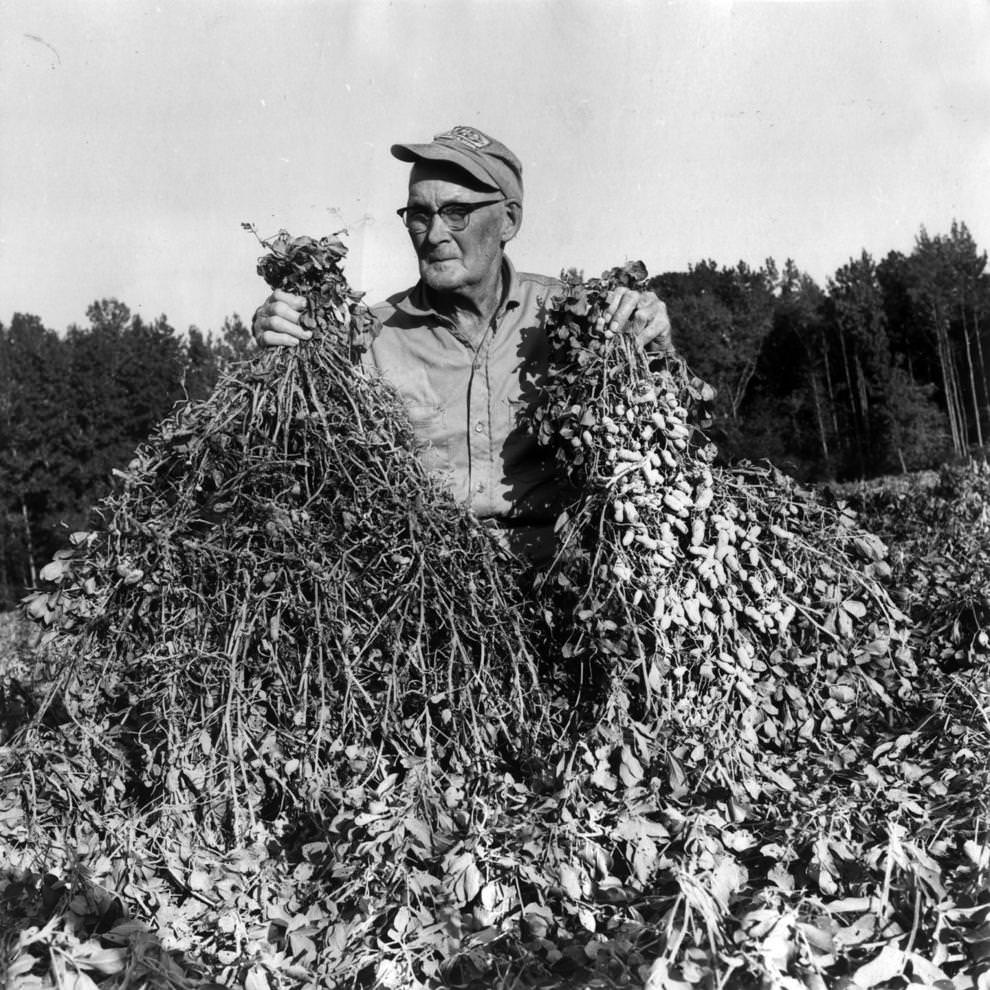
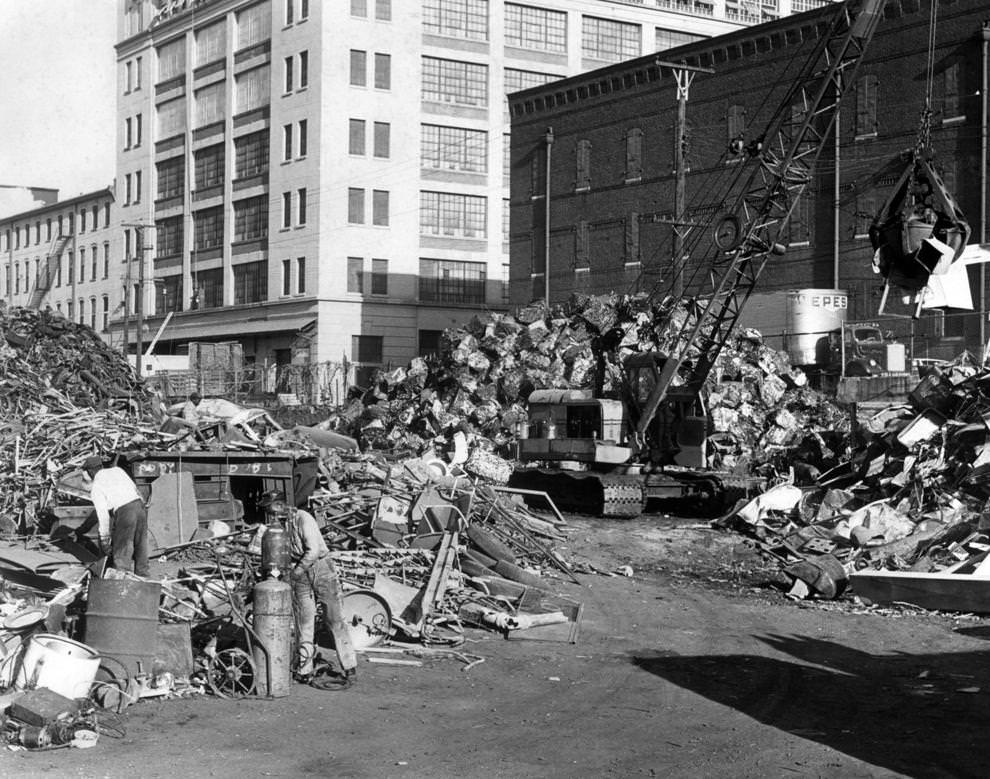
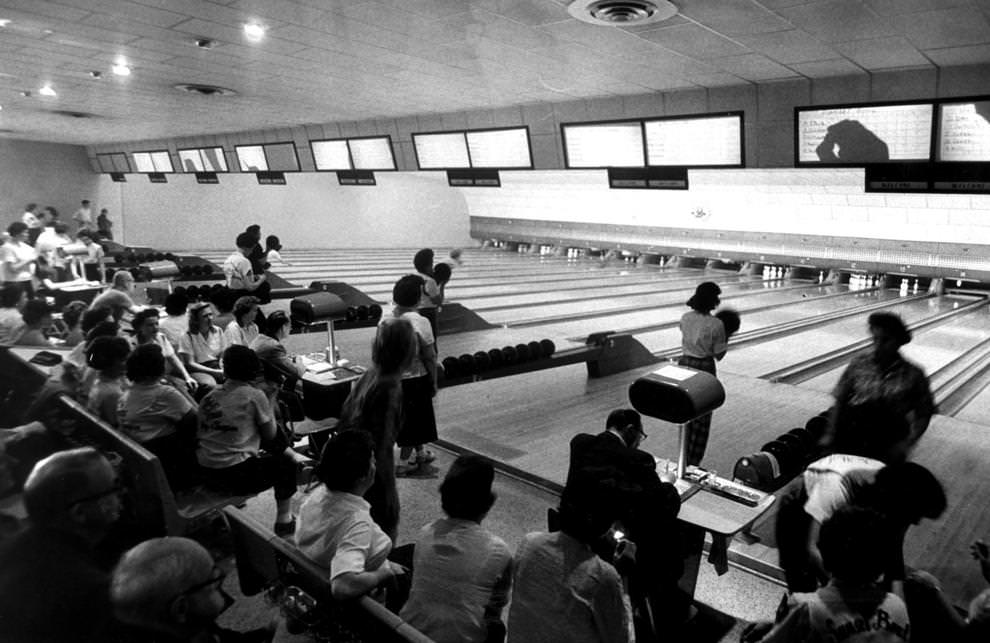
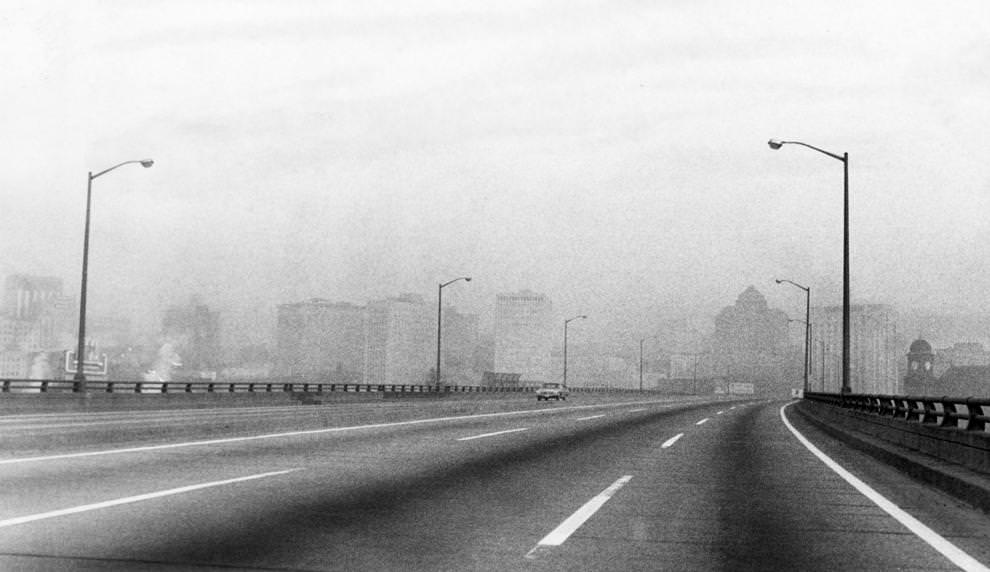
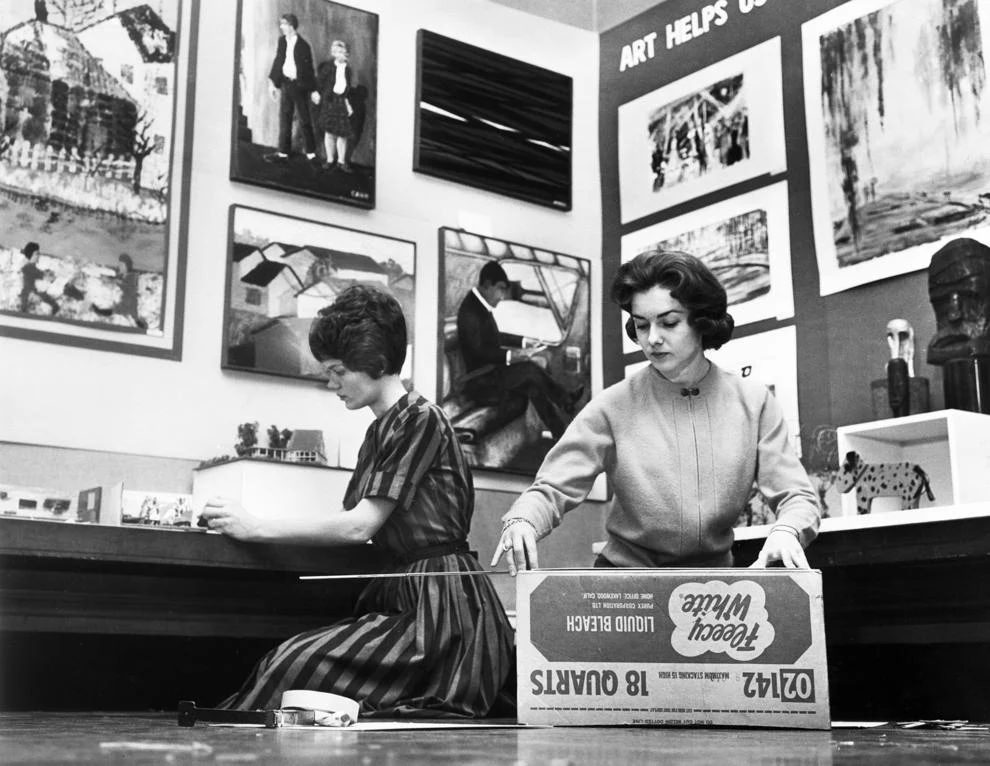
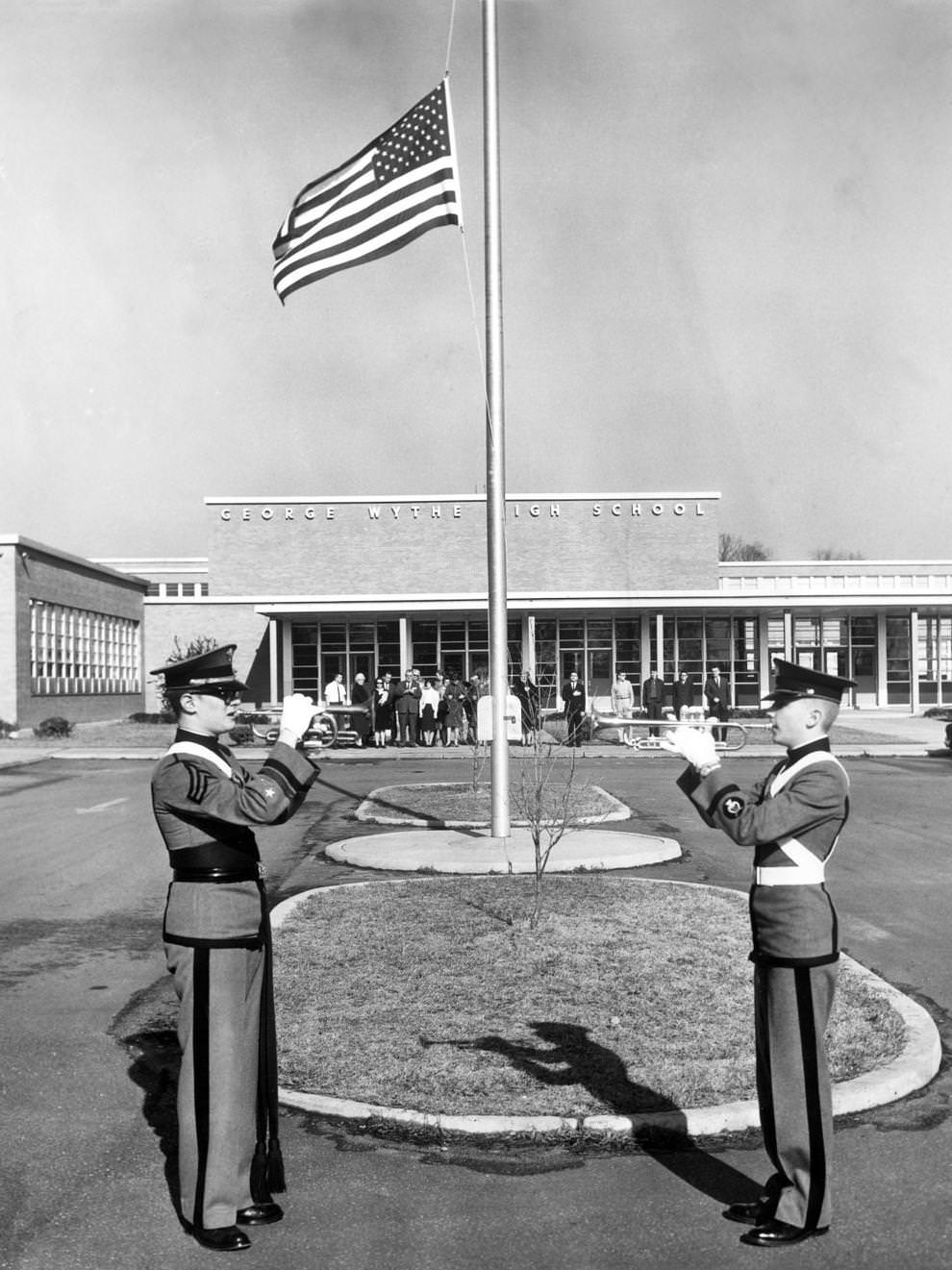
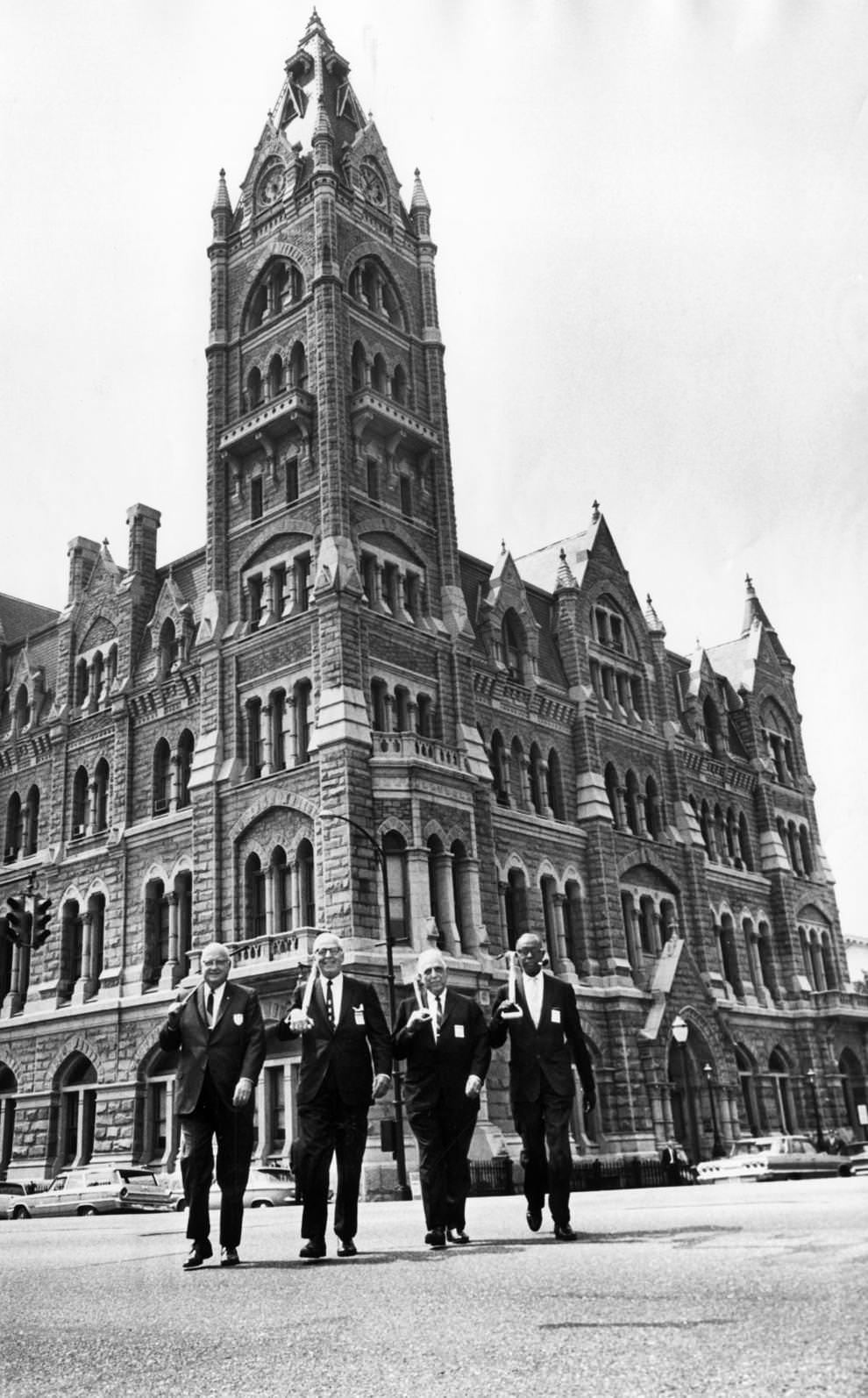
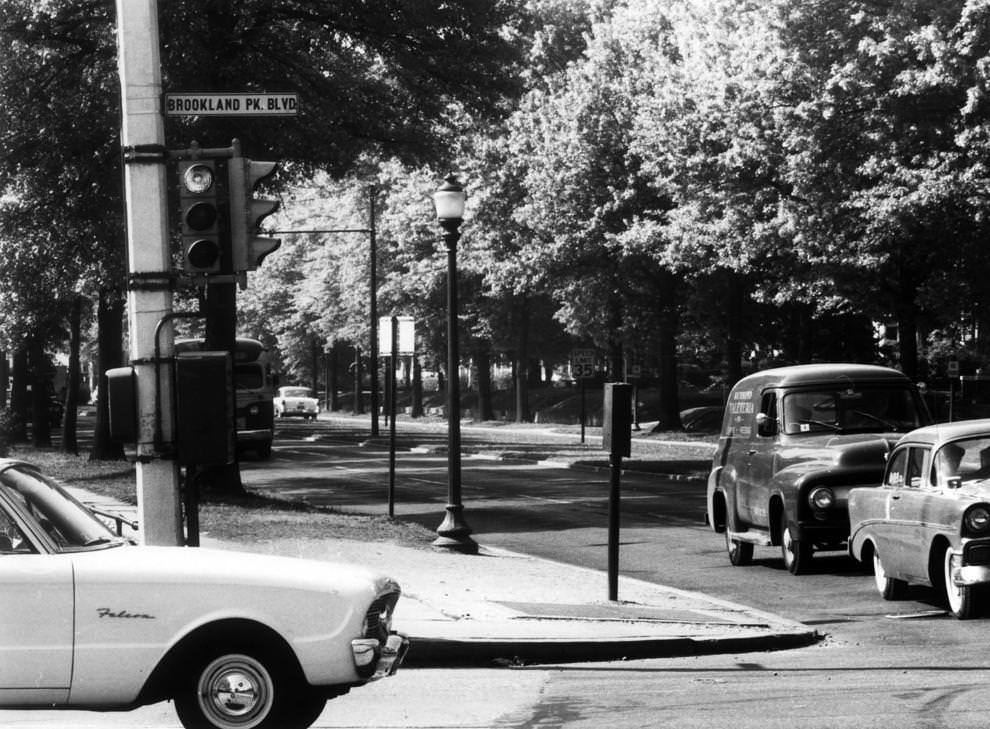
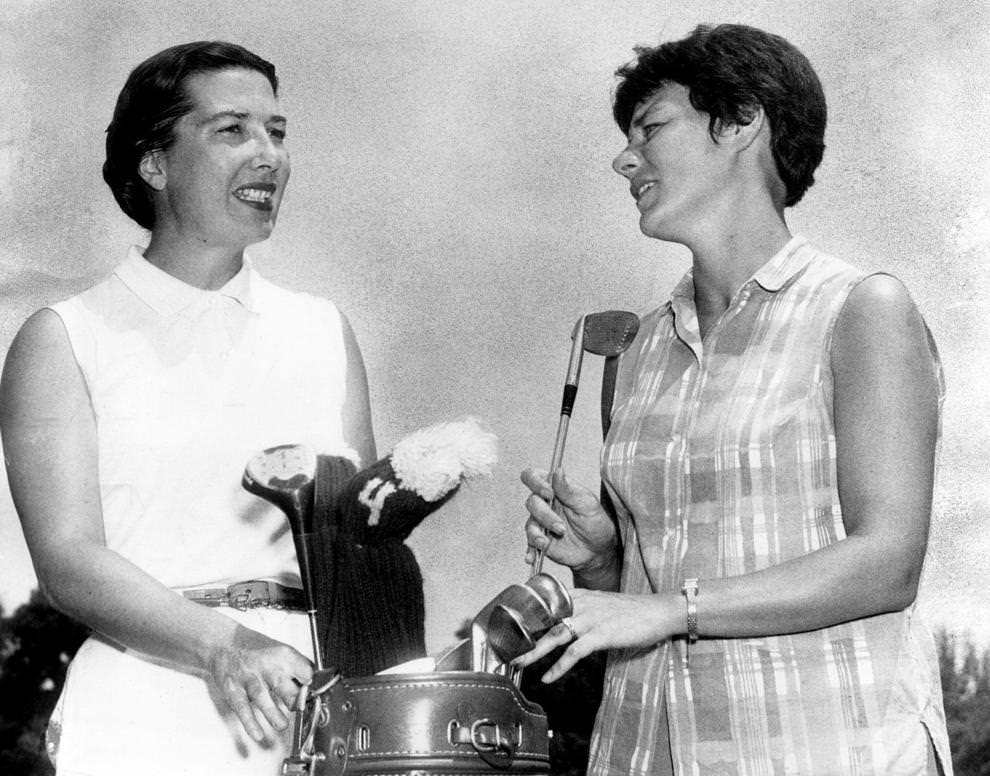
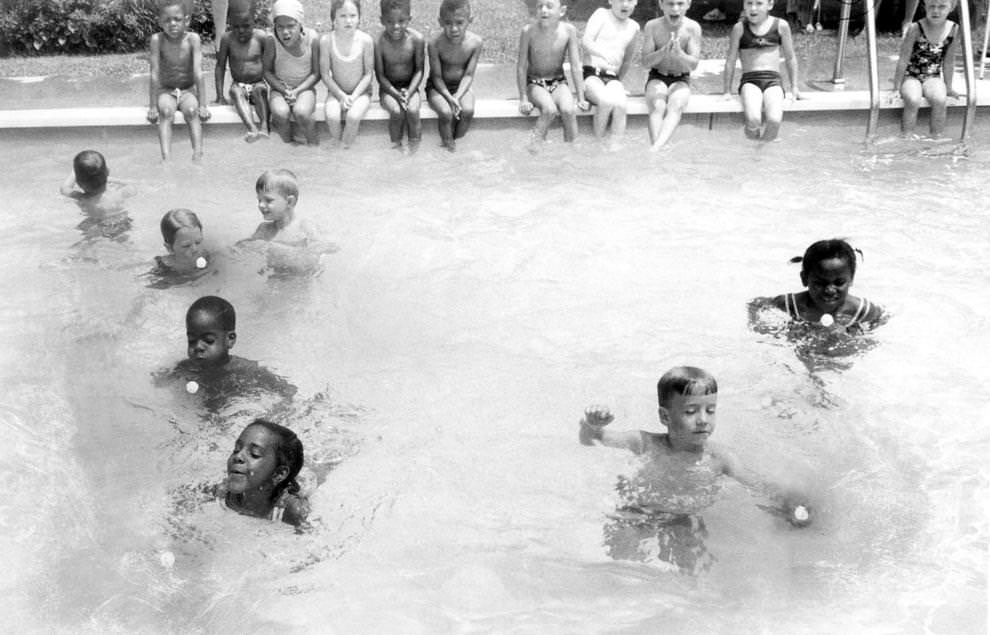
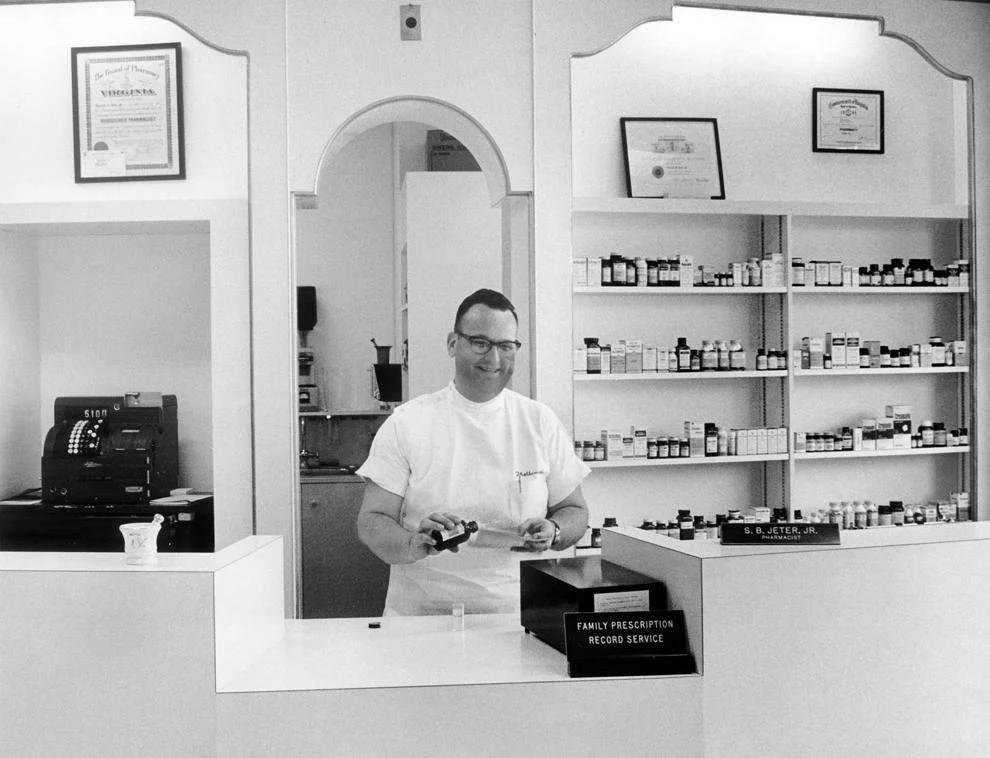
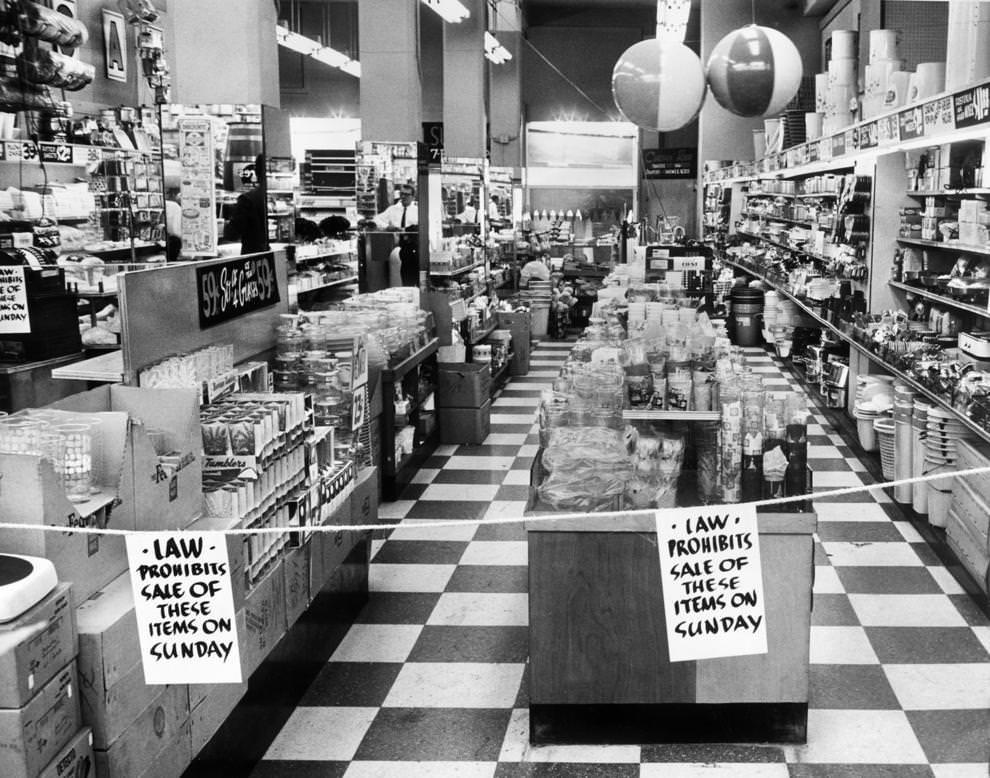
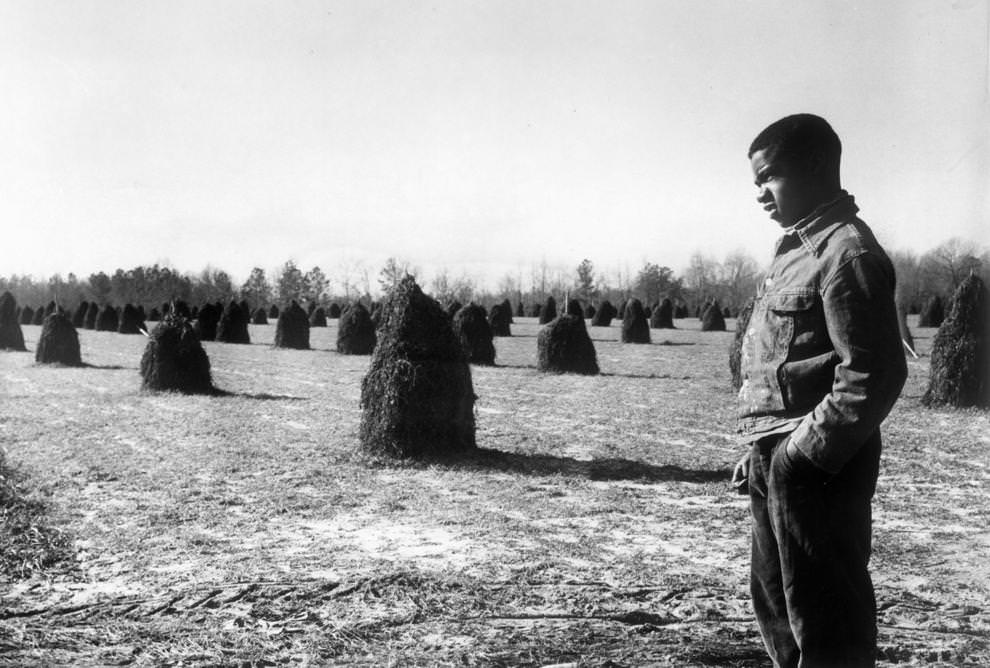
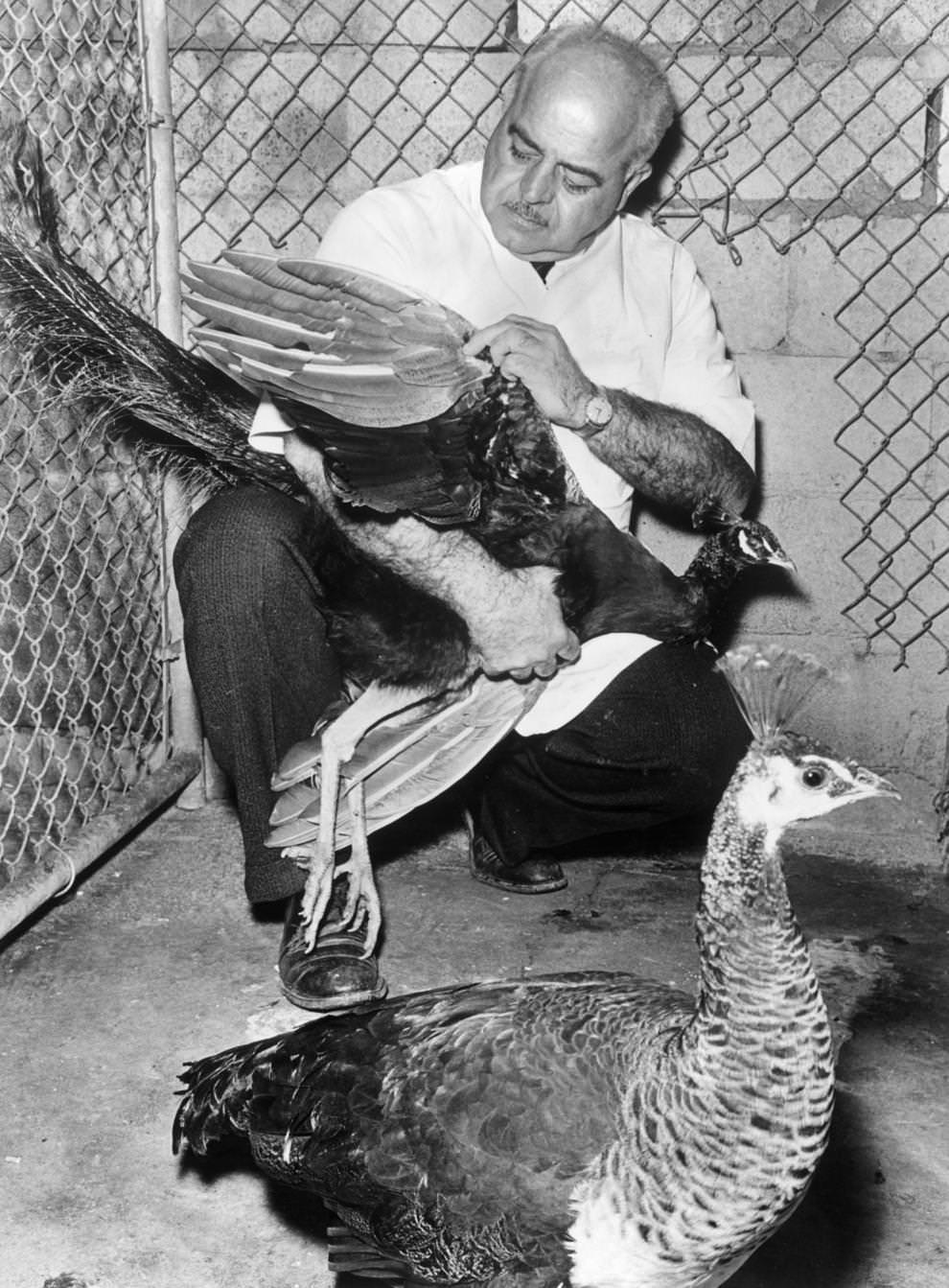
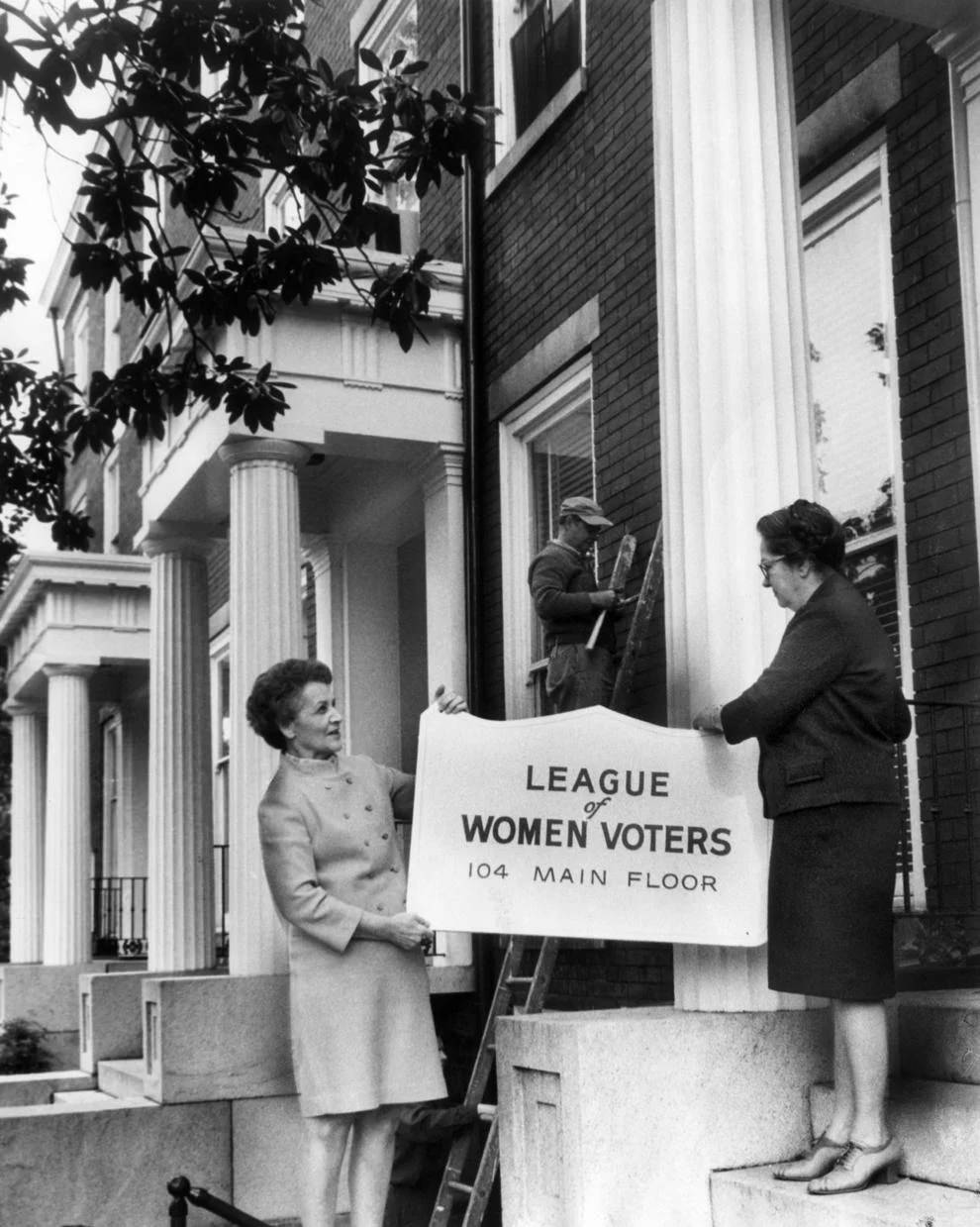
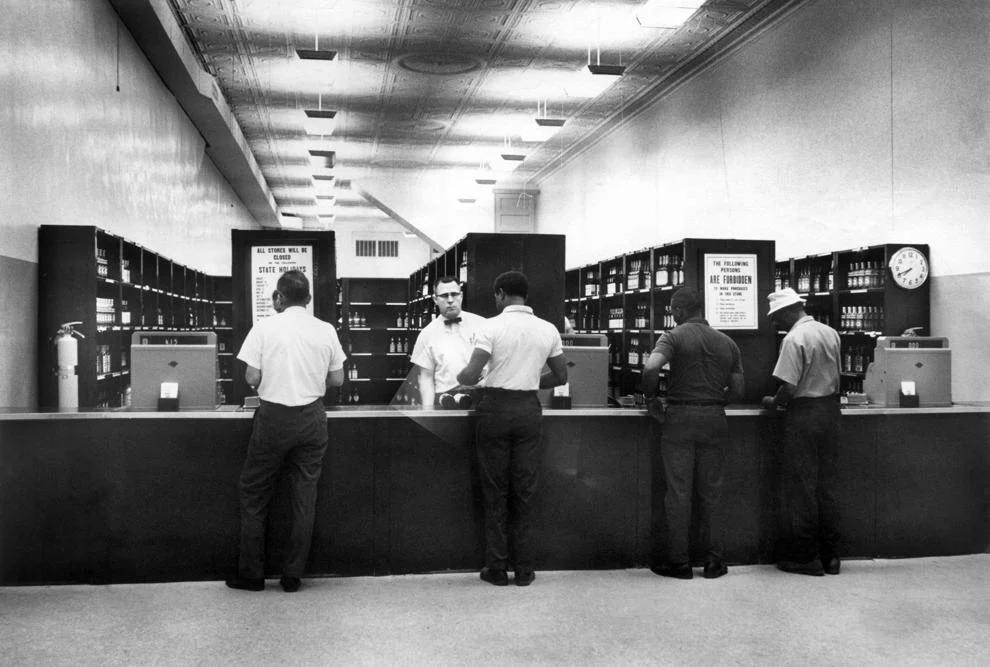
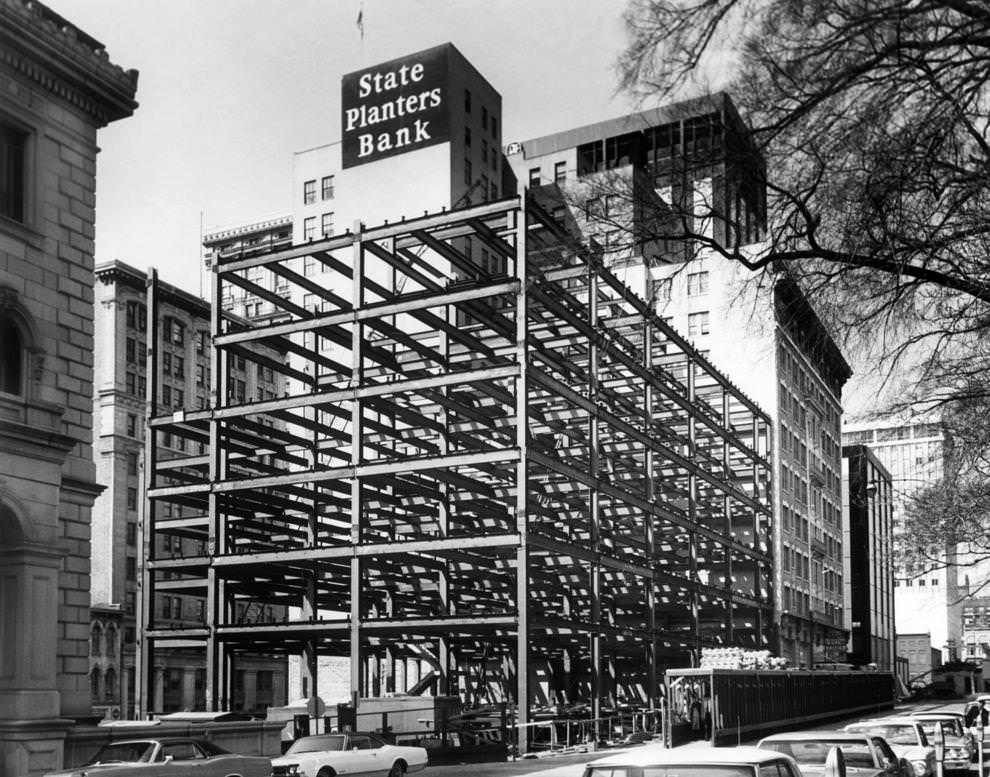
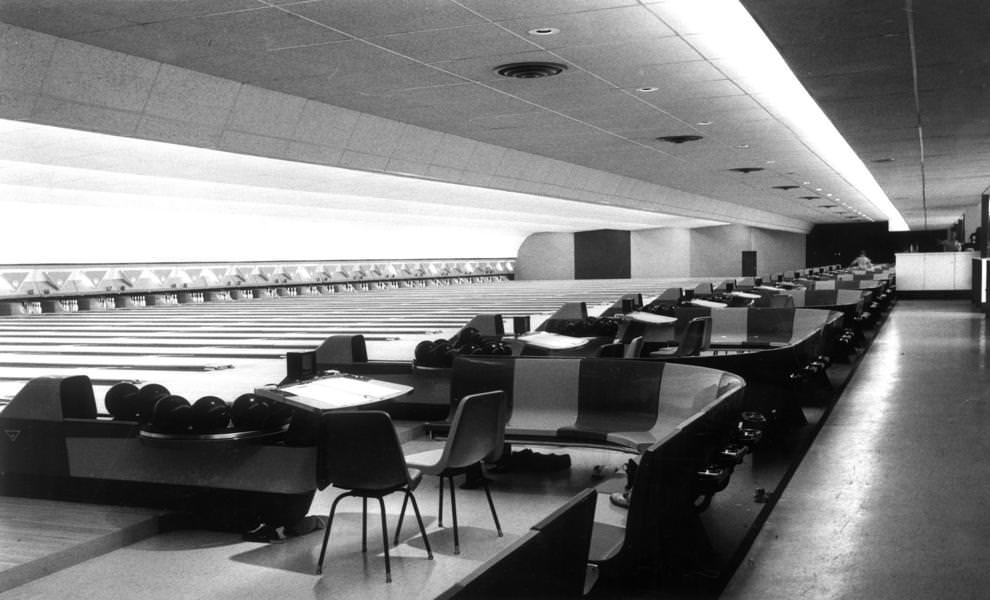
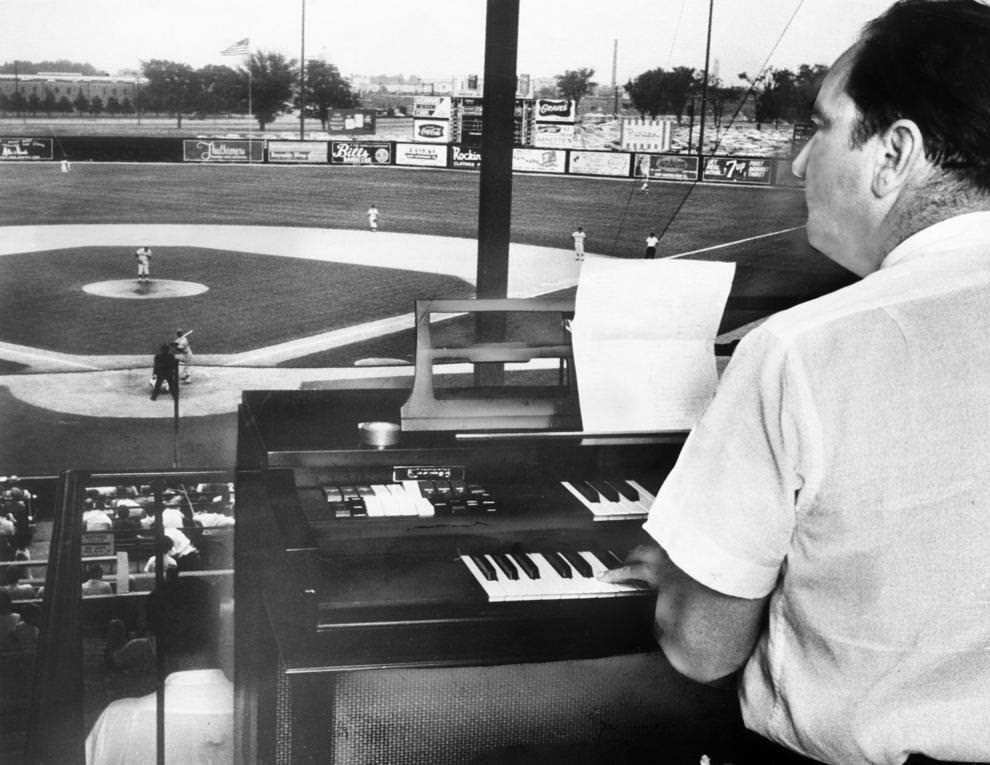
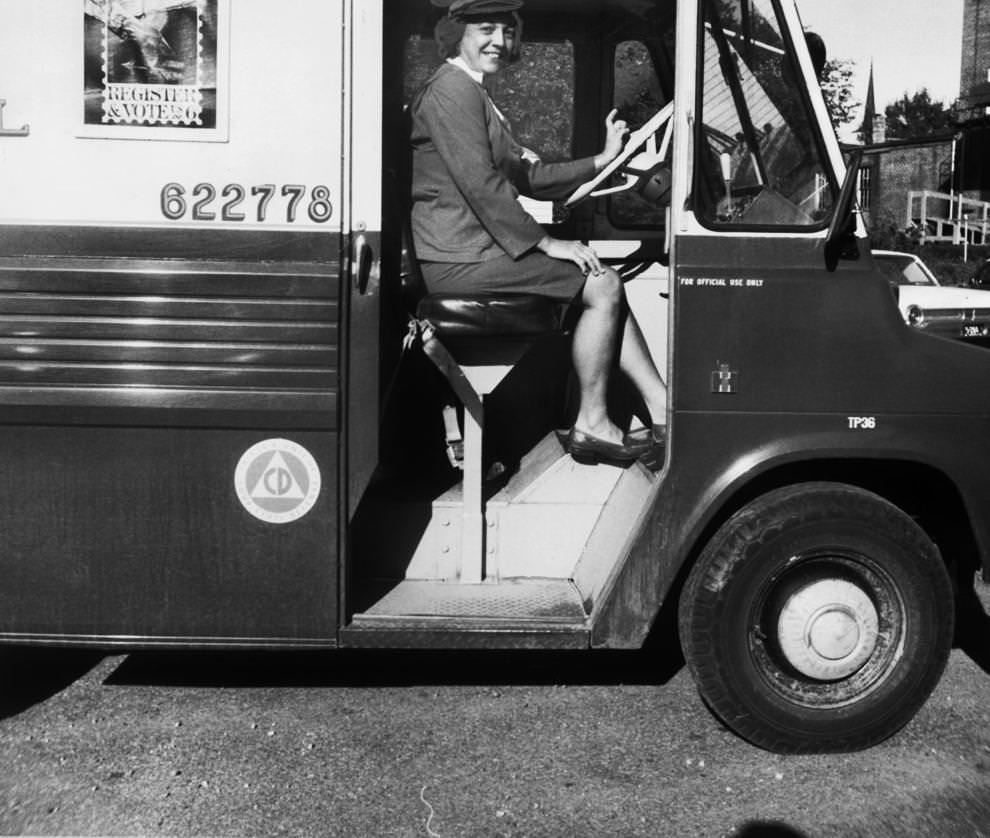
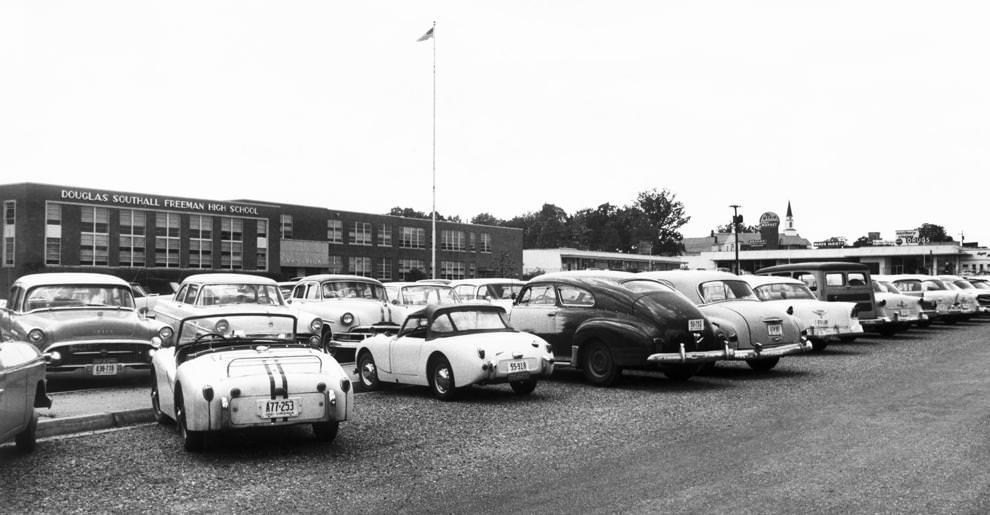
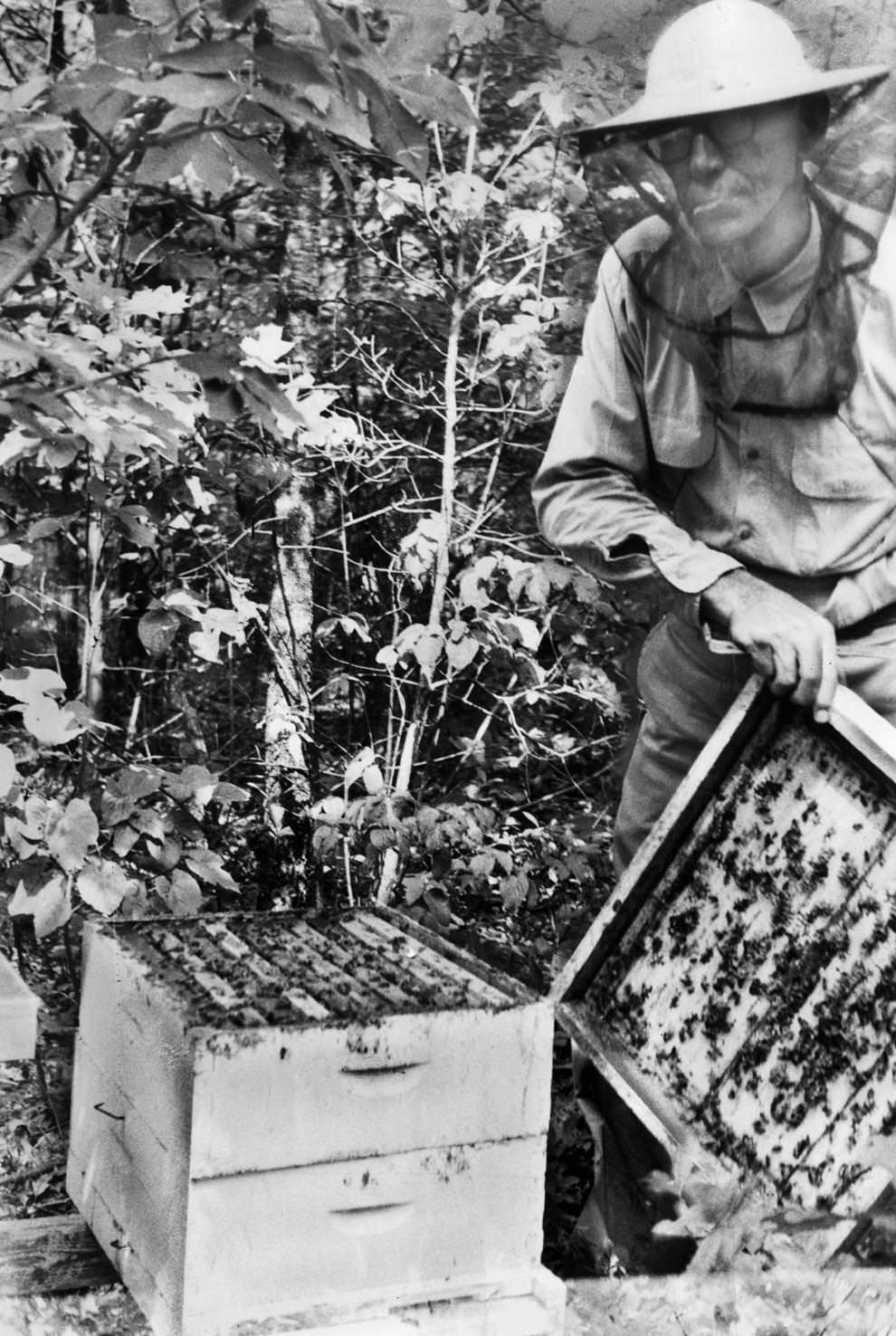
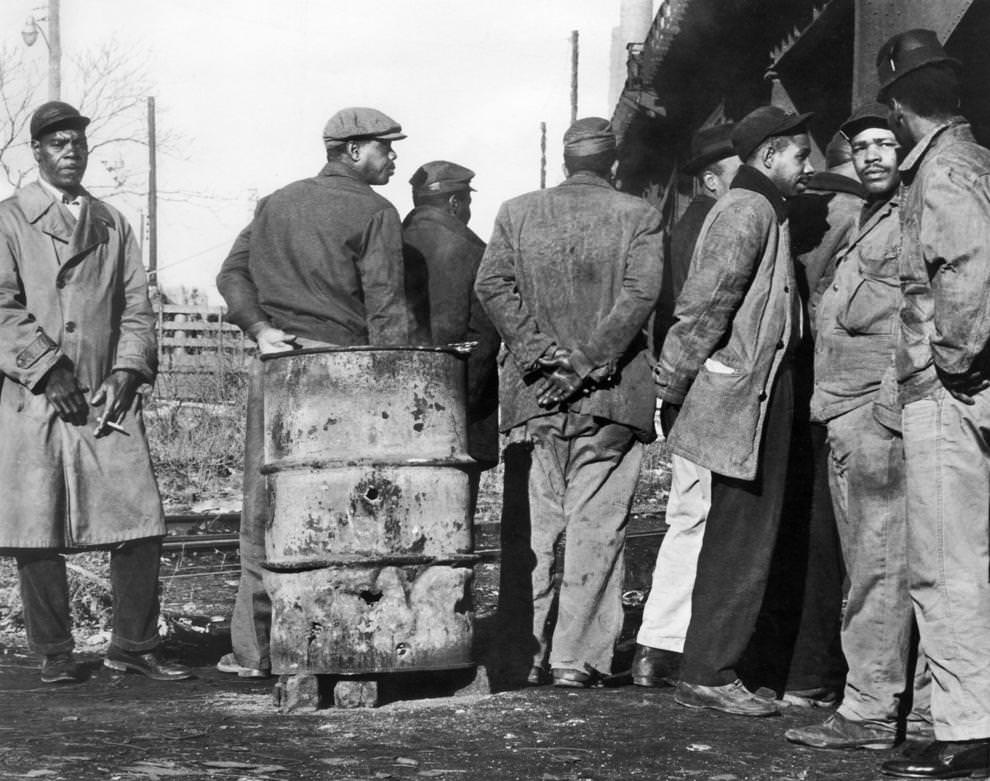
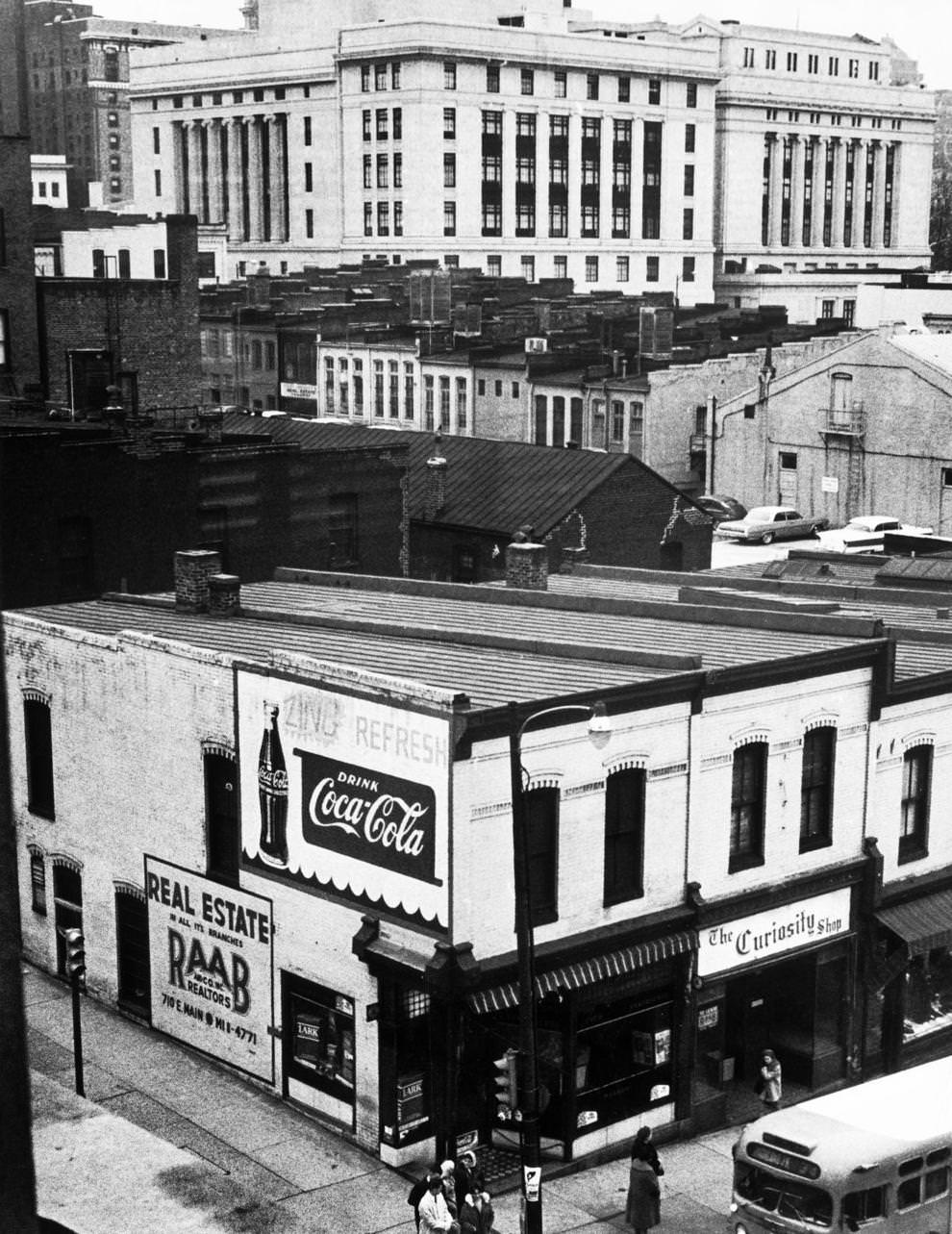
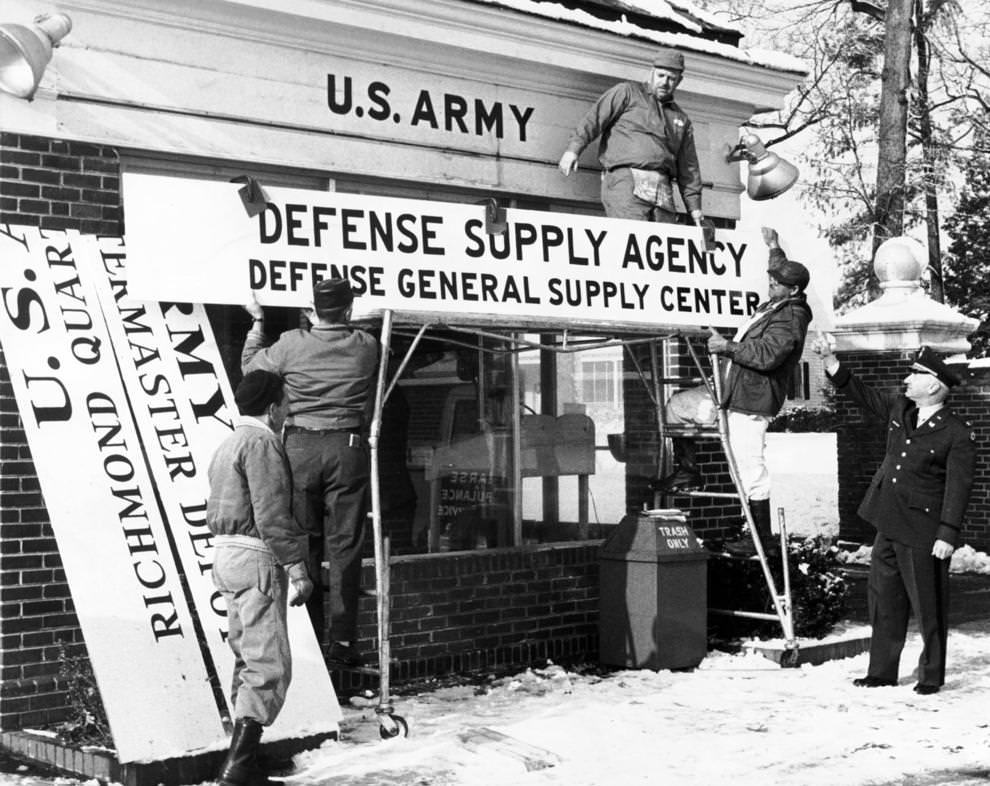
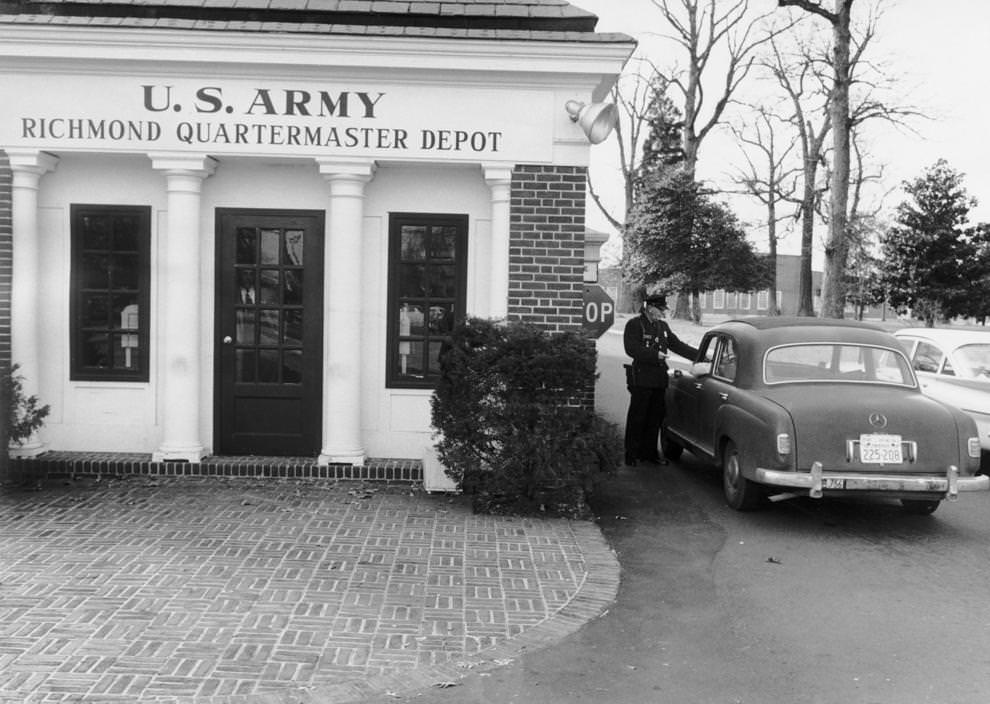
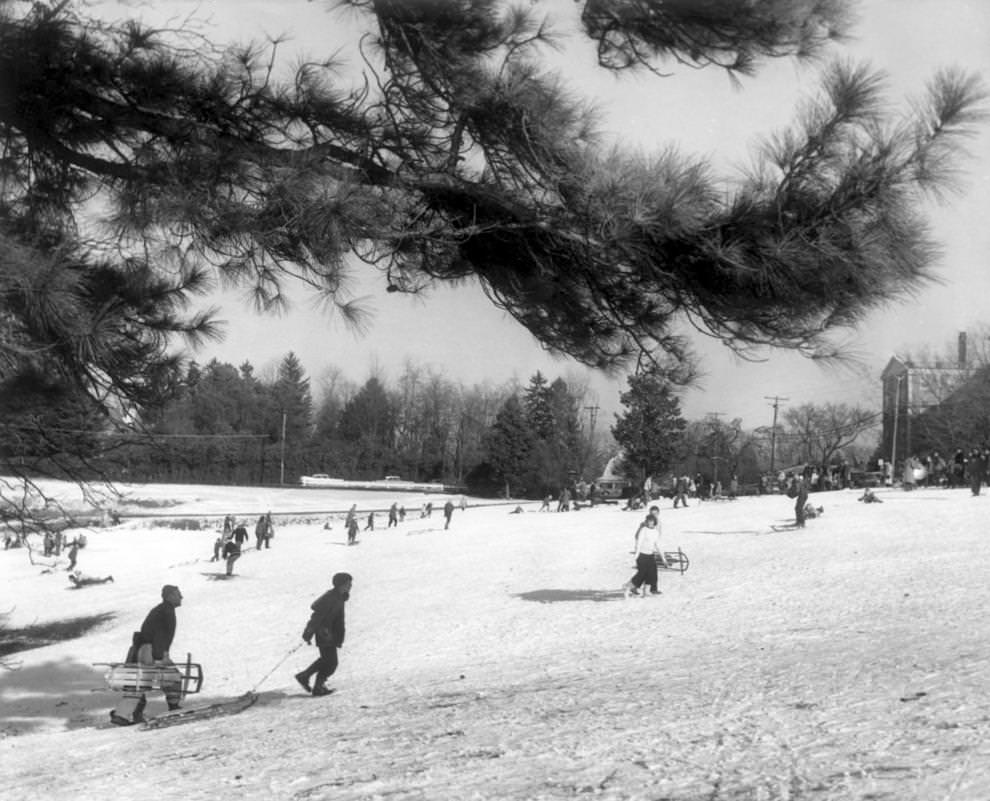
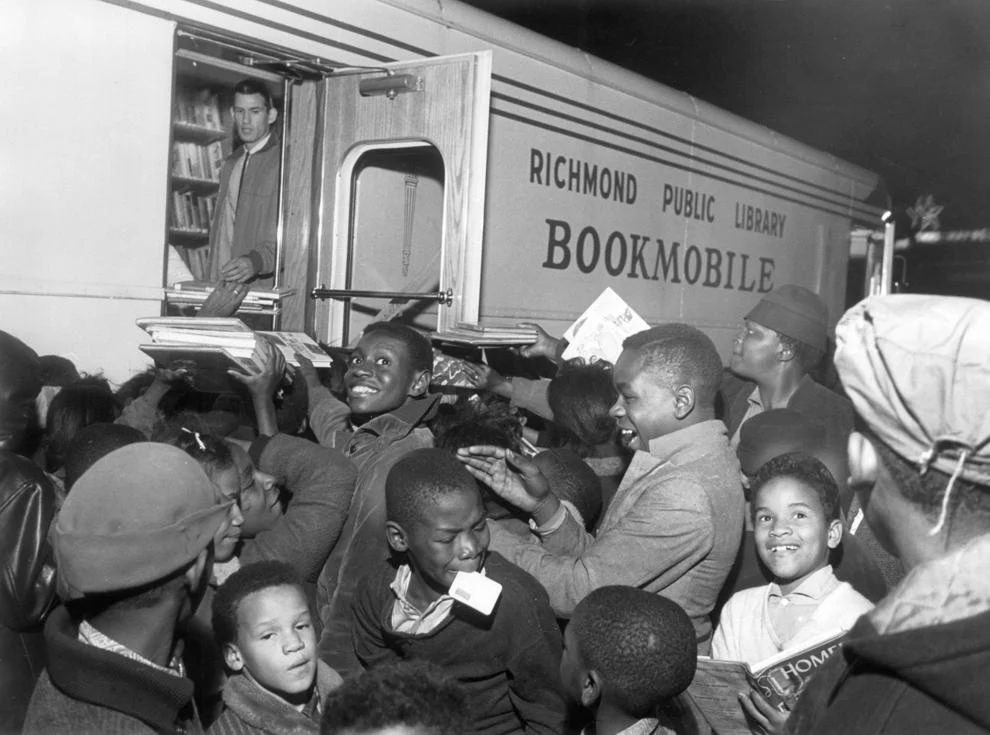
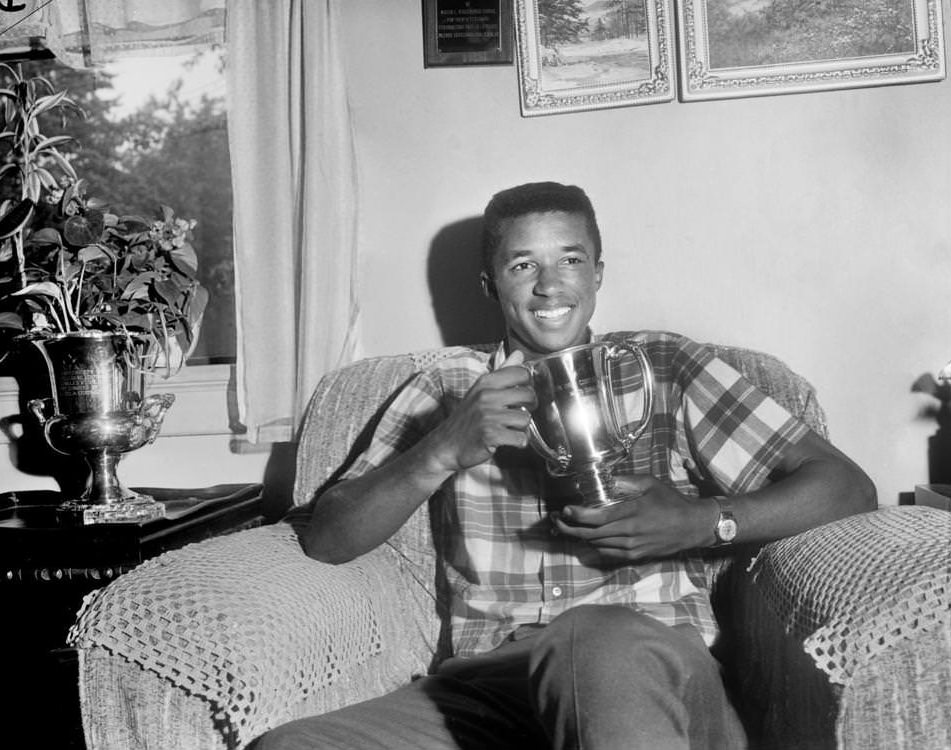

What I remember about Richmond in the 60s and 70s is that the four toll booths on 95 wouldn’t accept pennies
we used to put cups in them and collect the money.